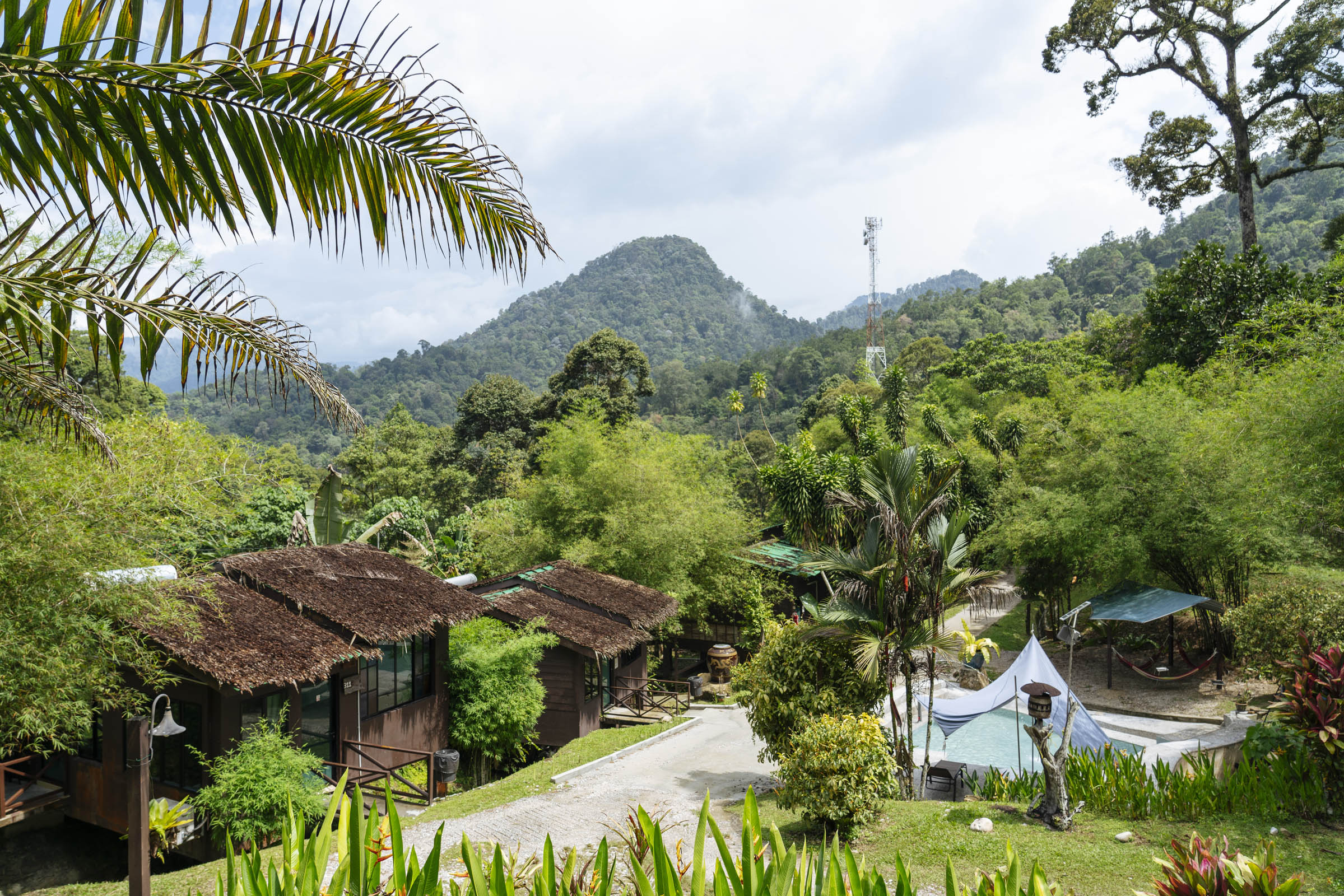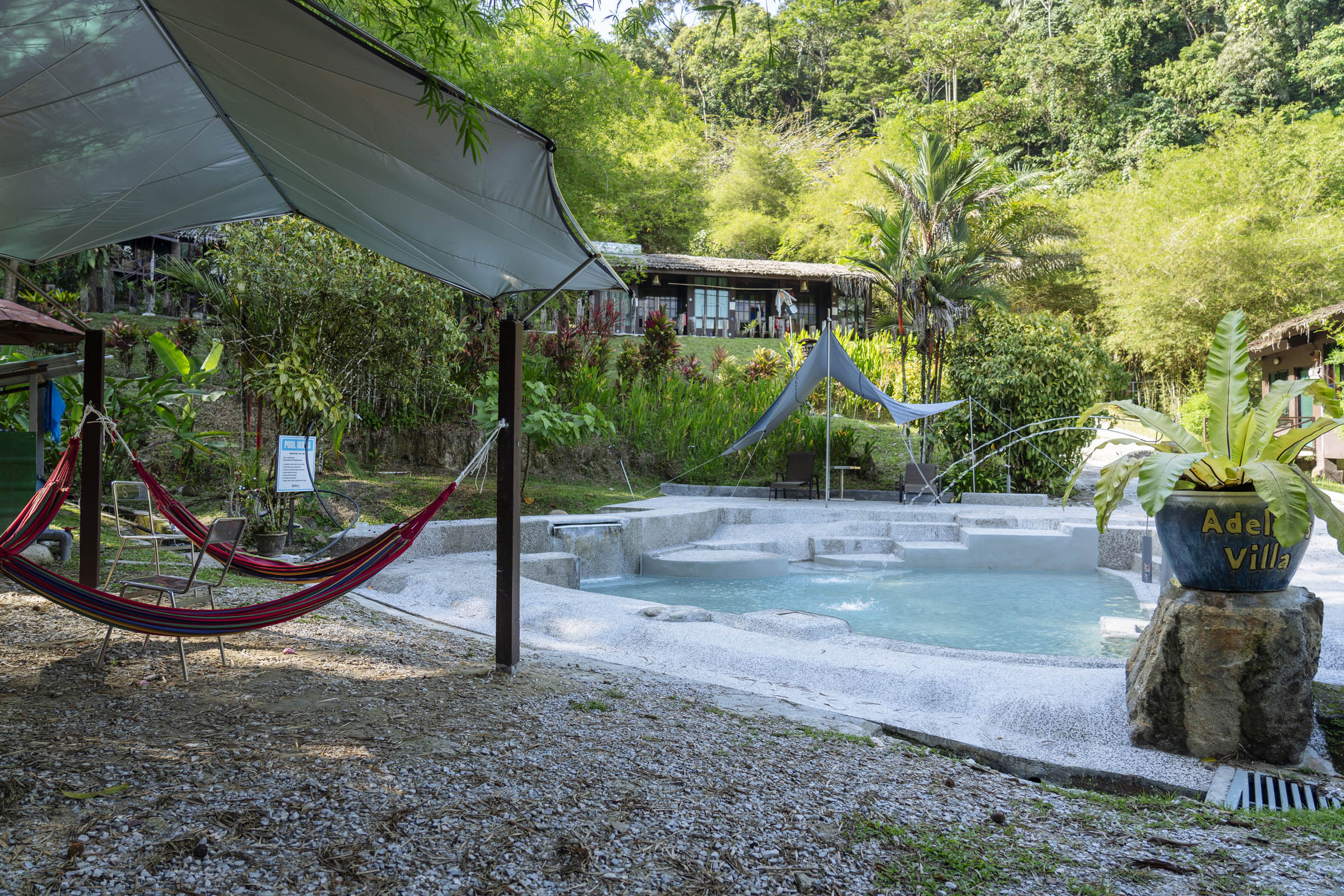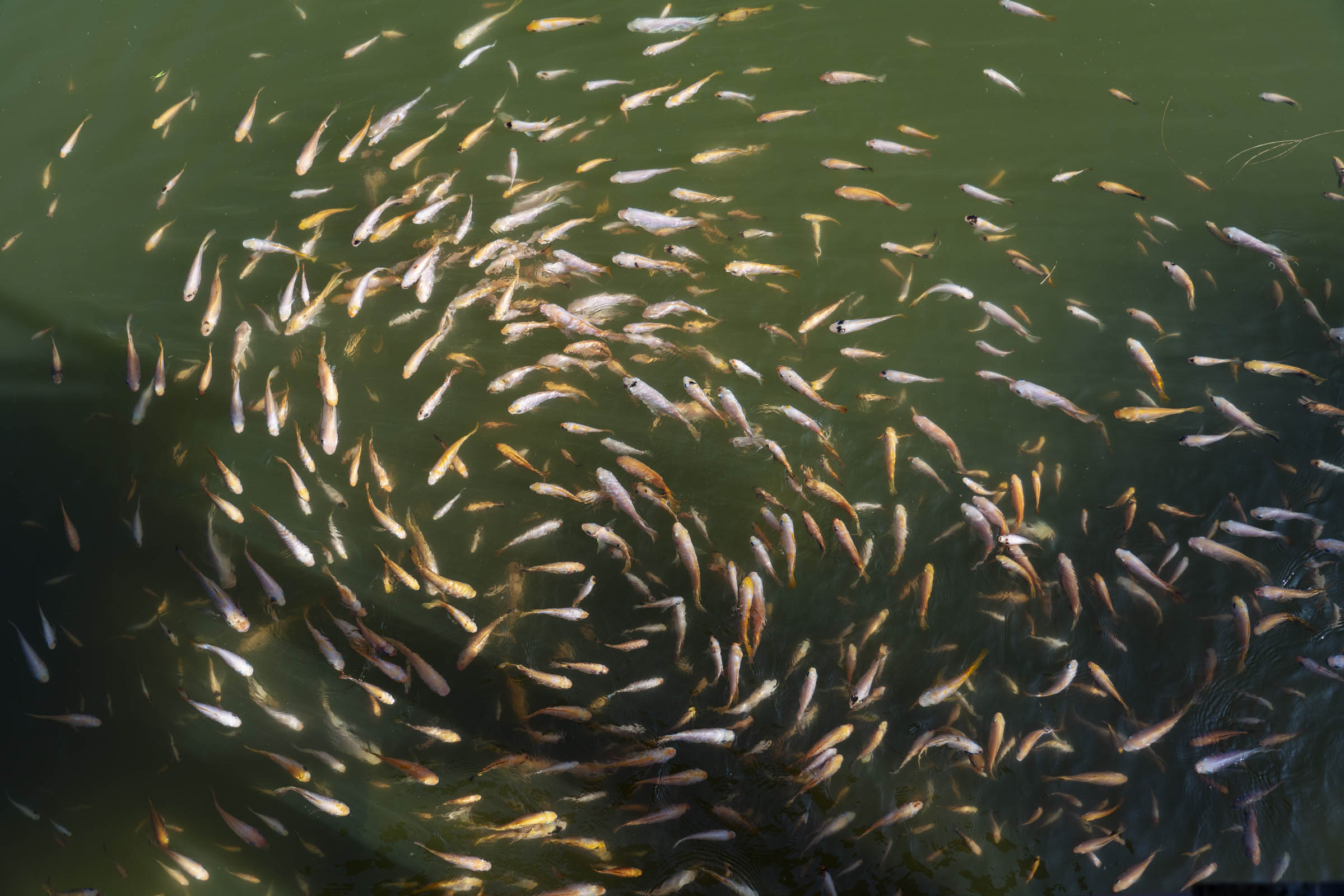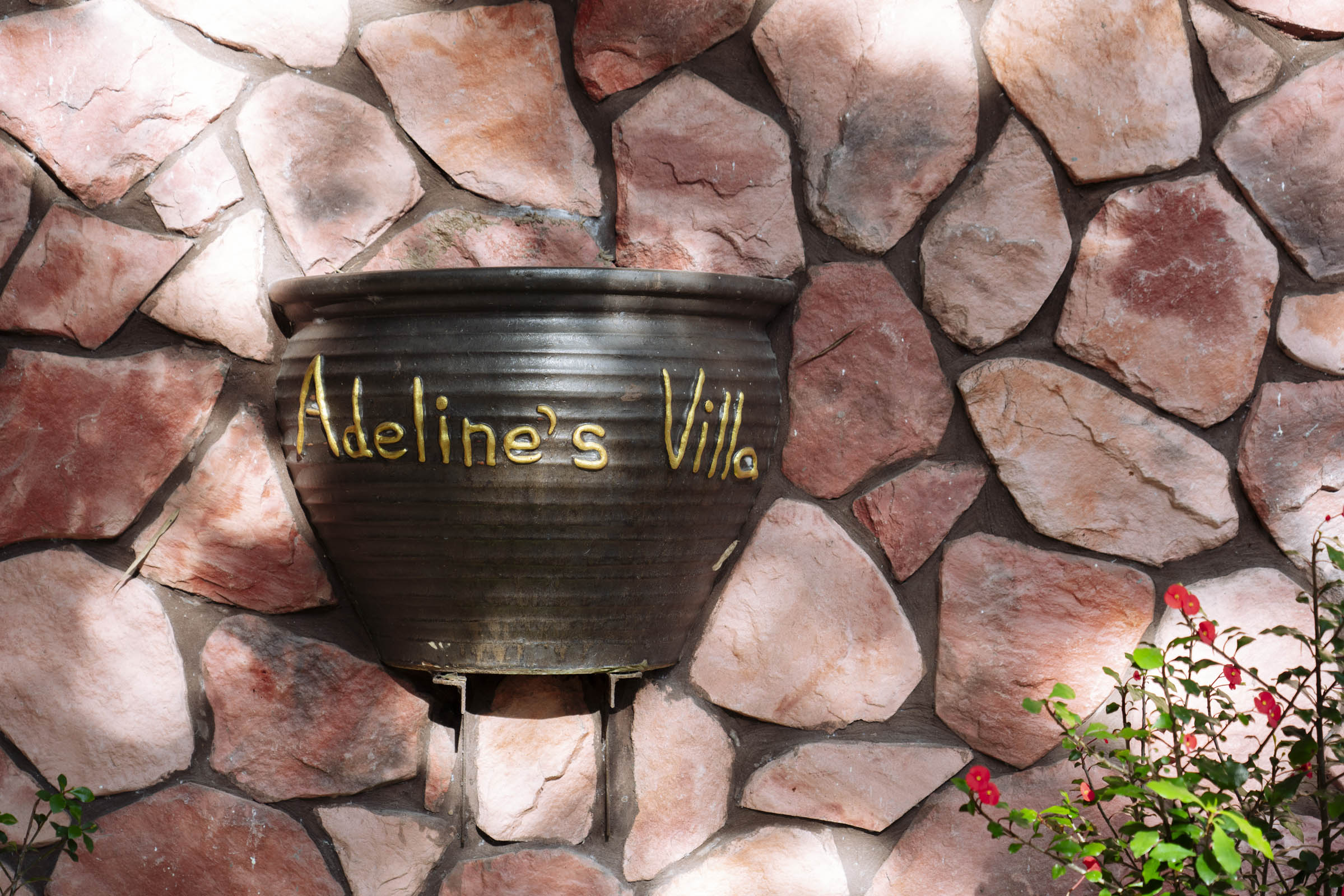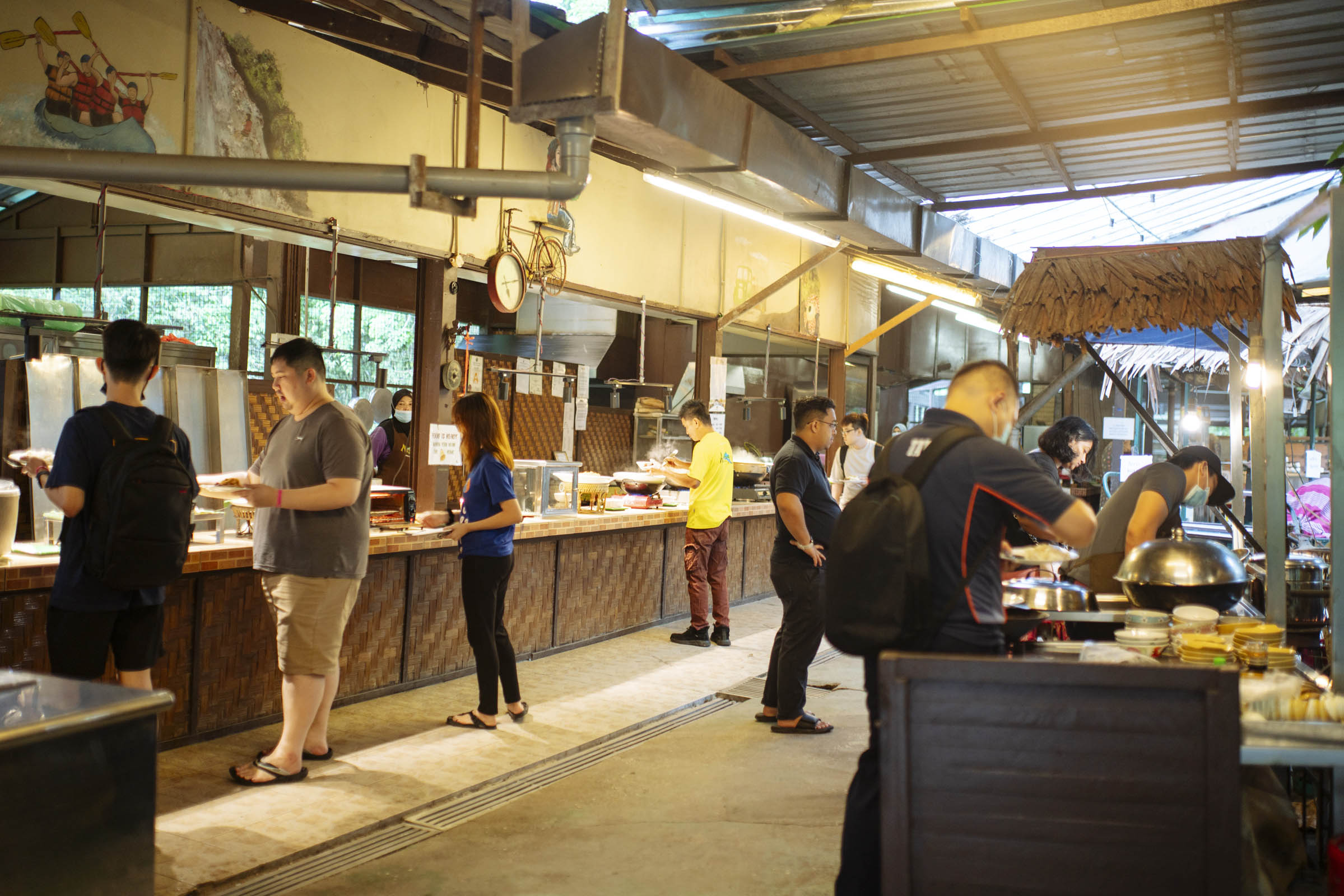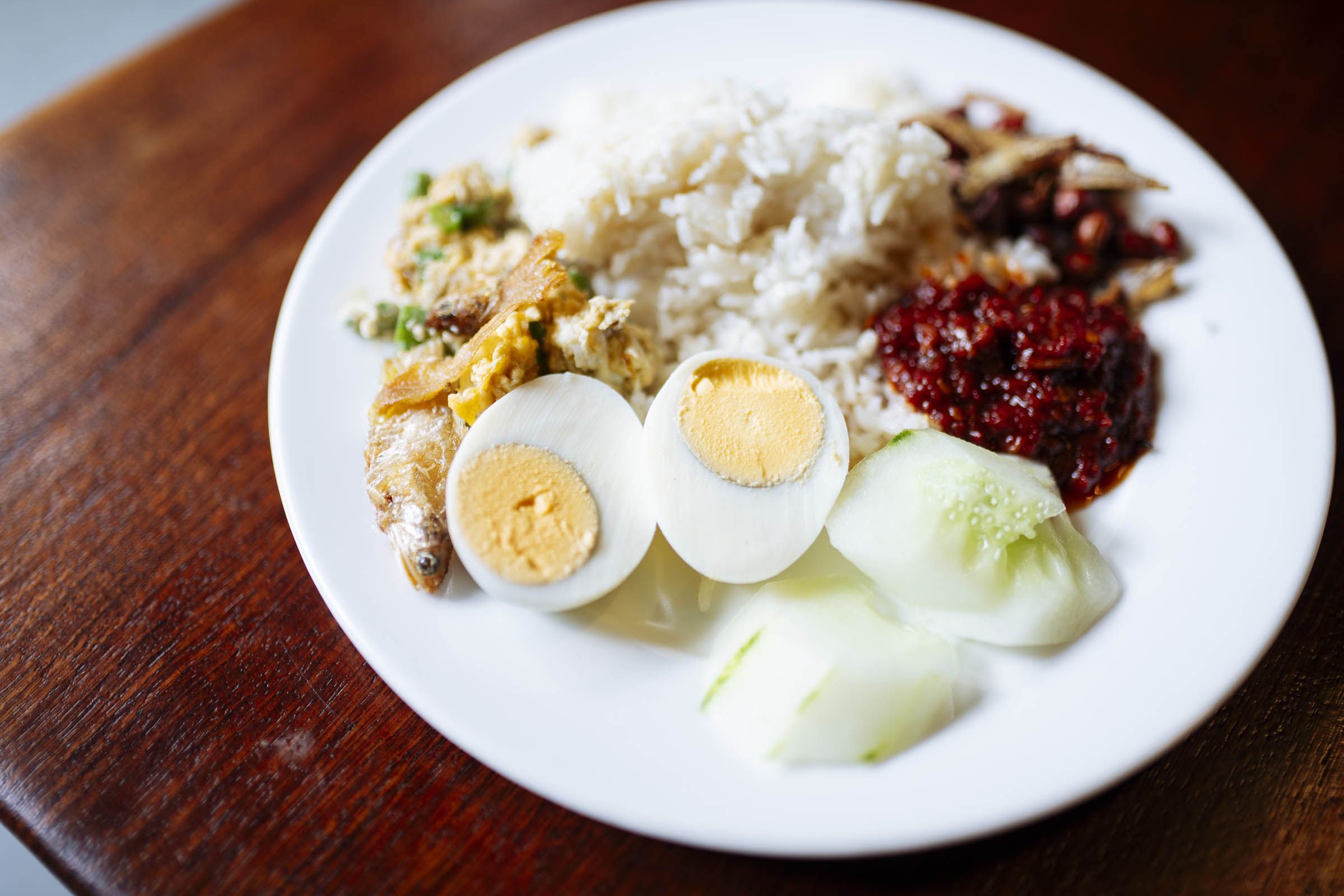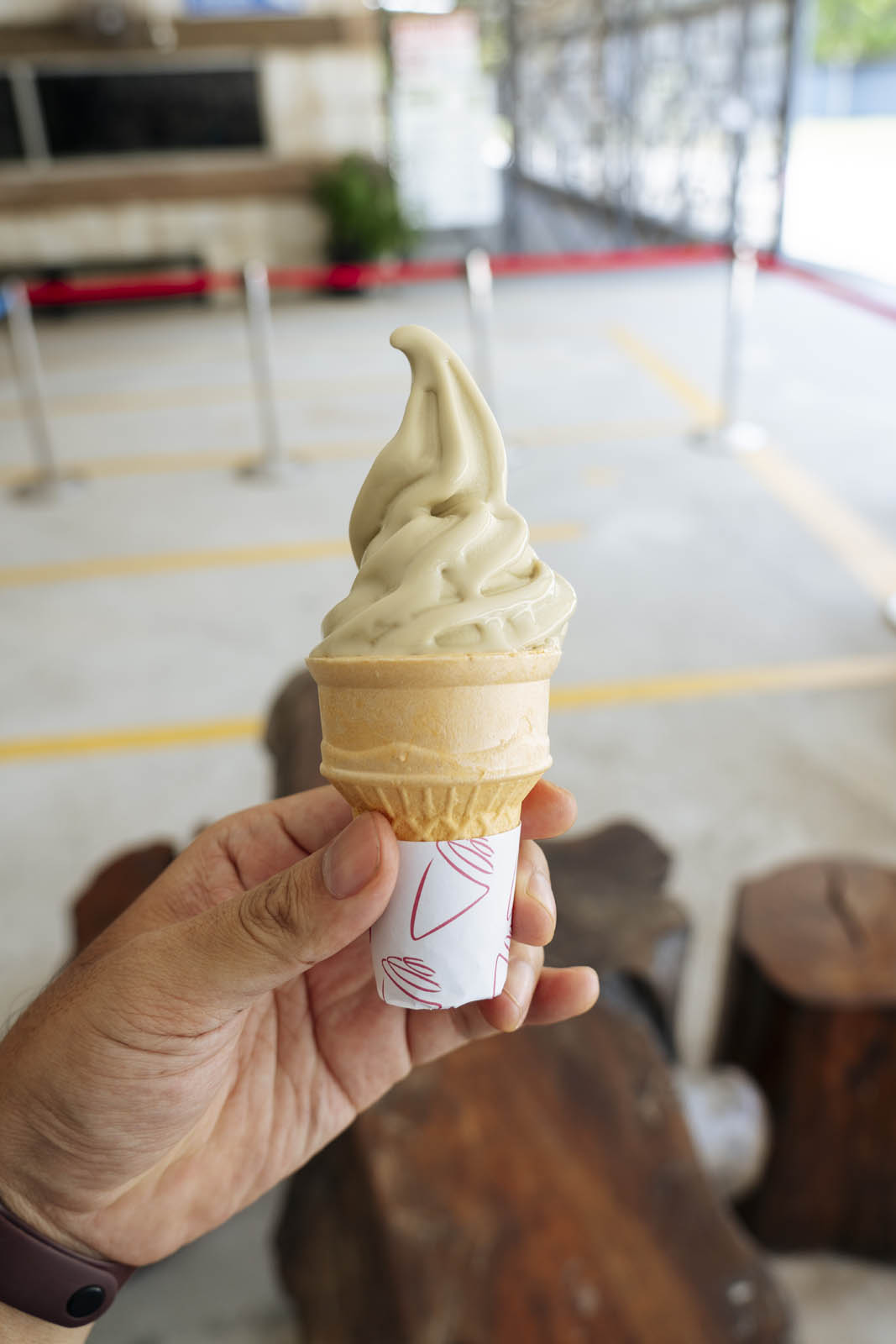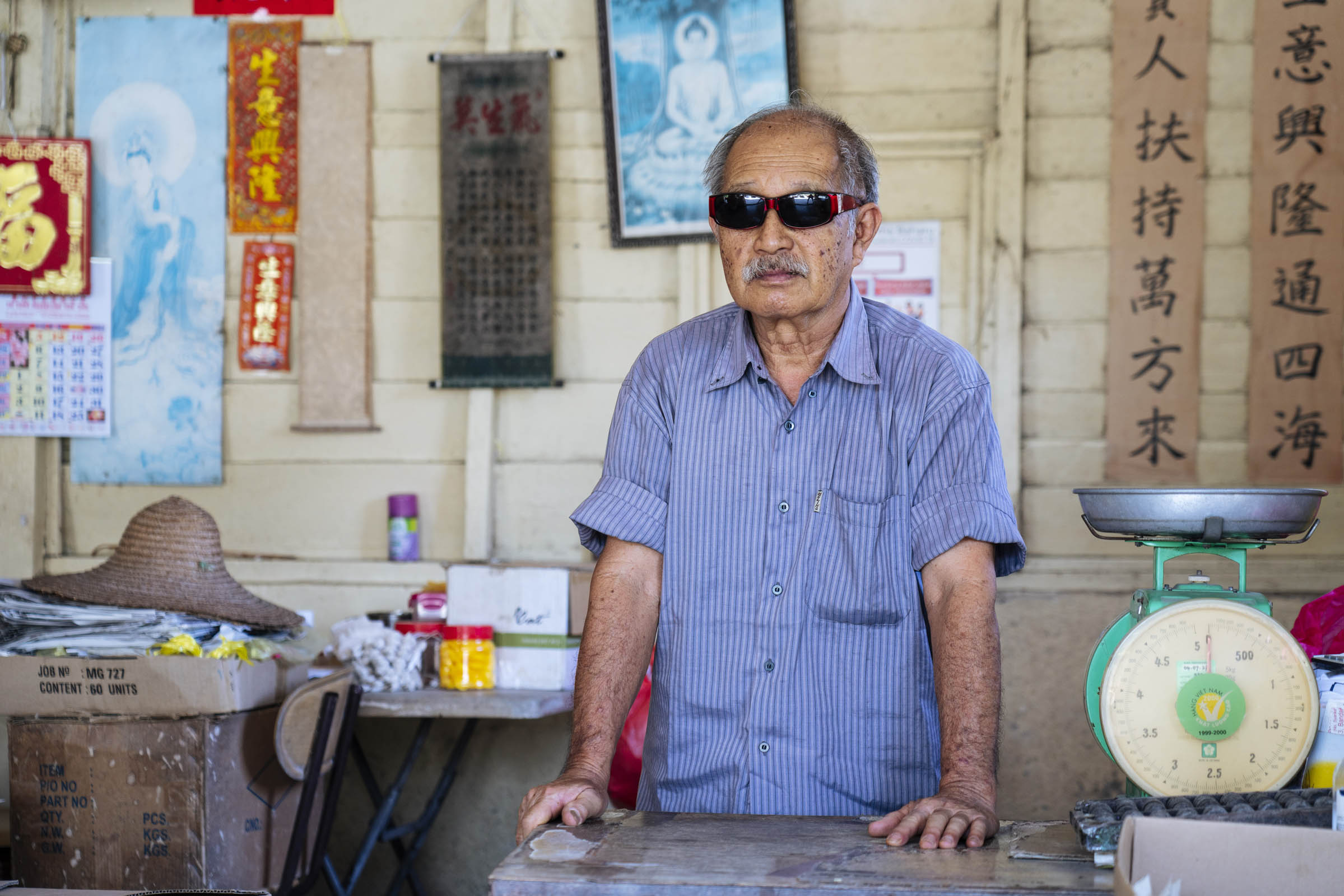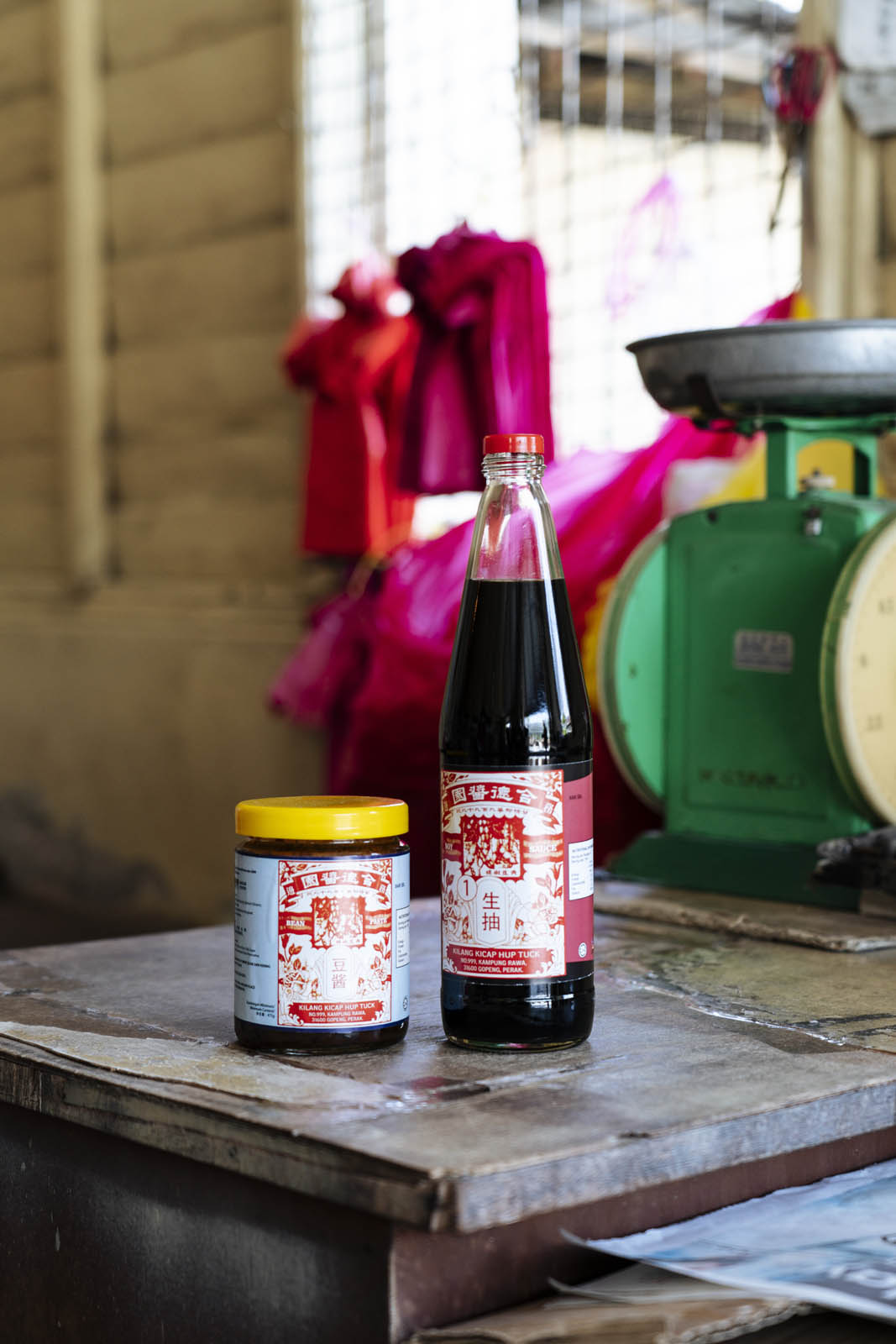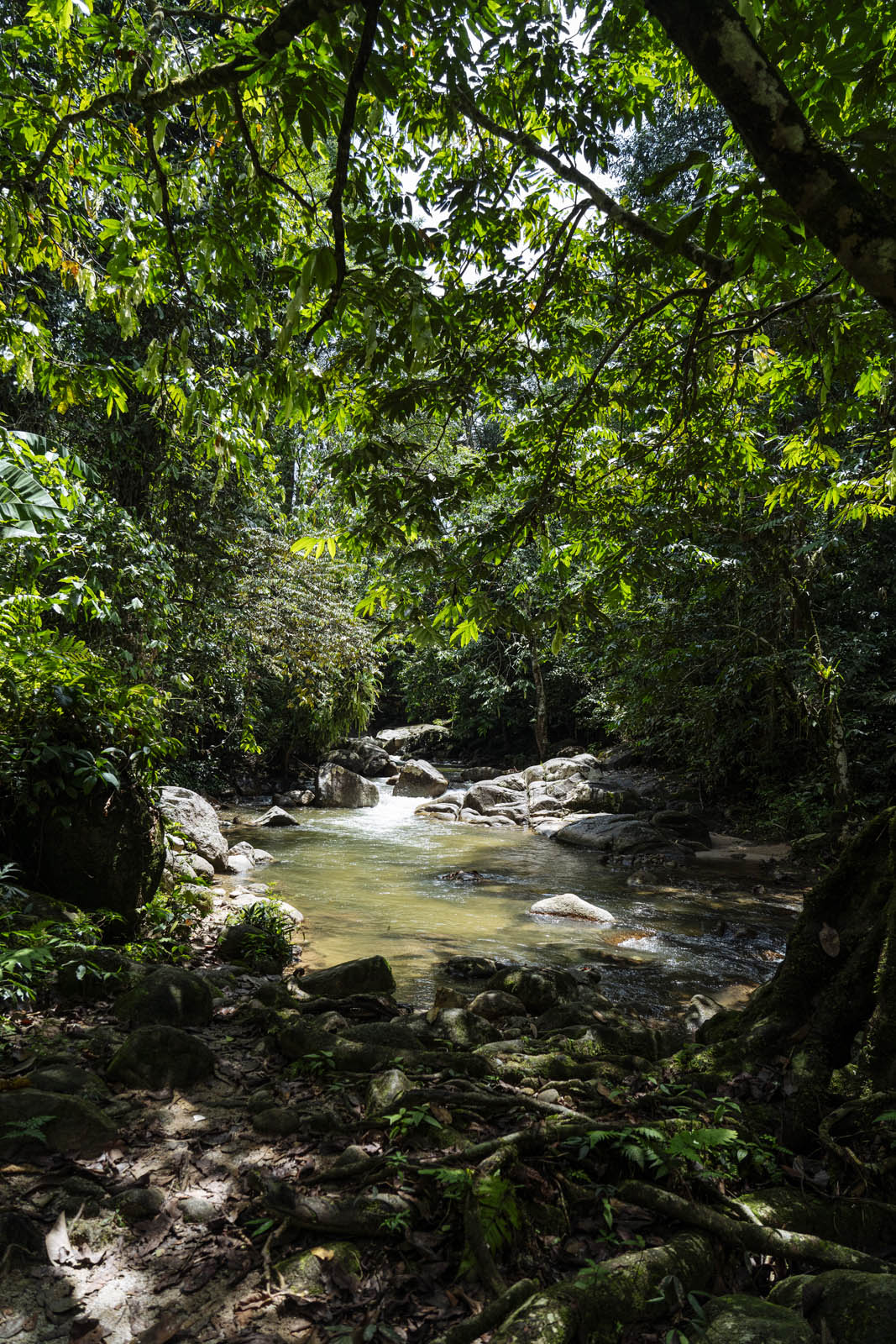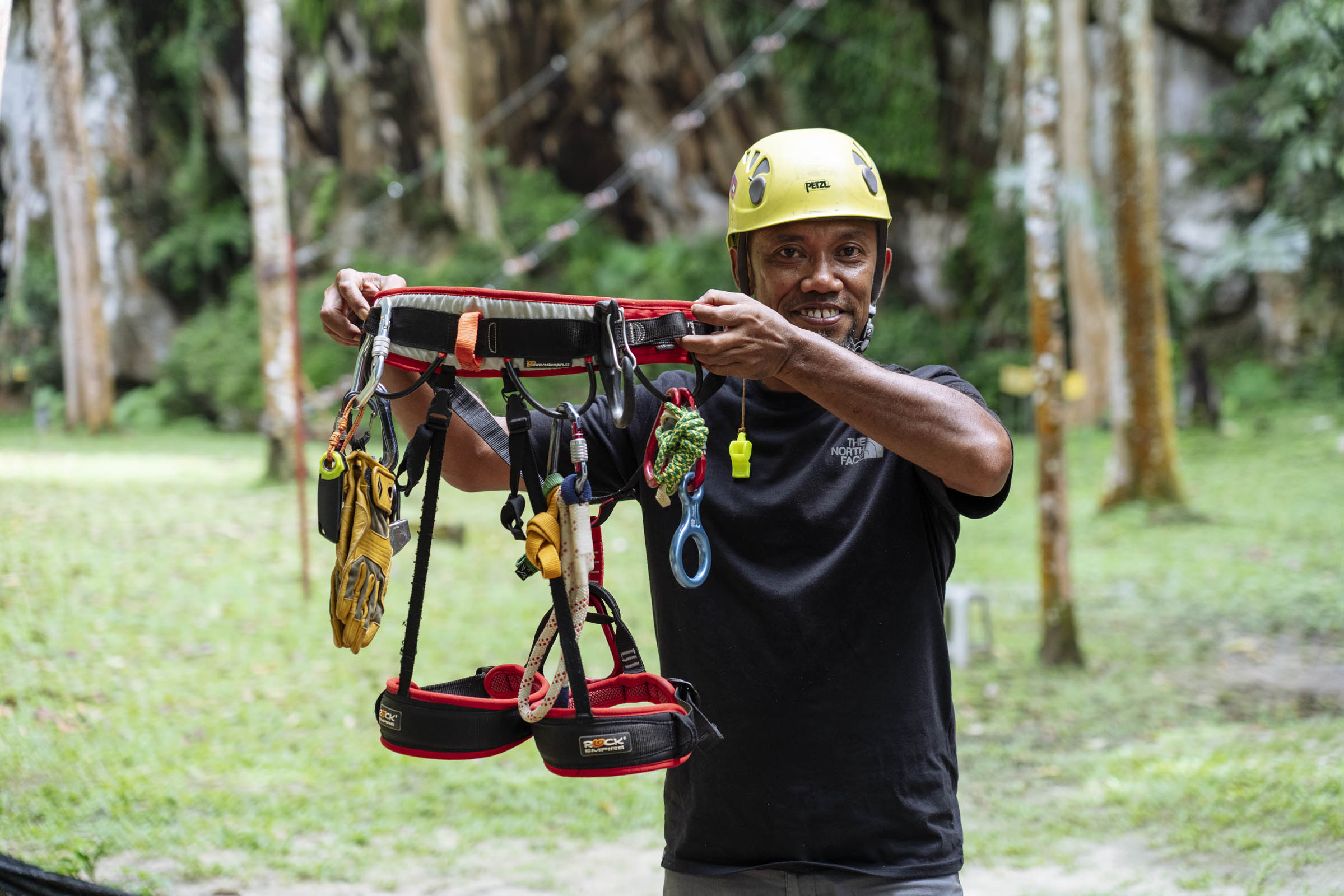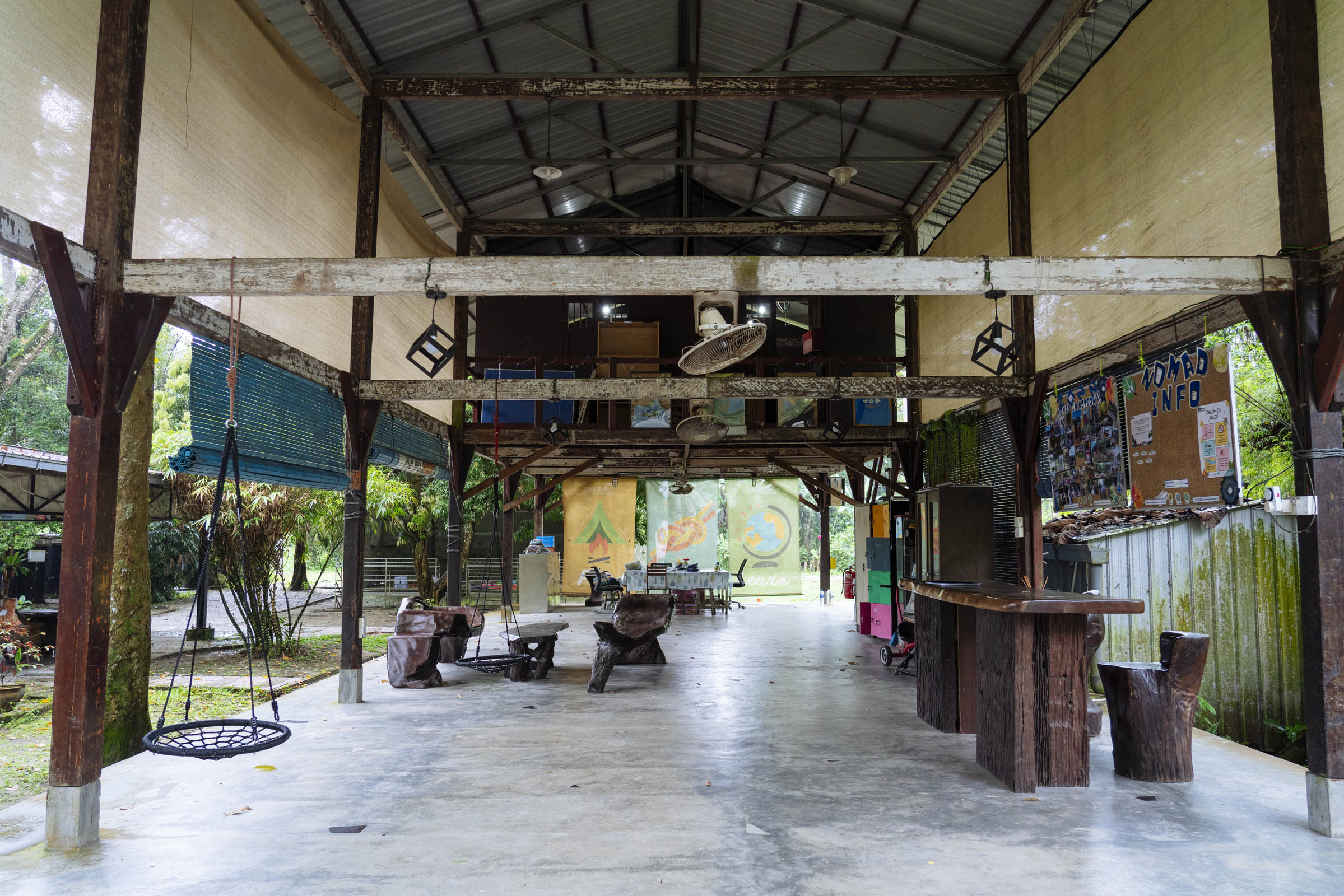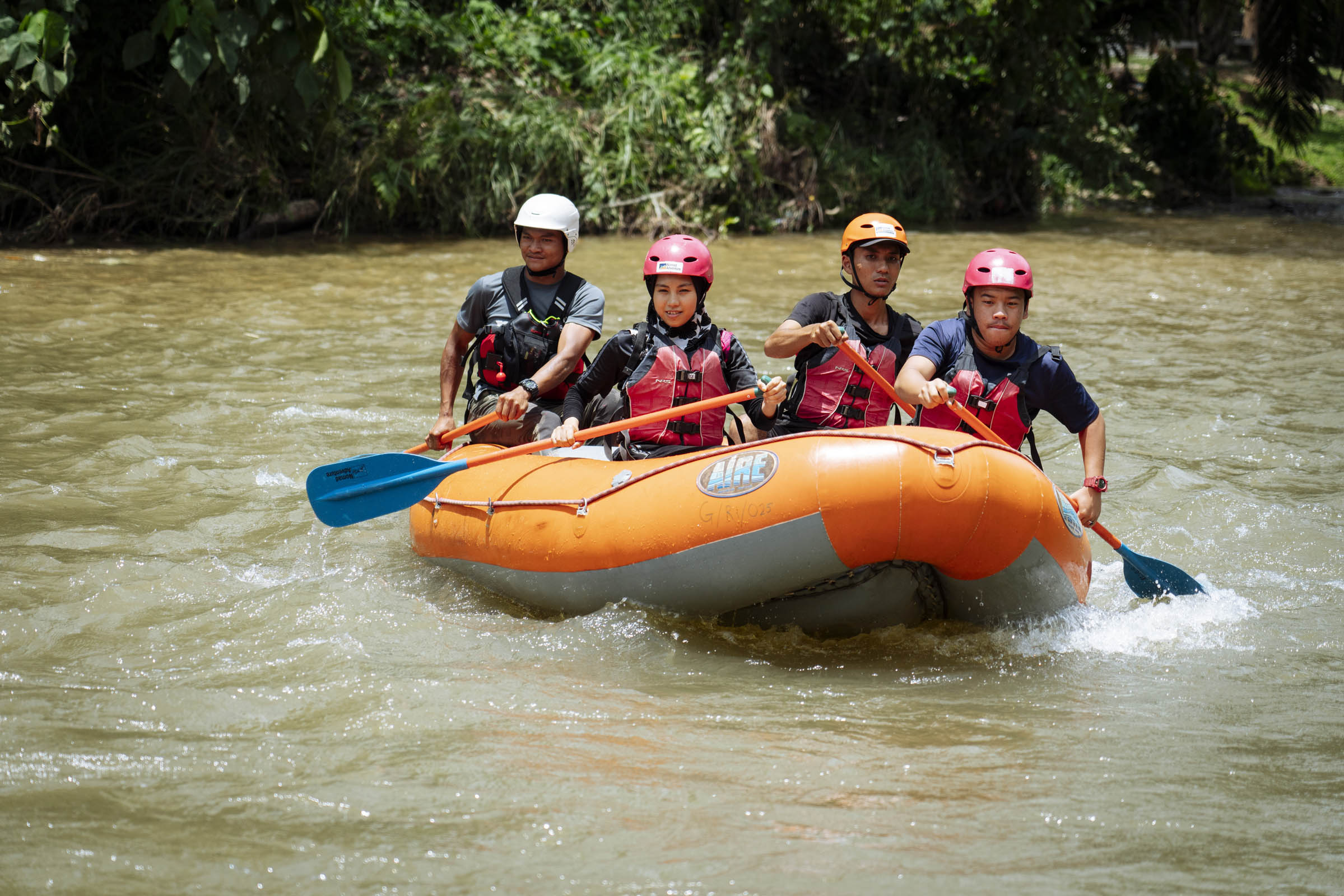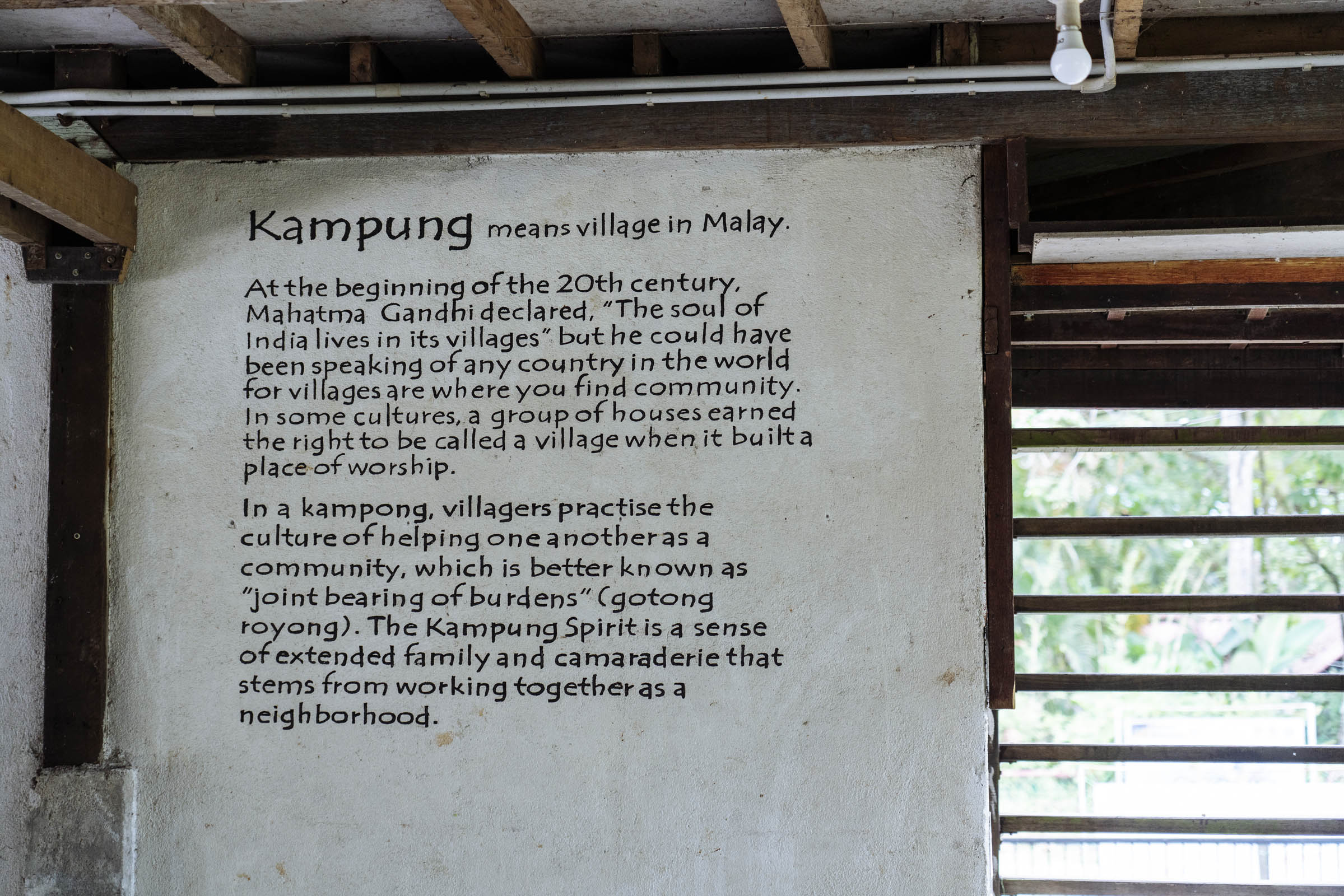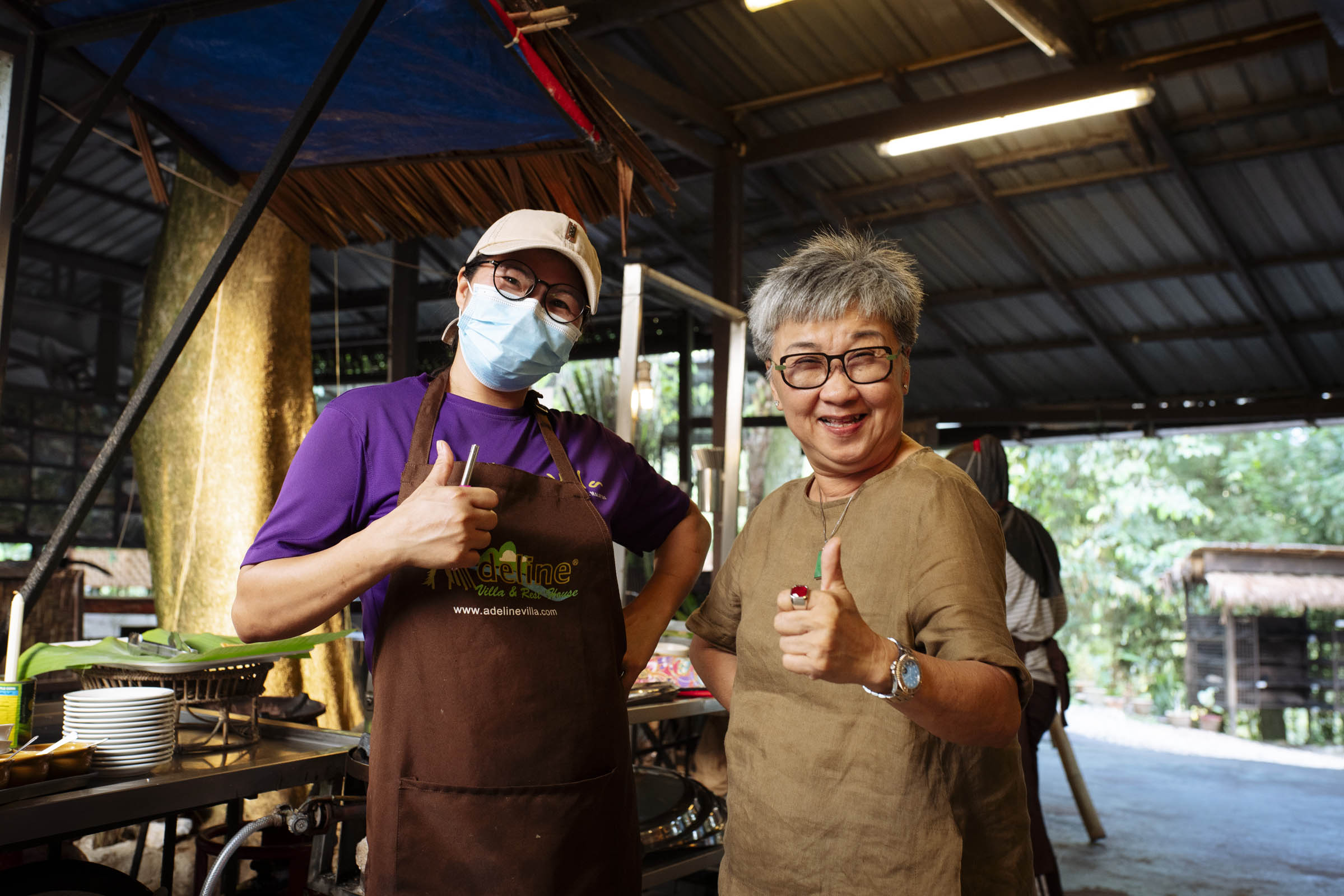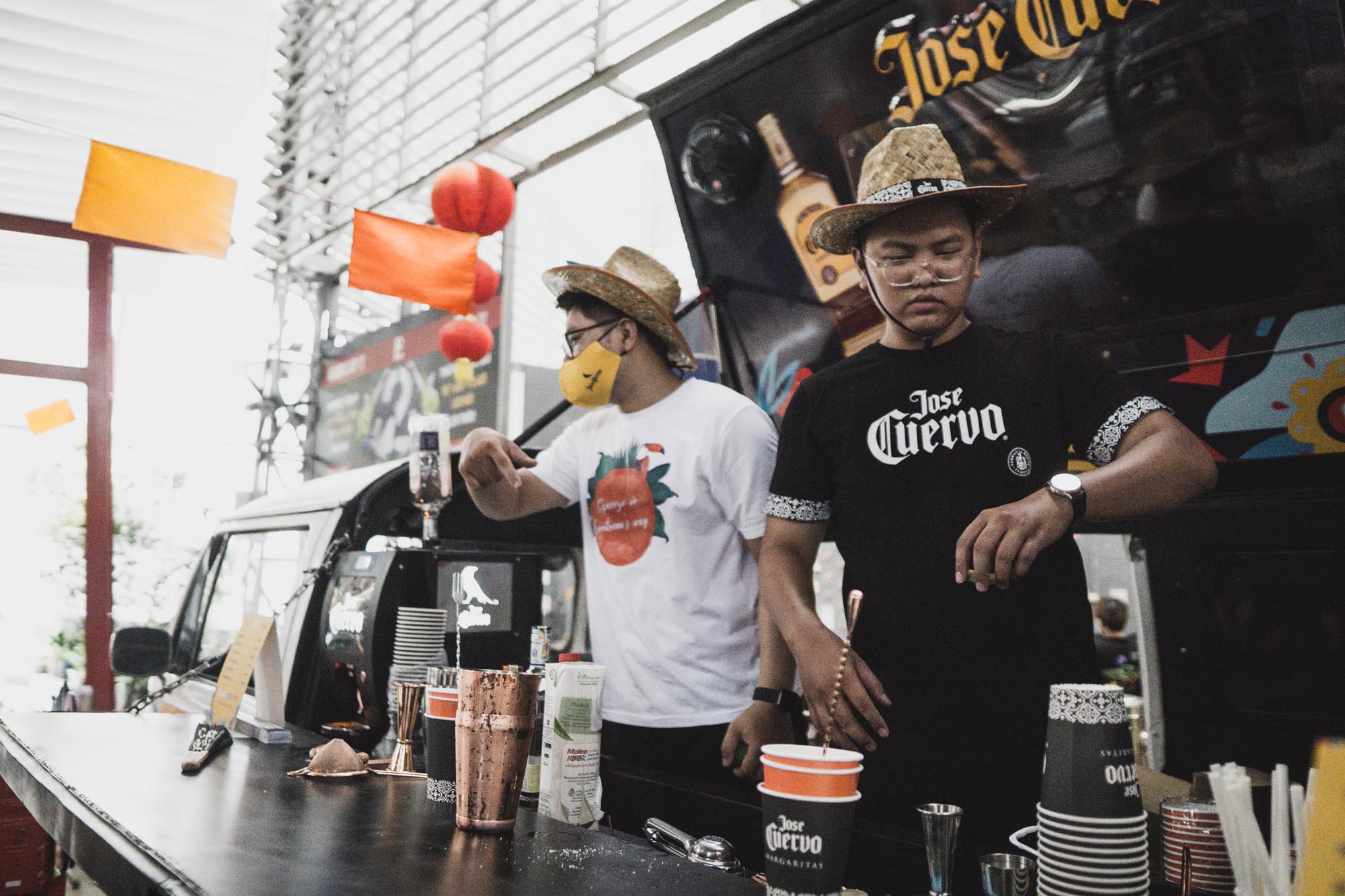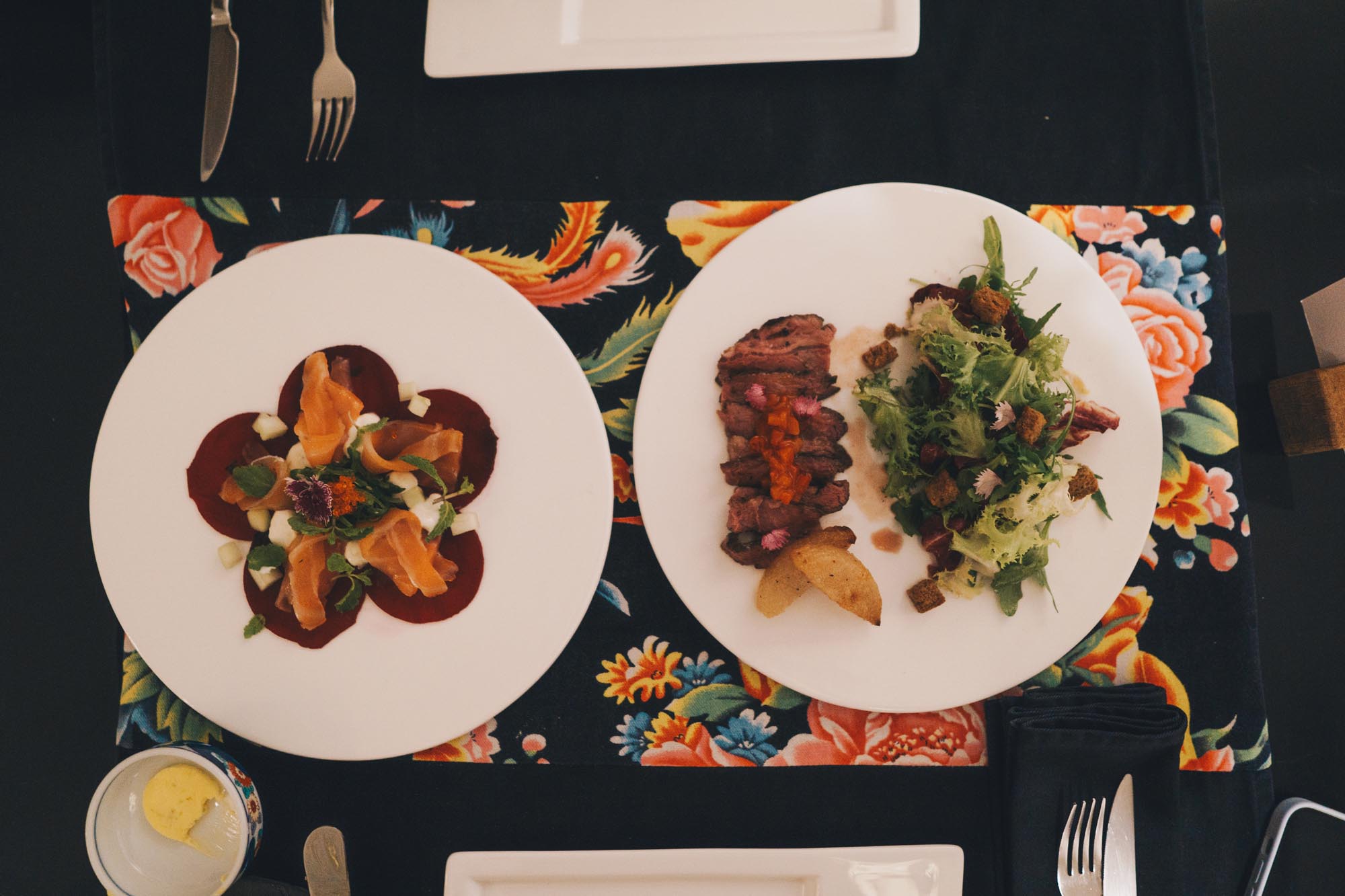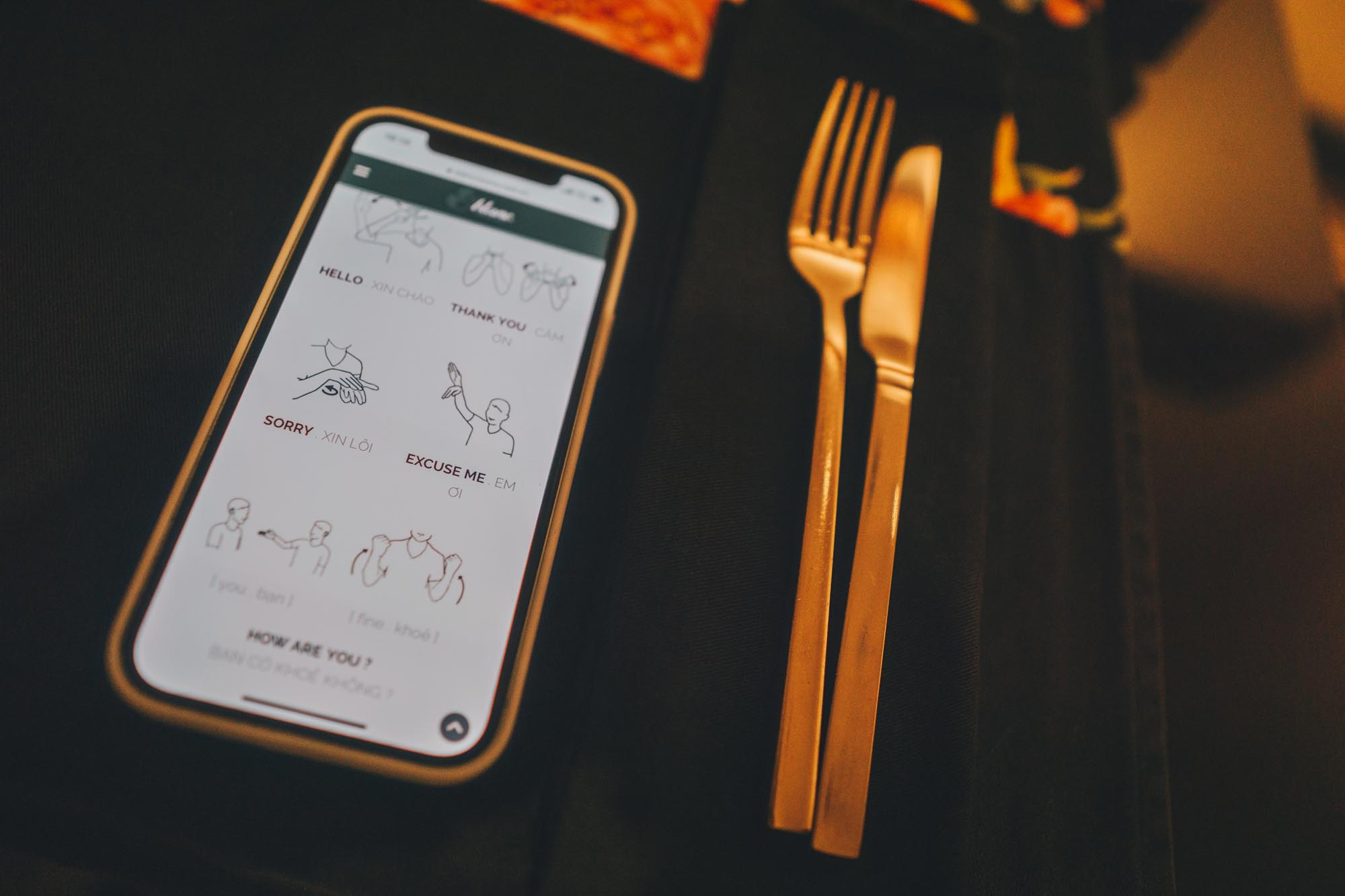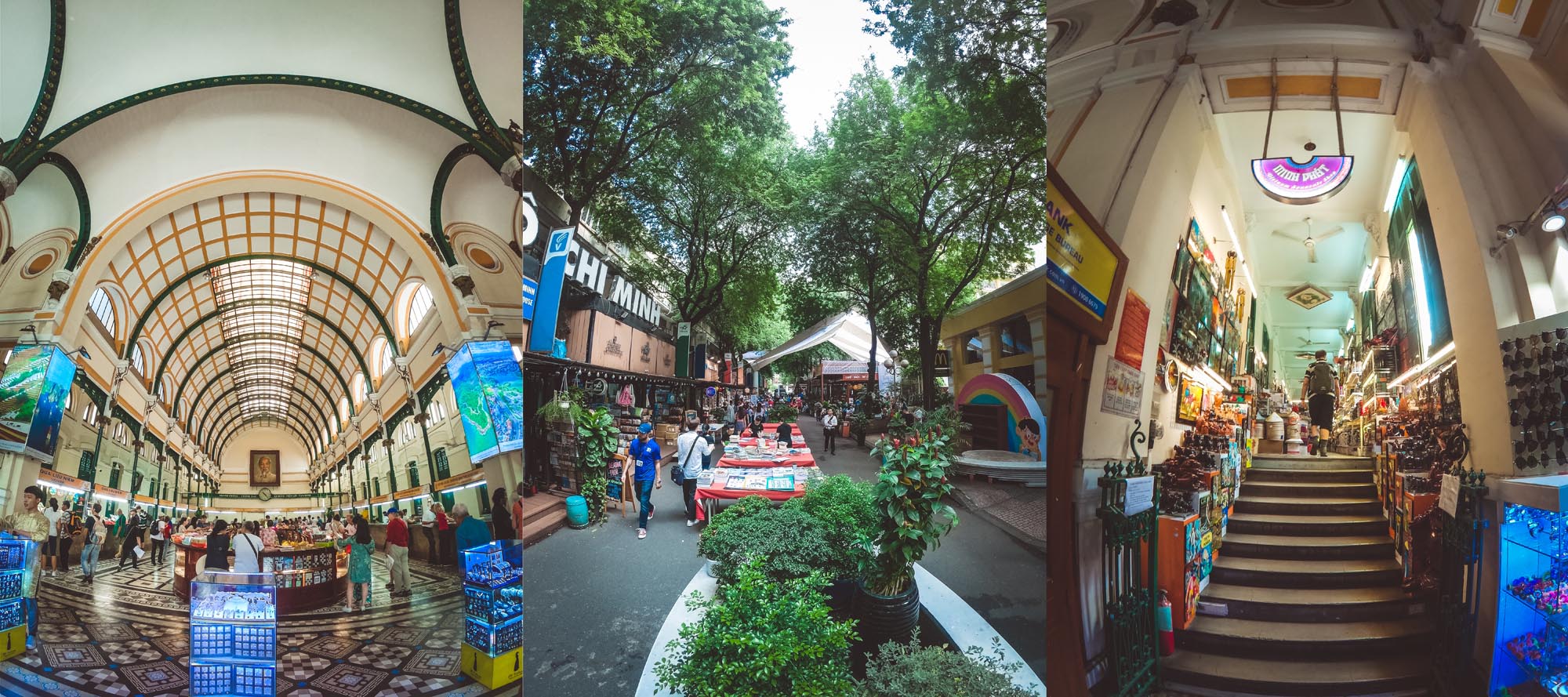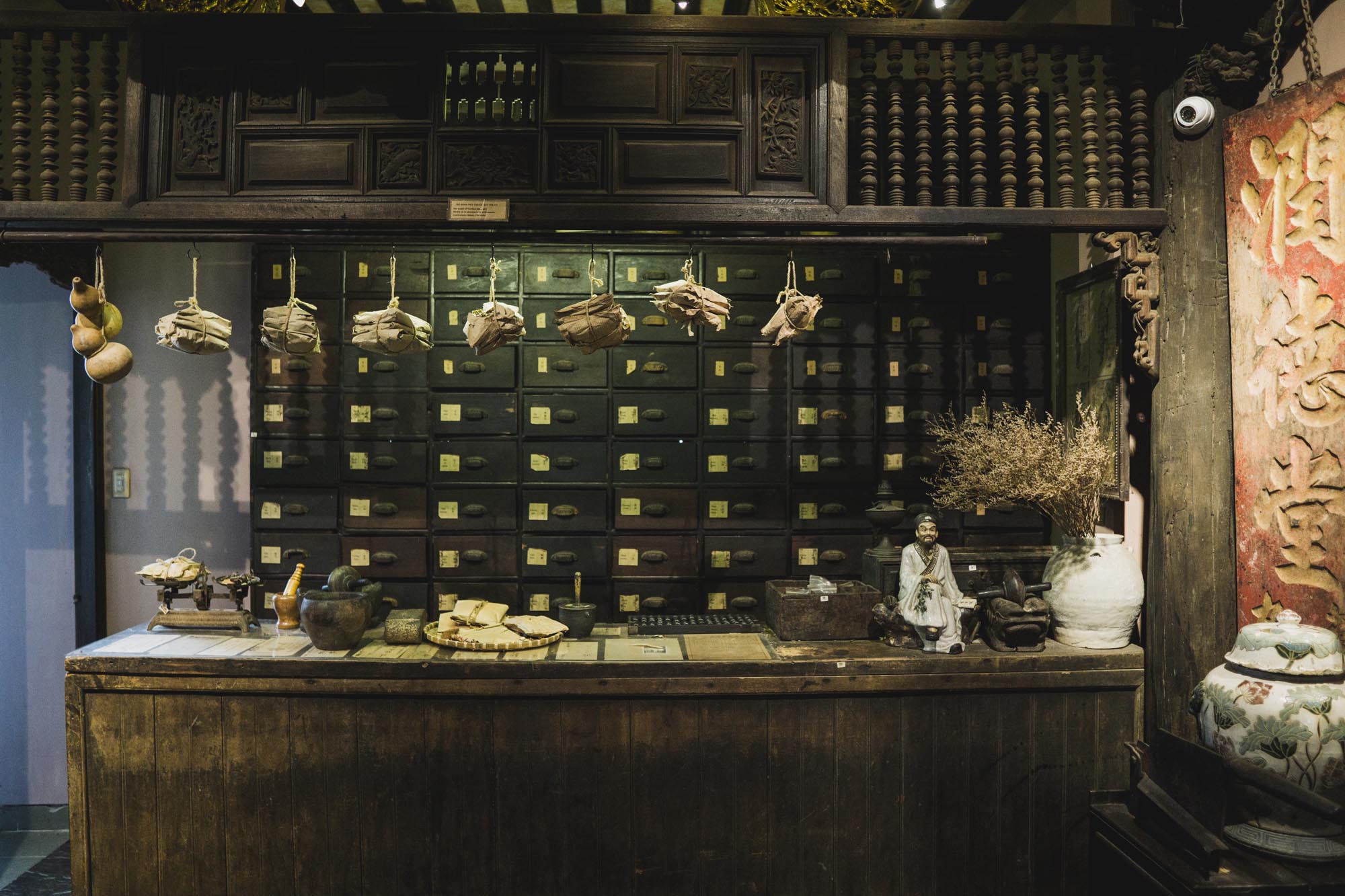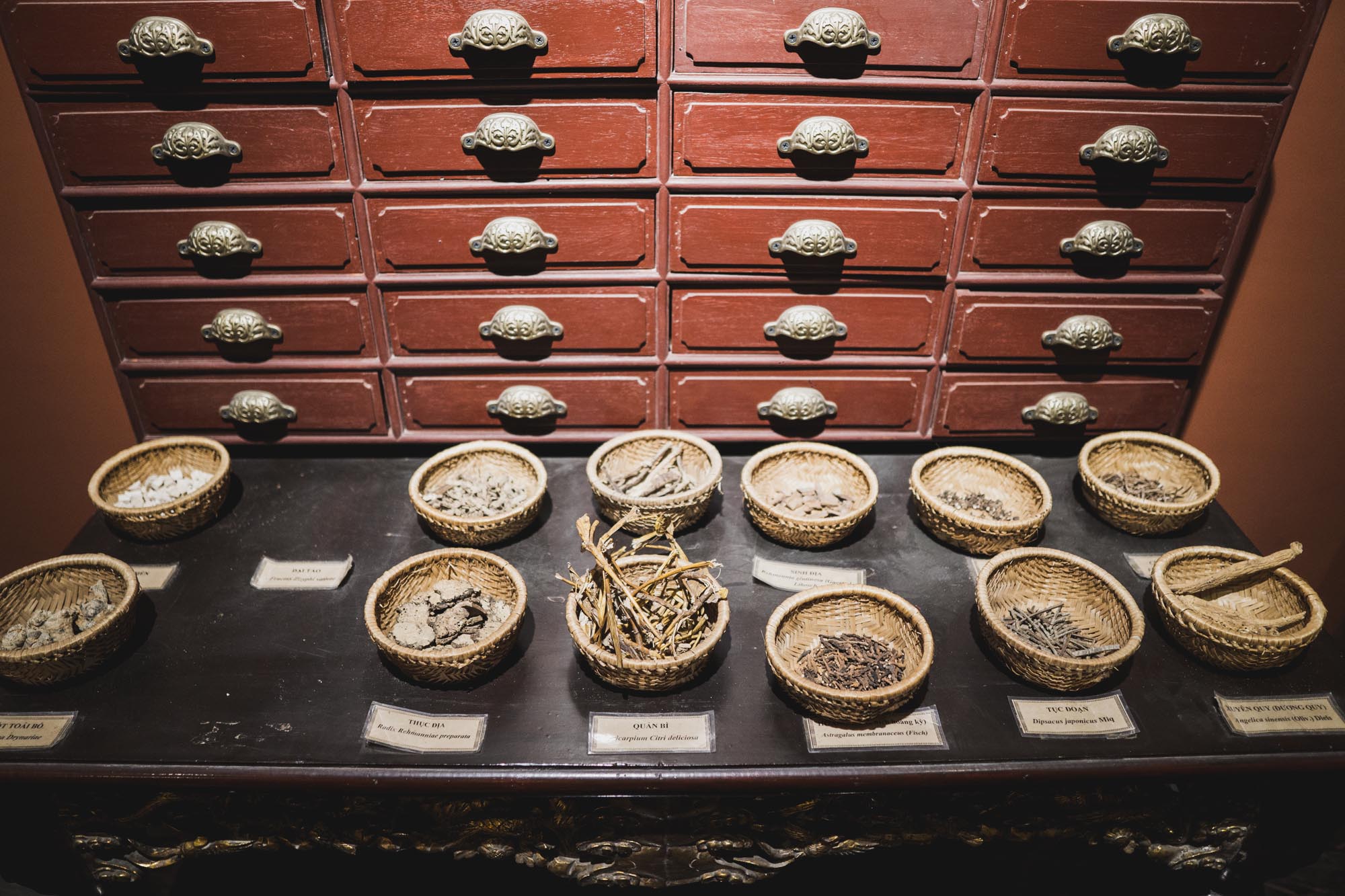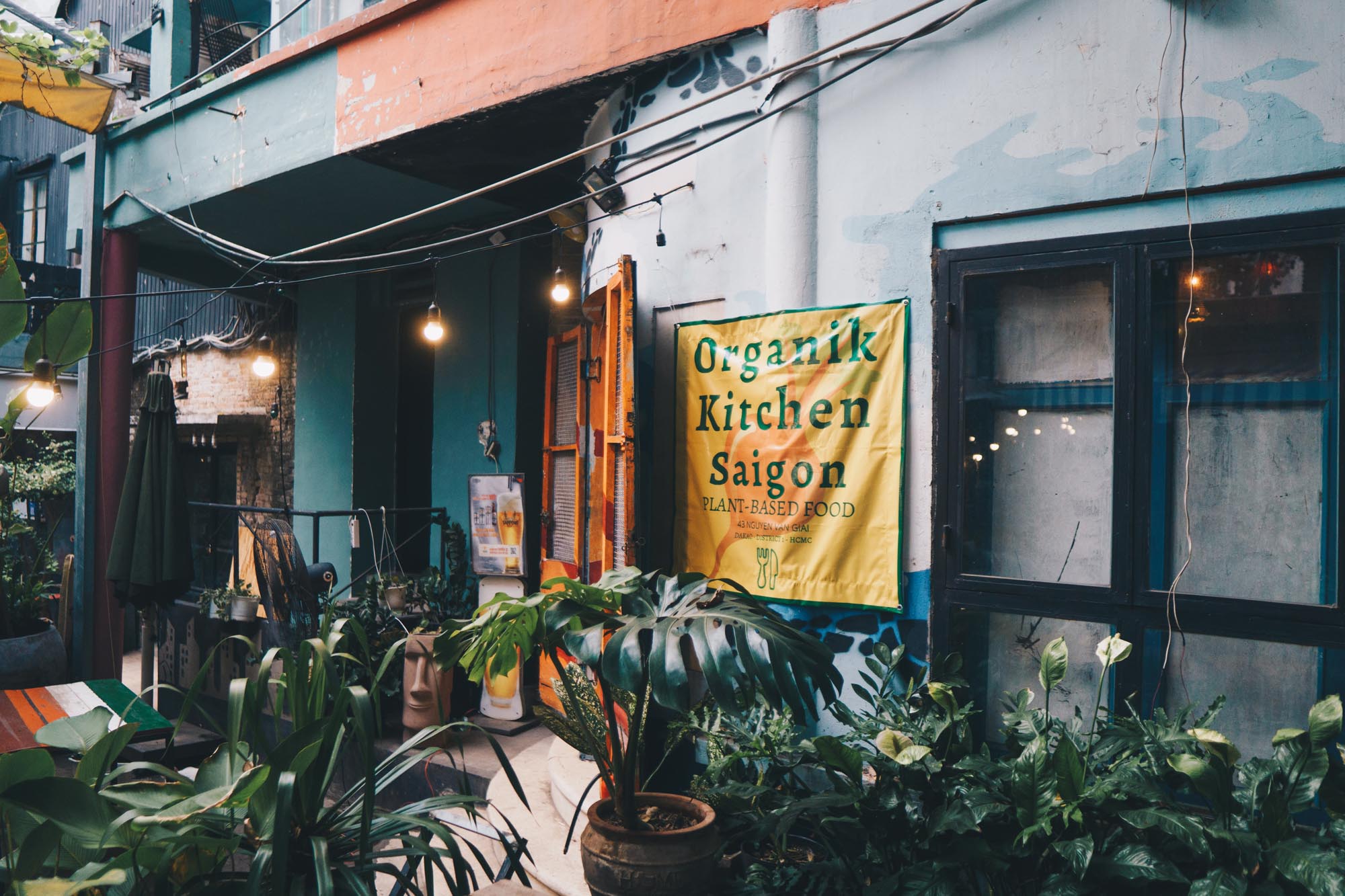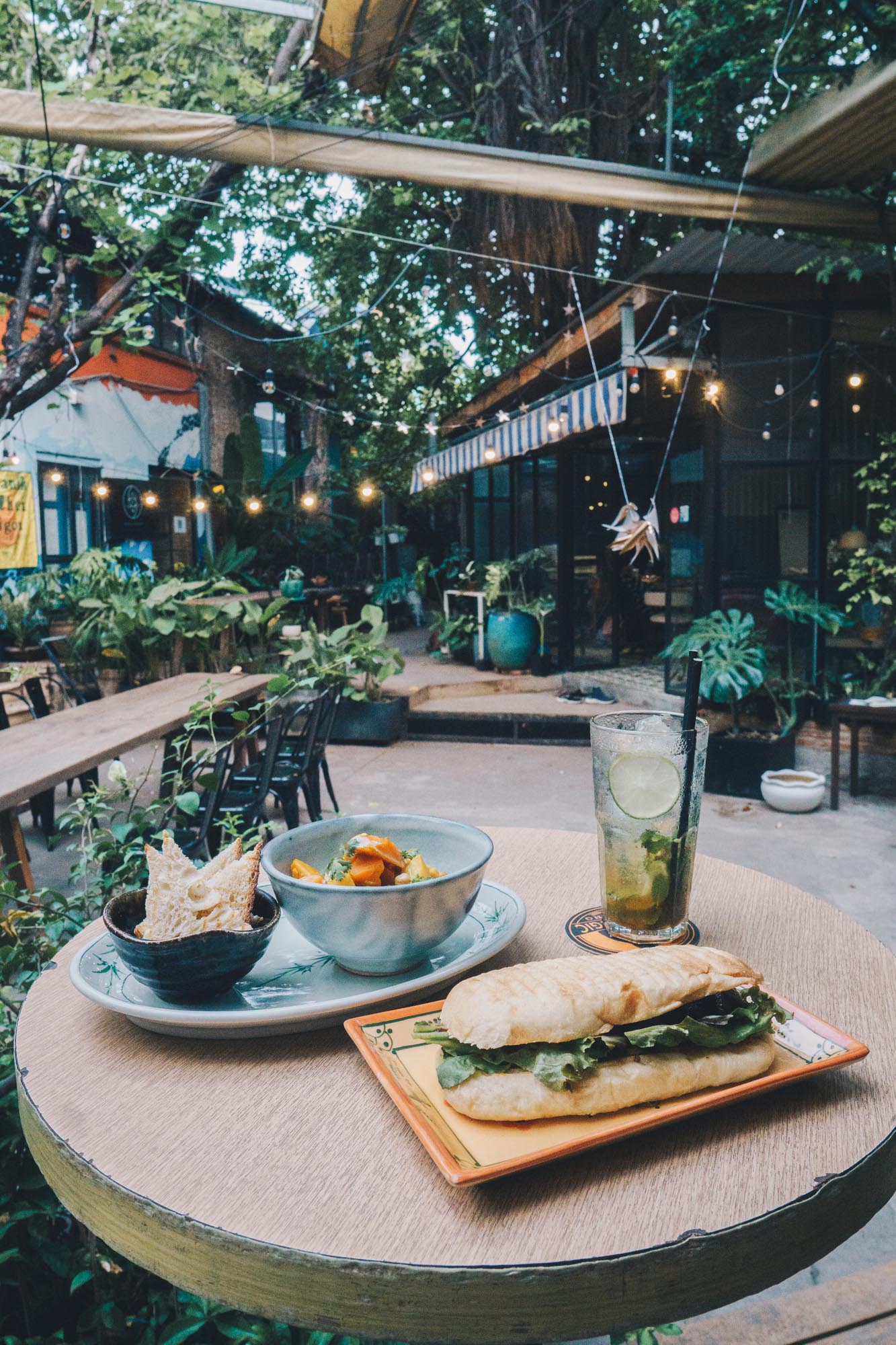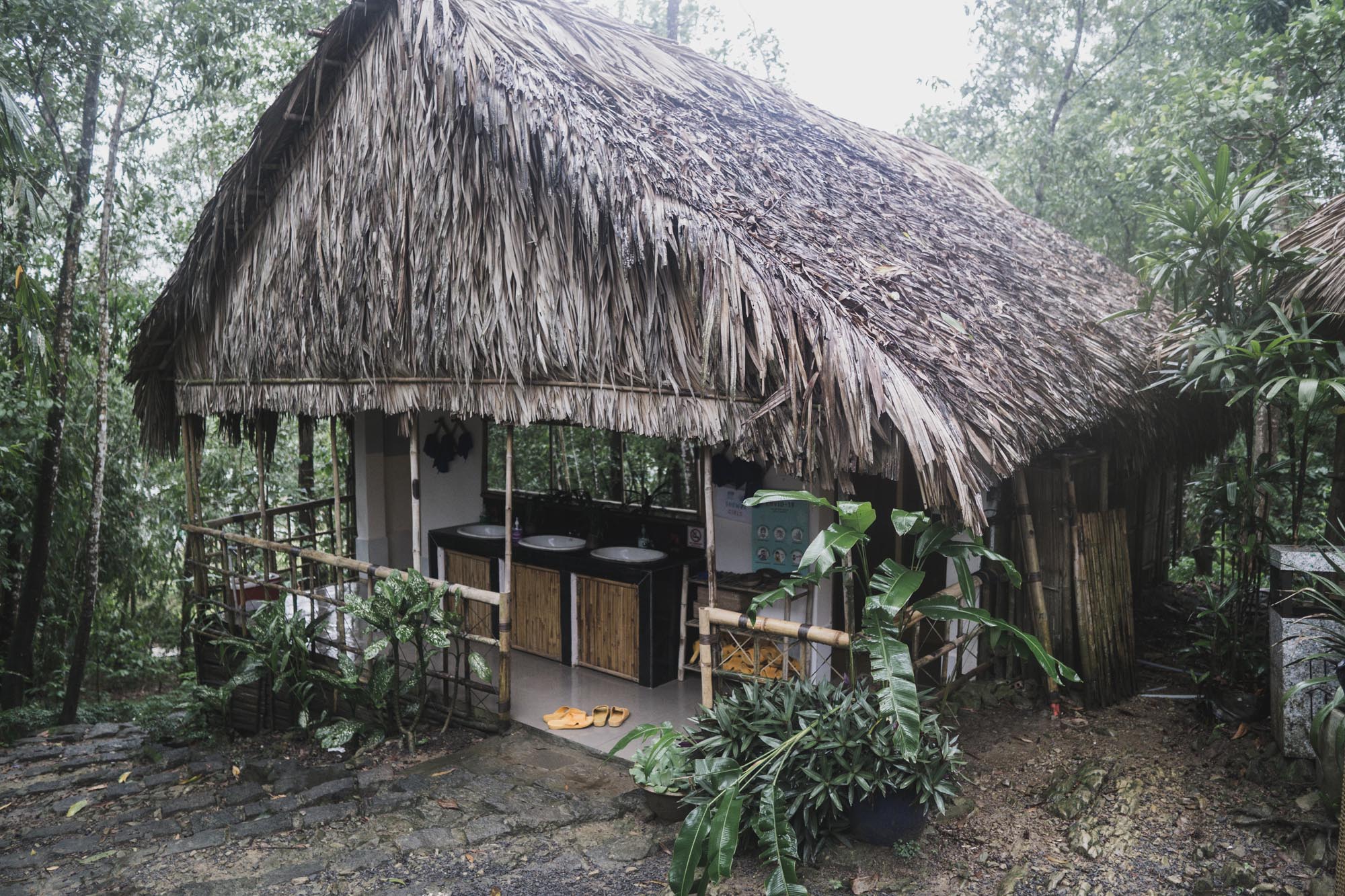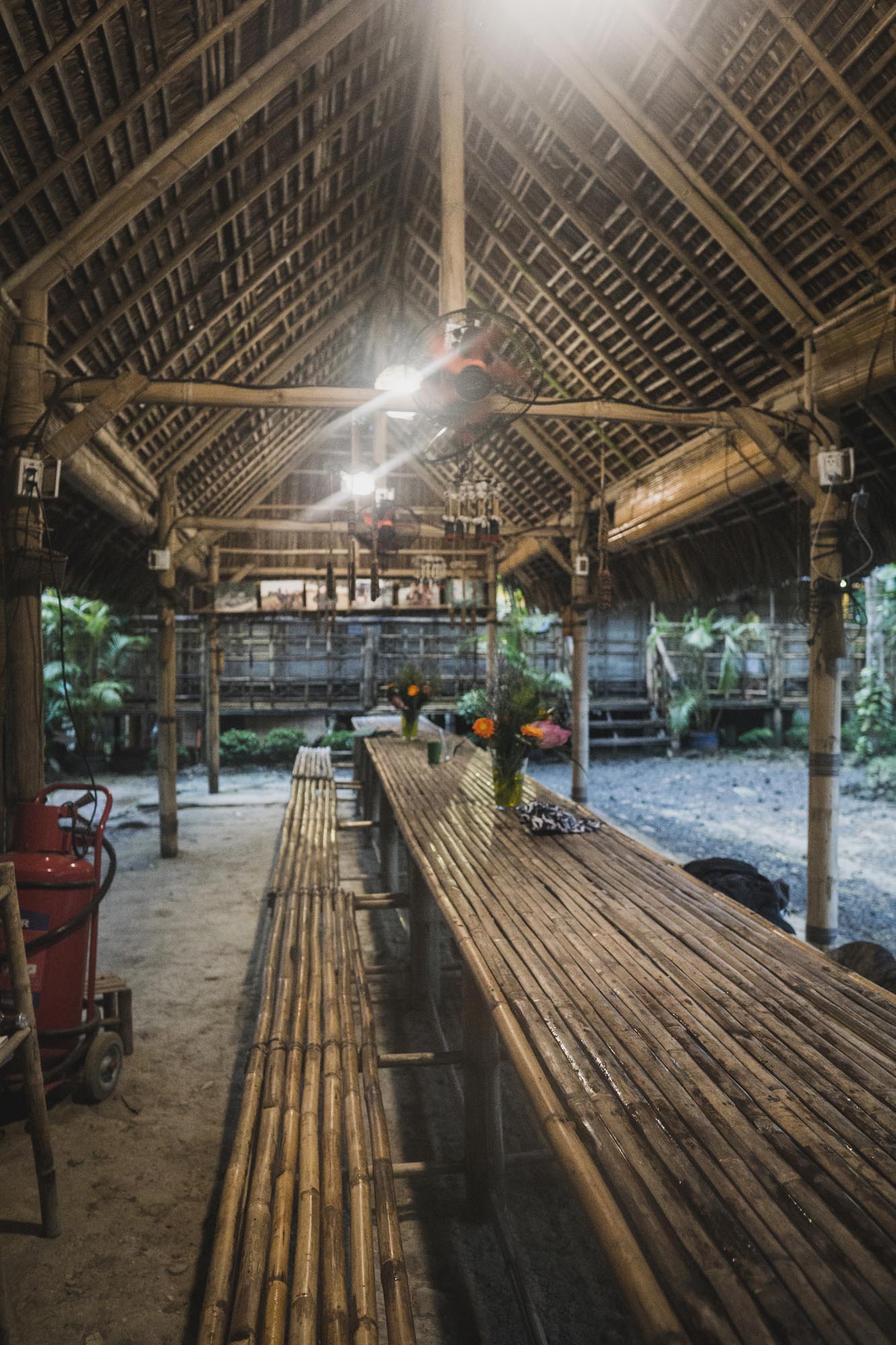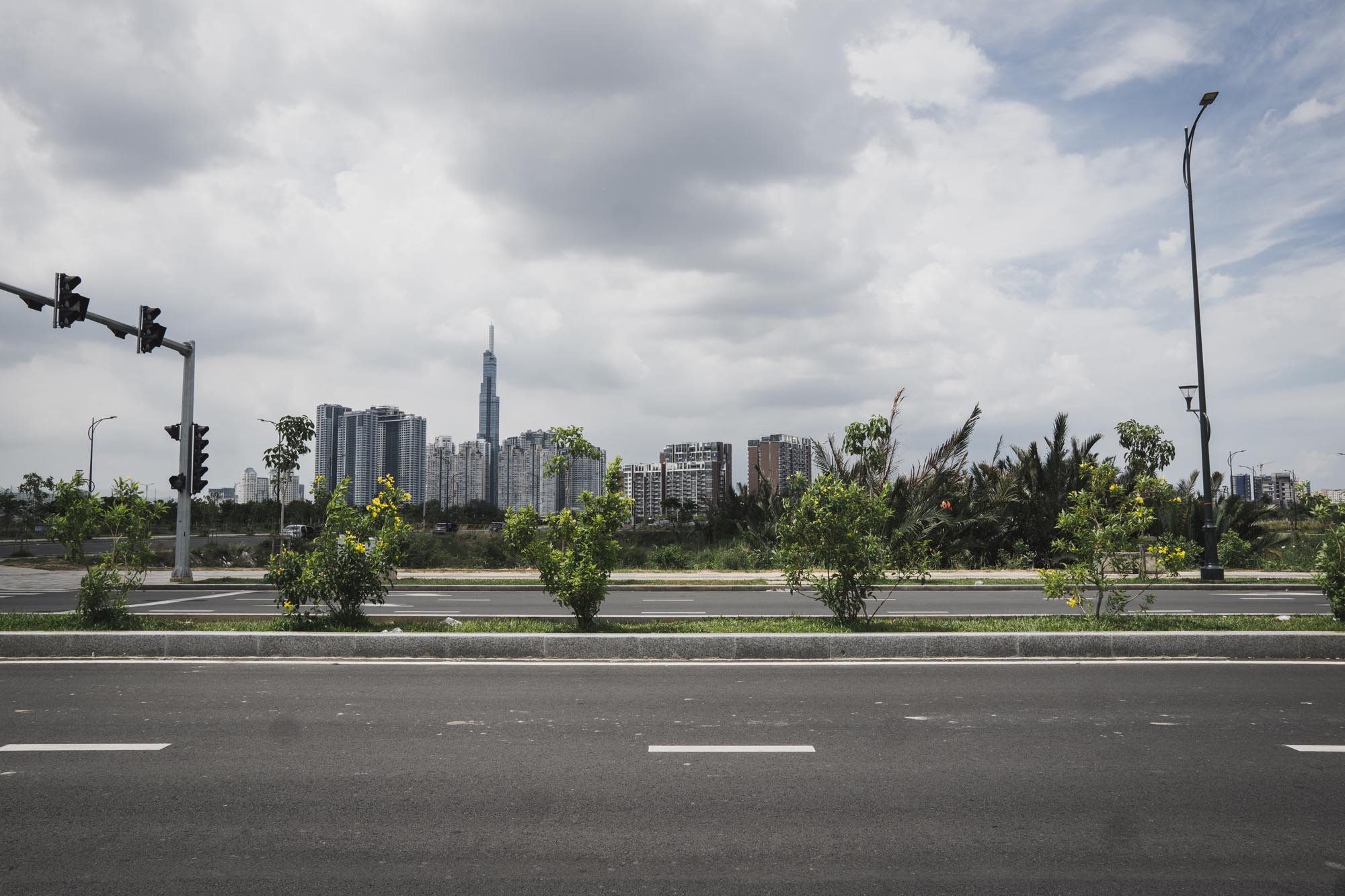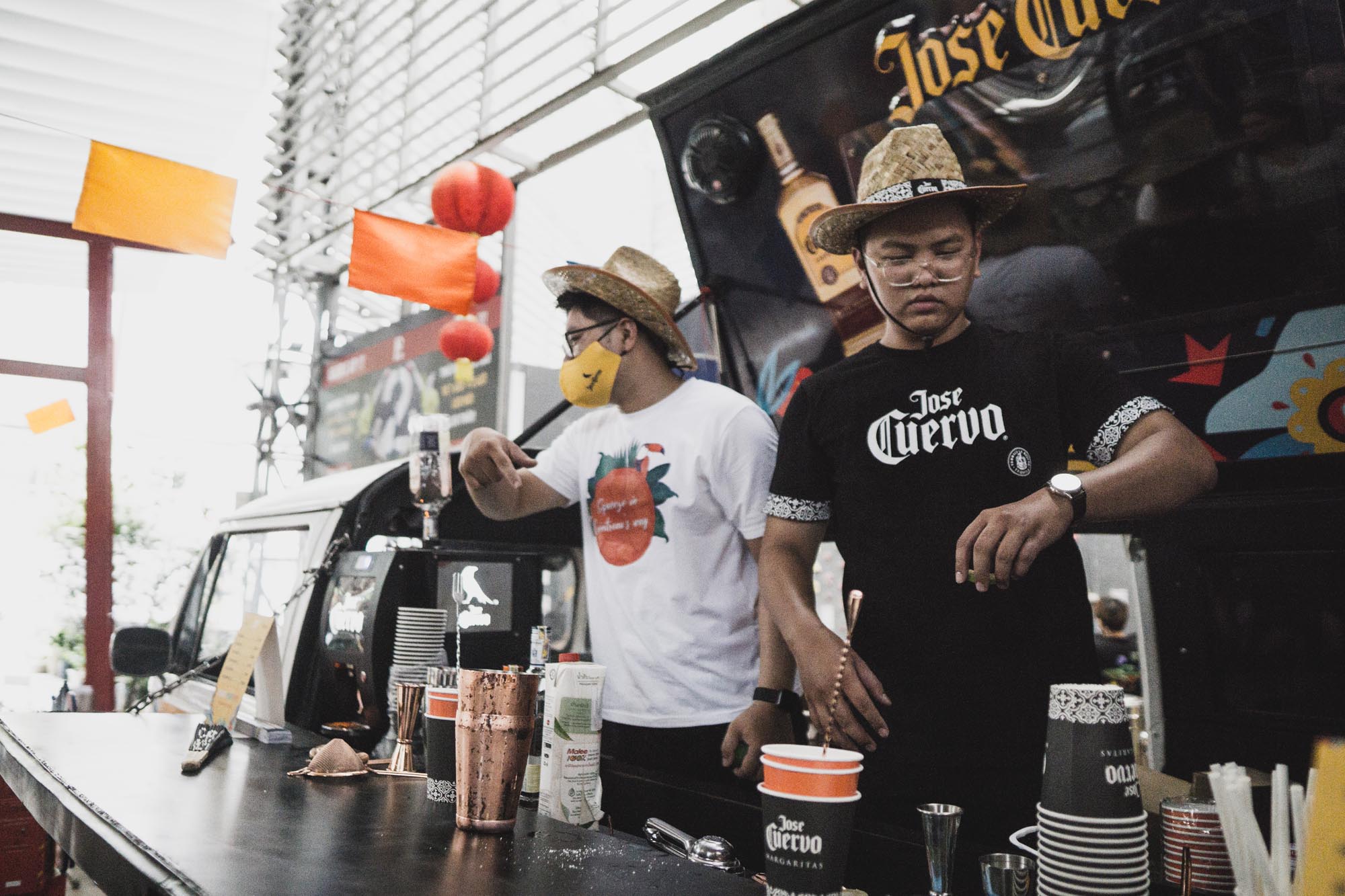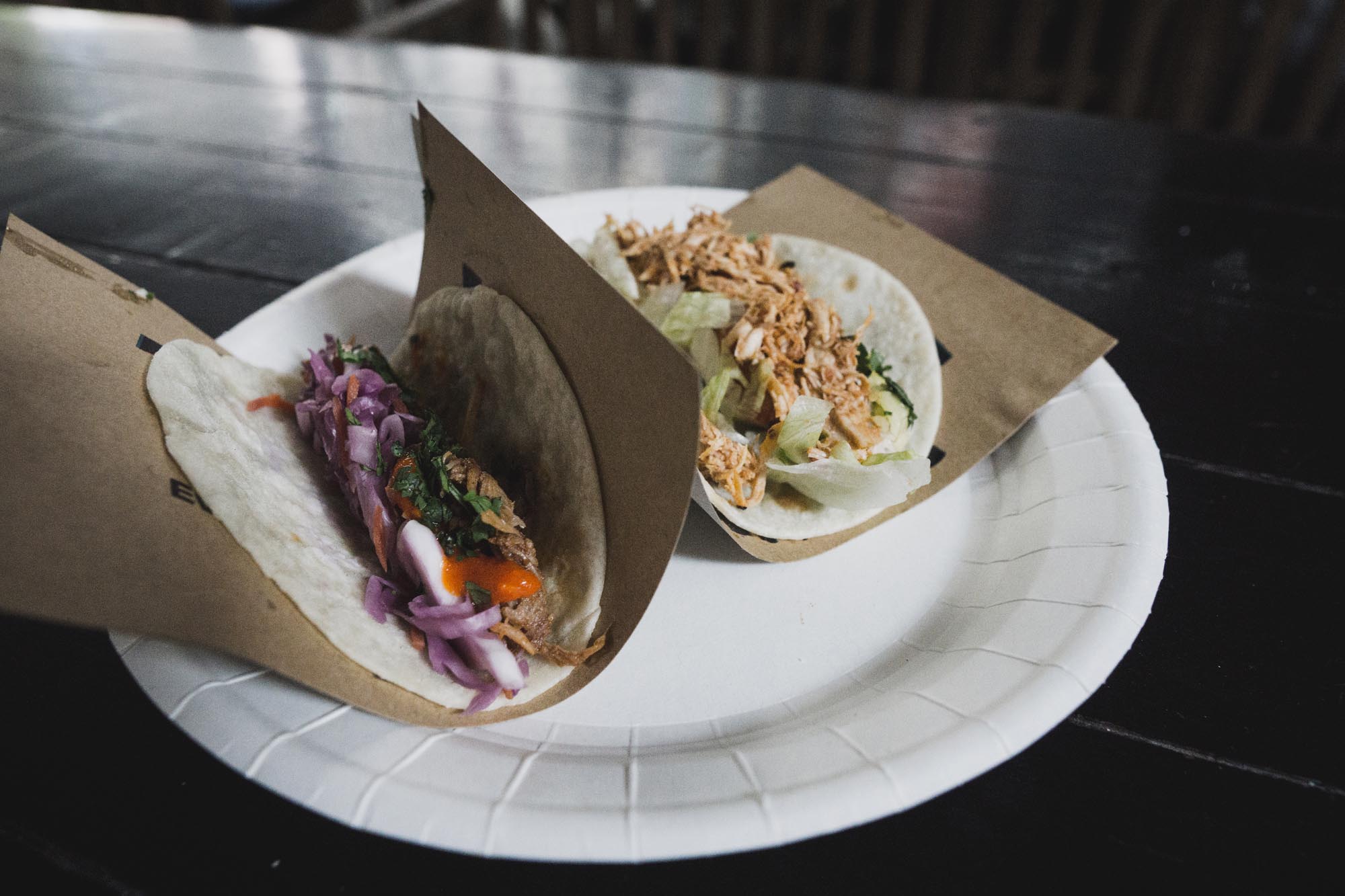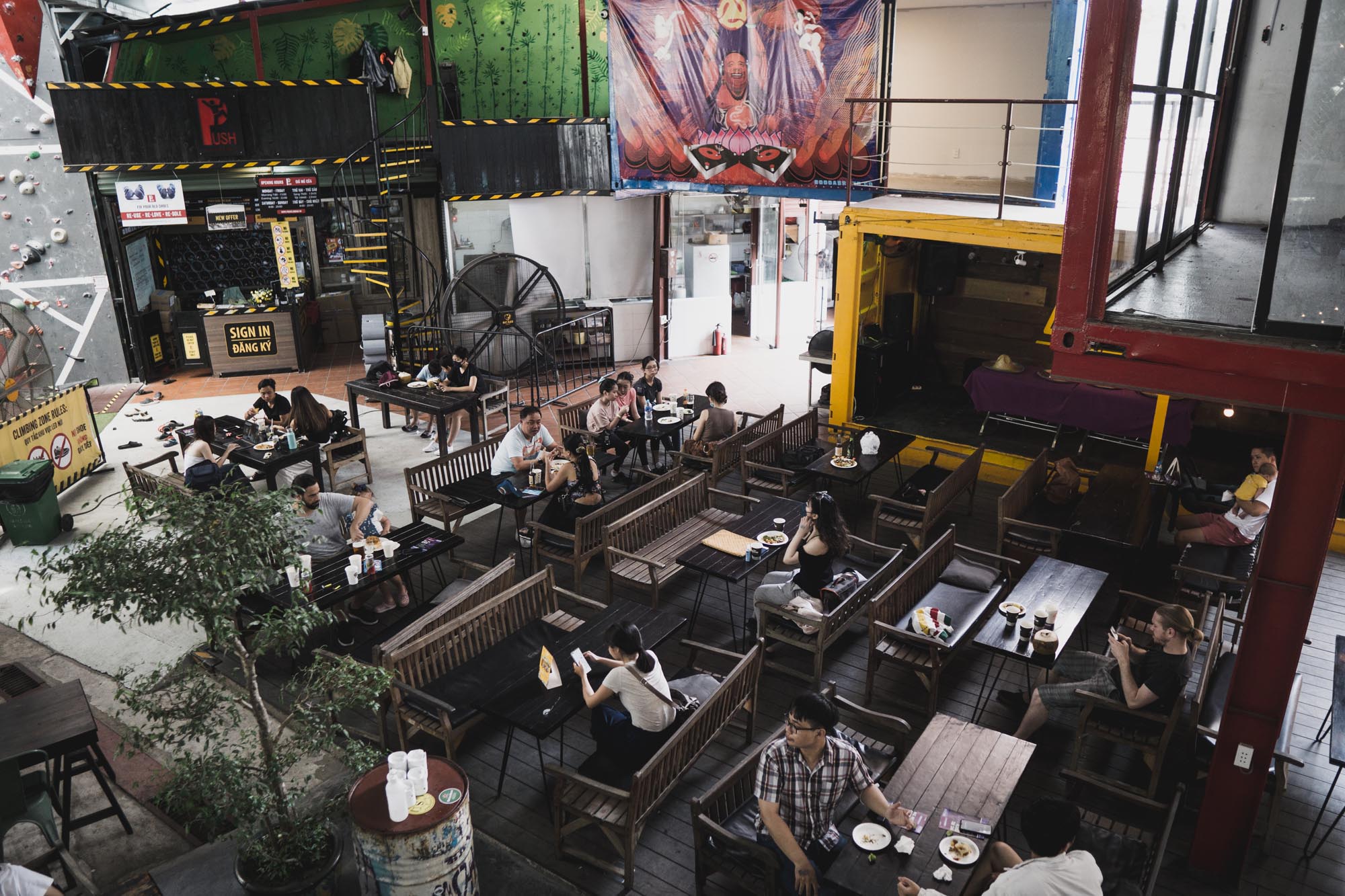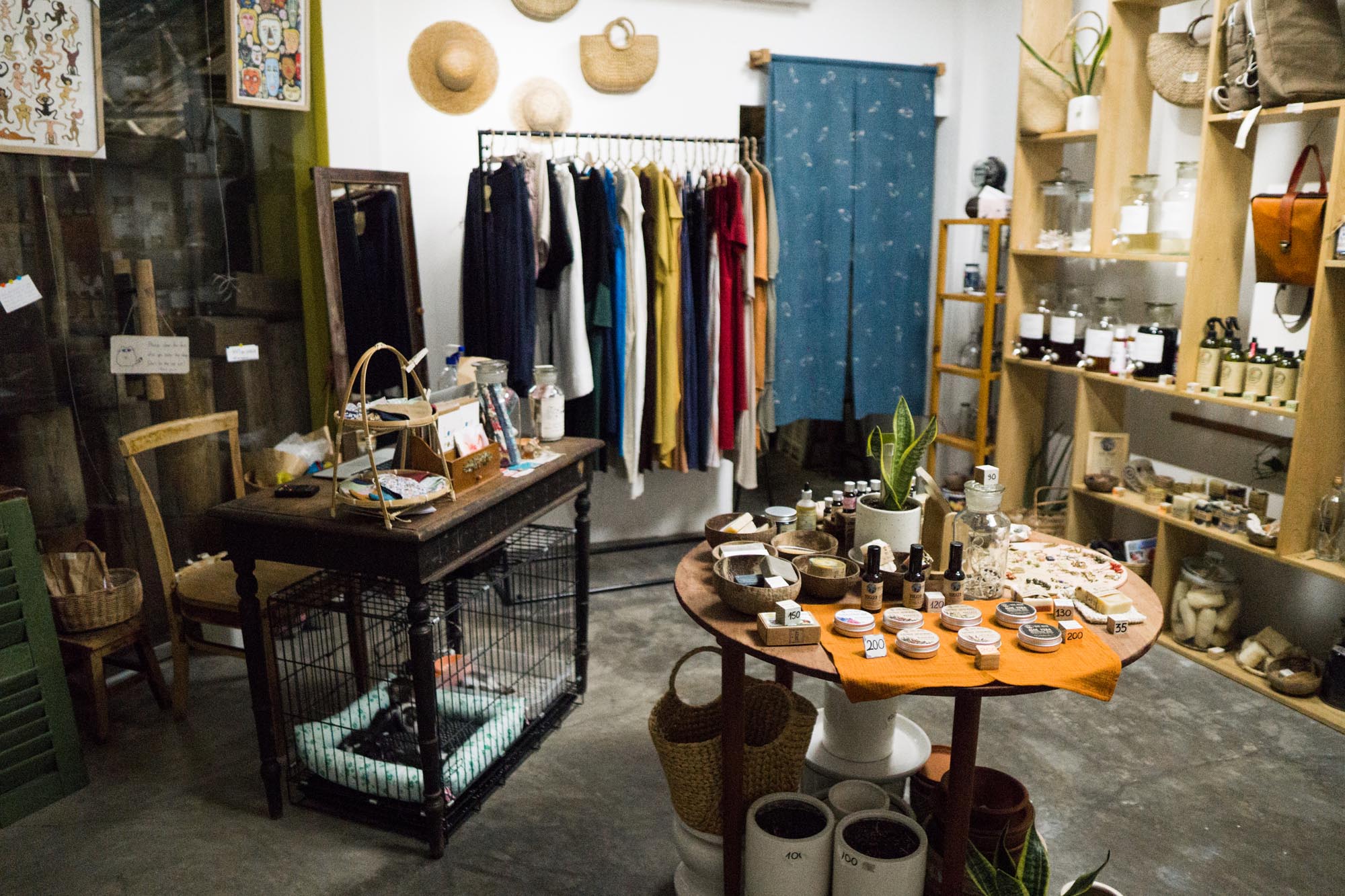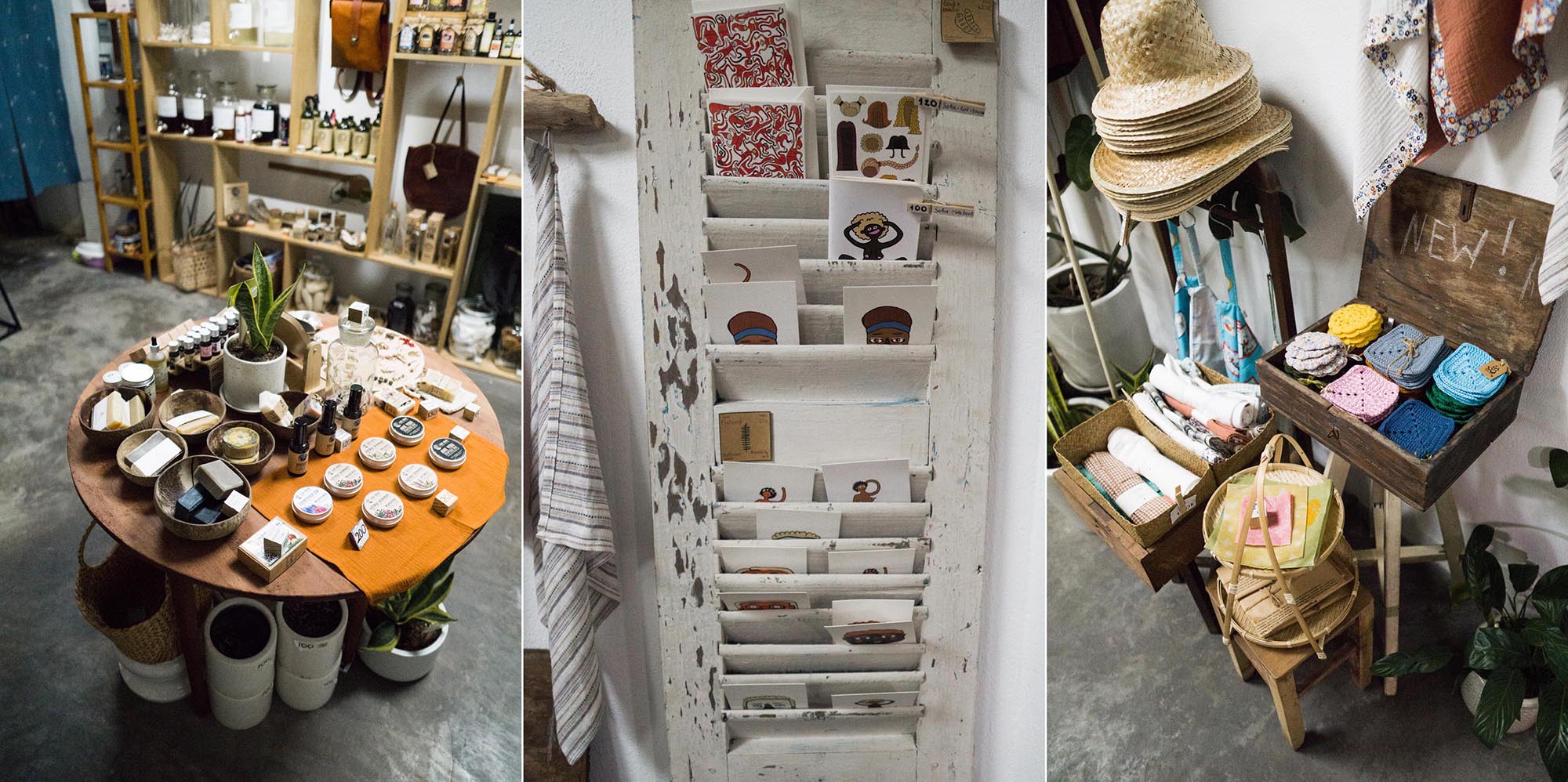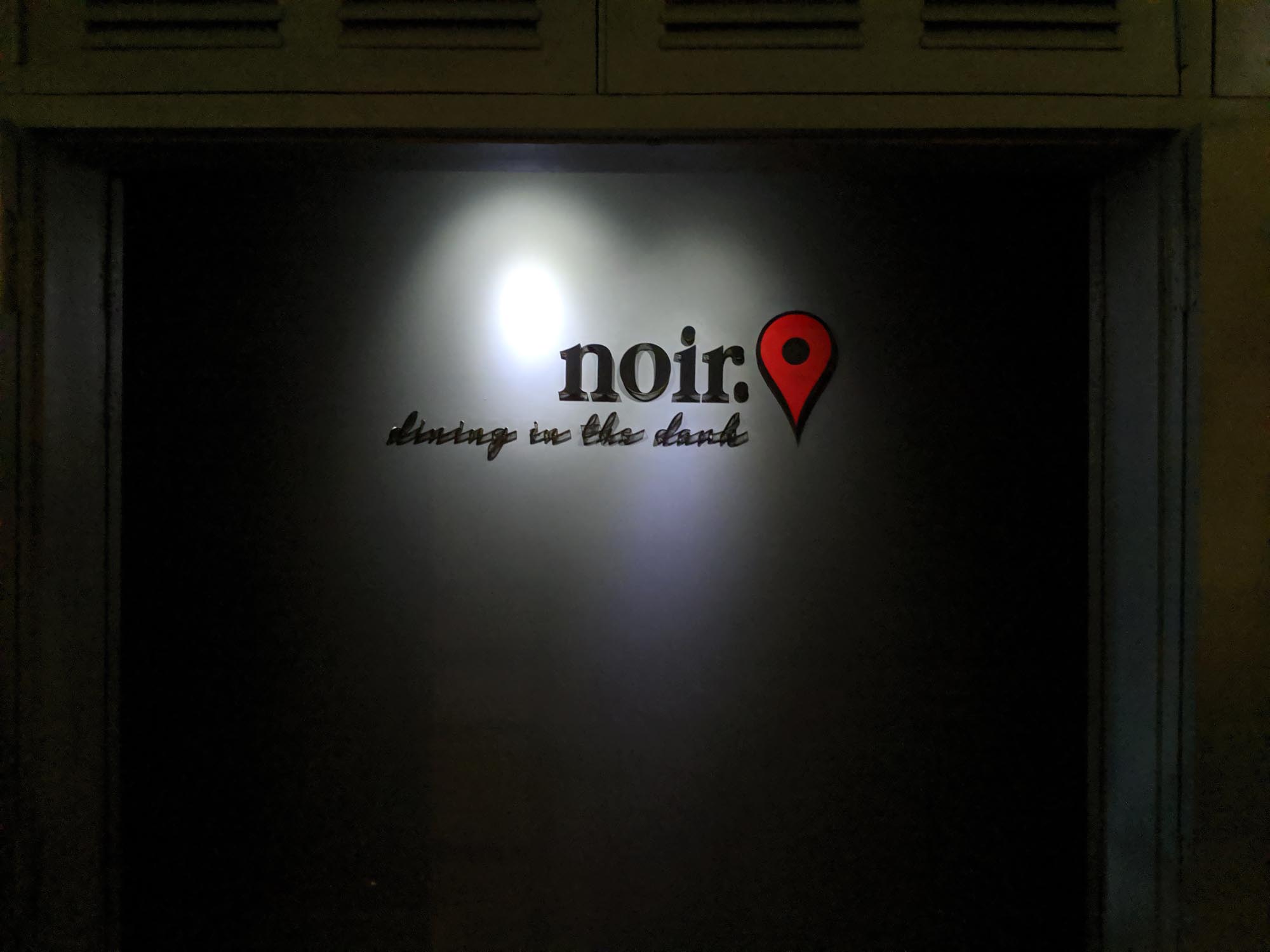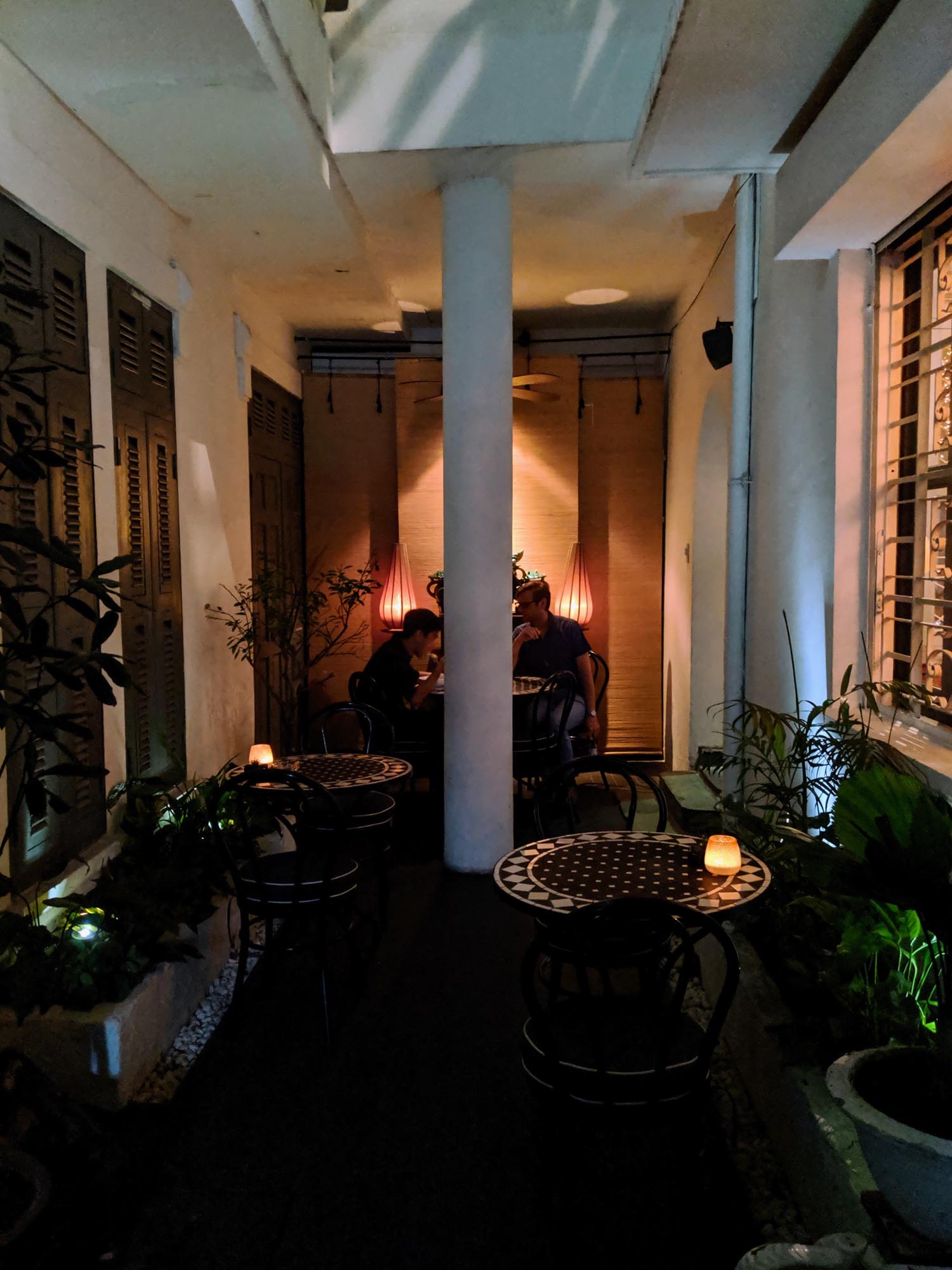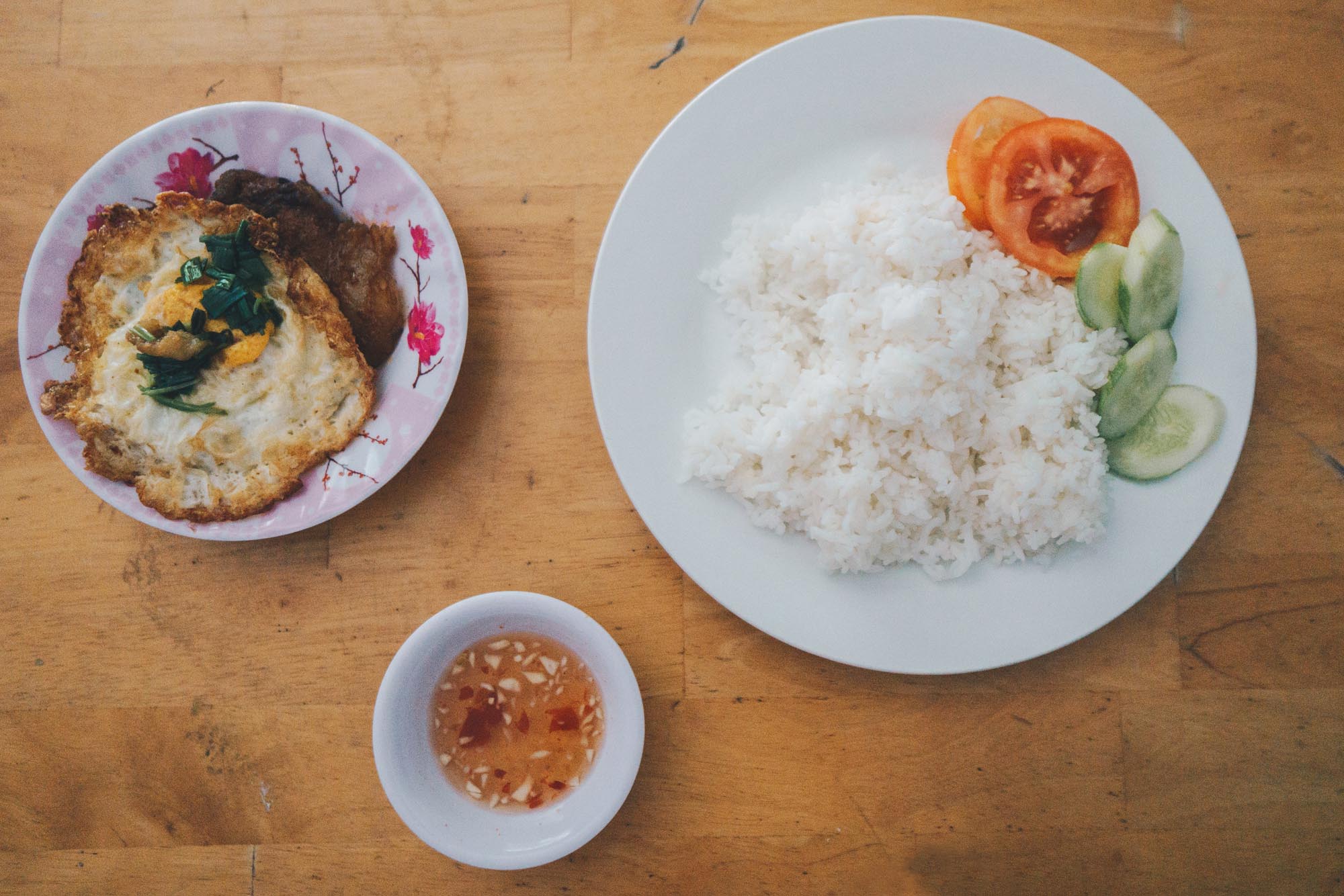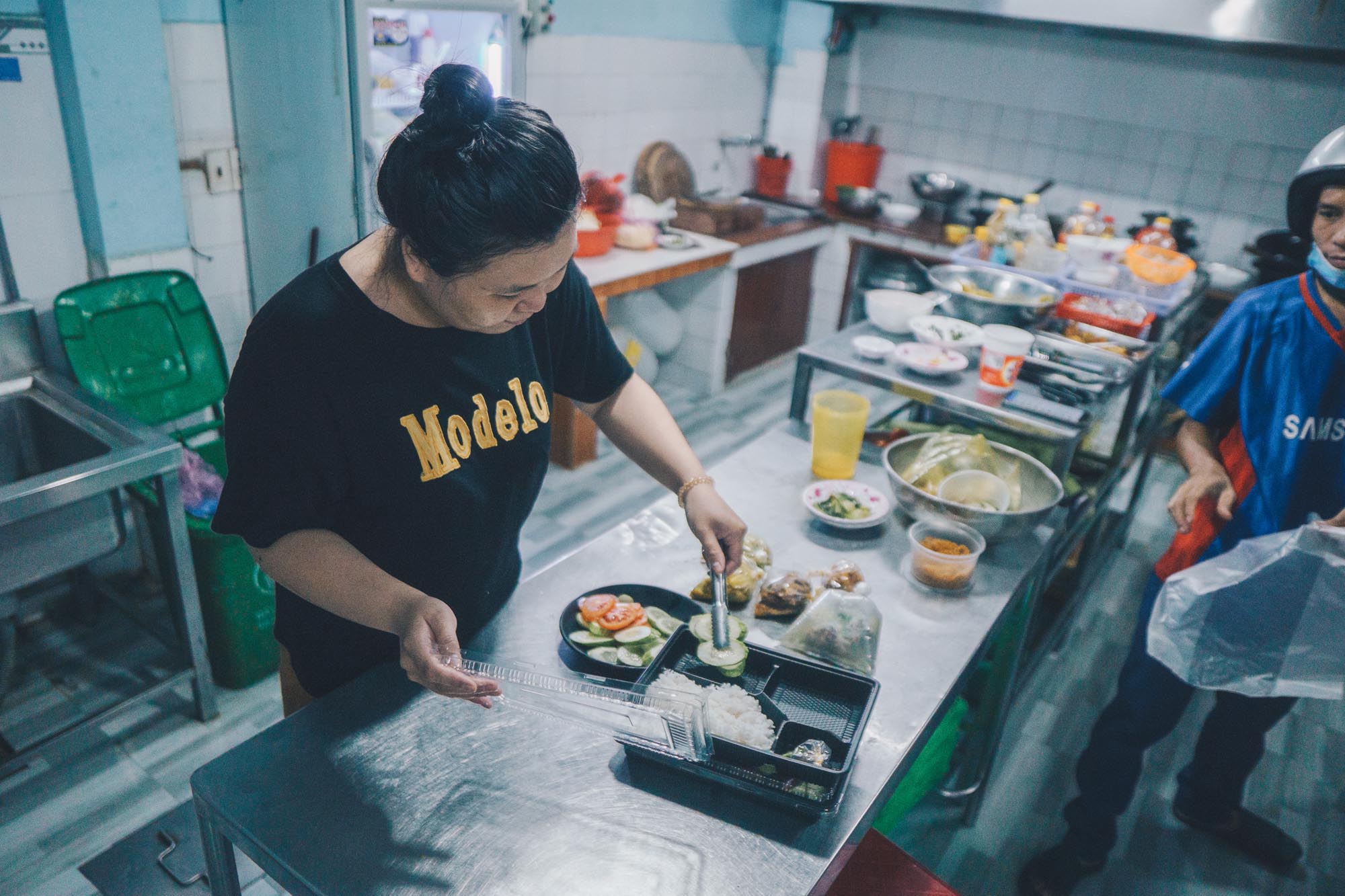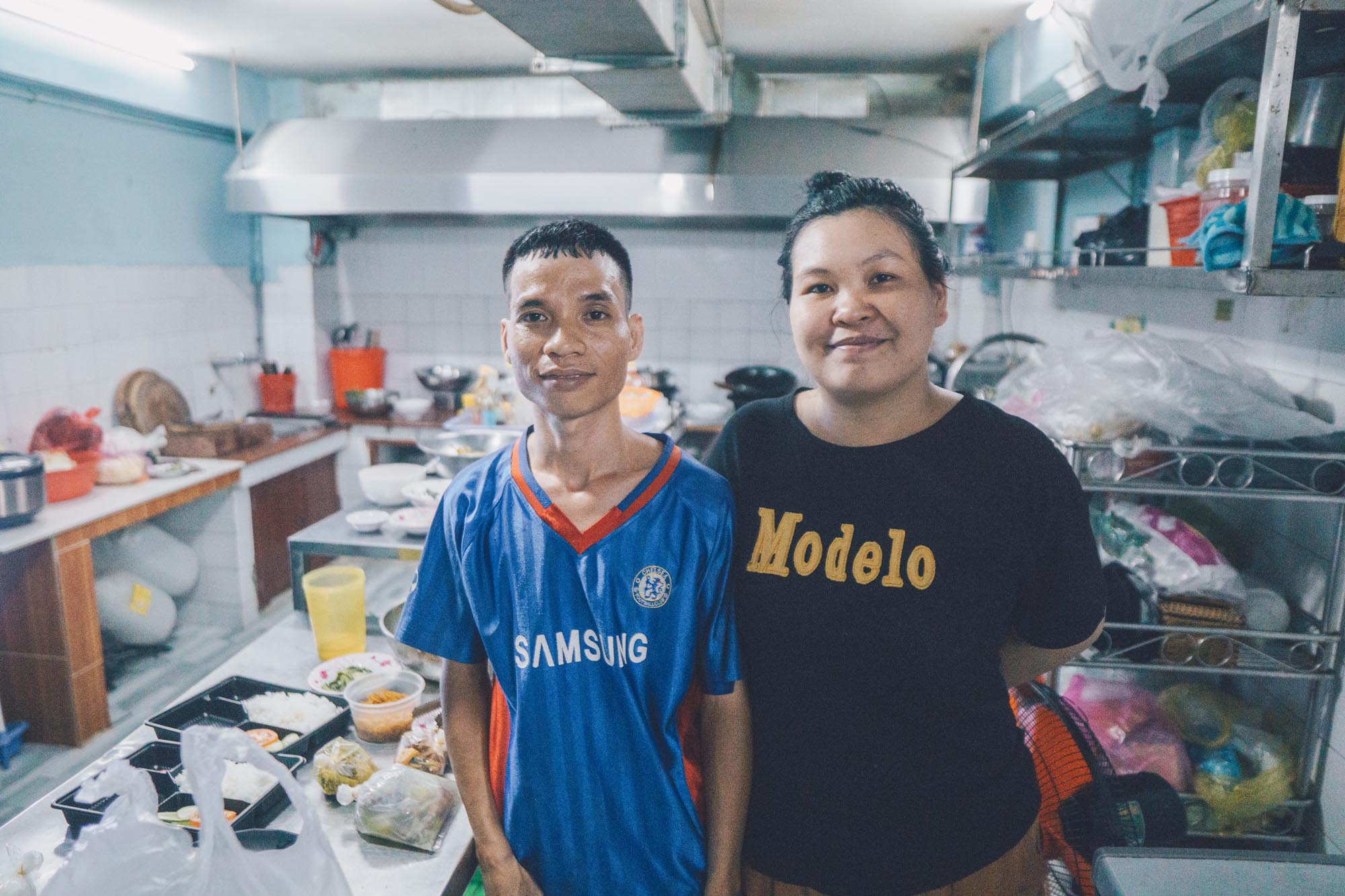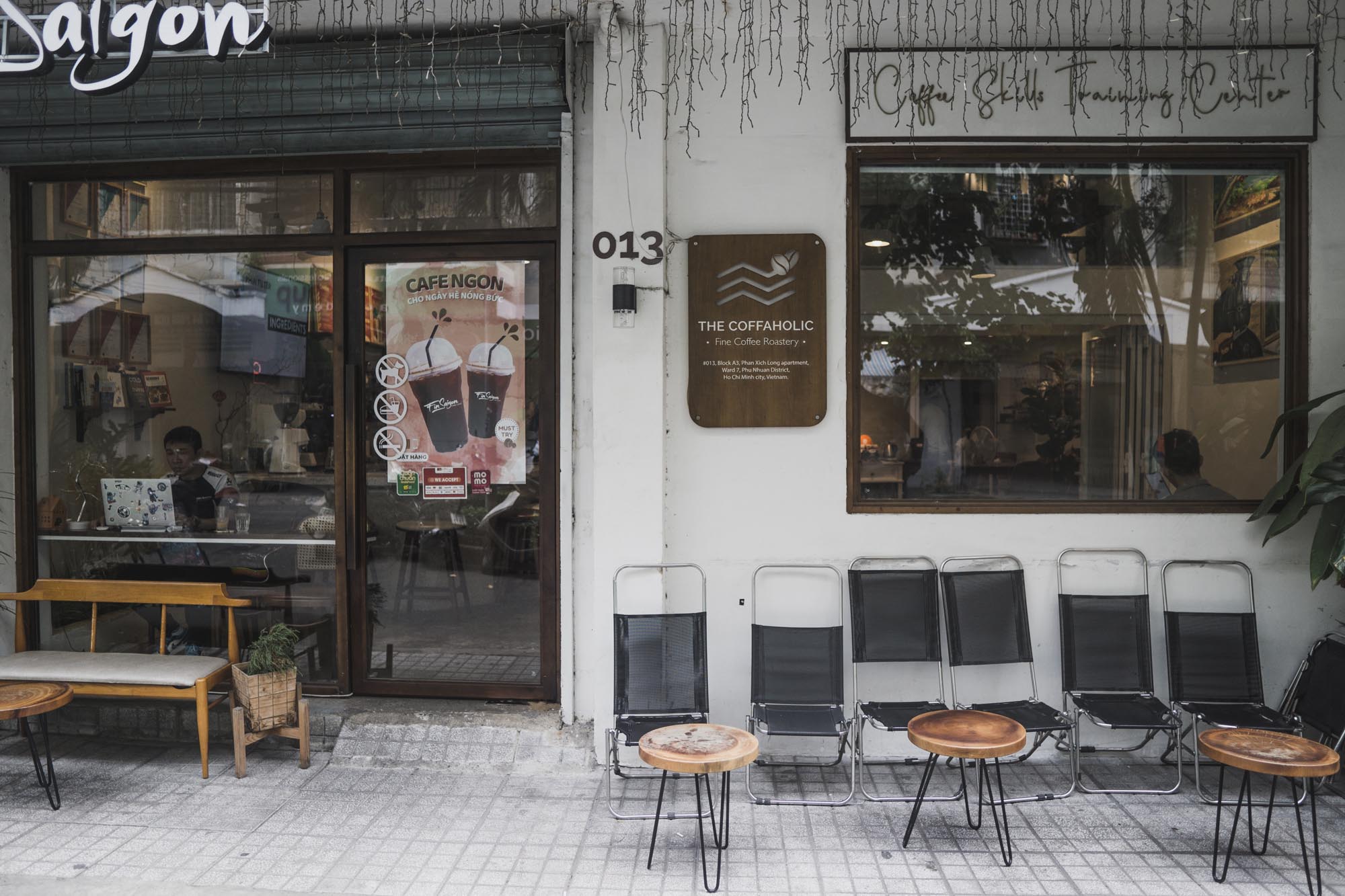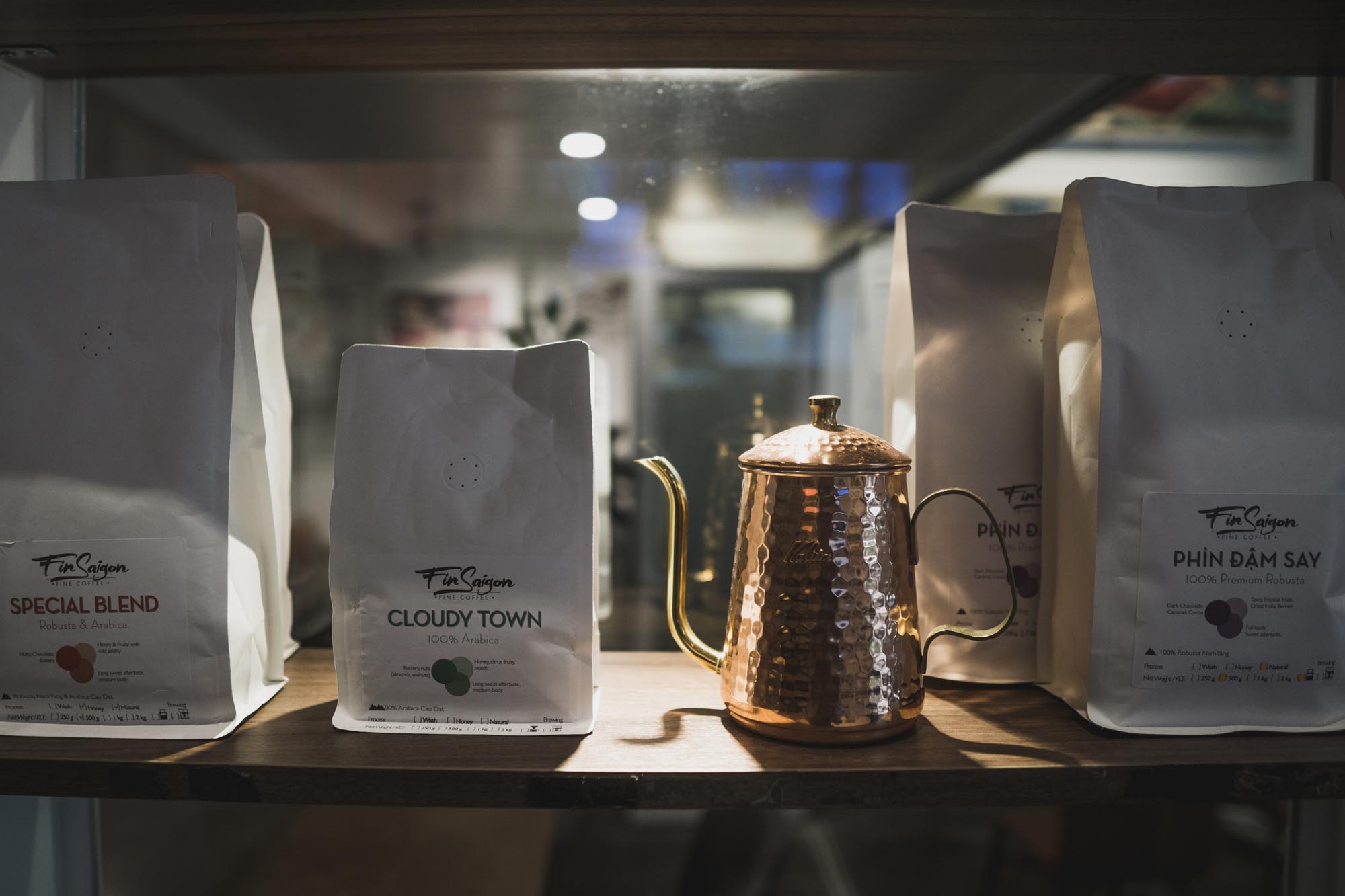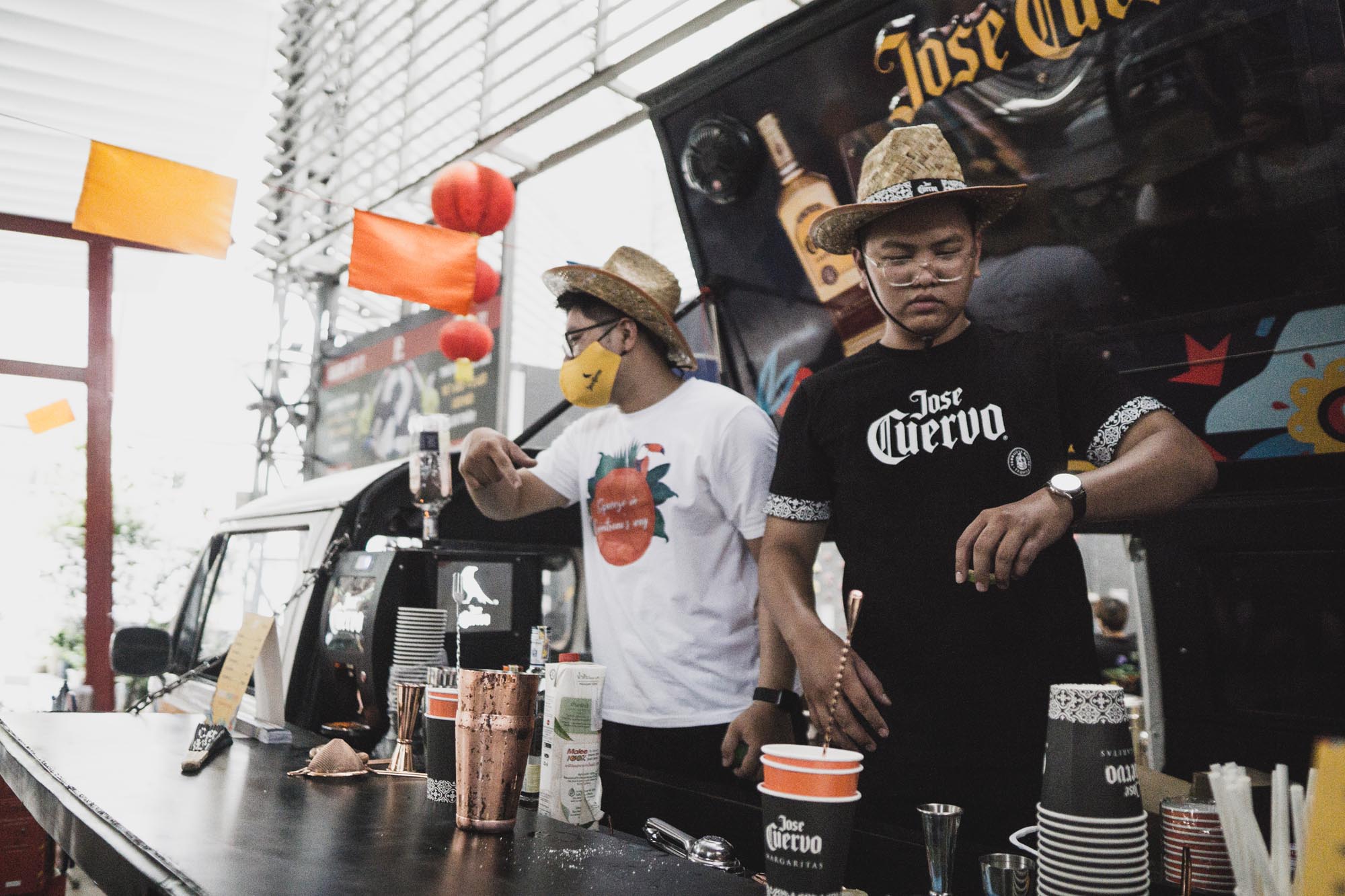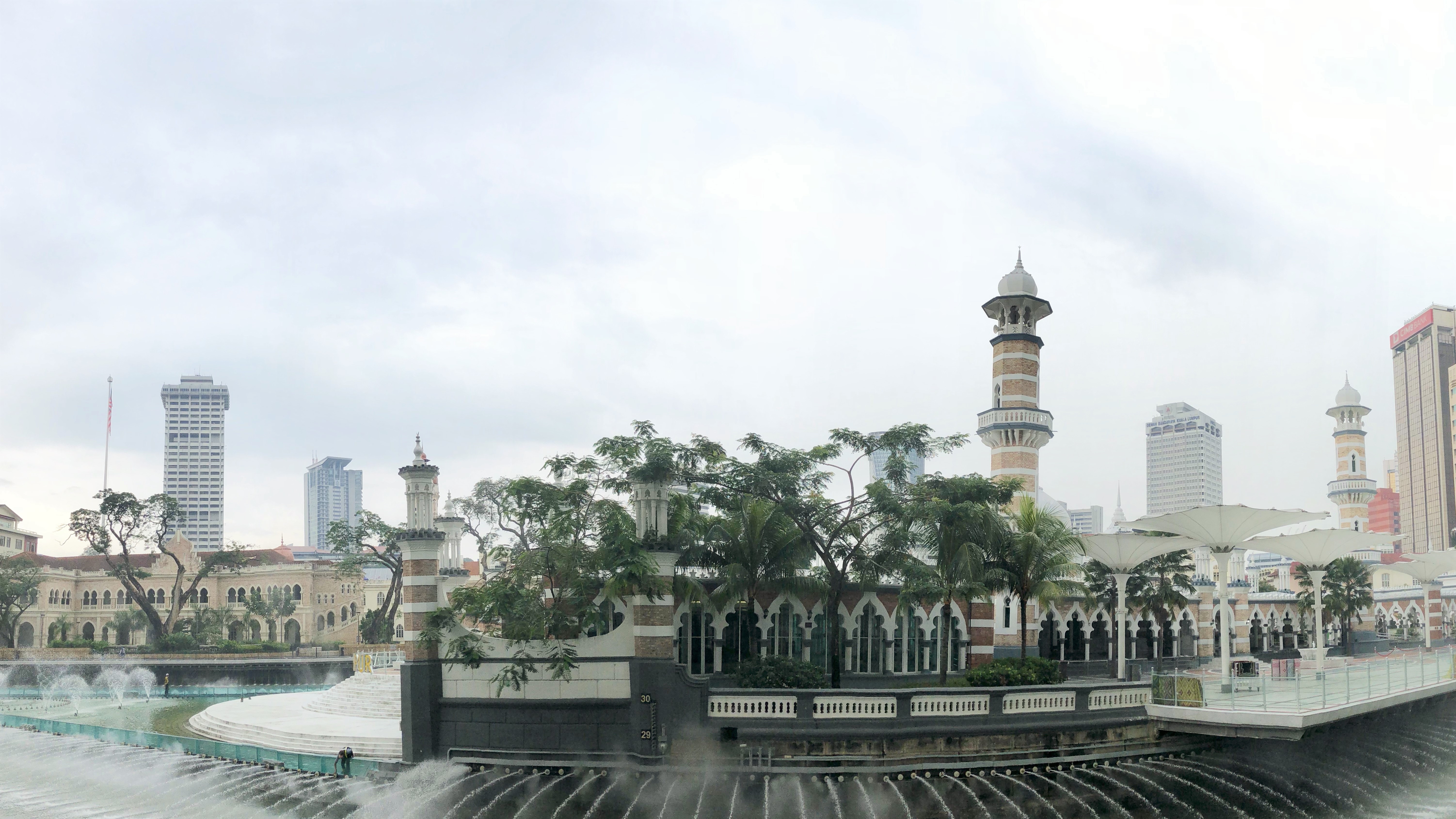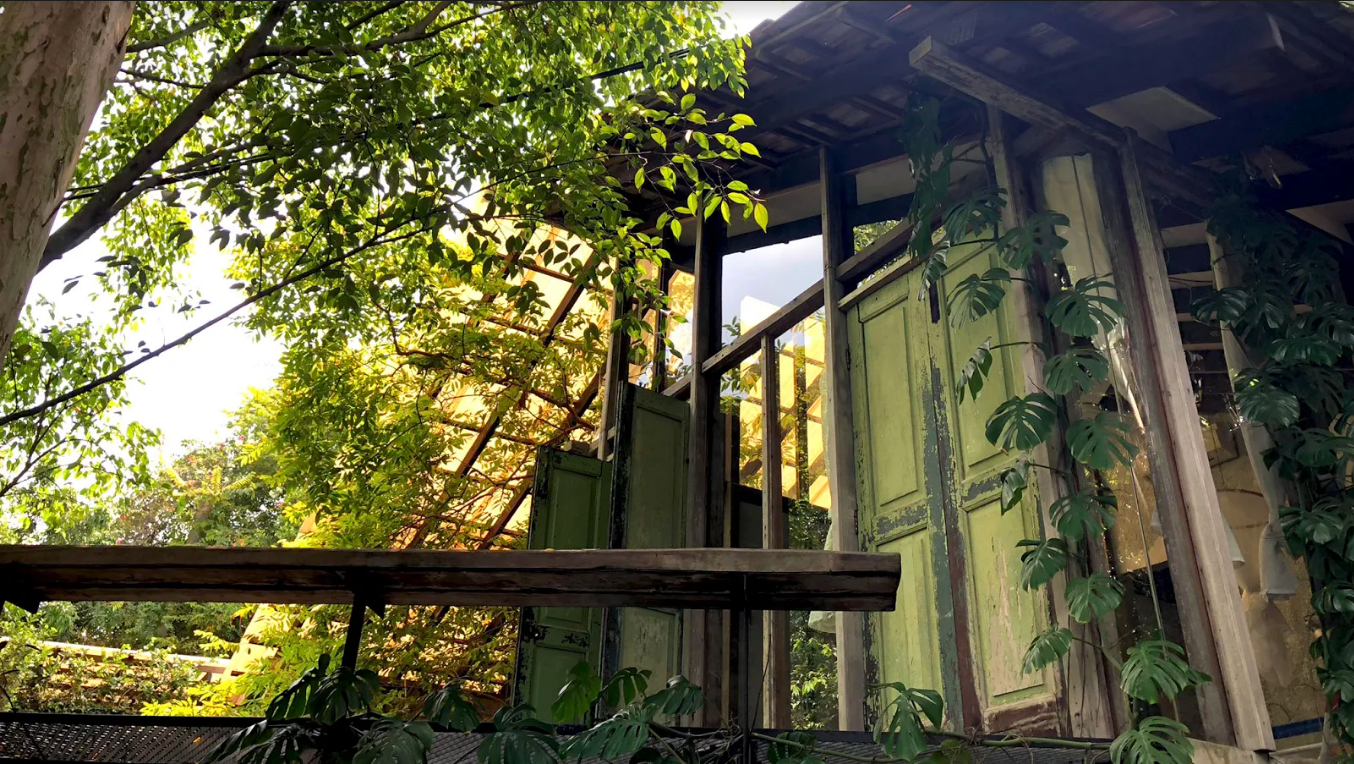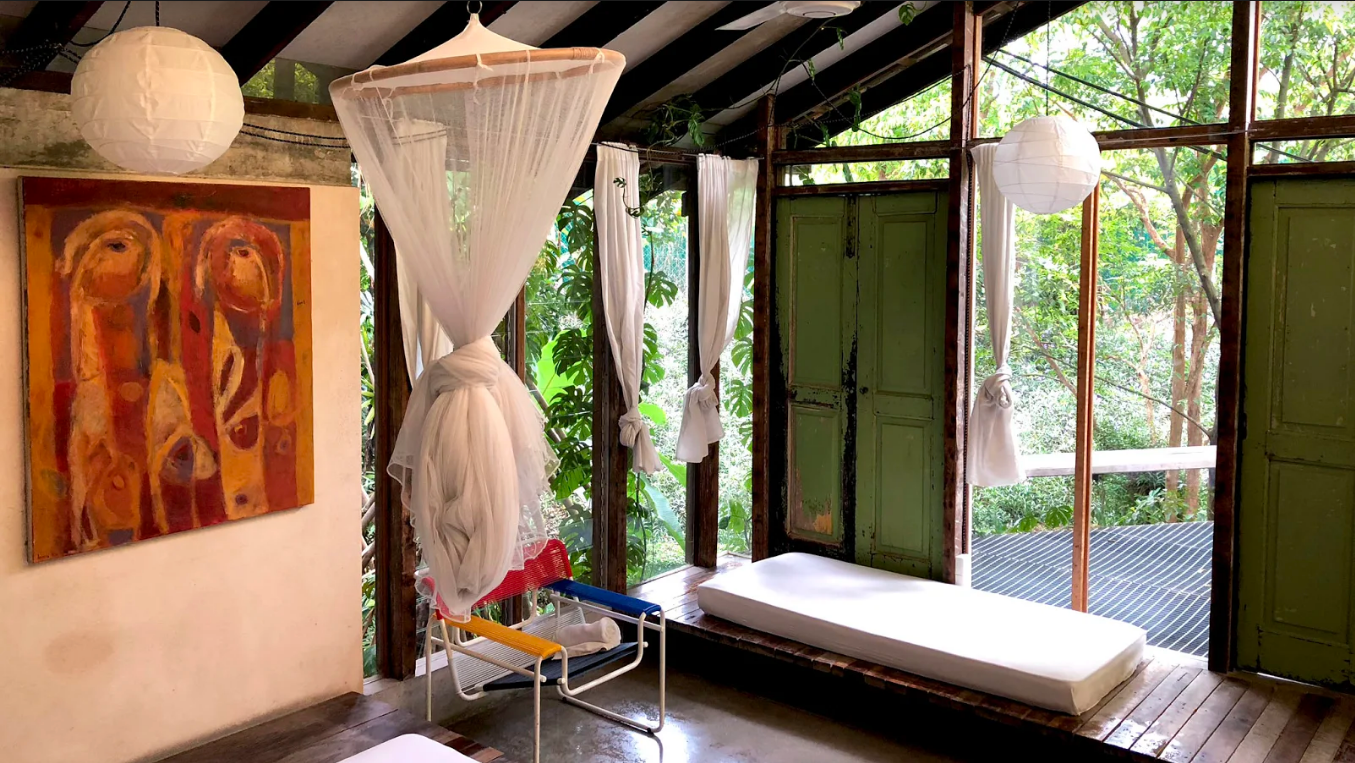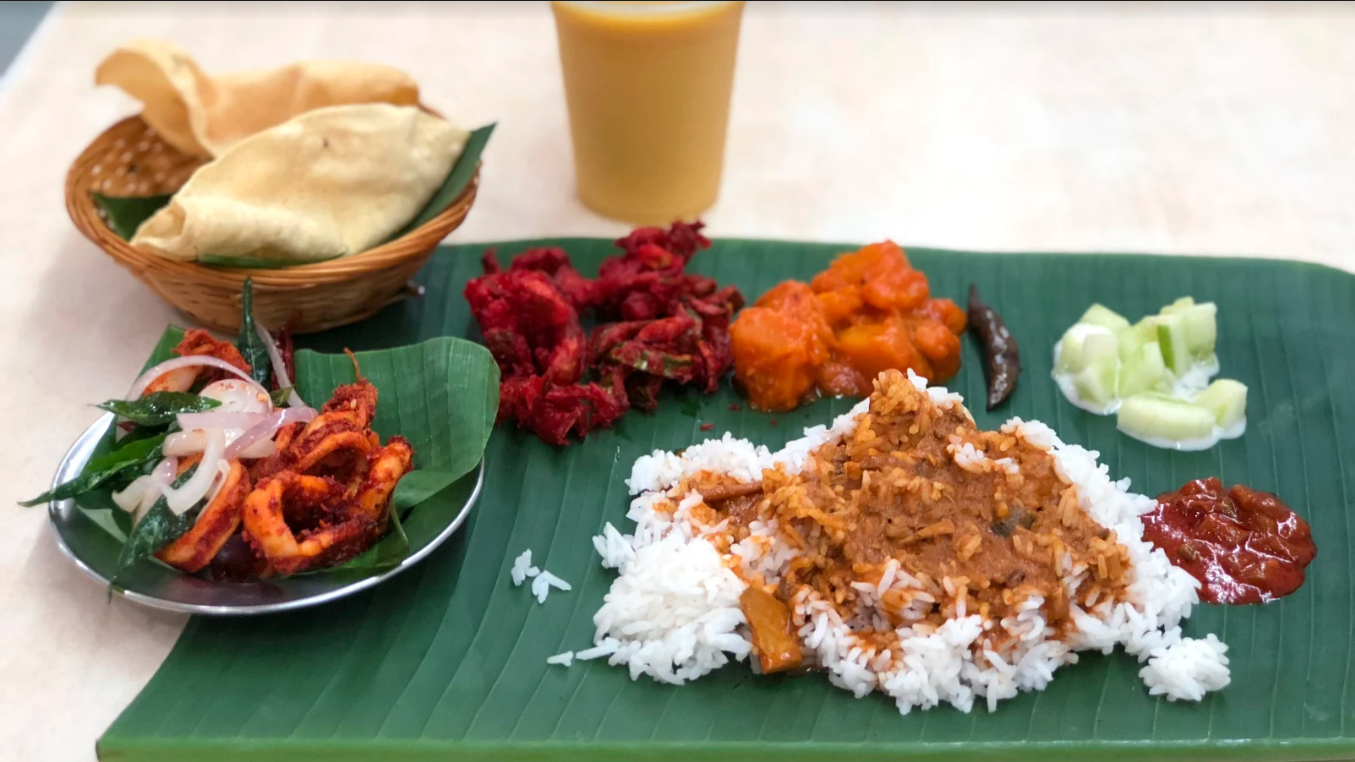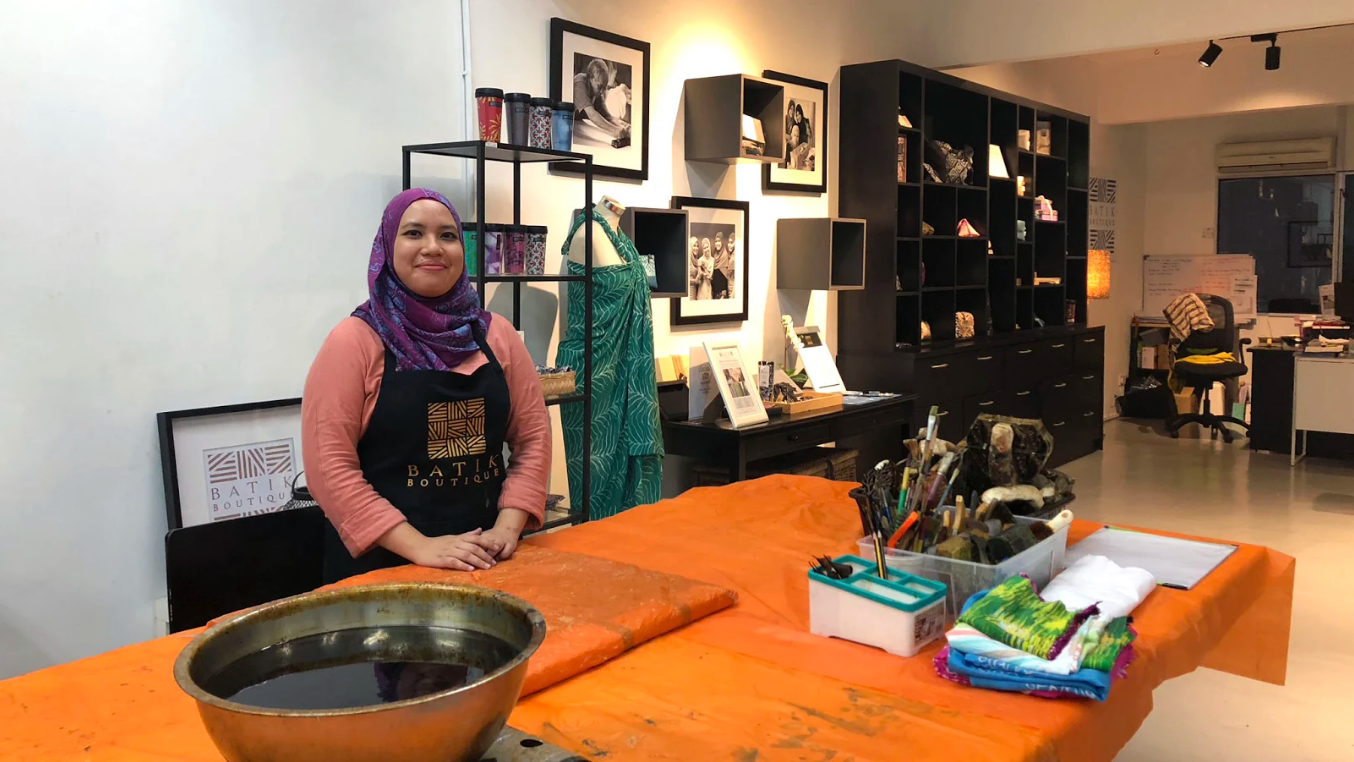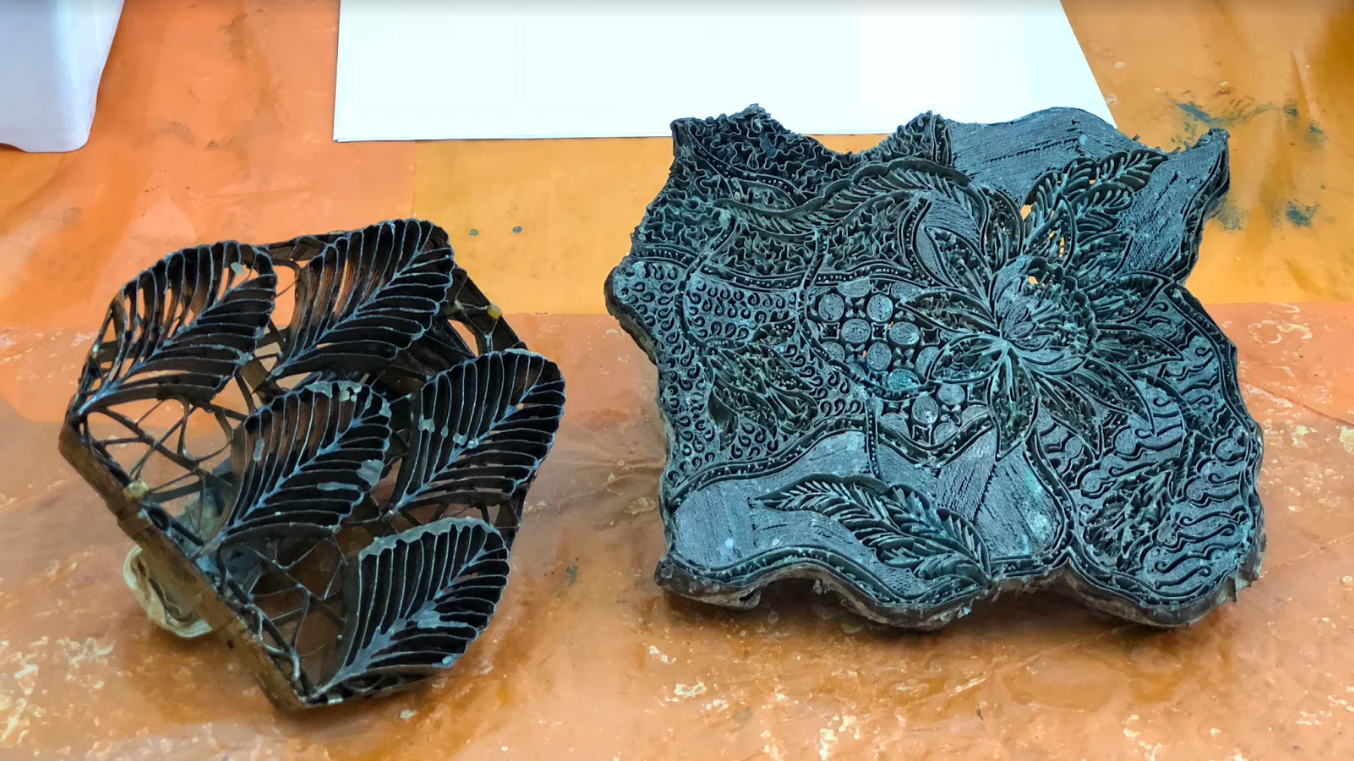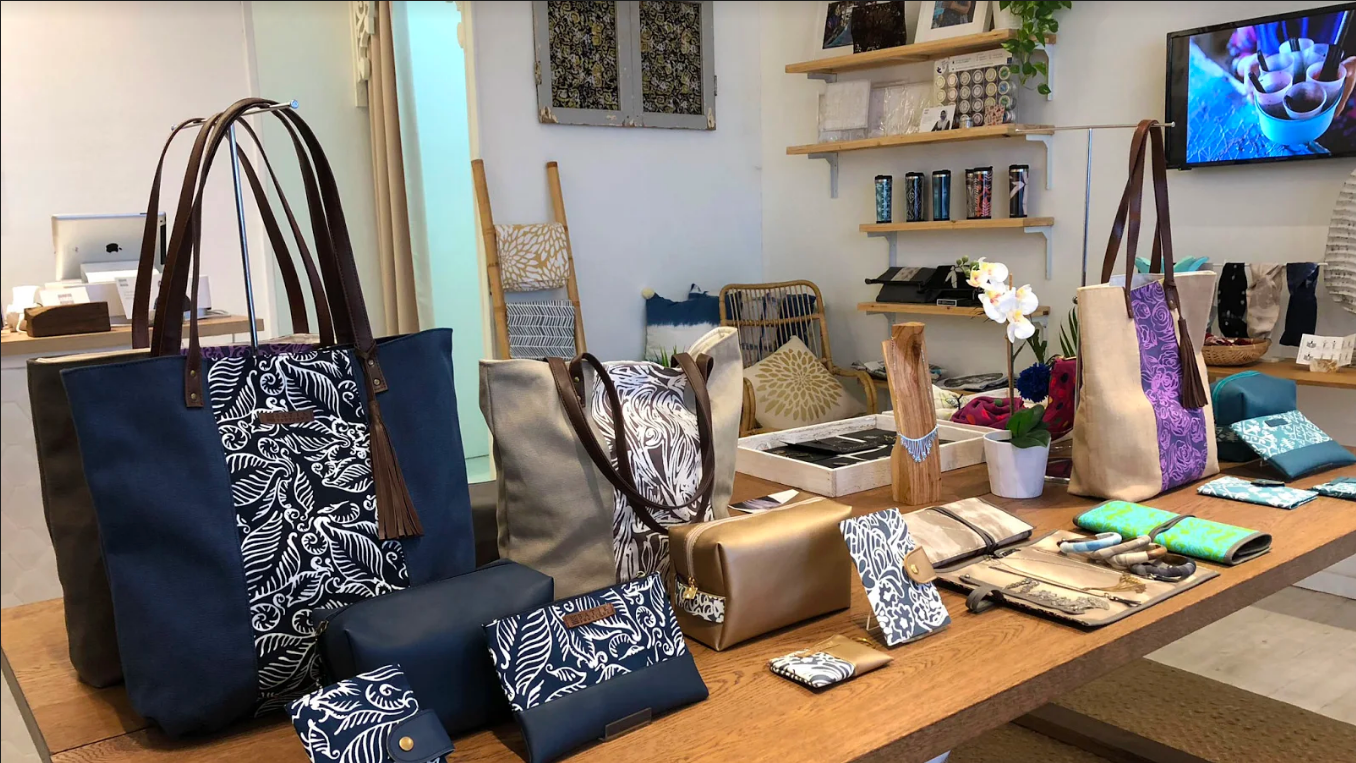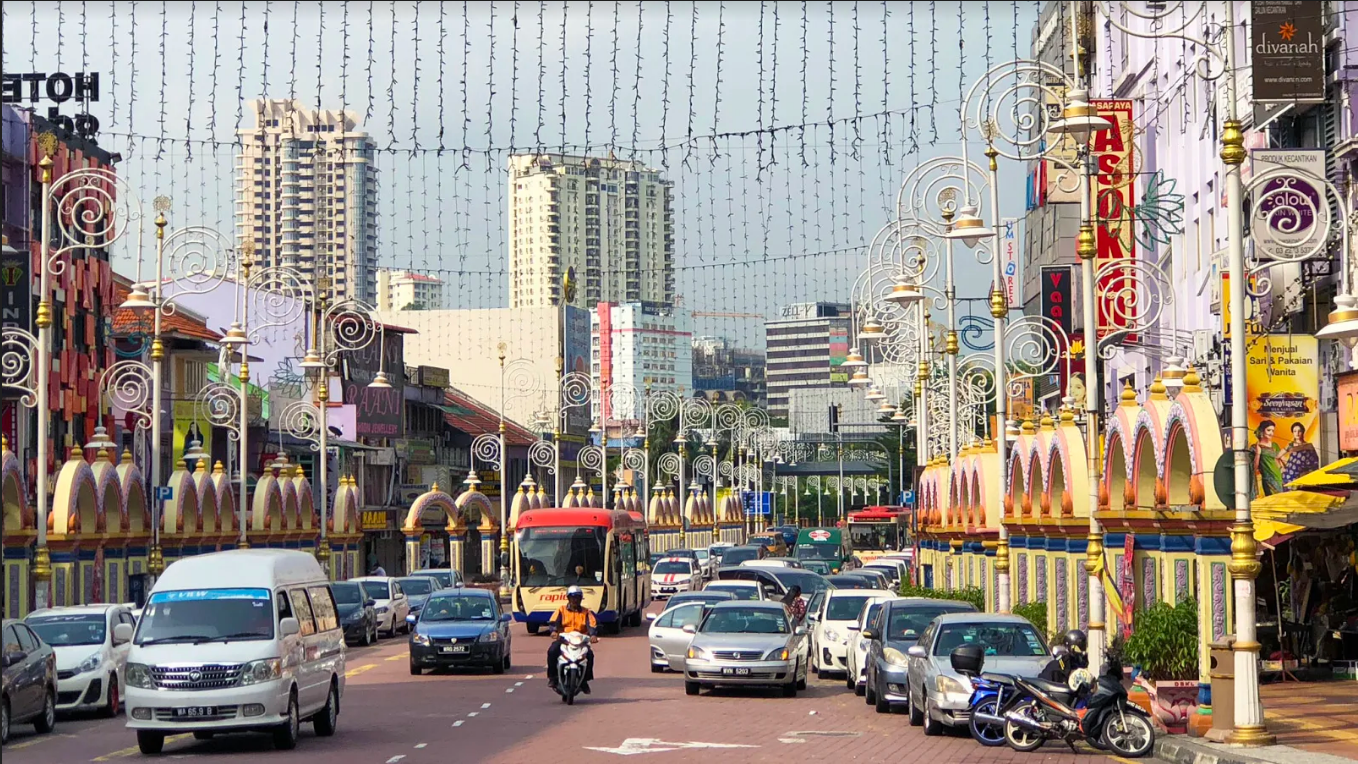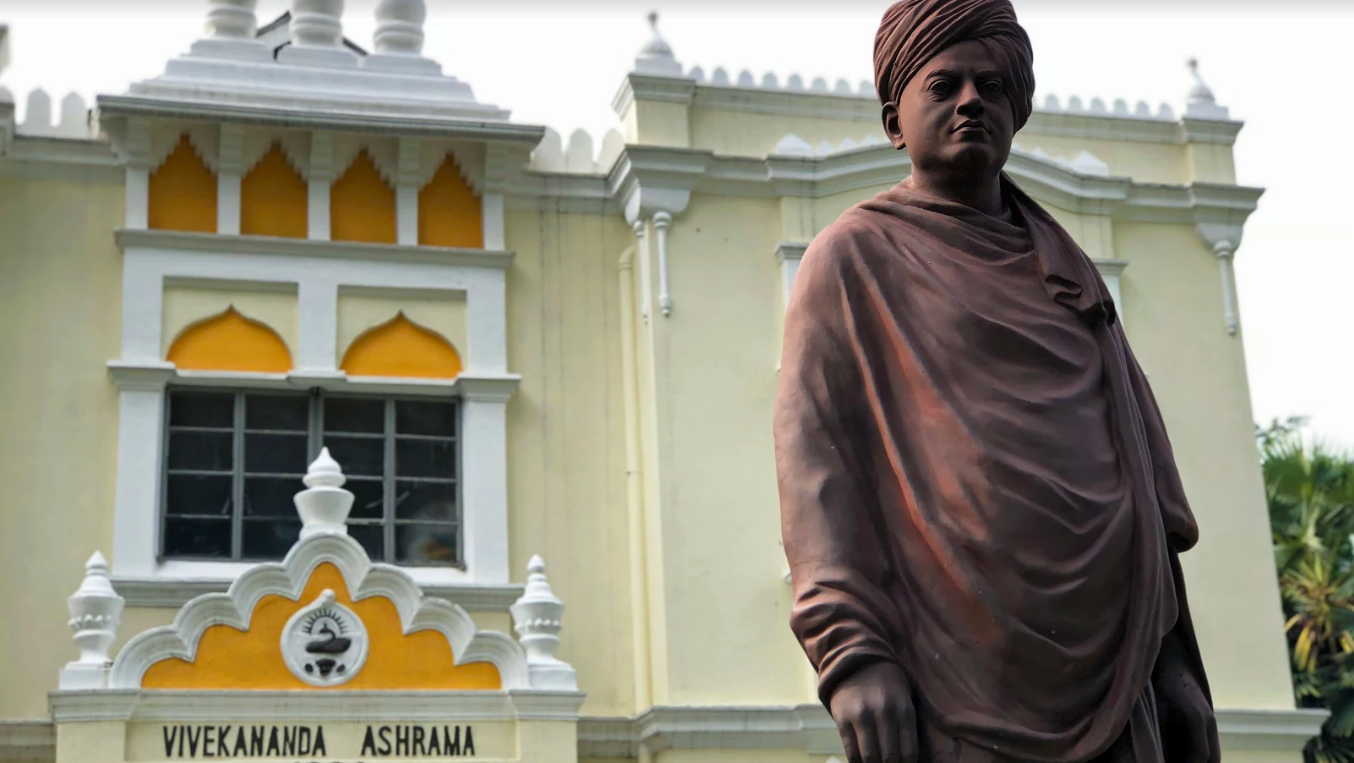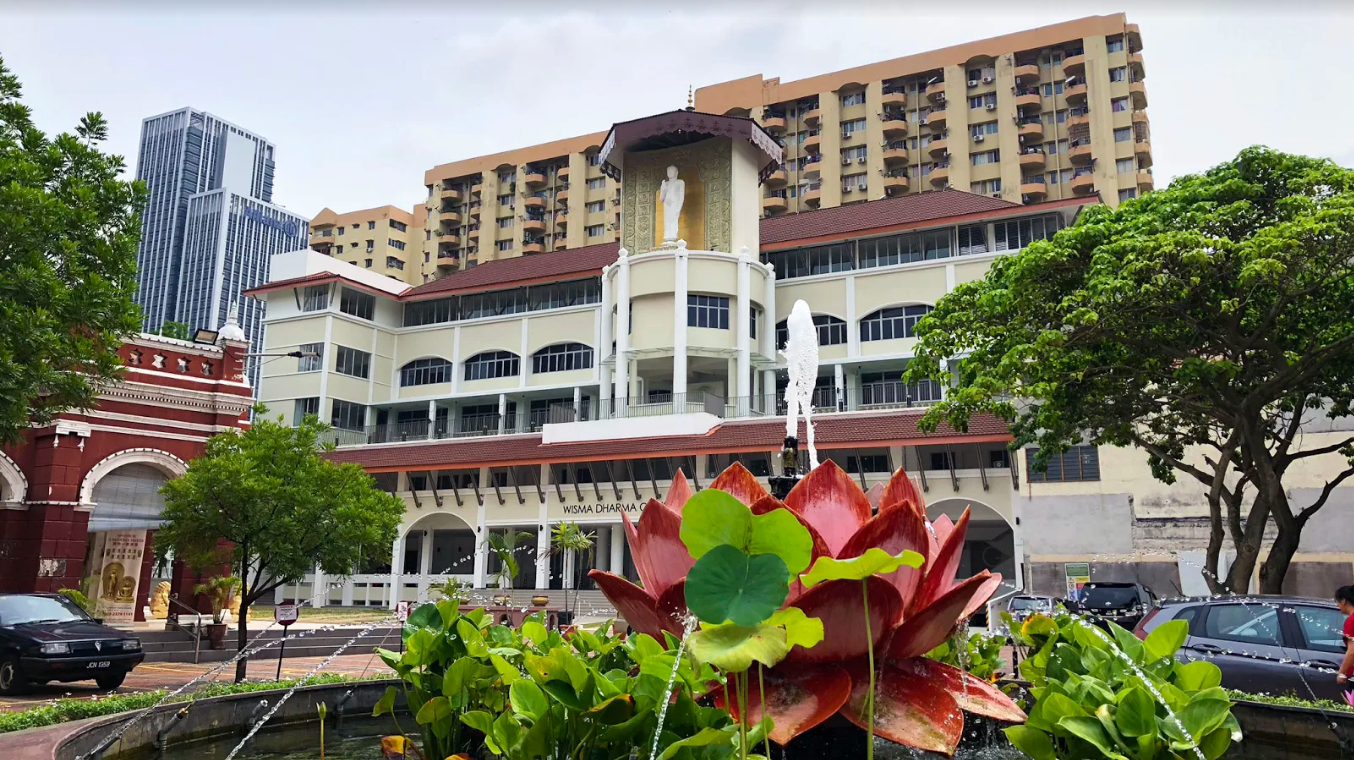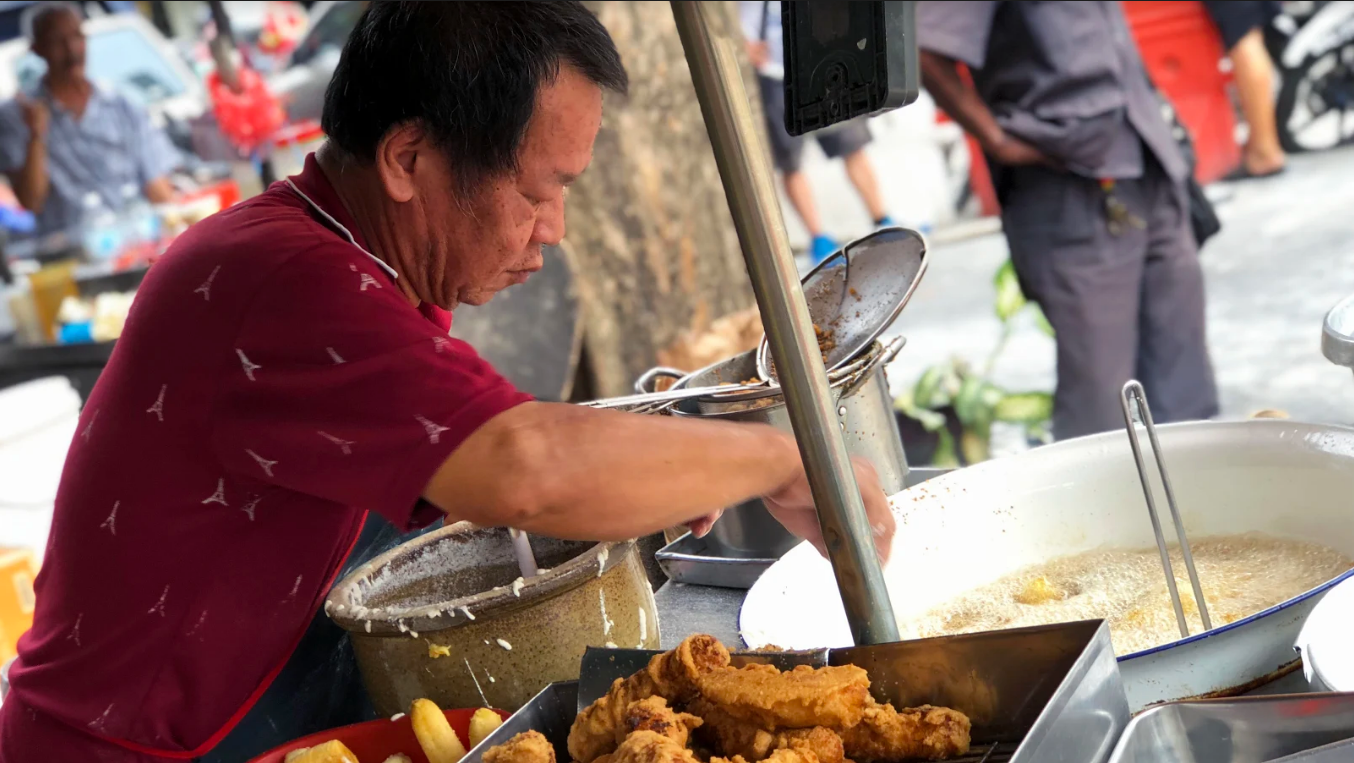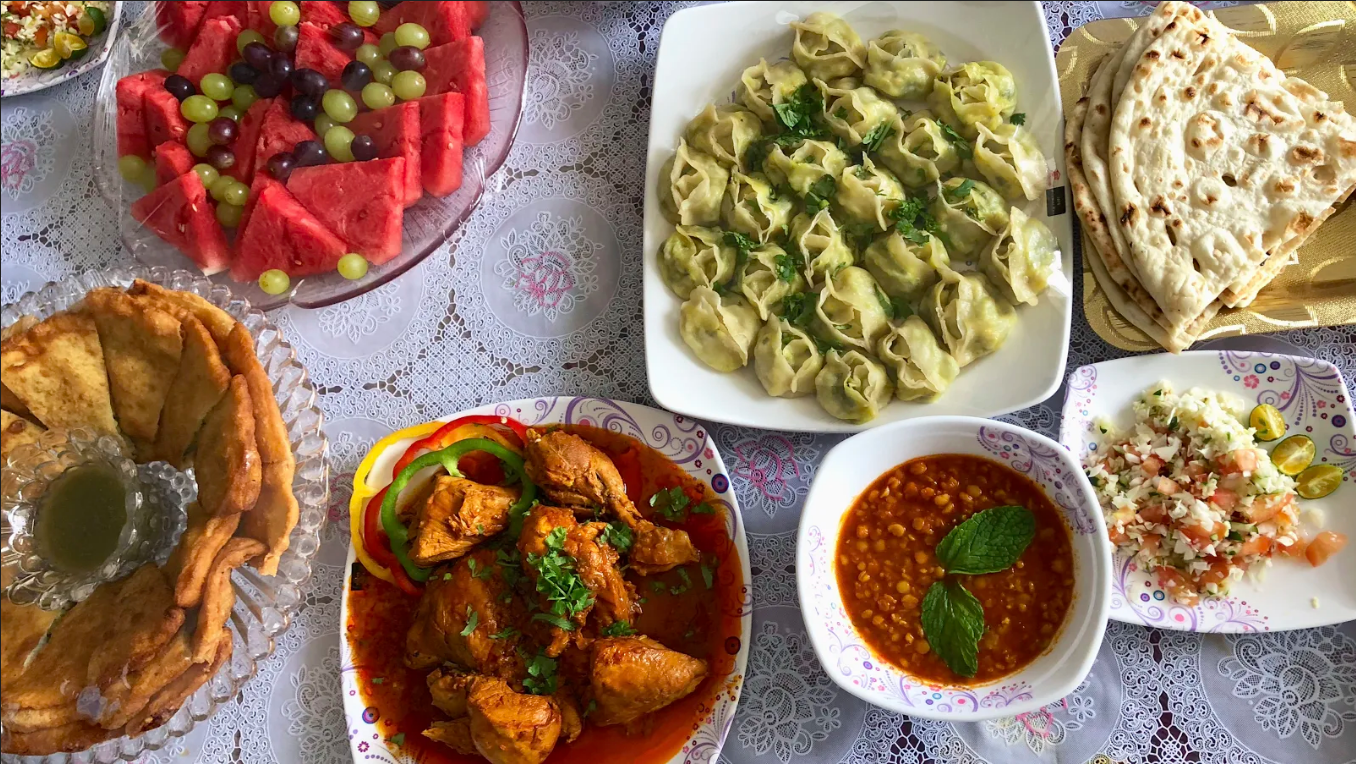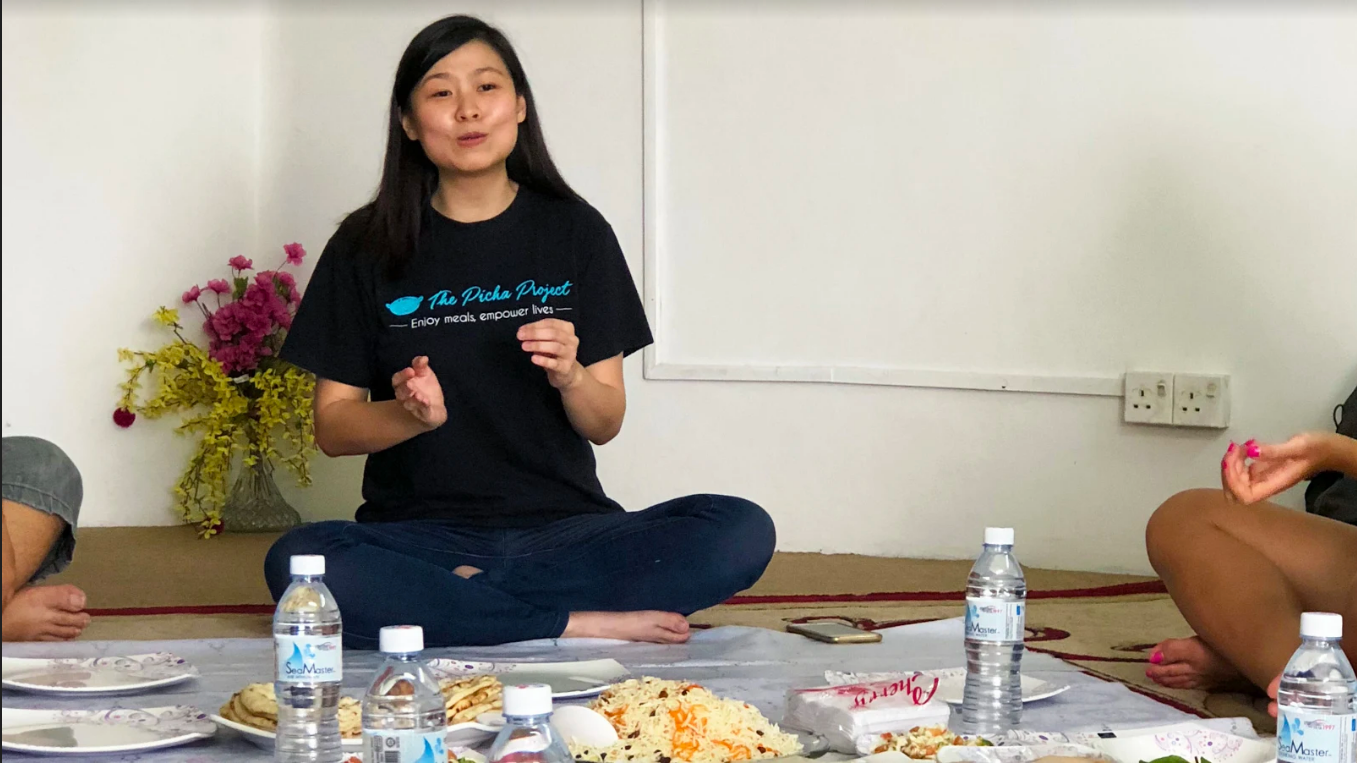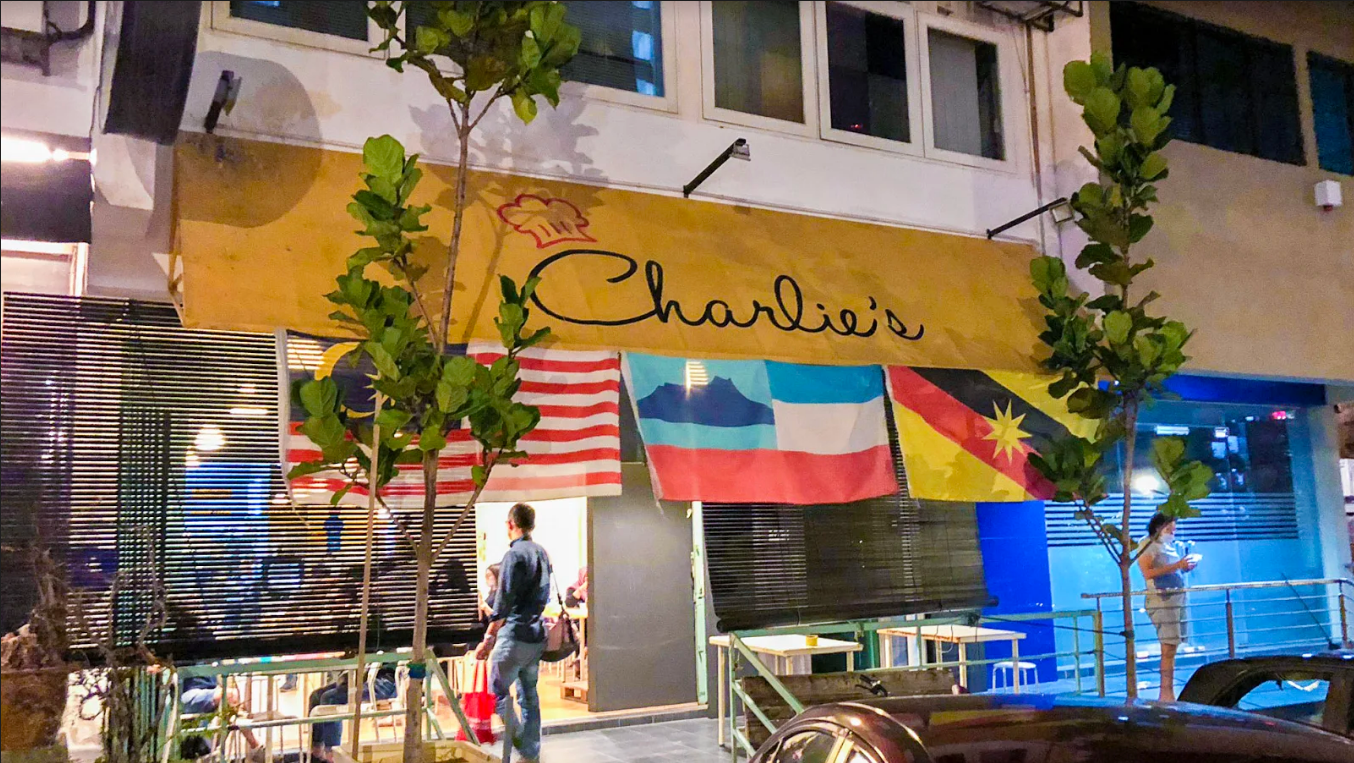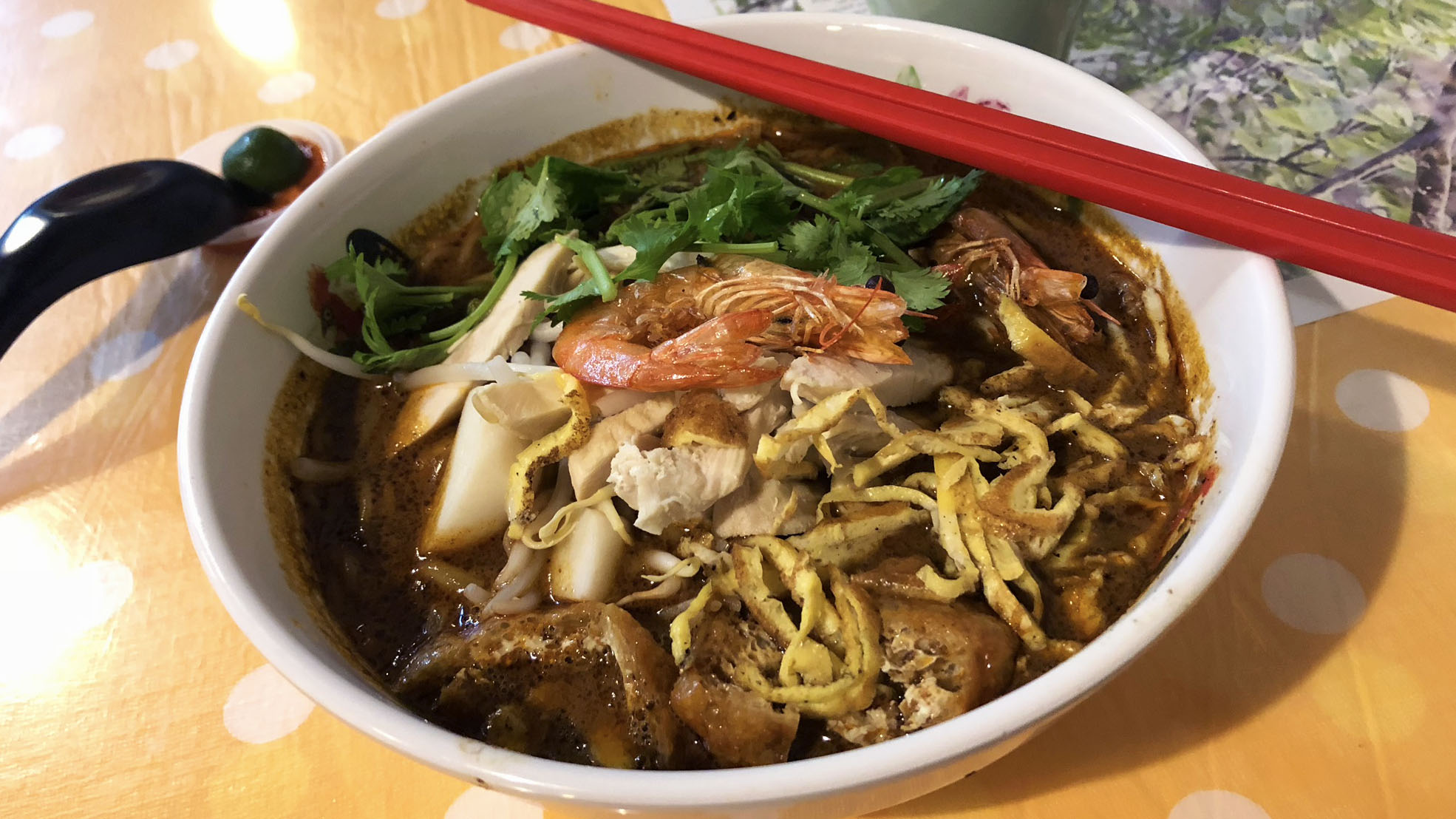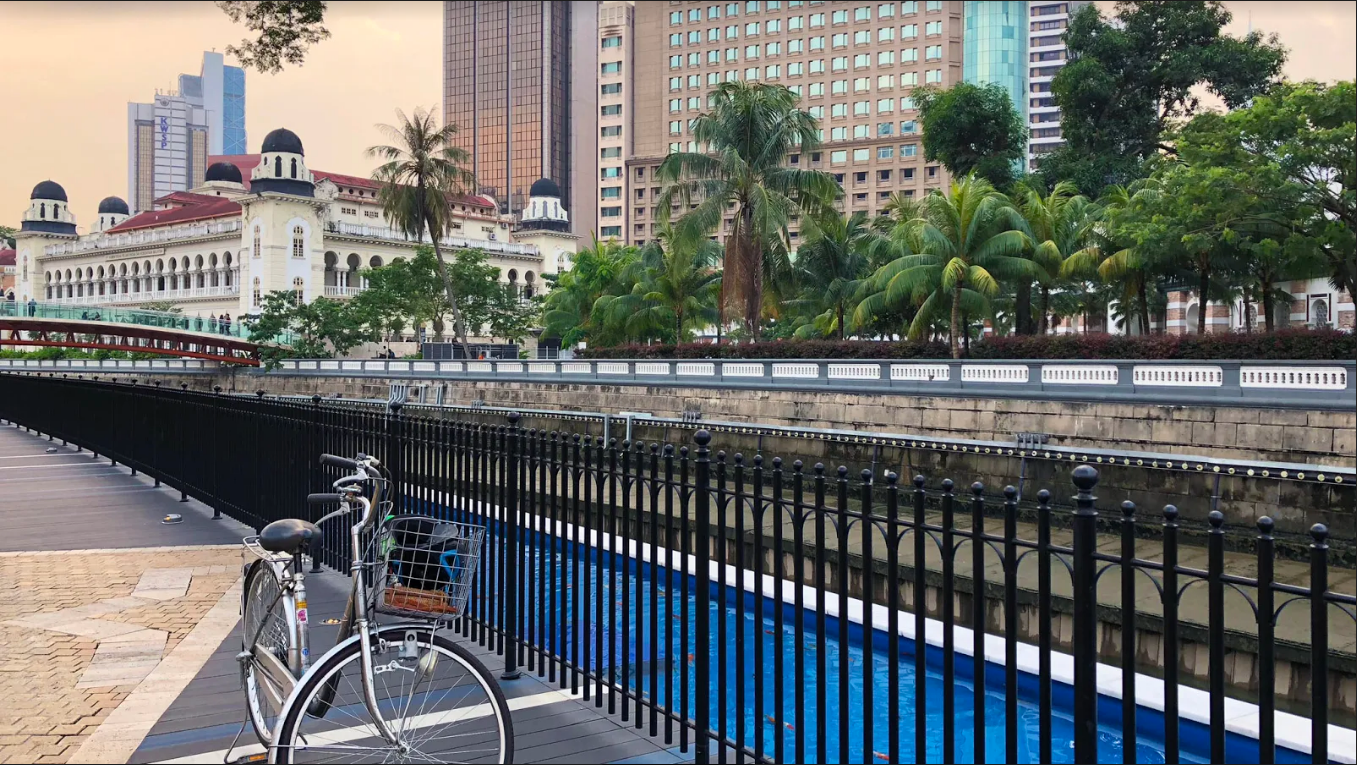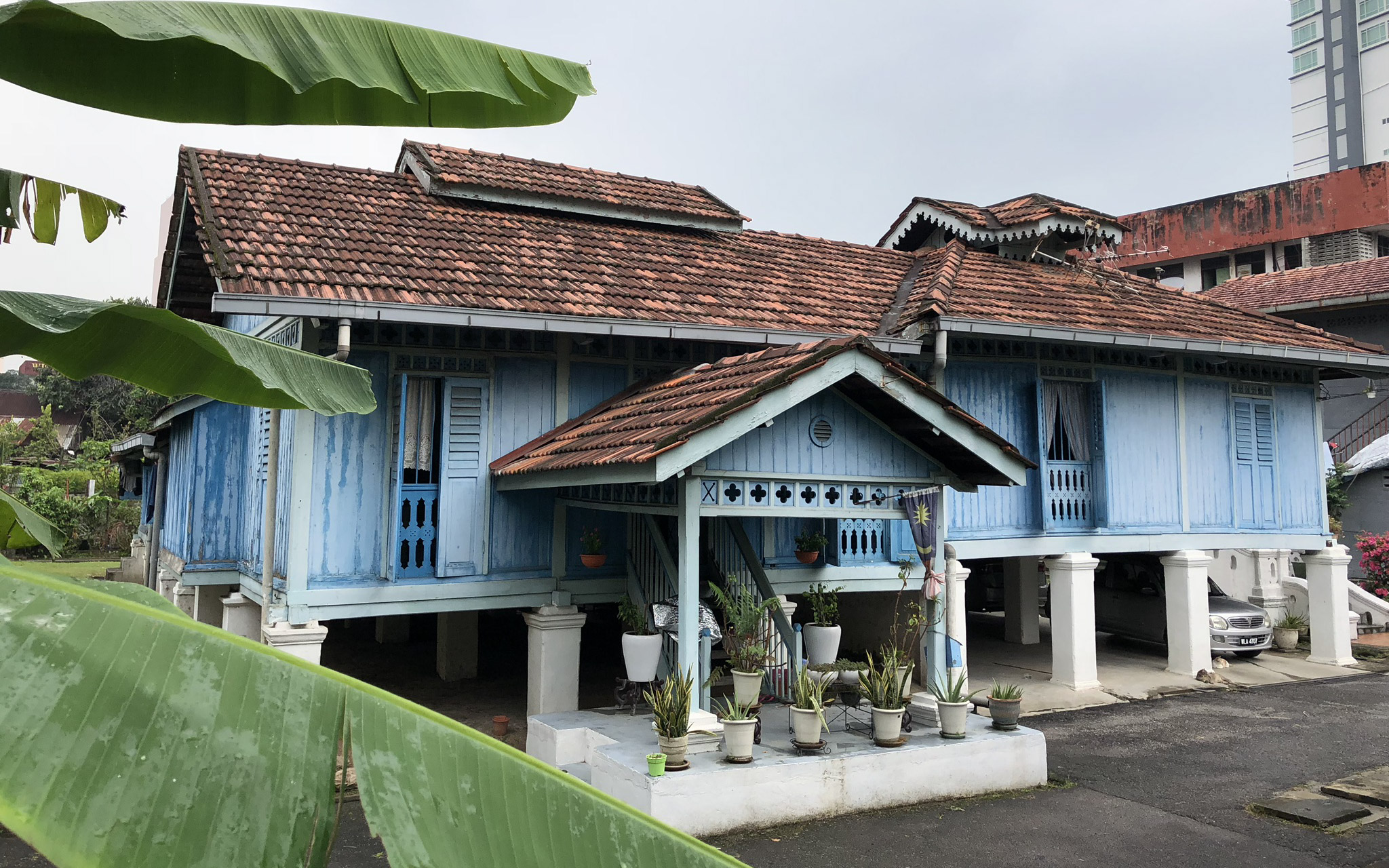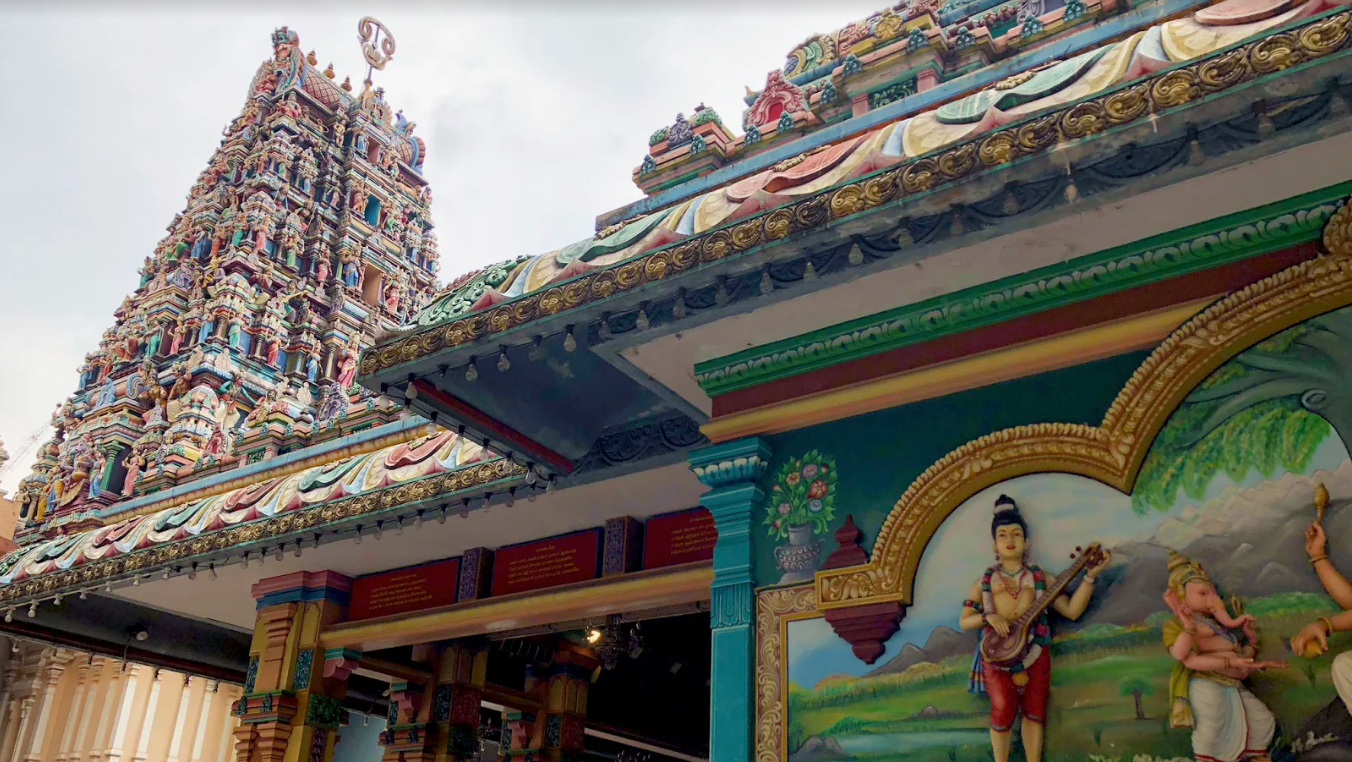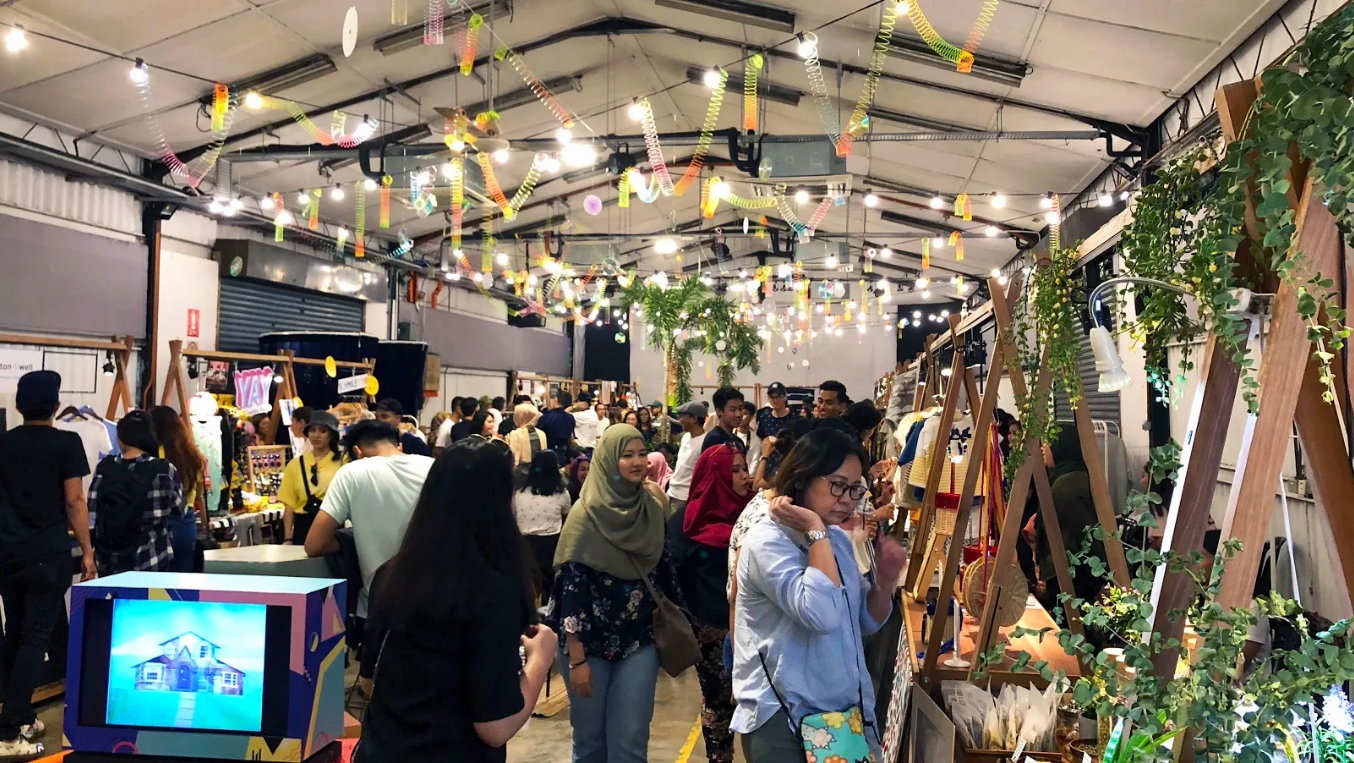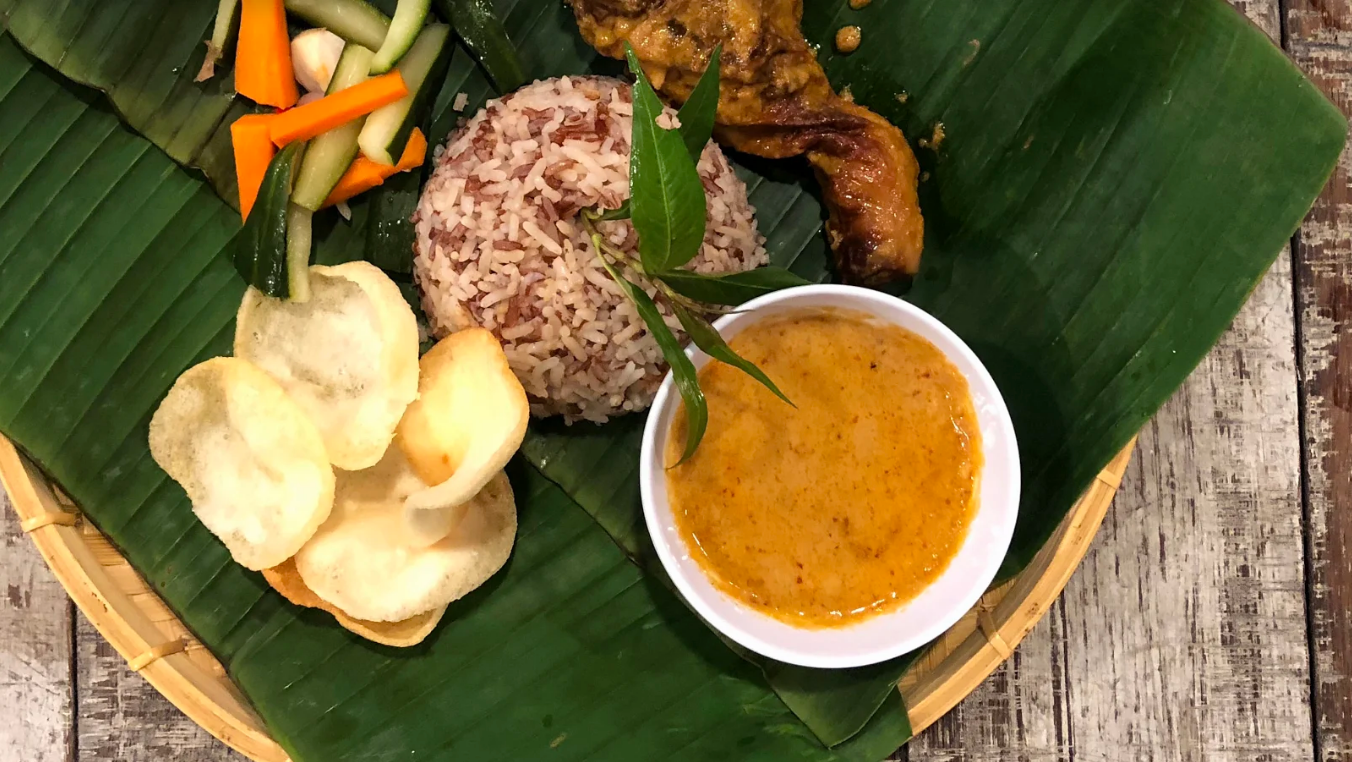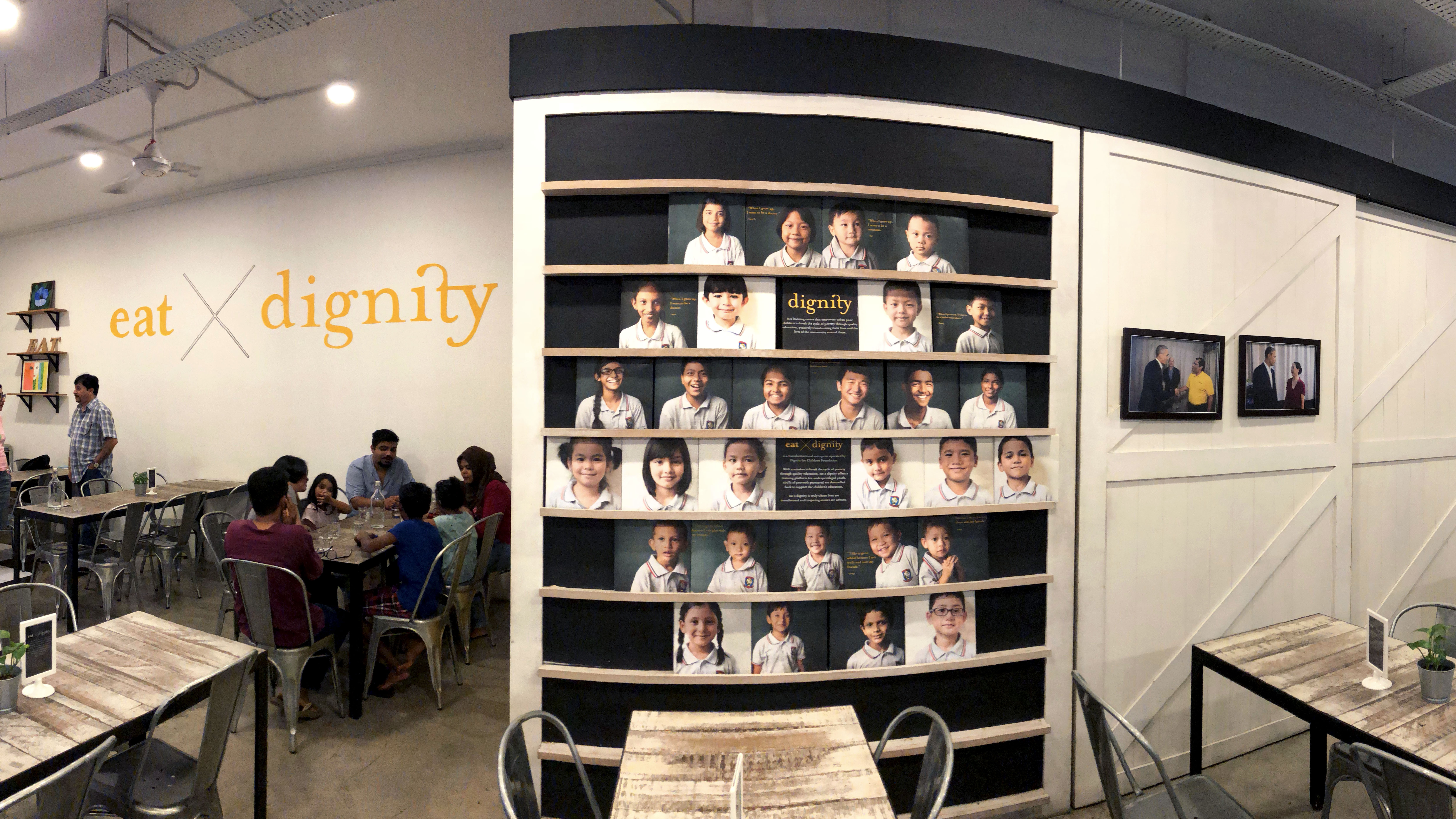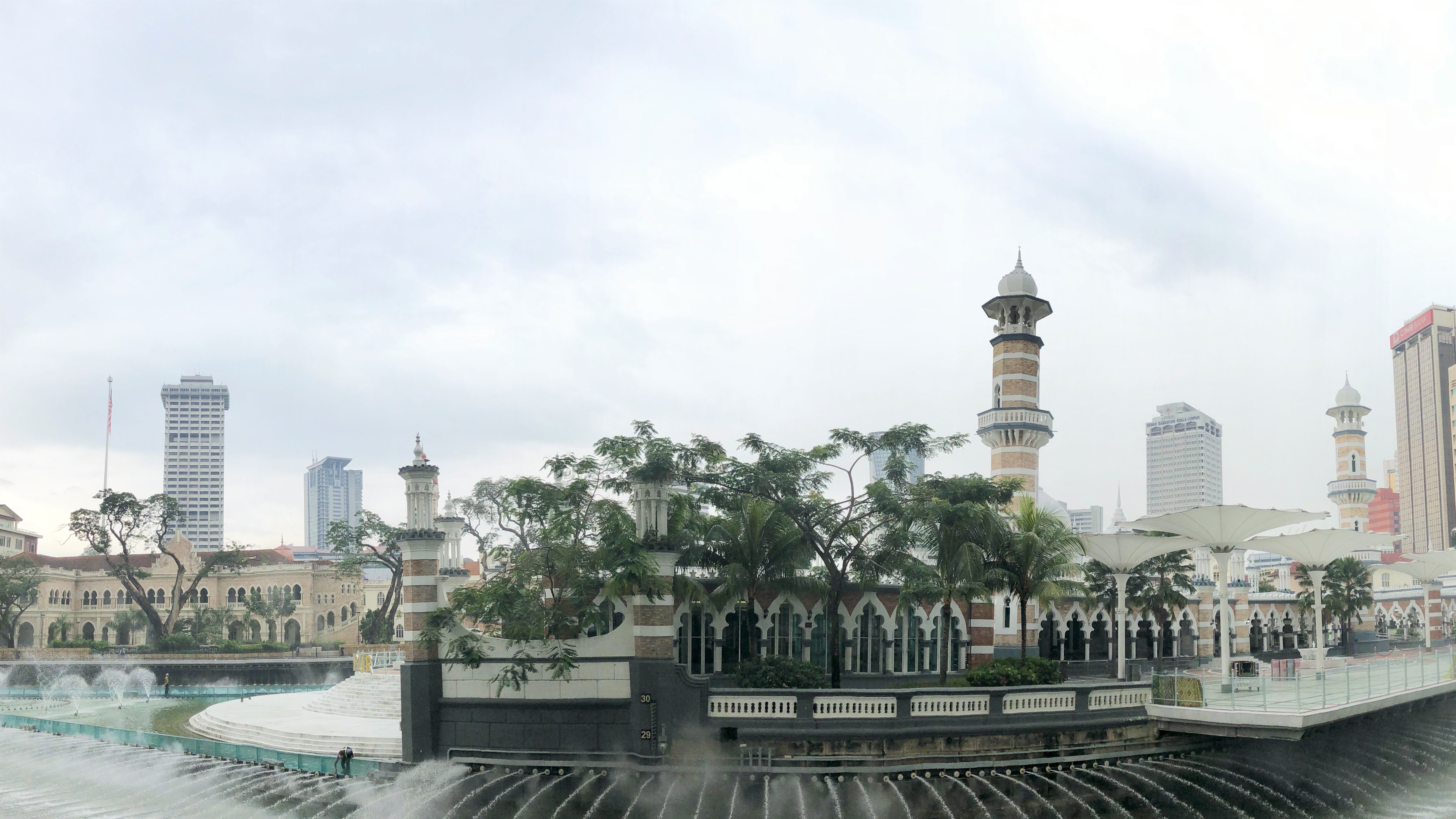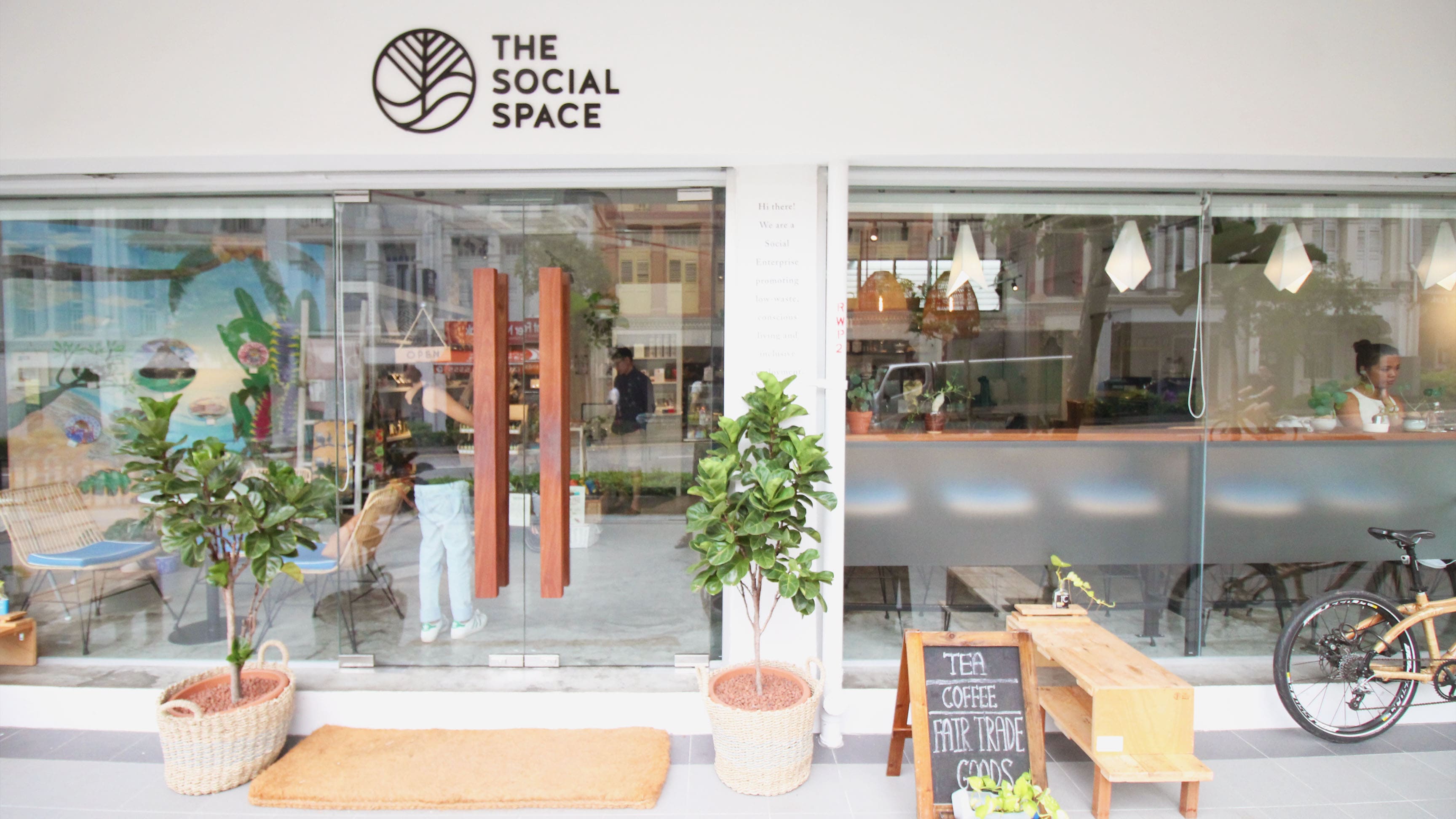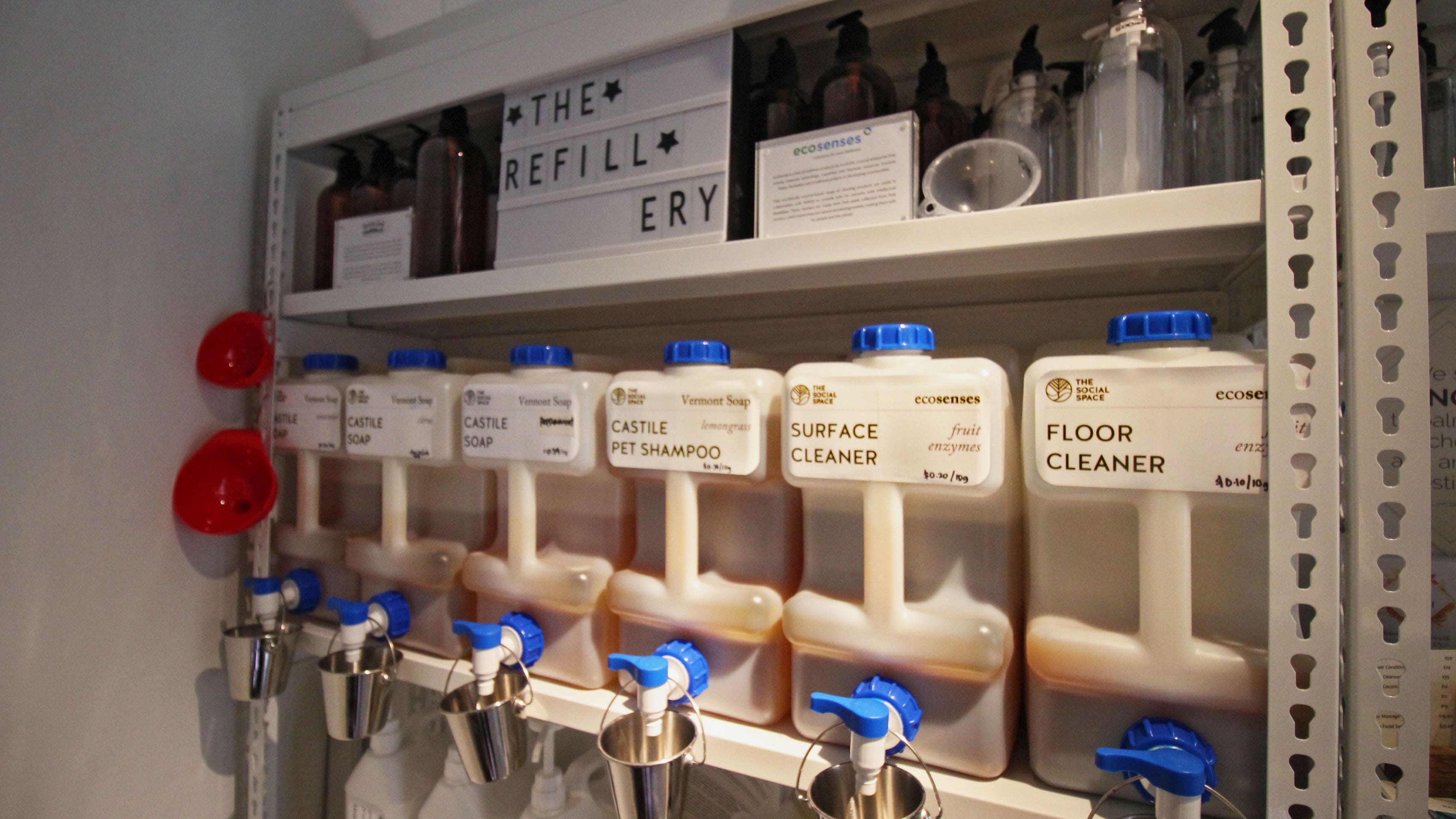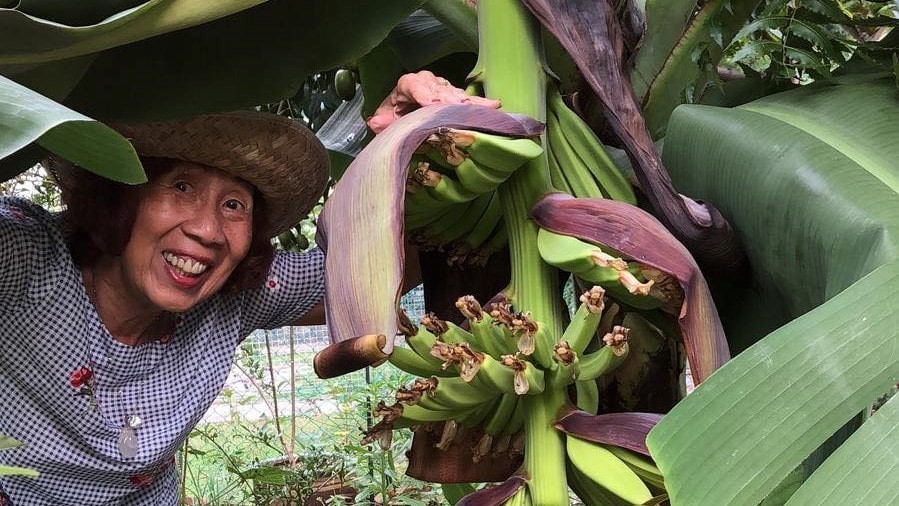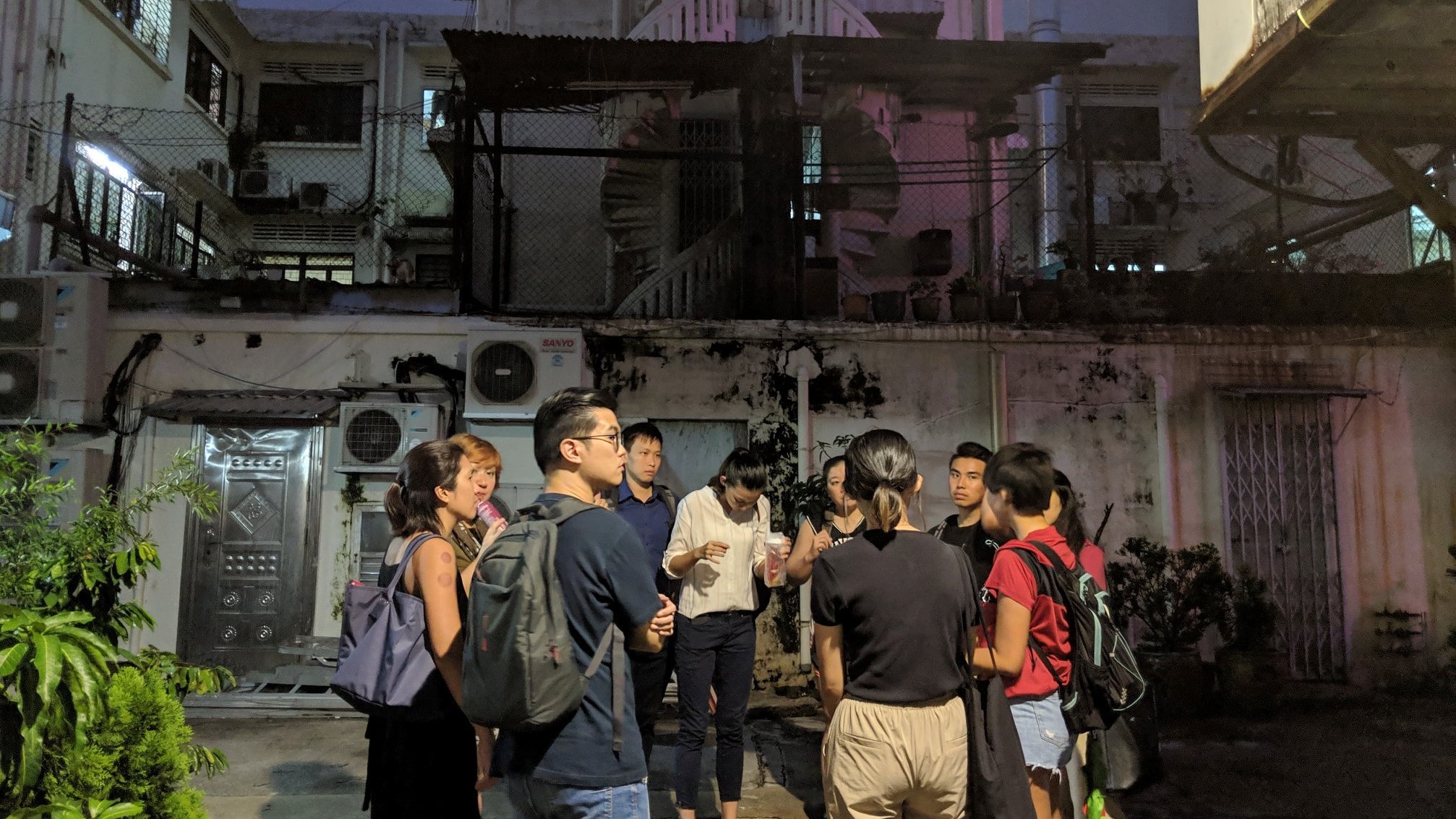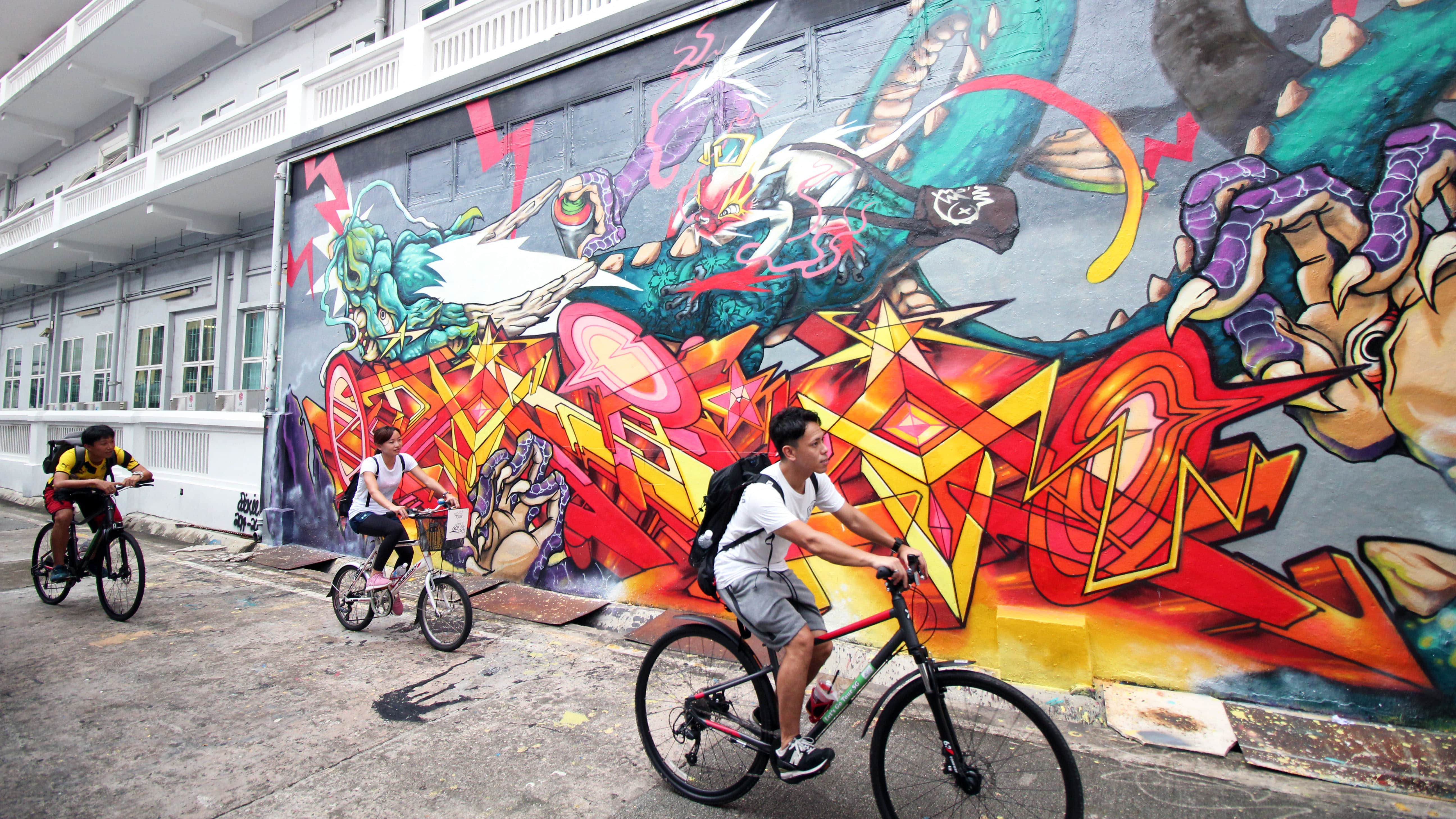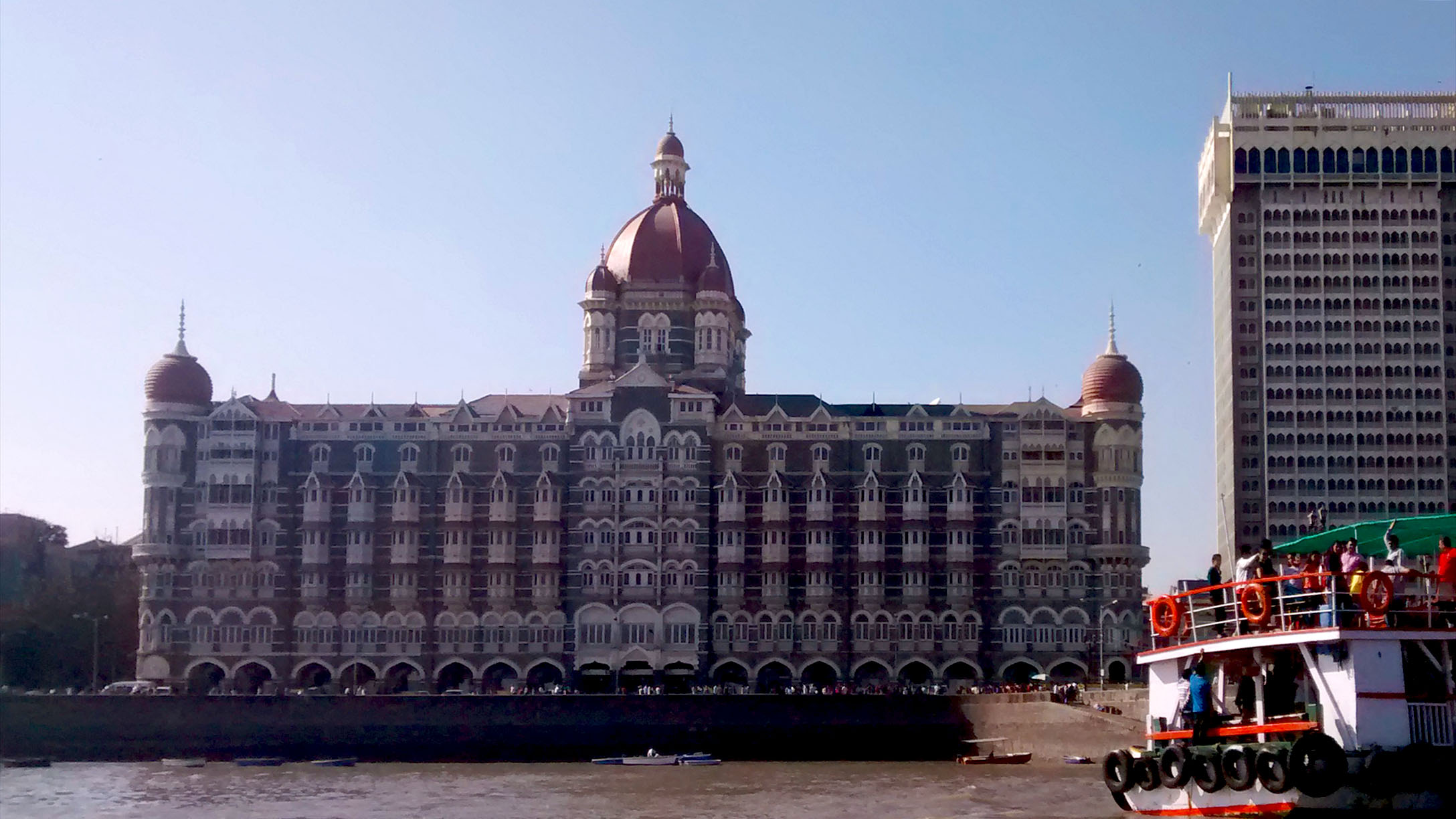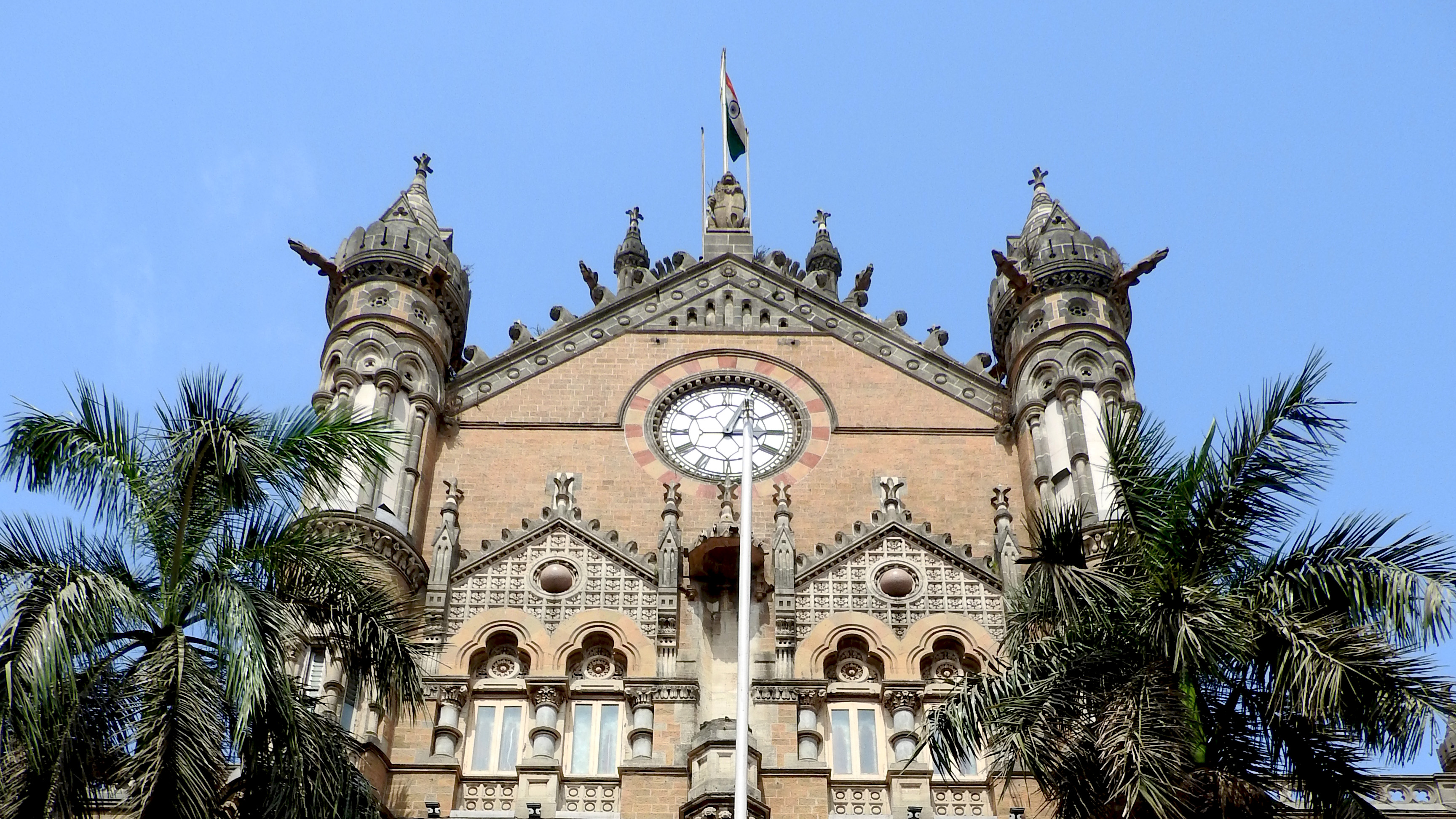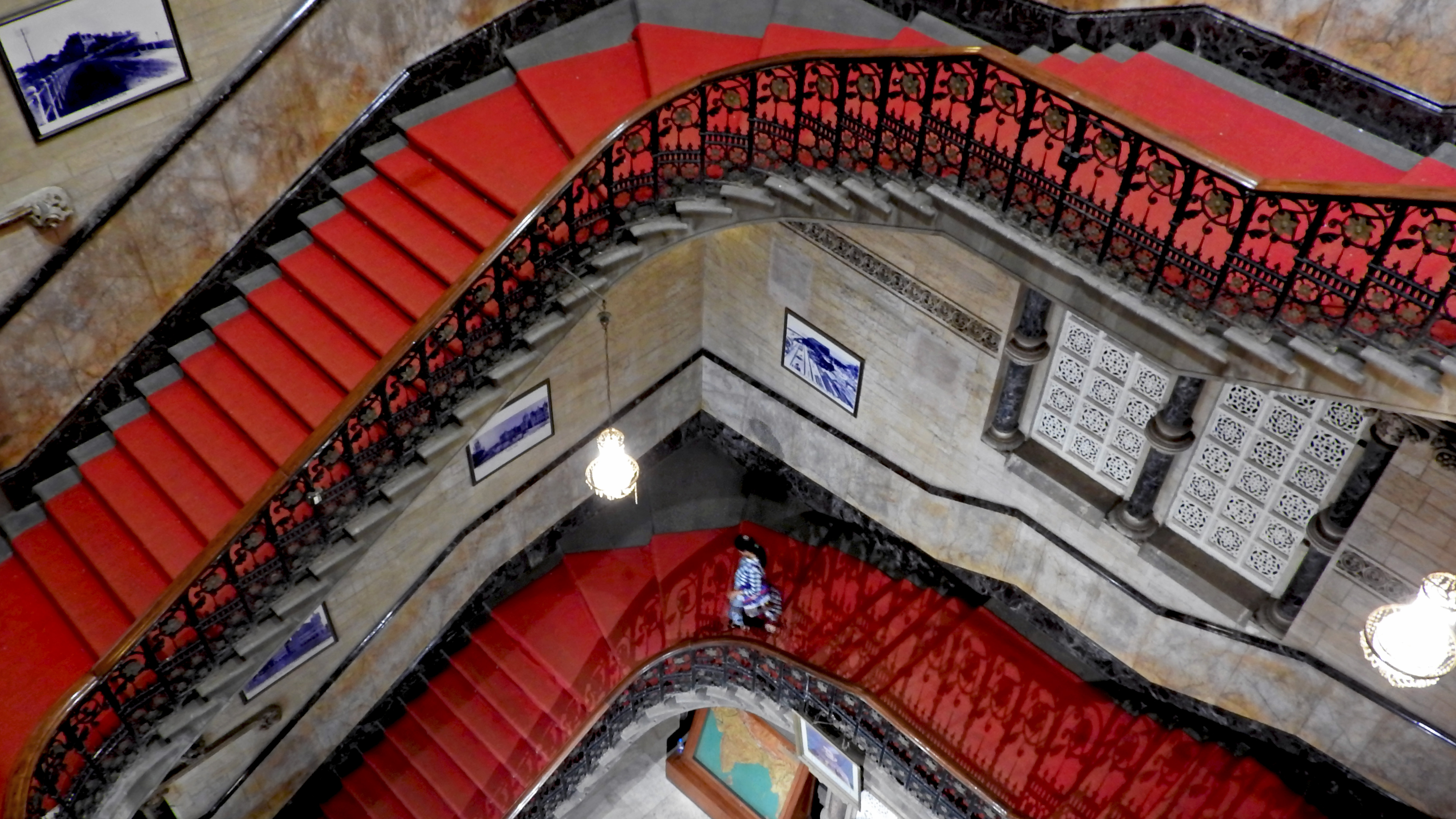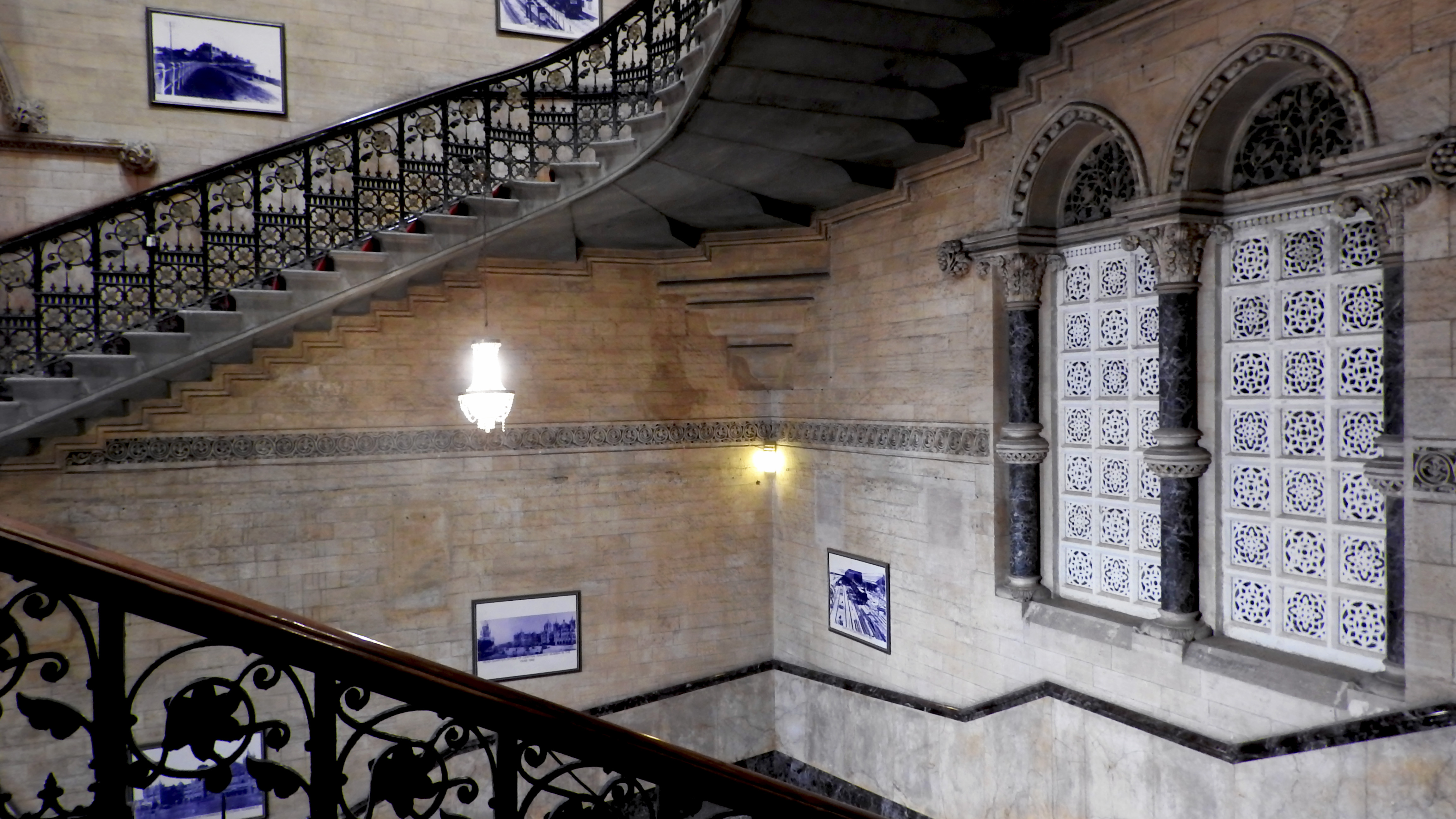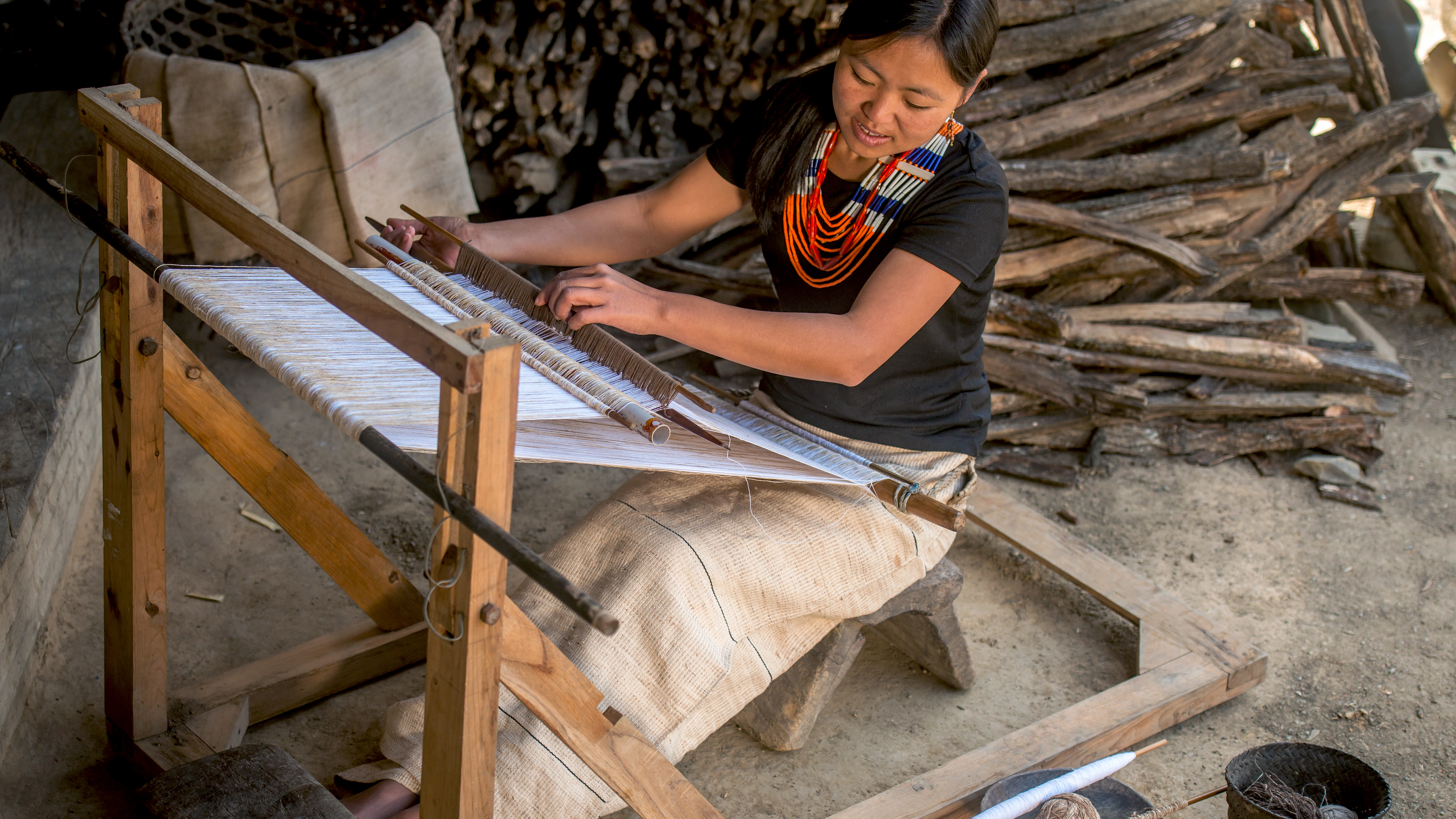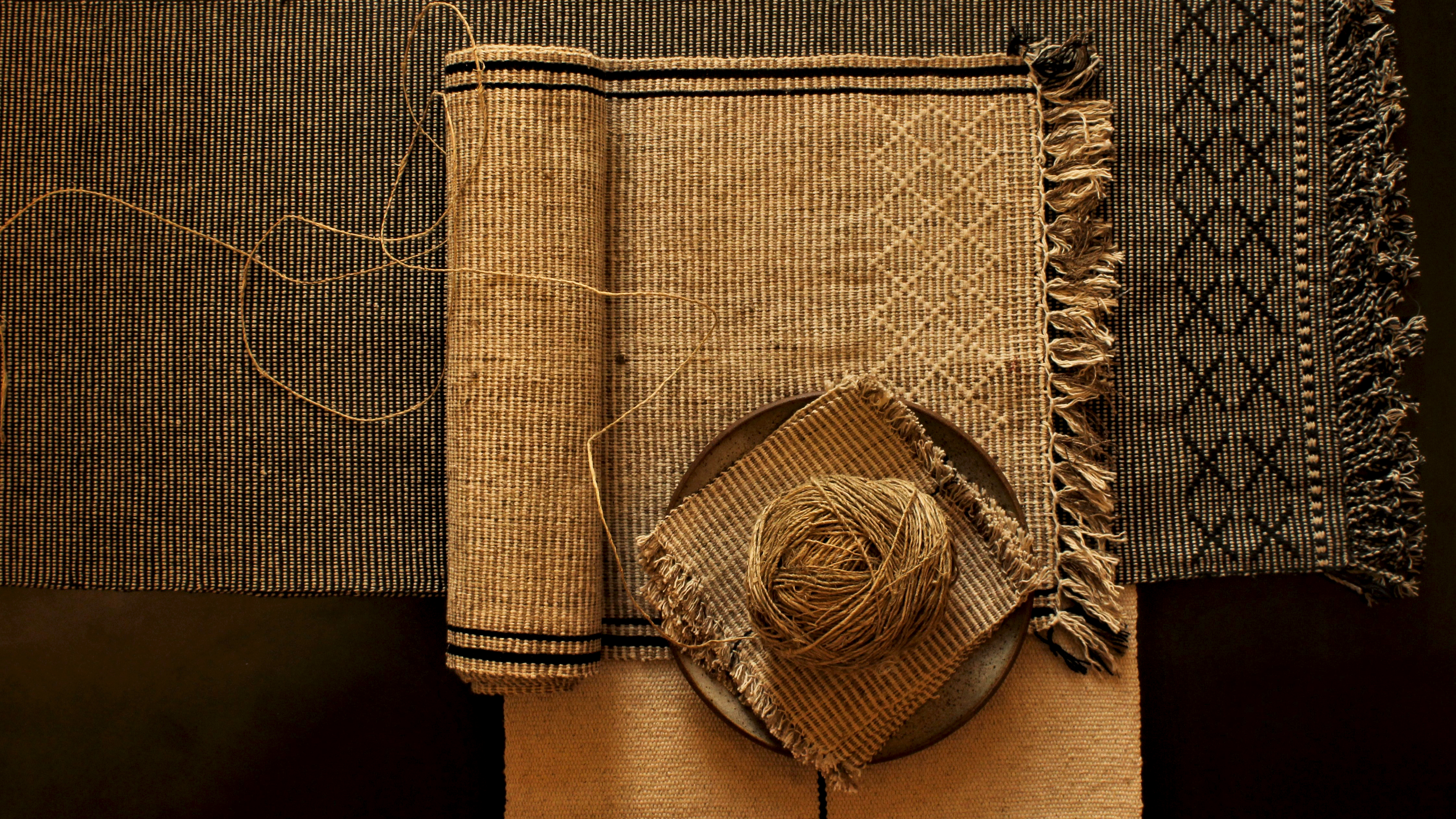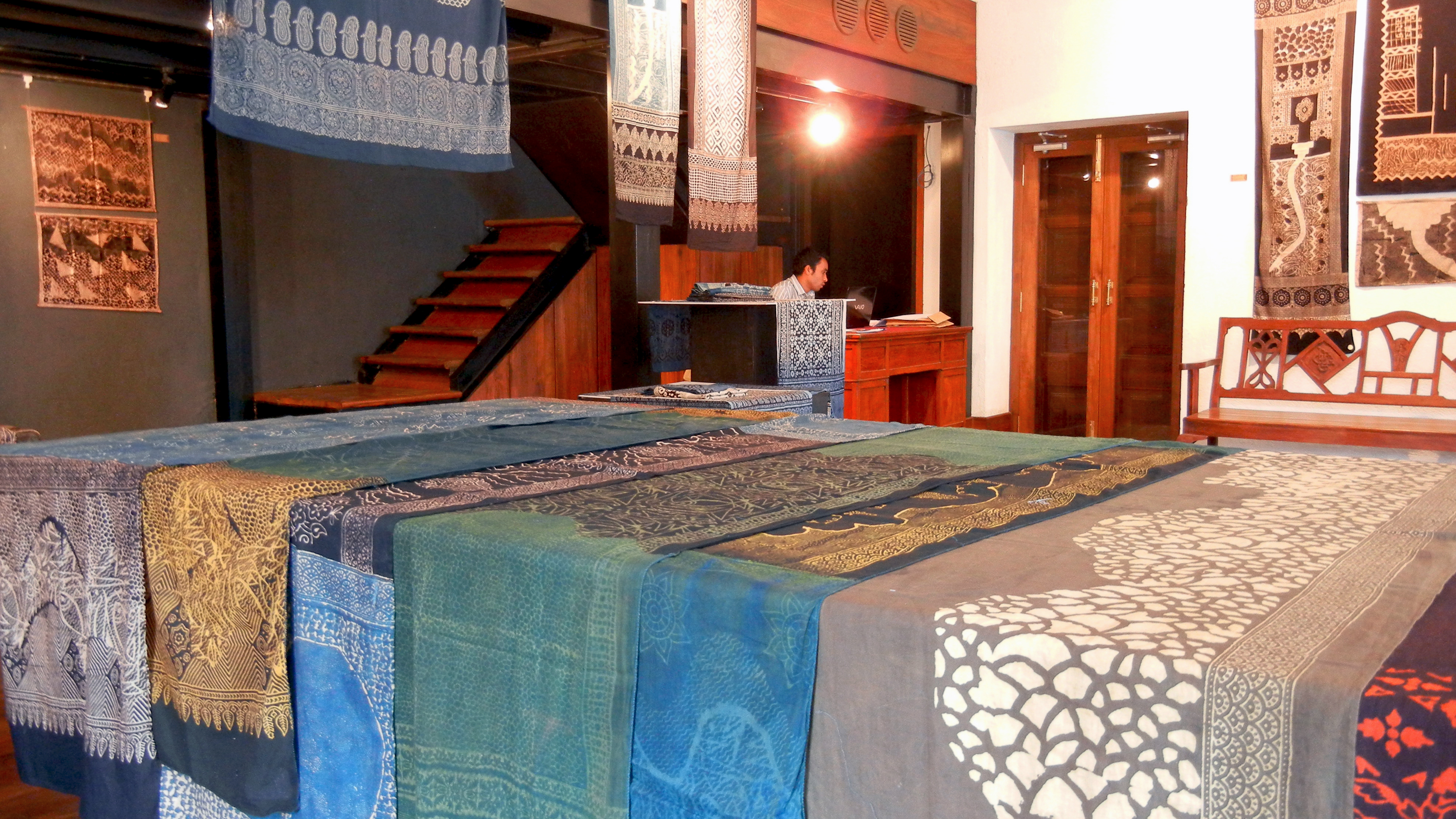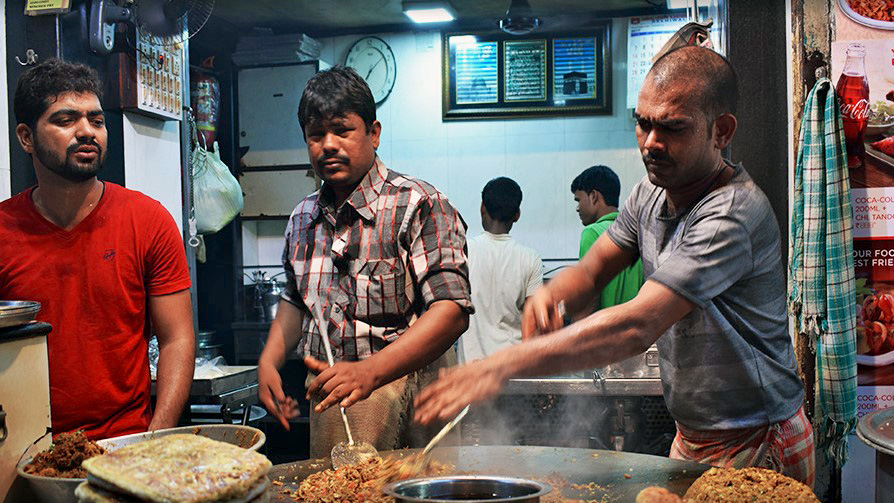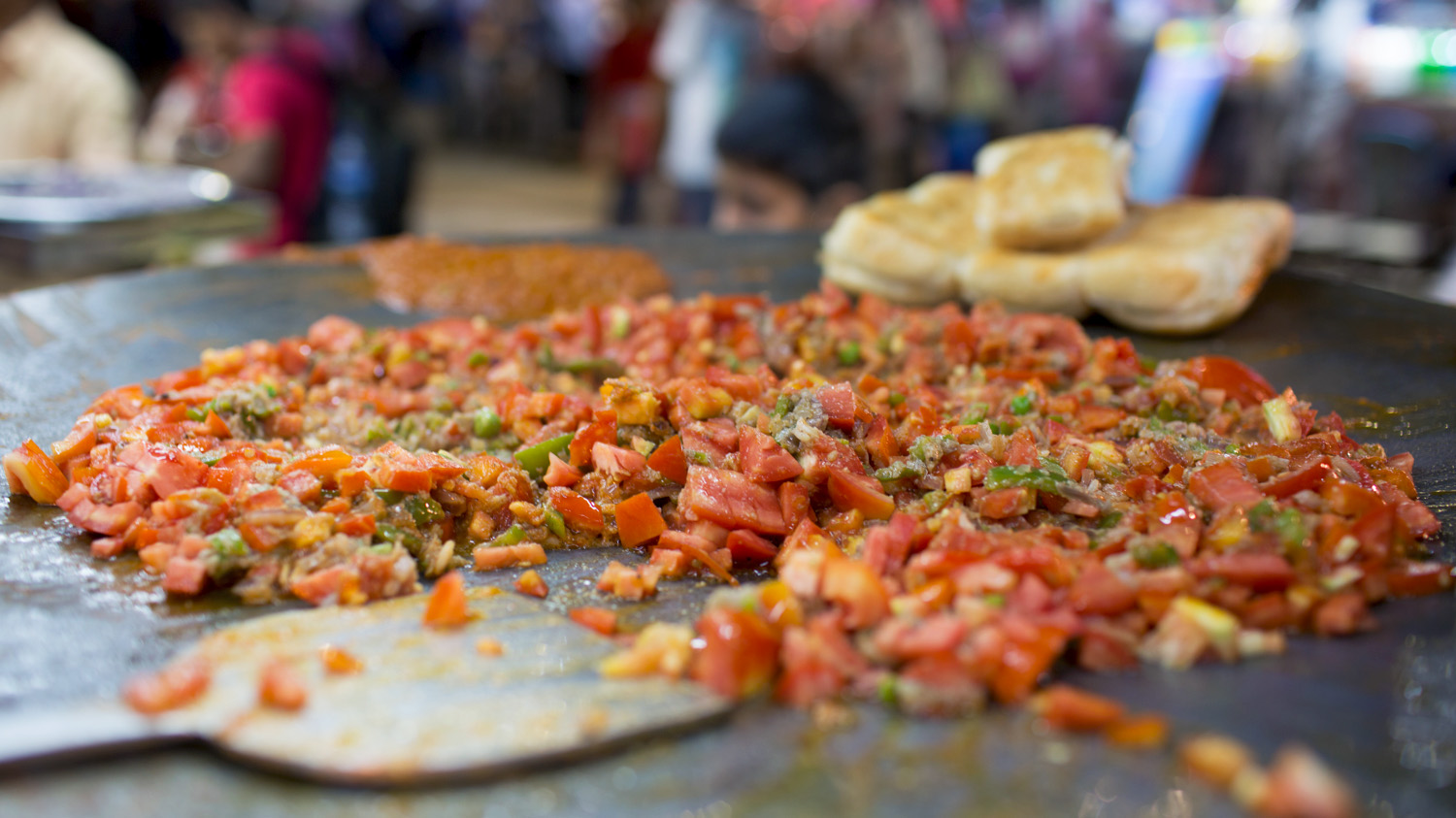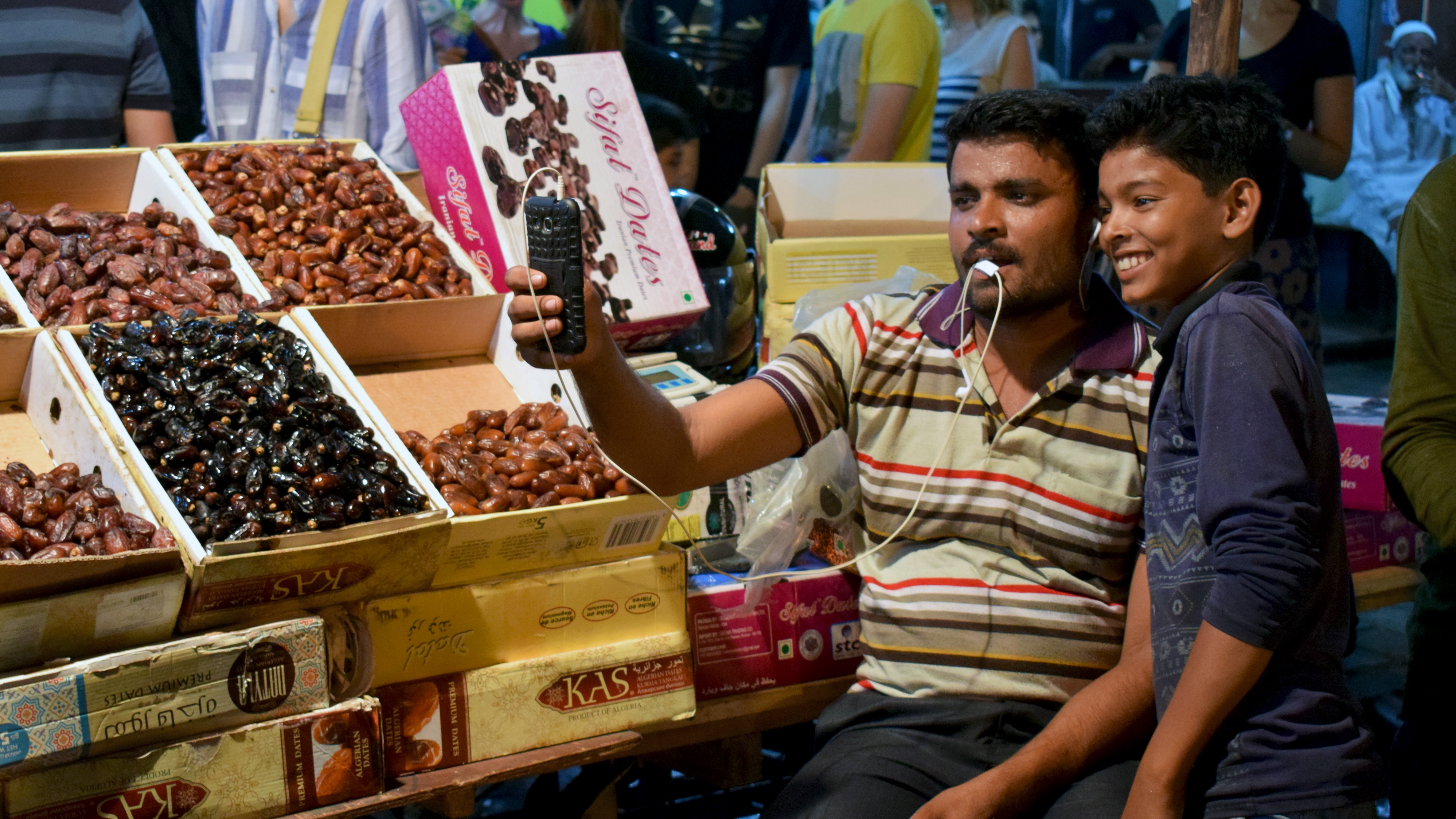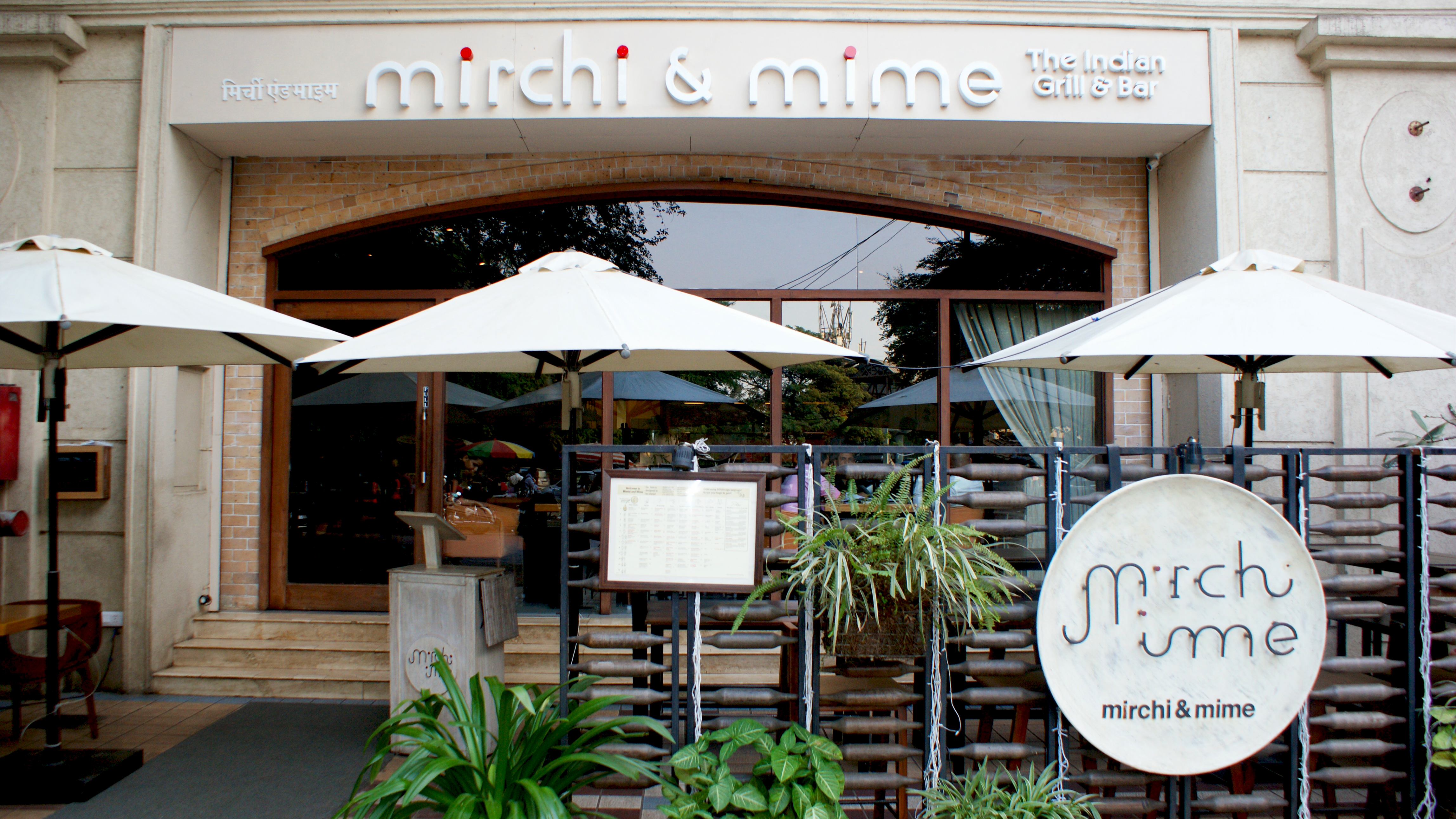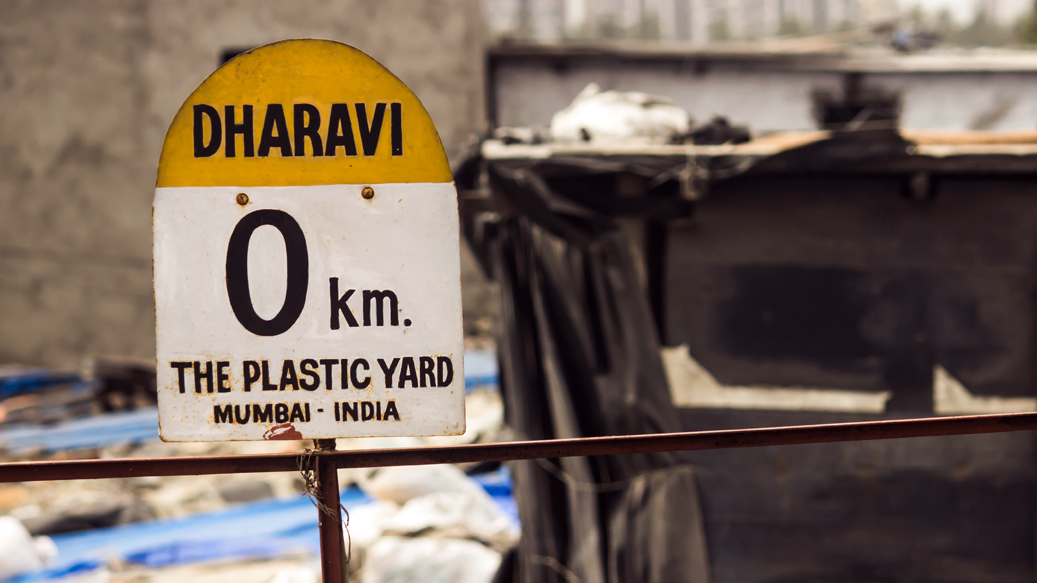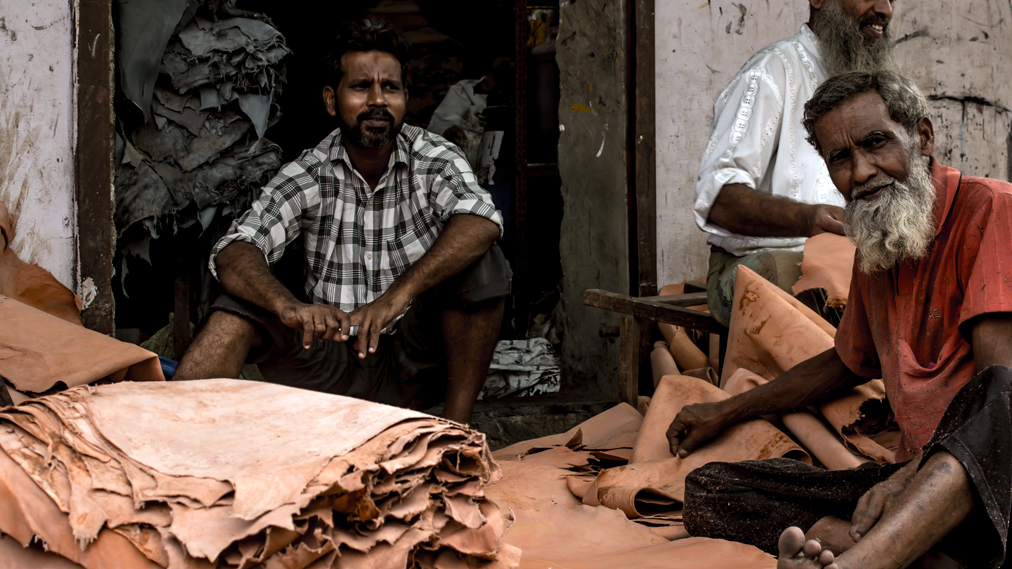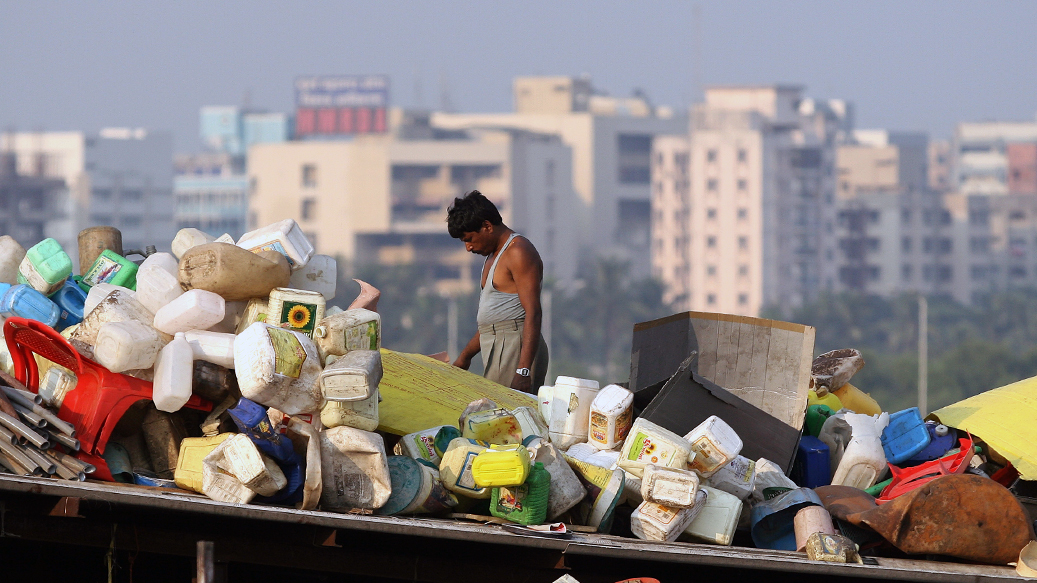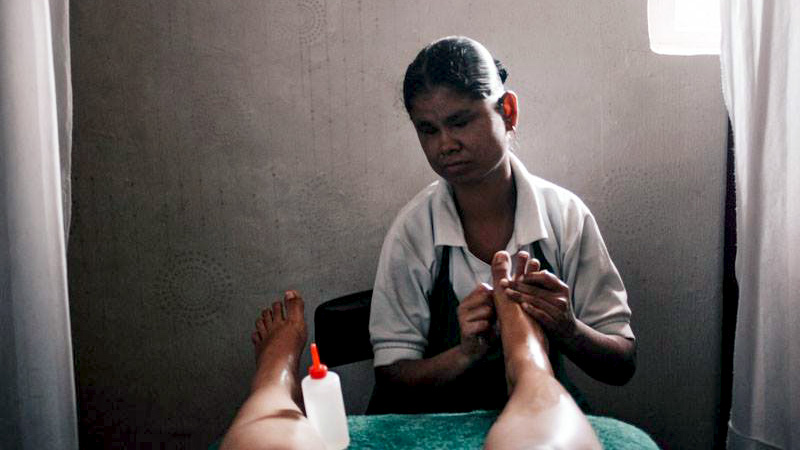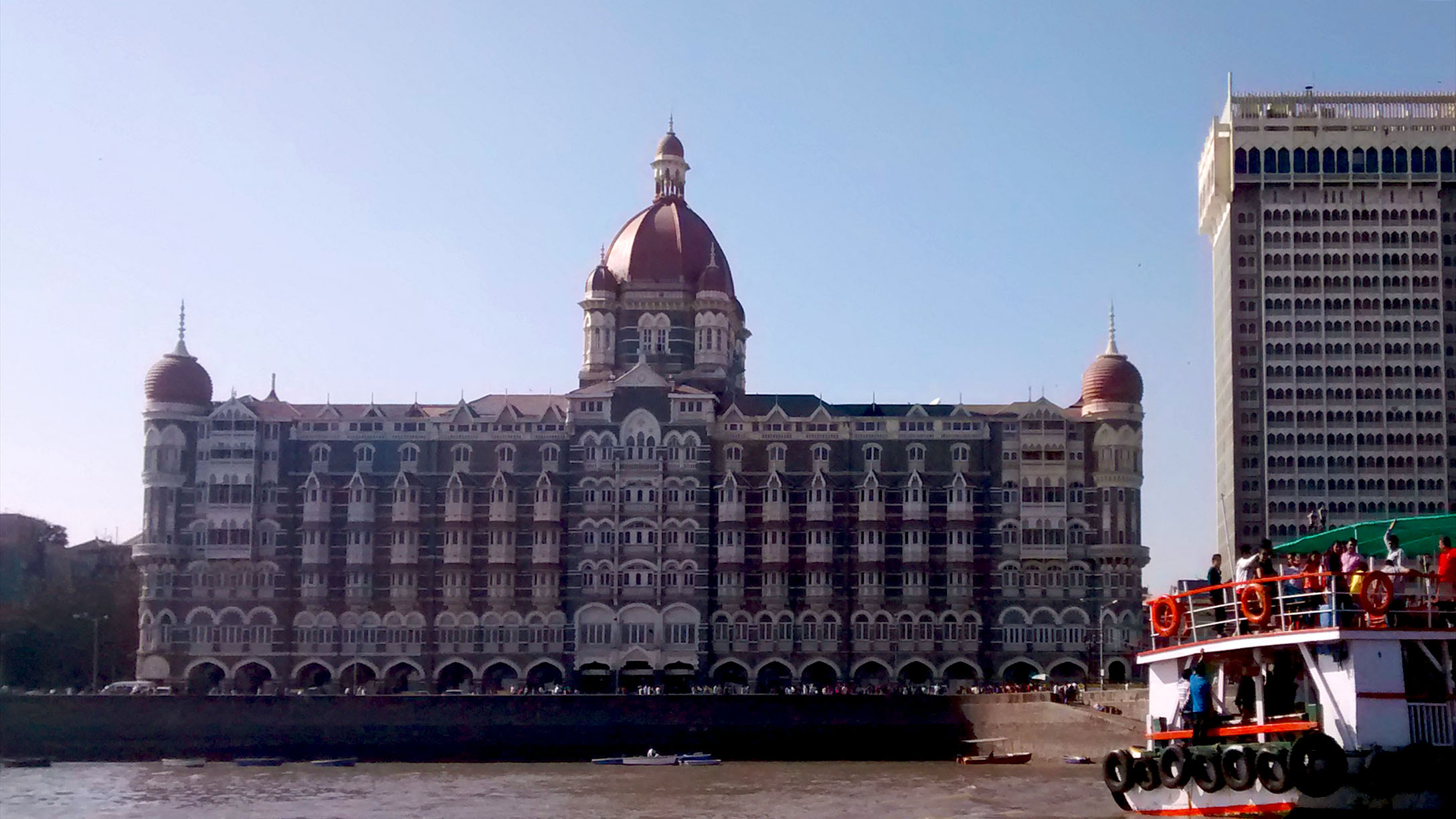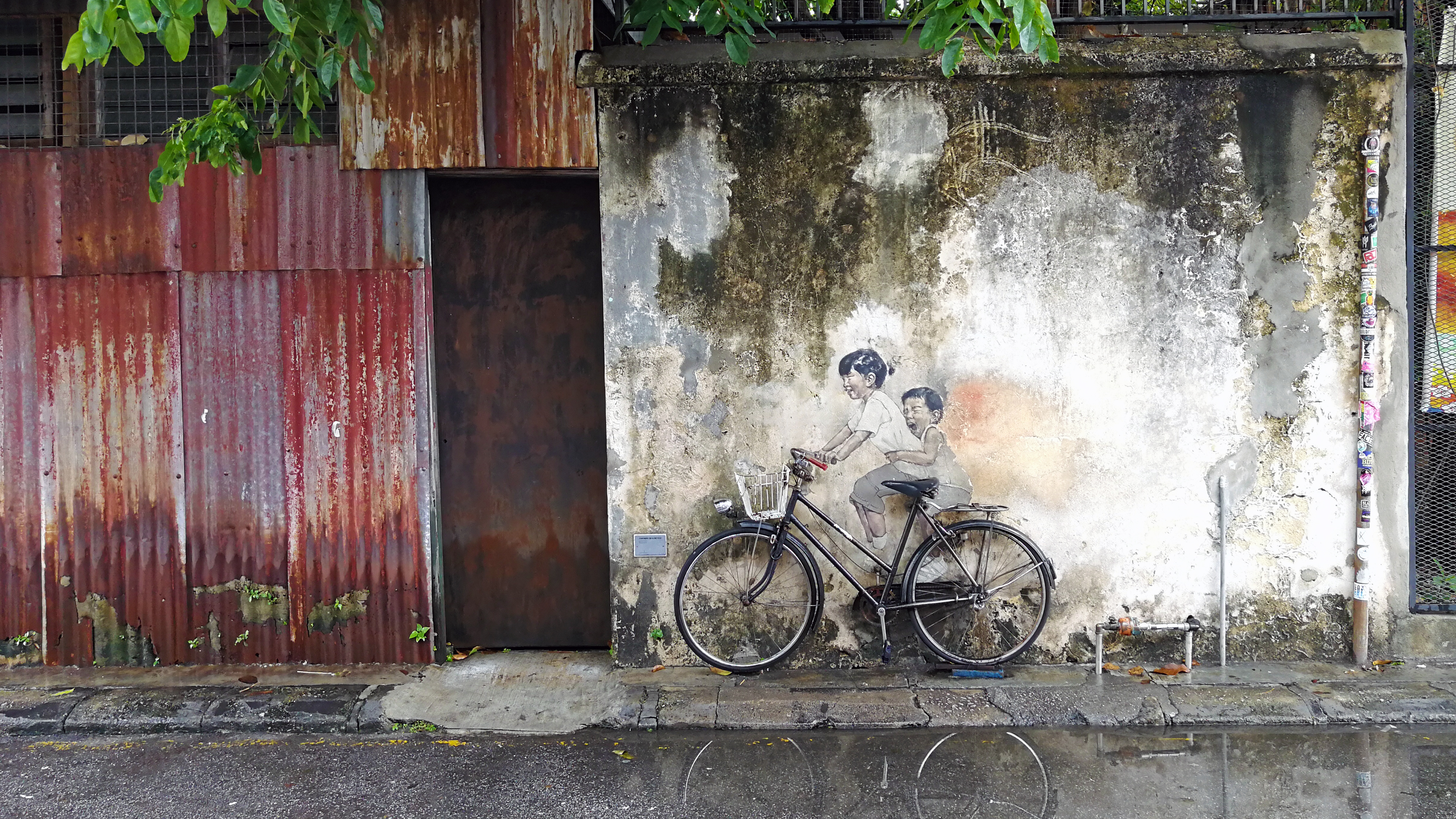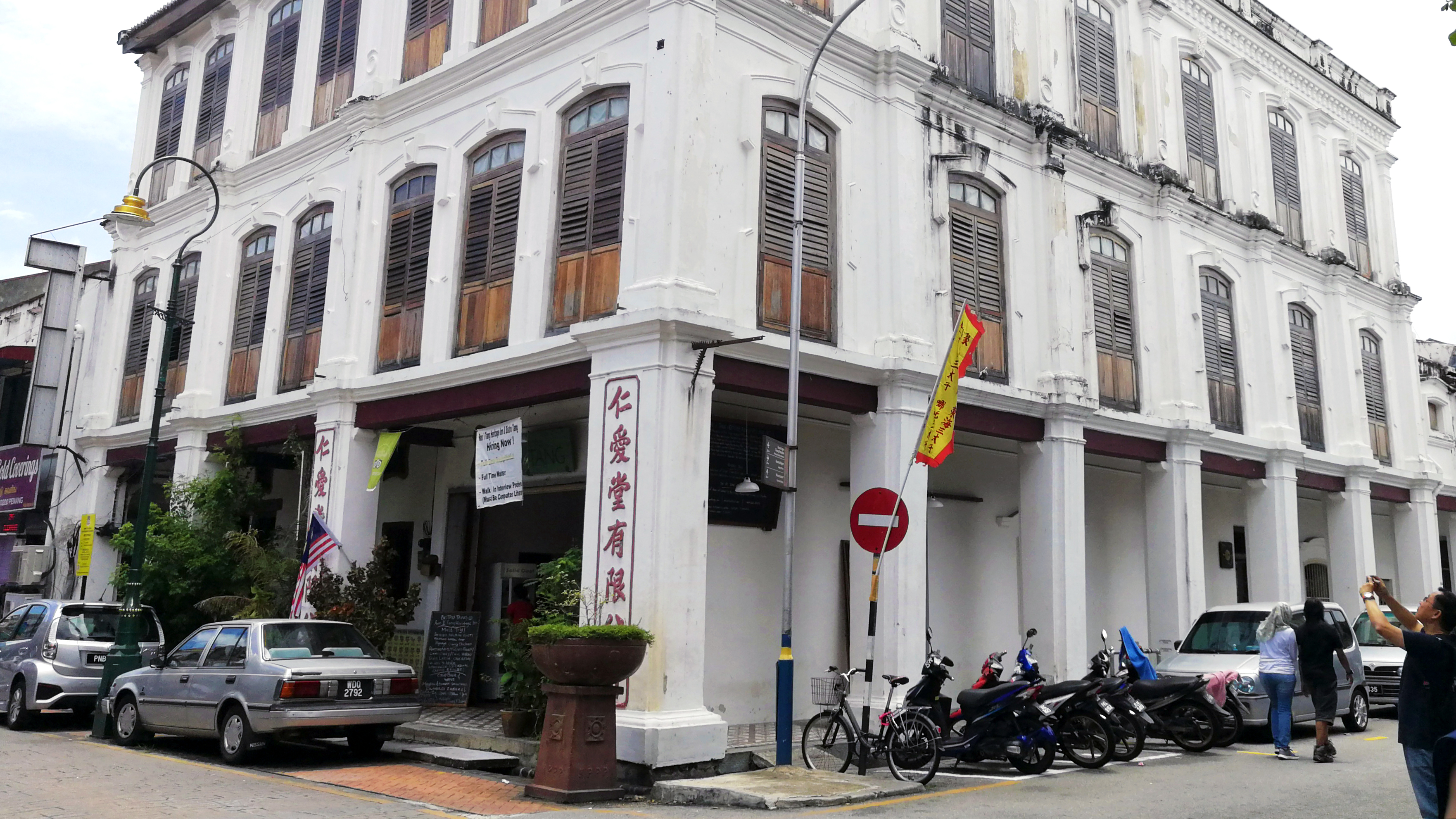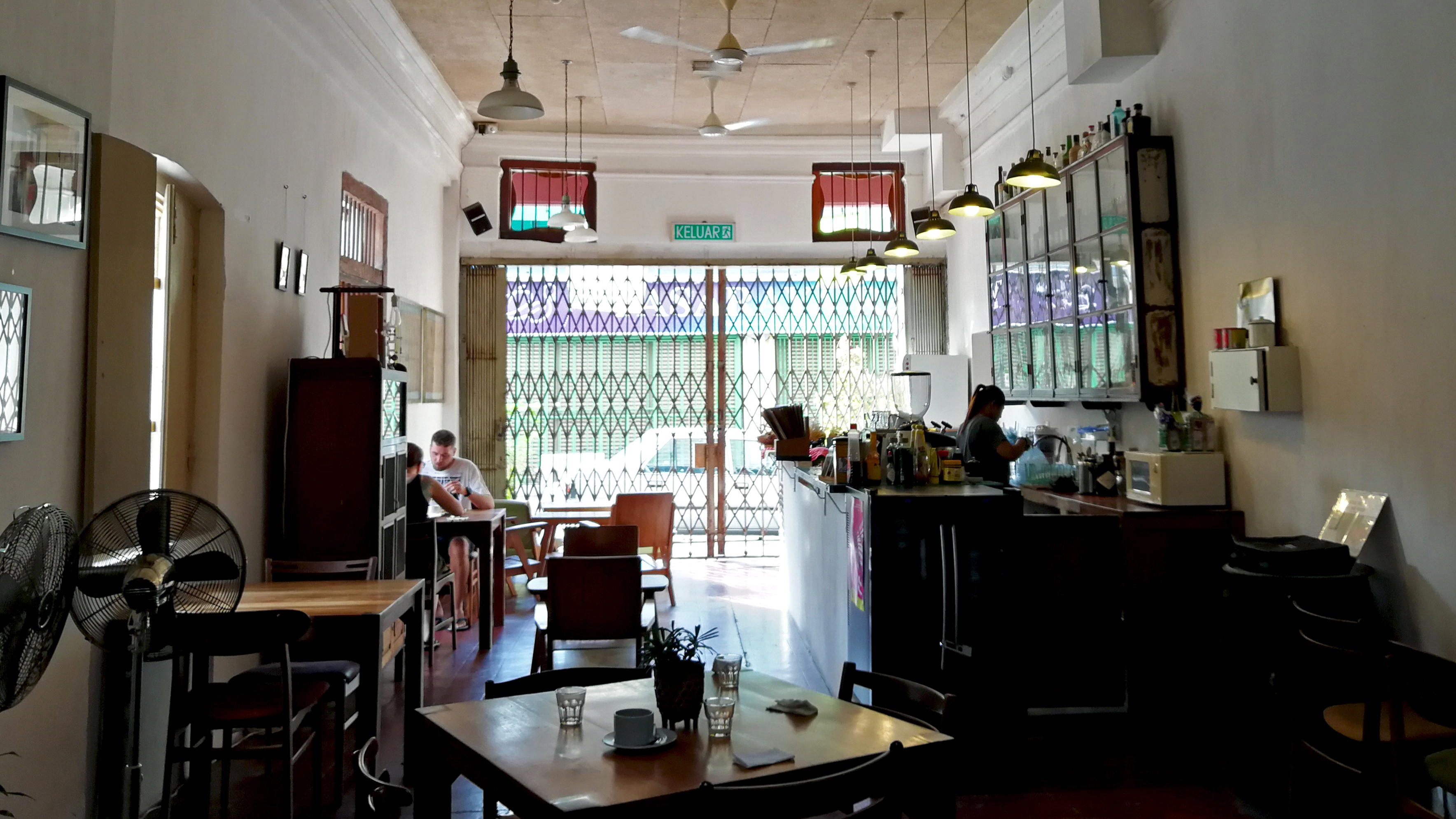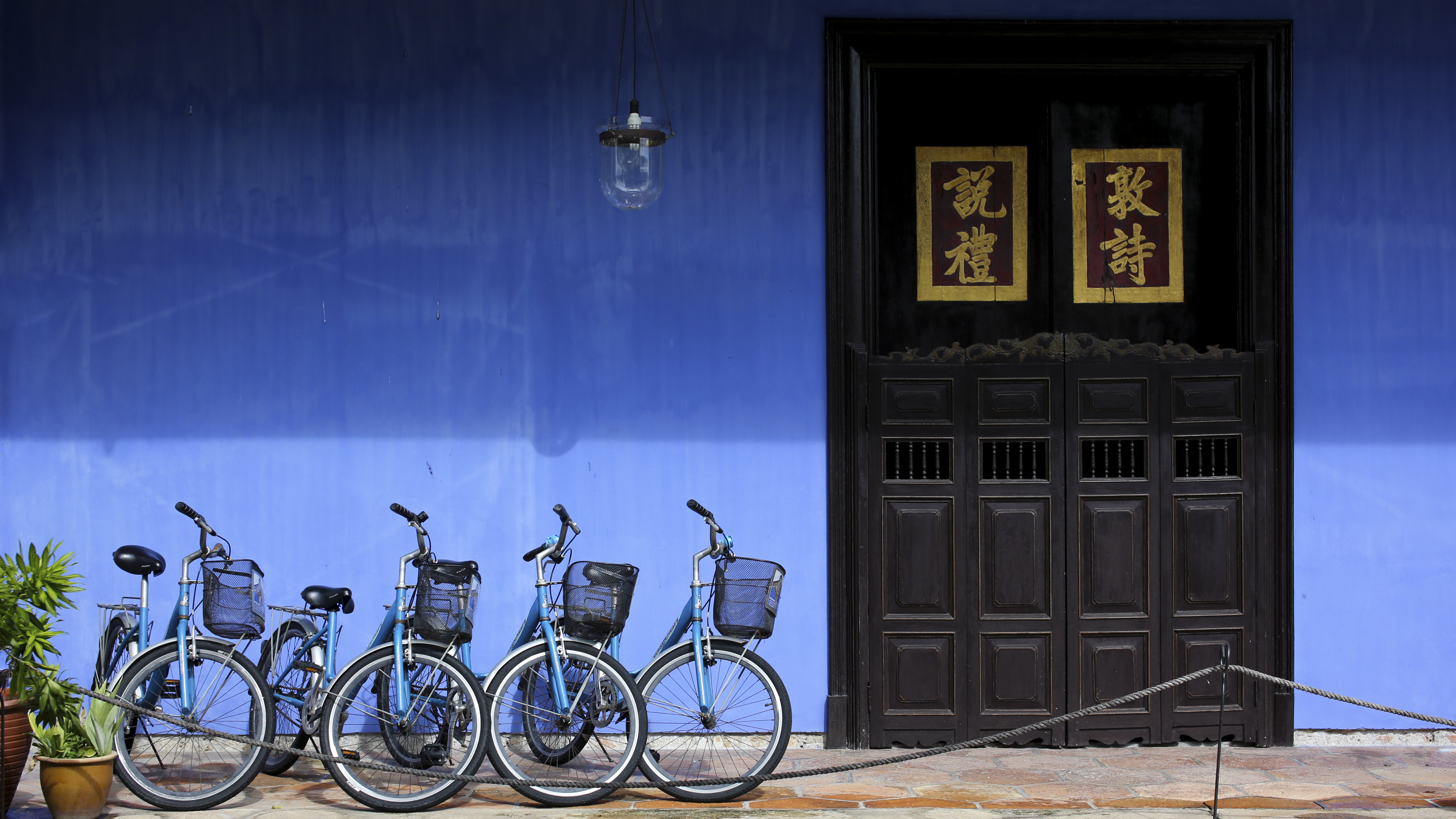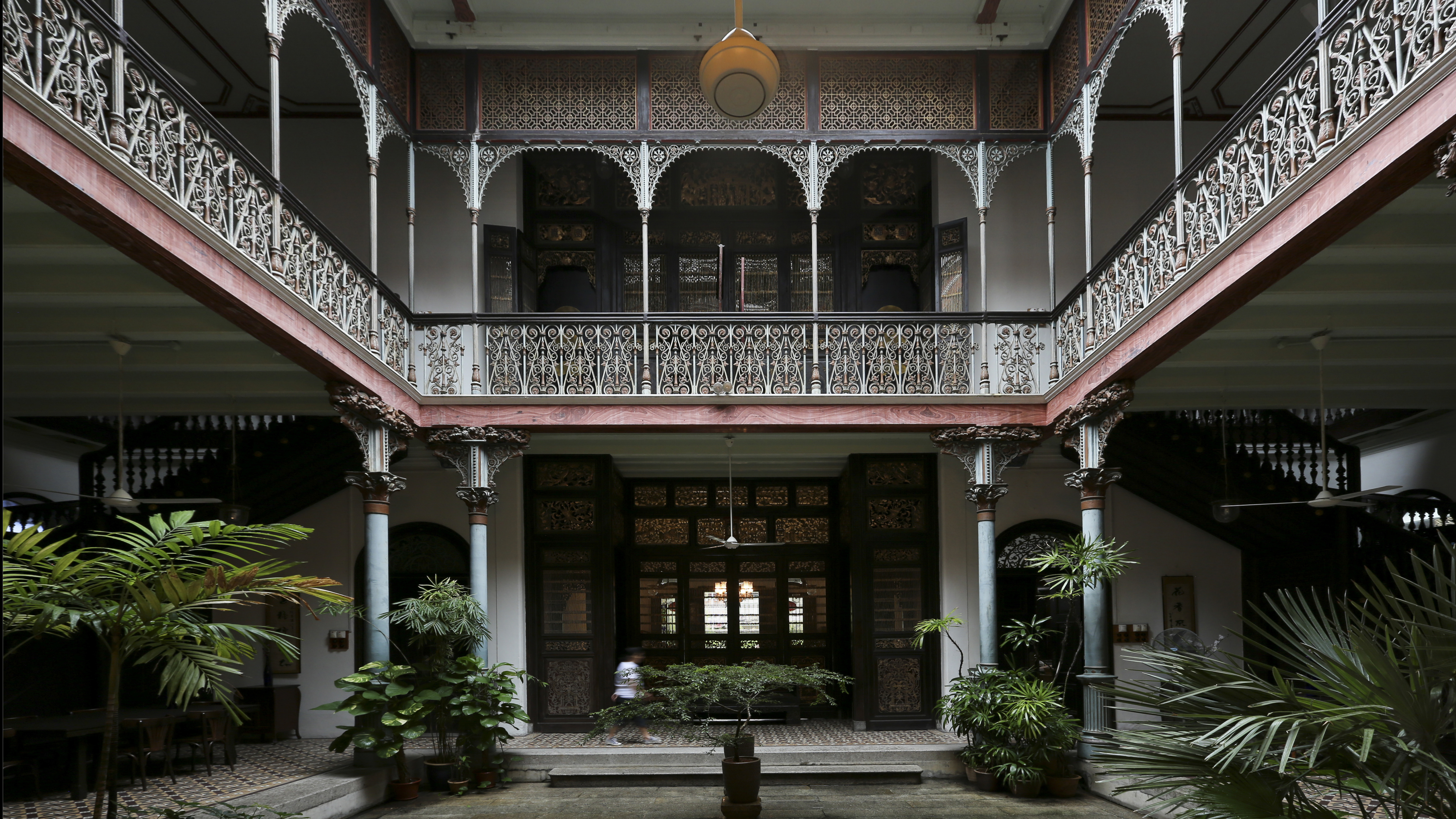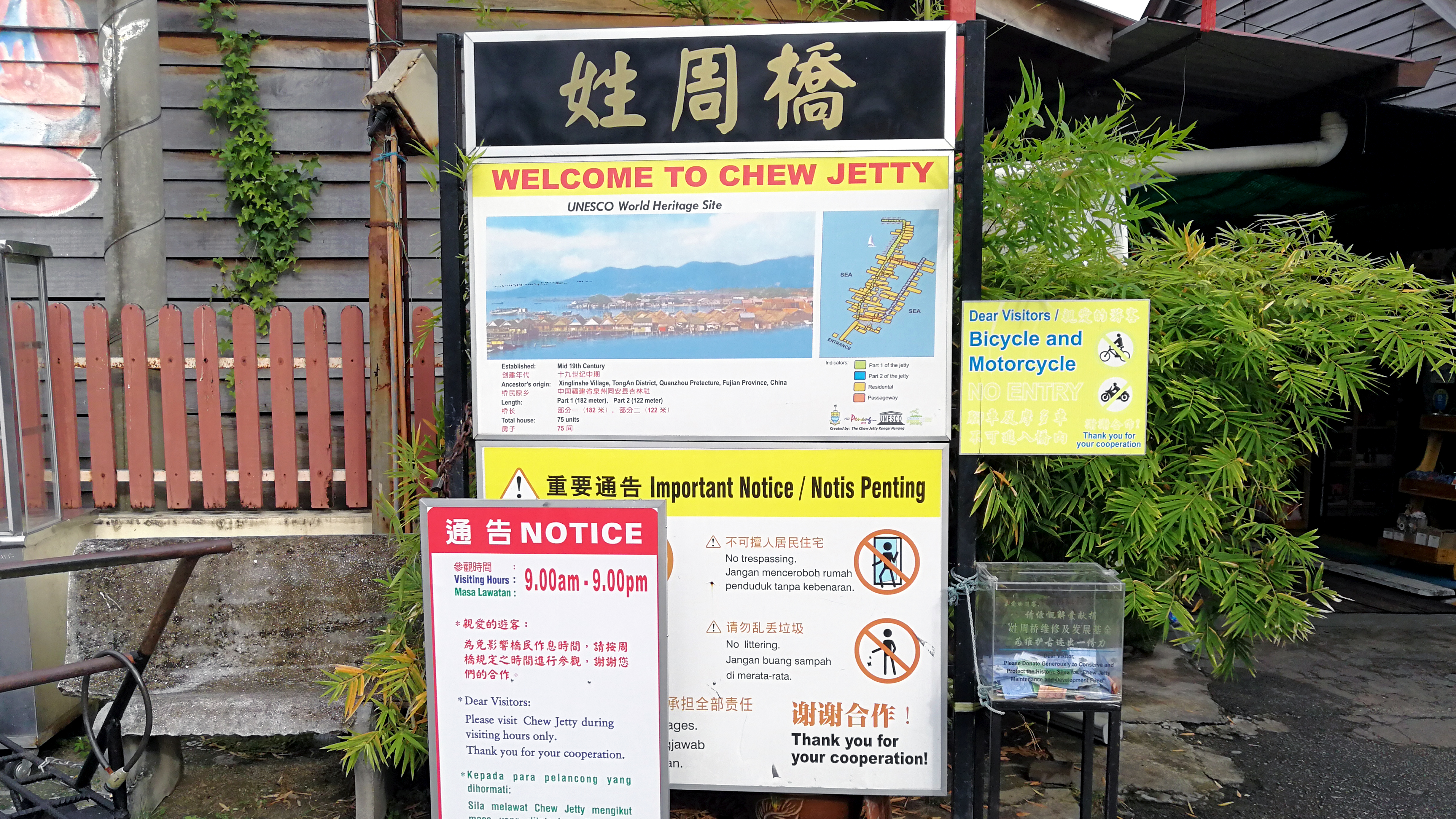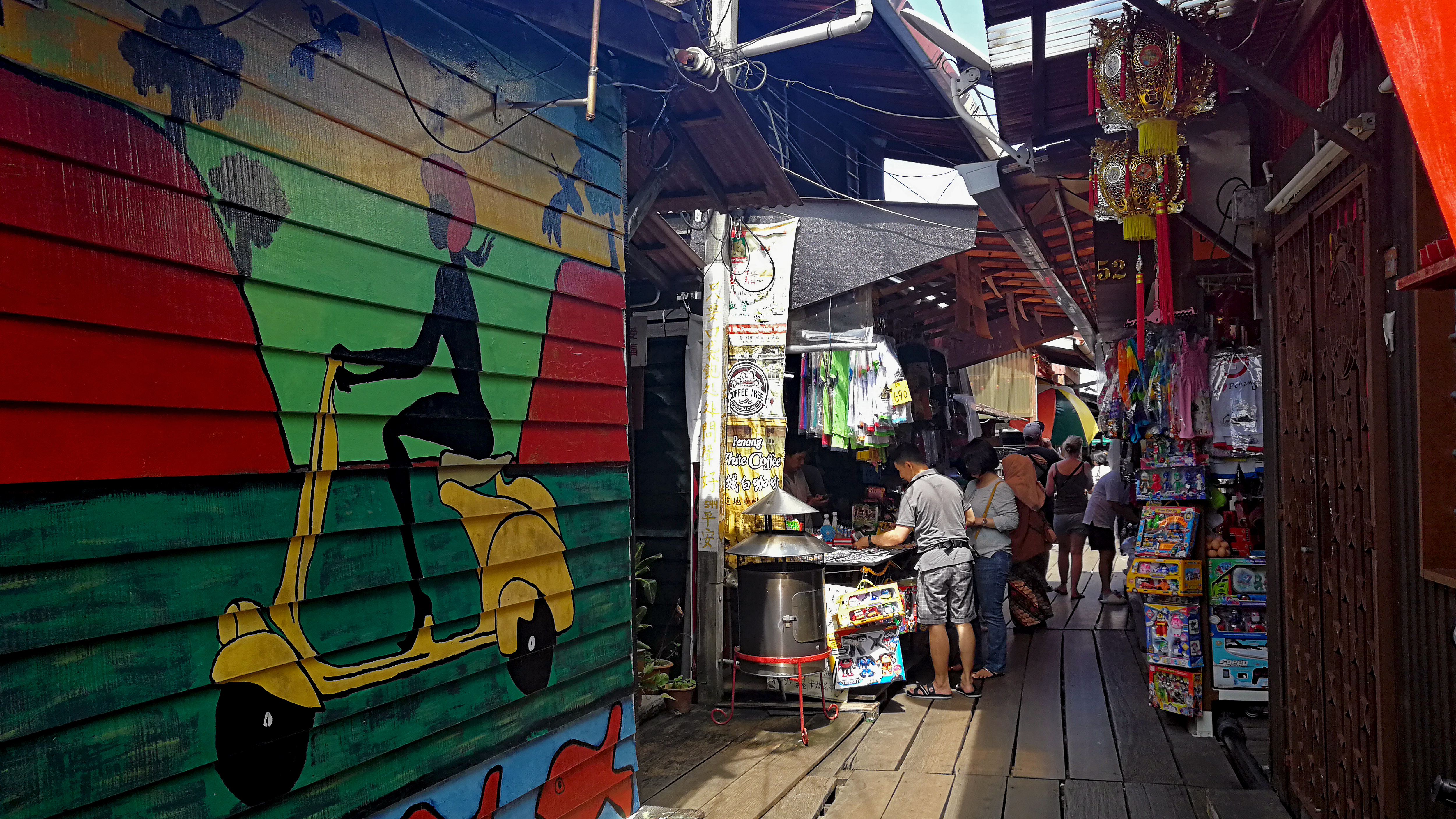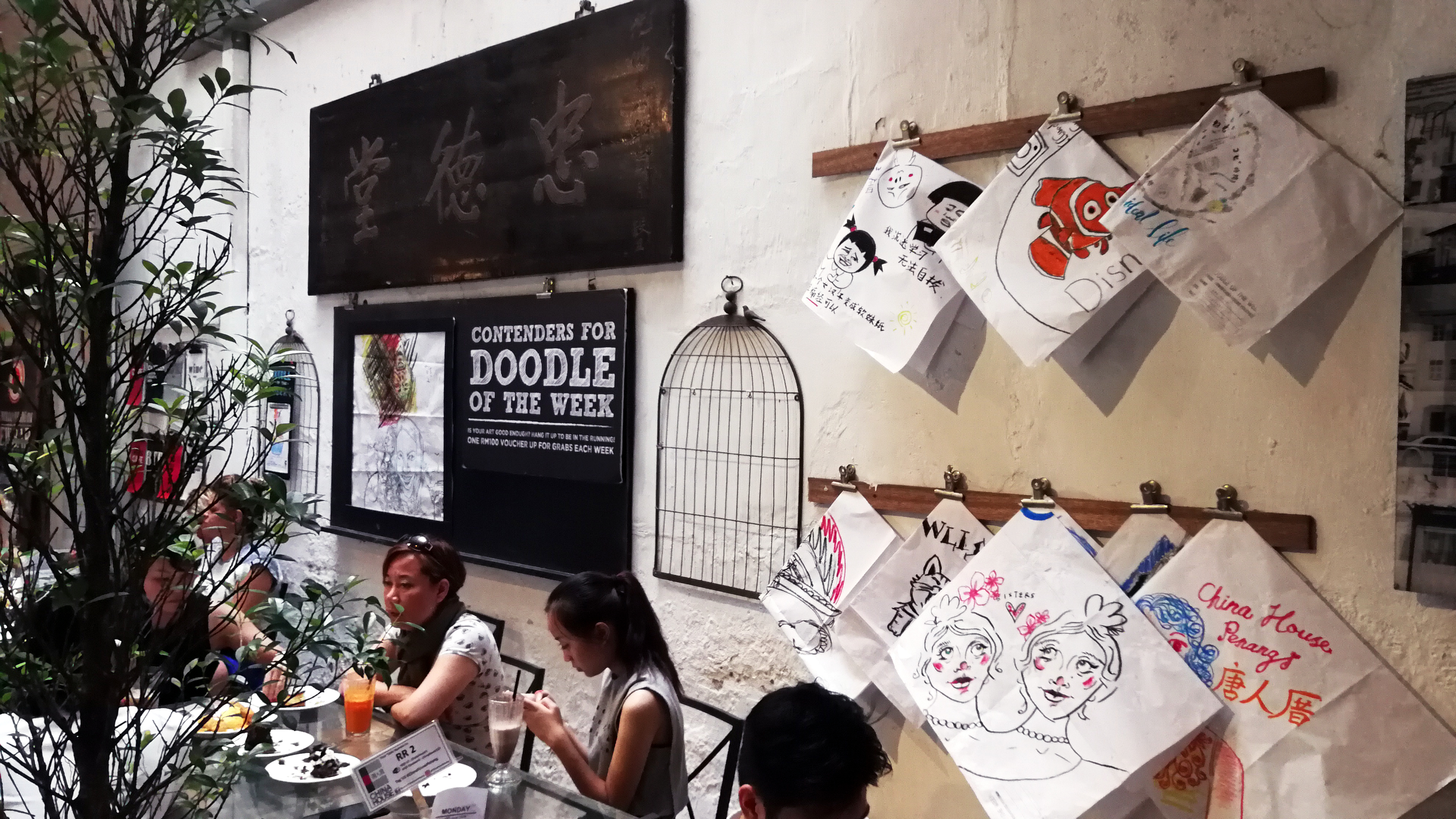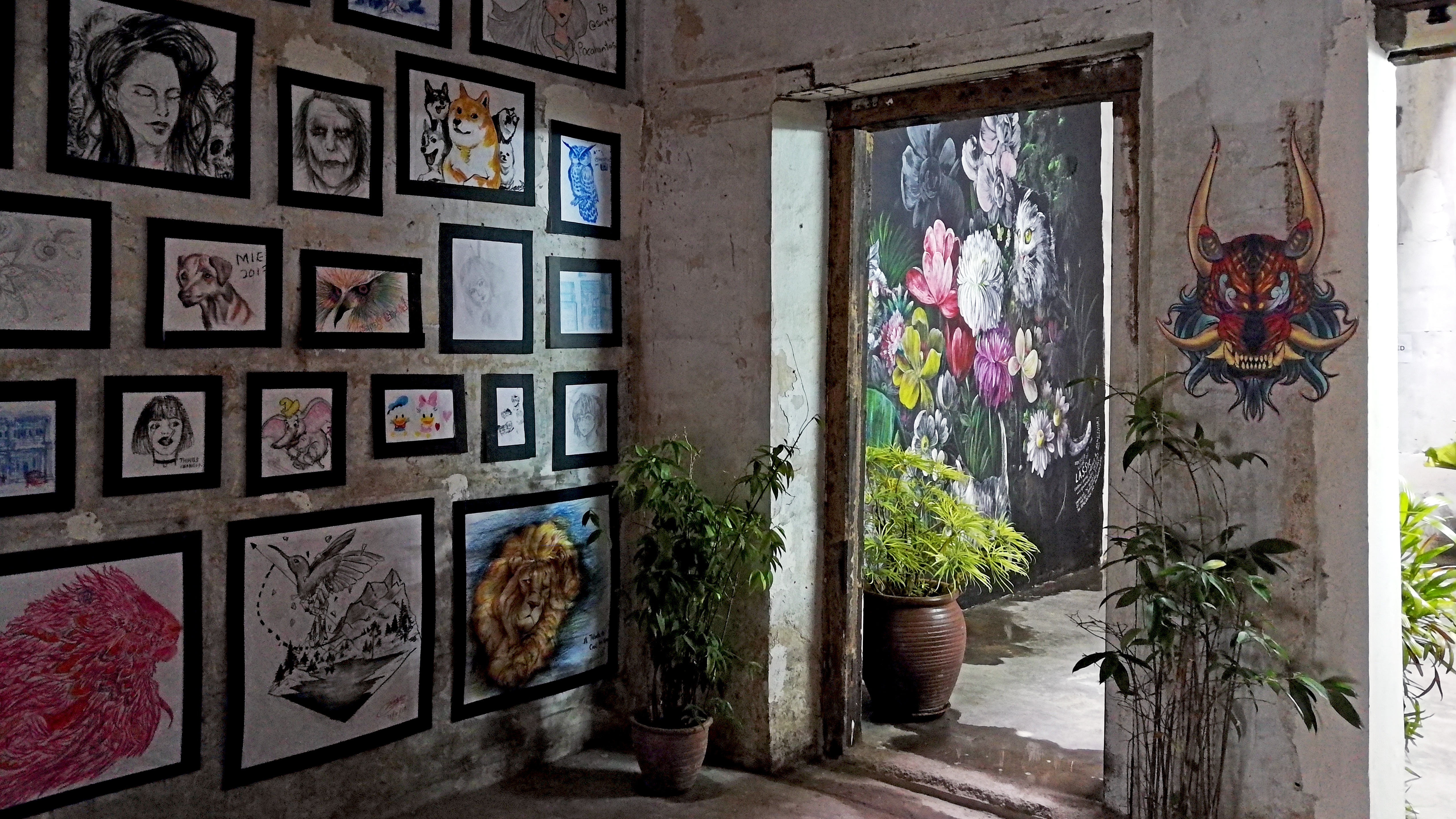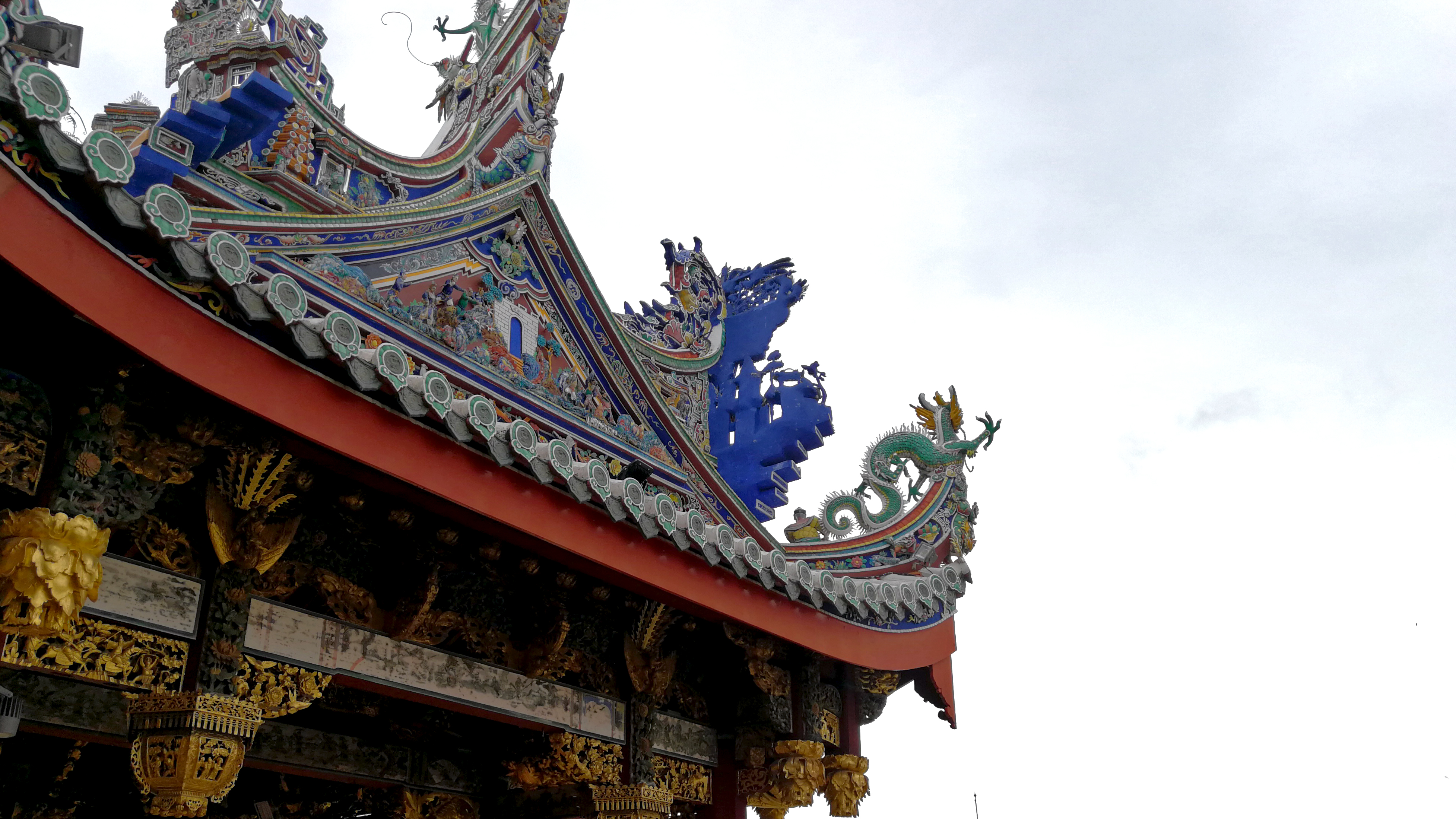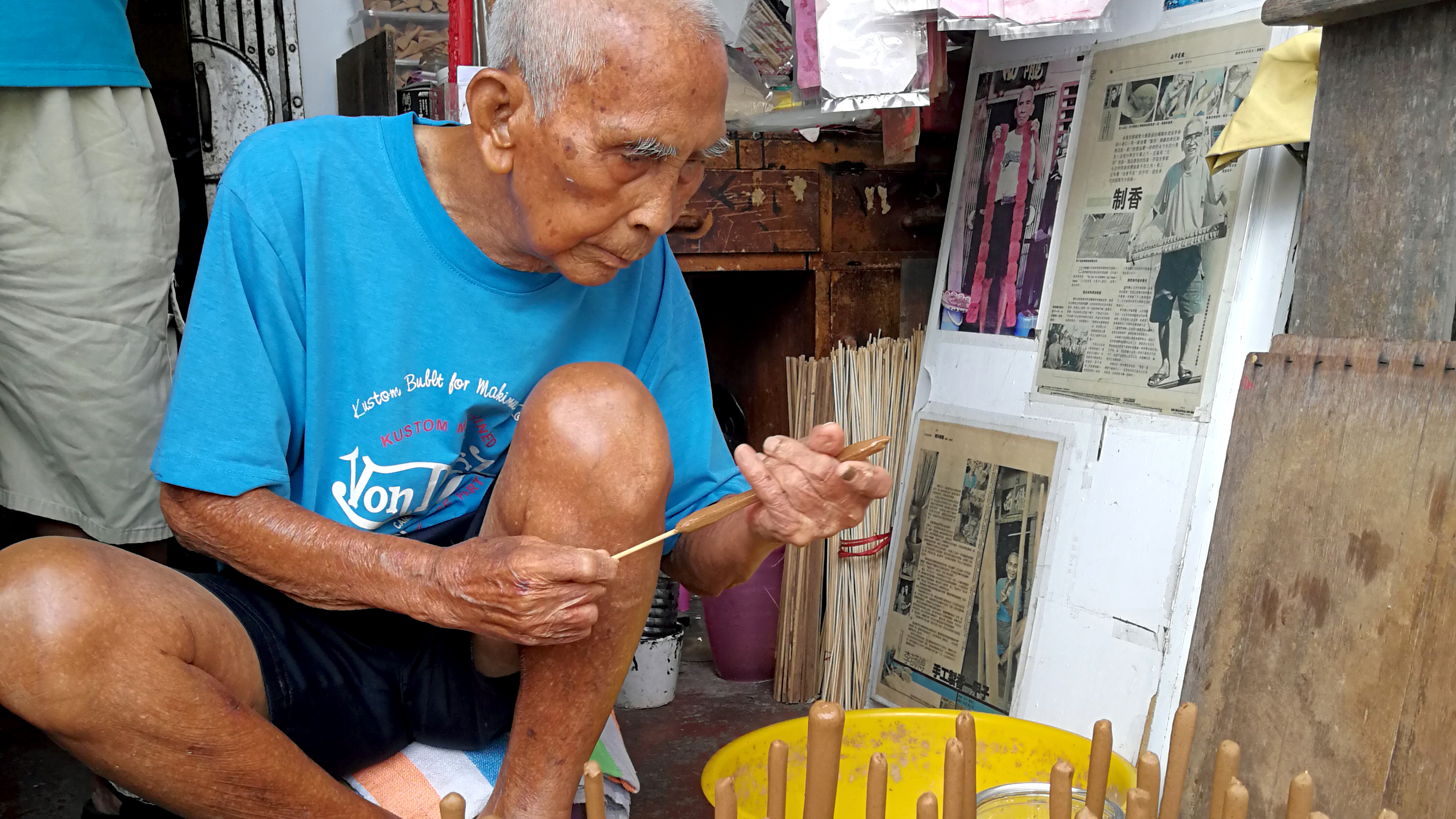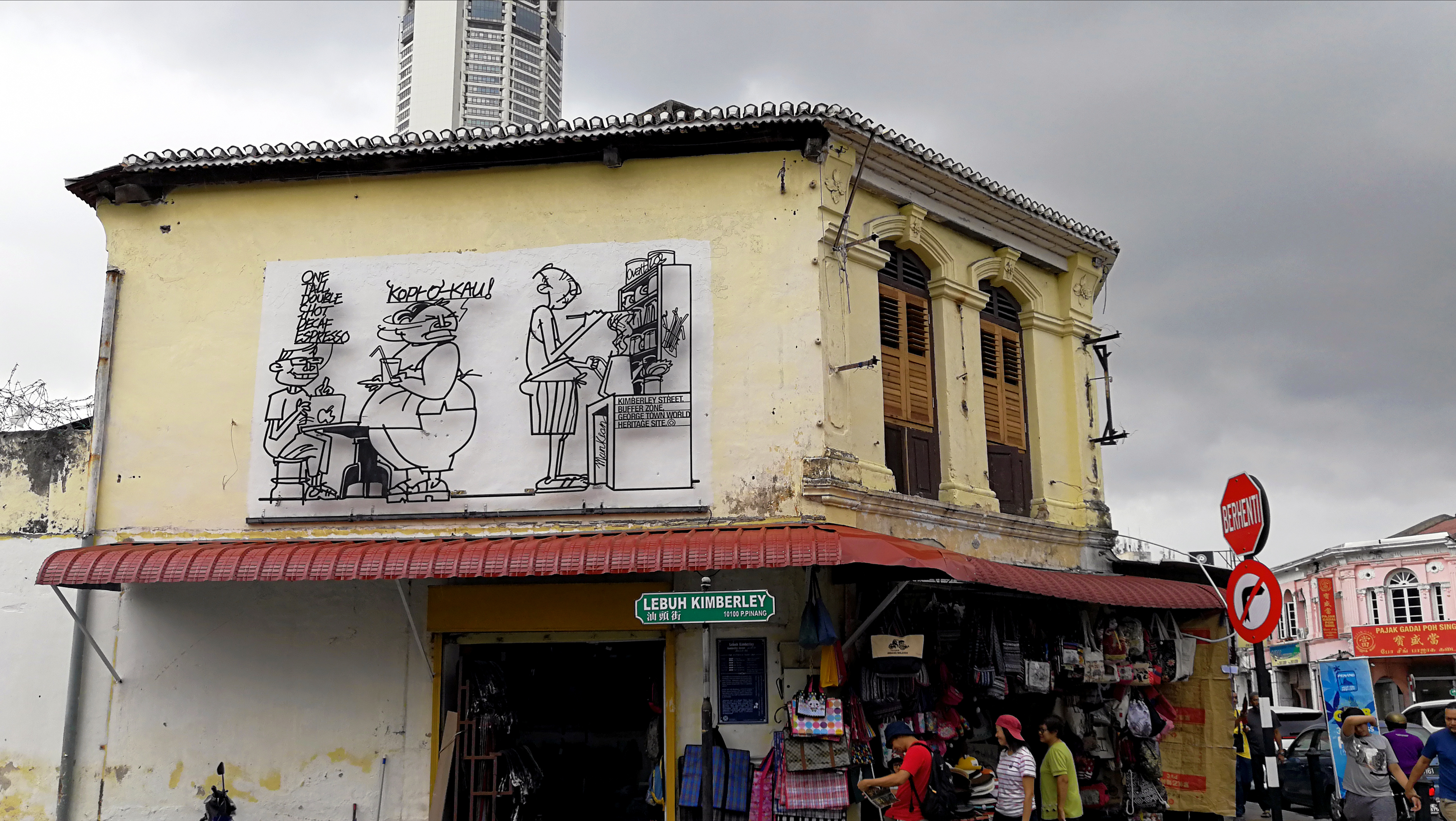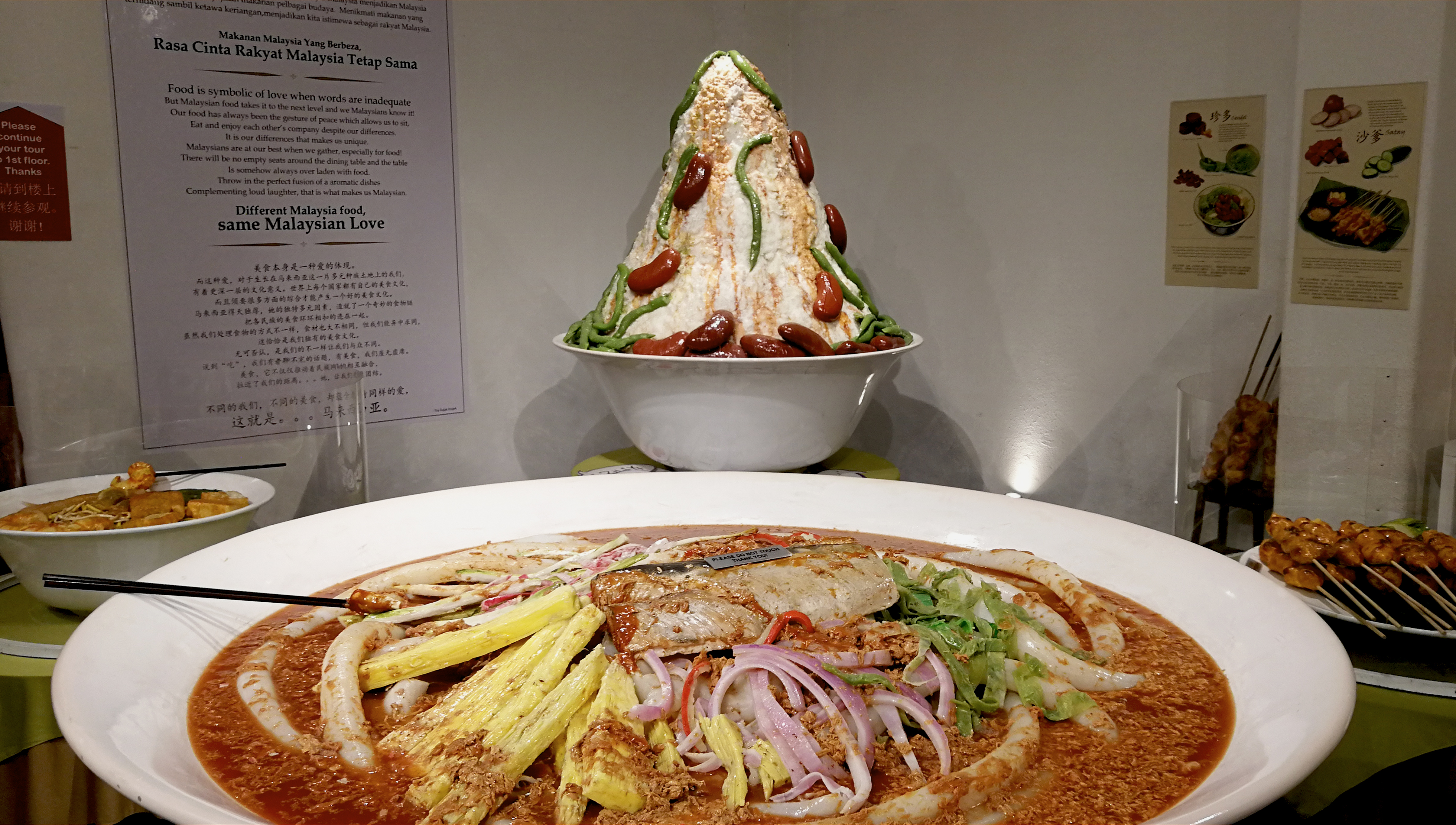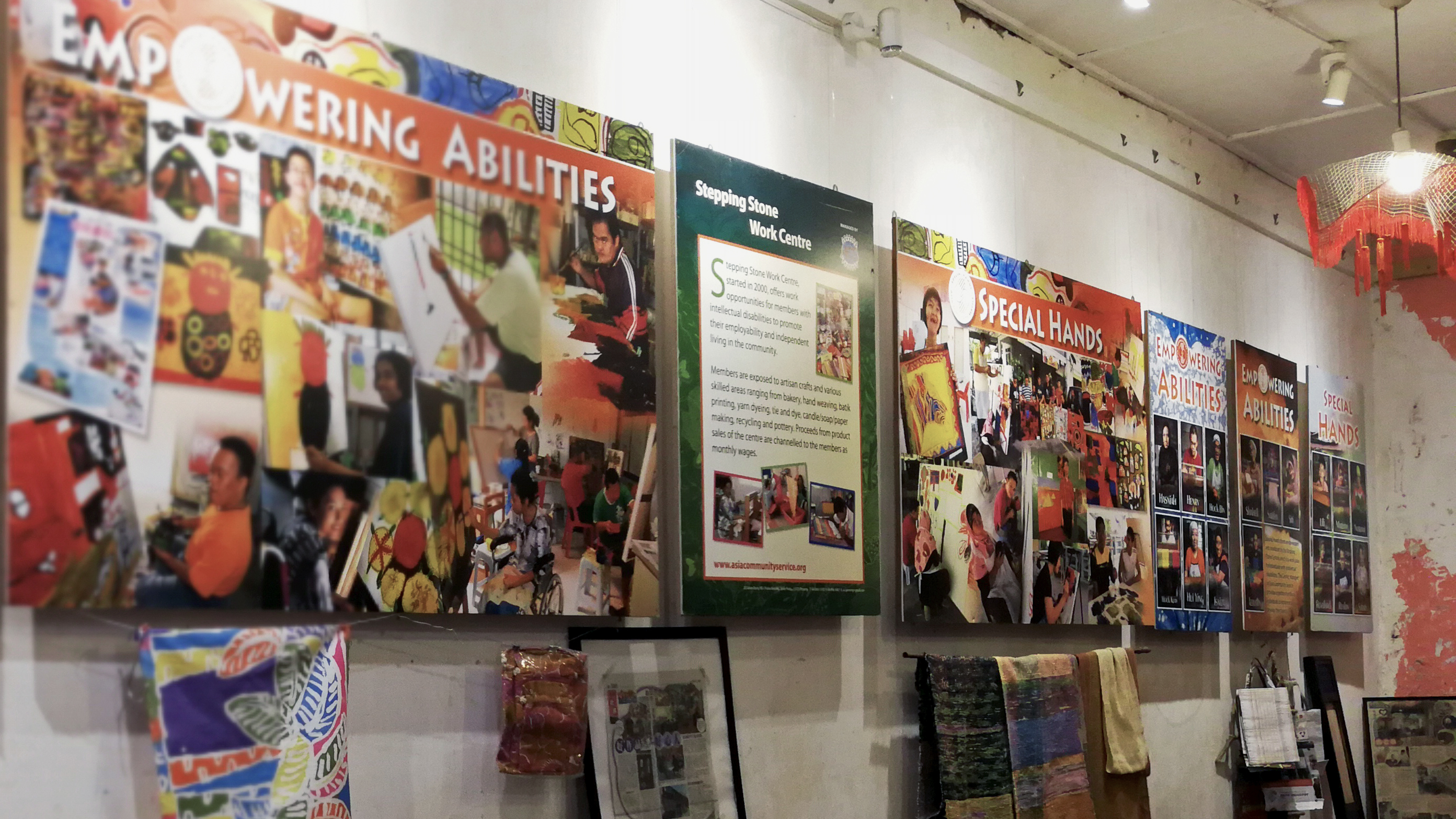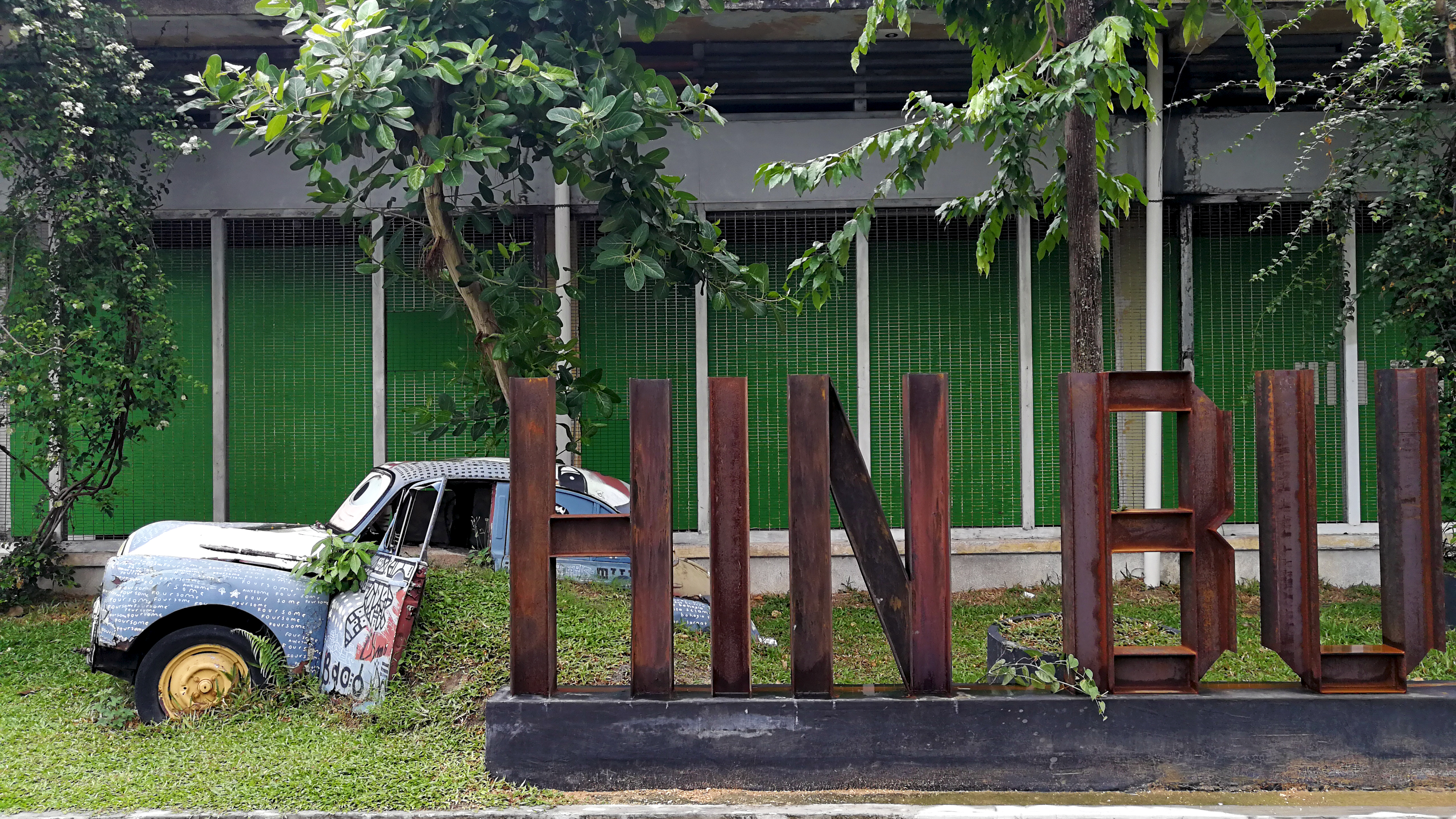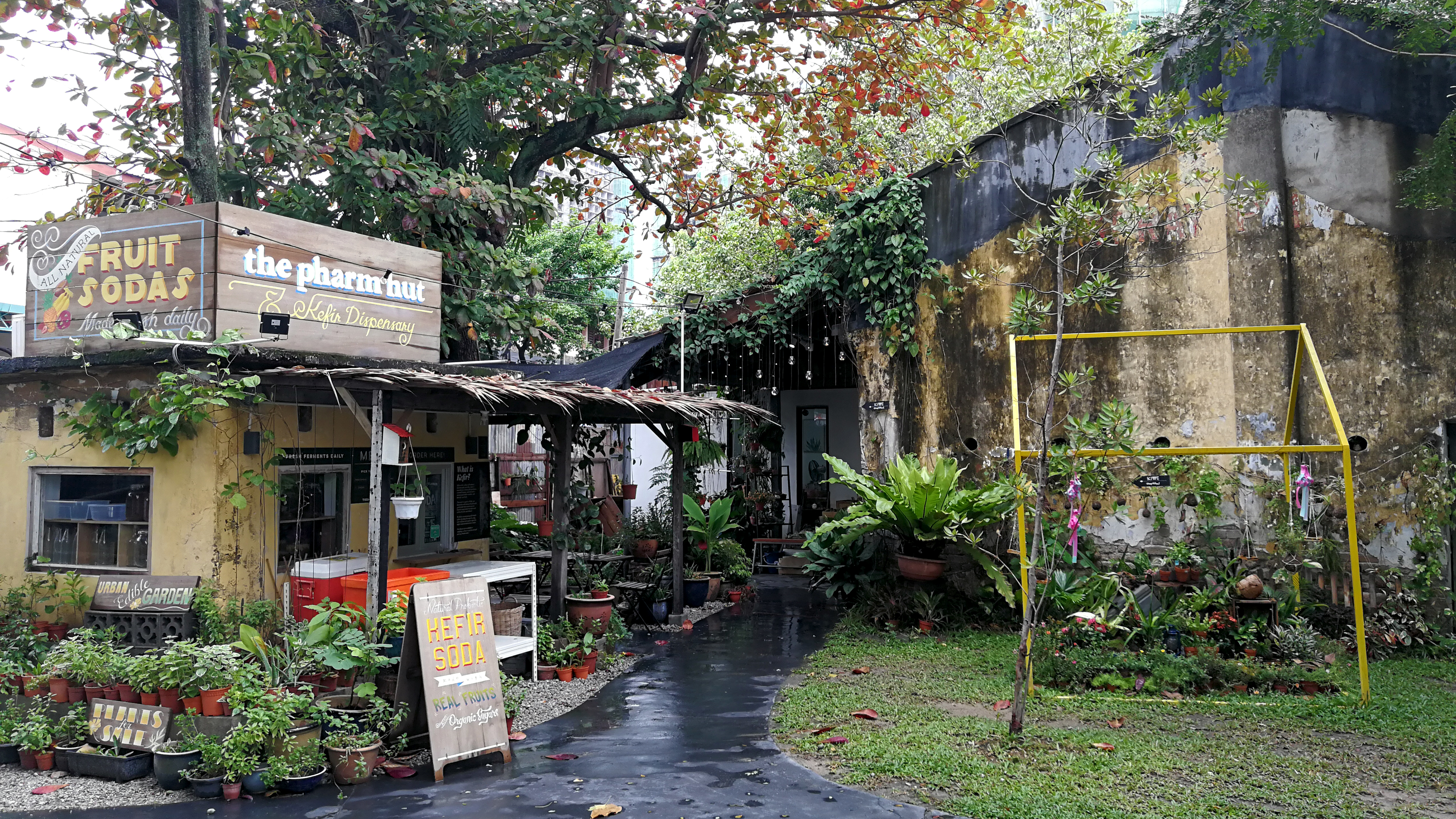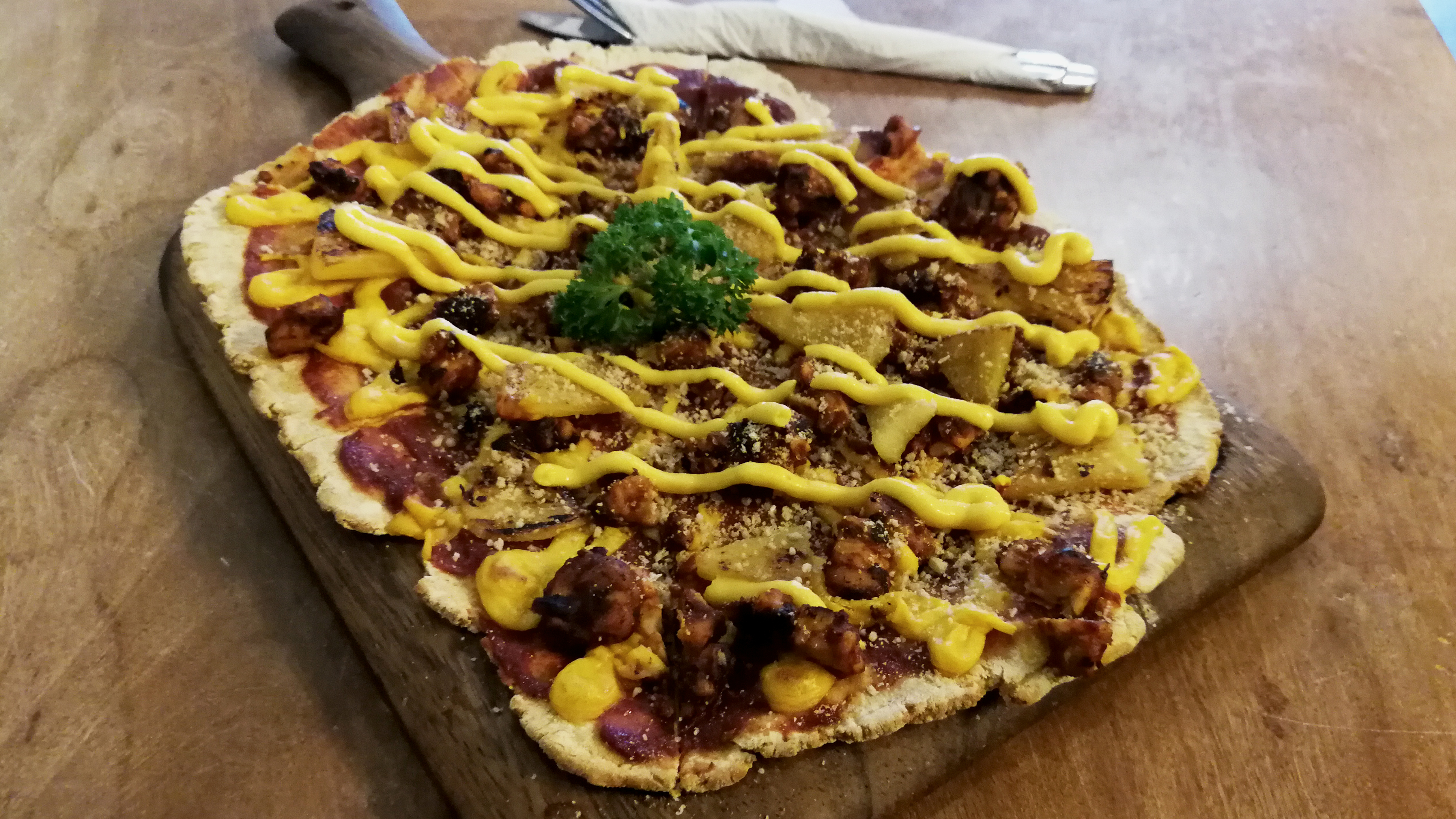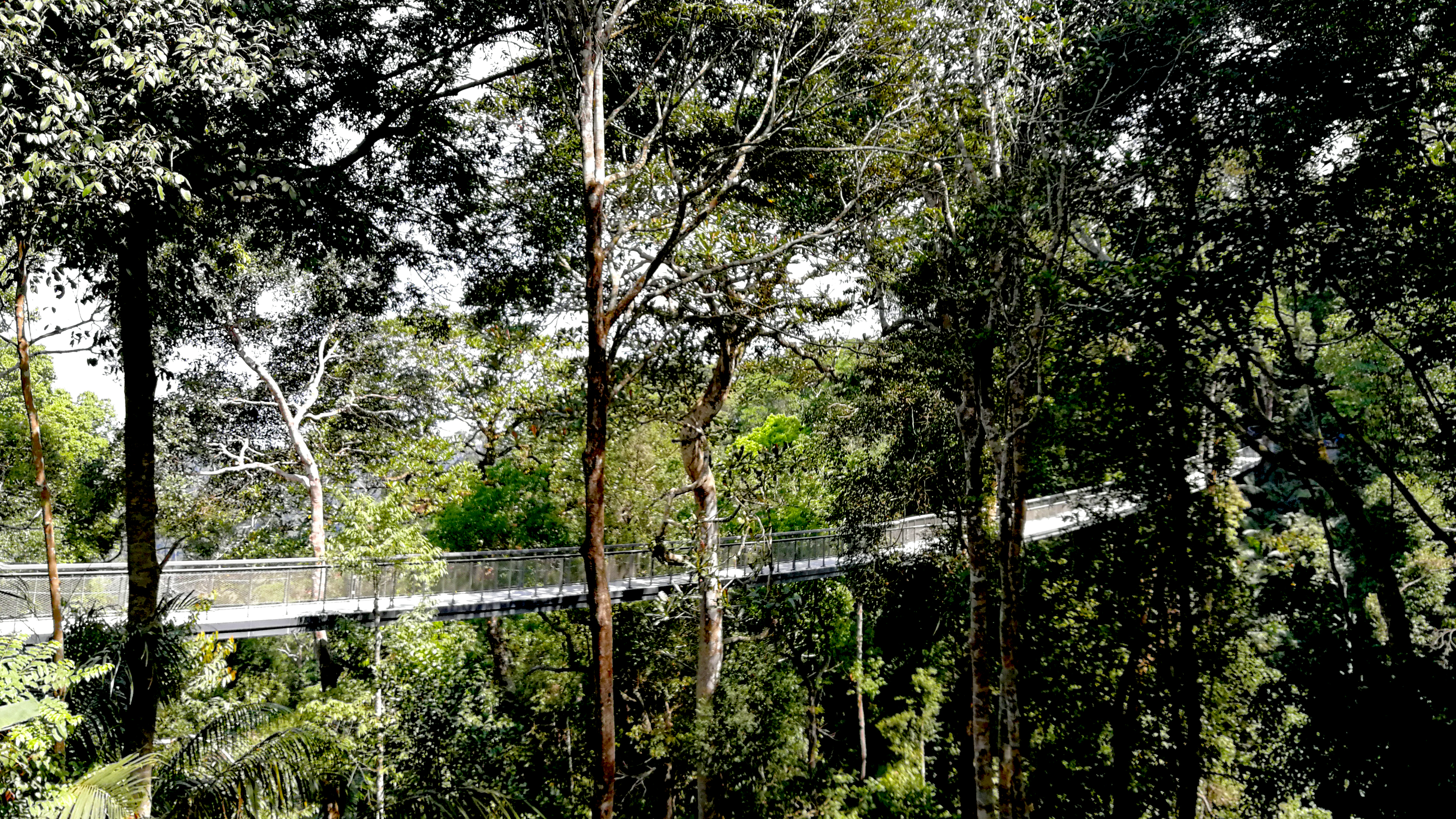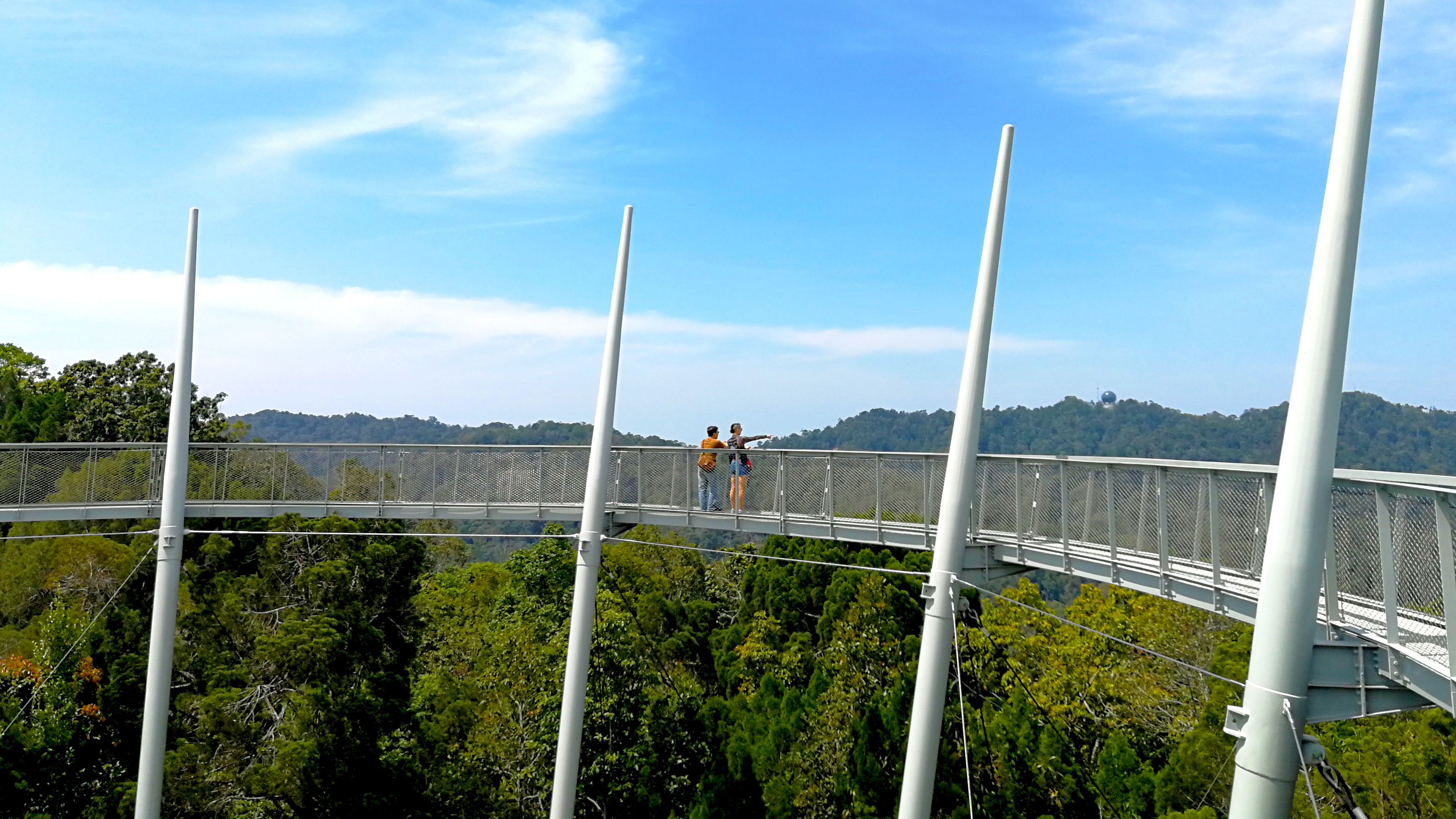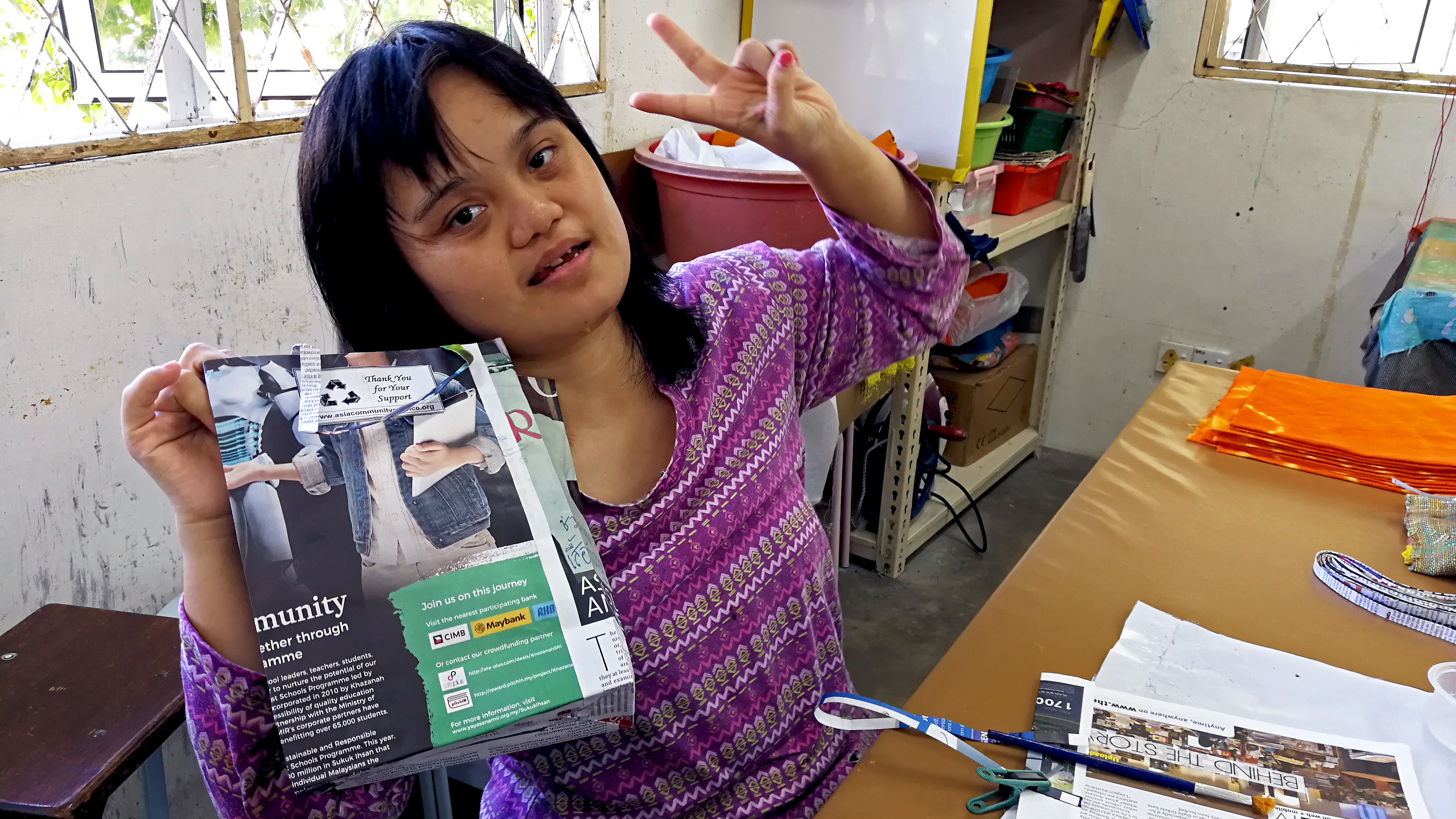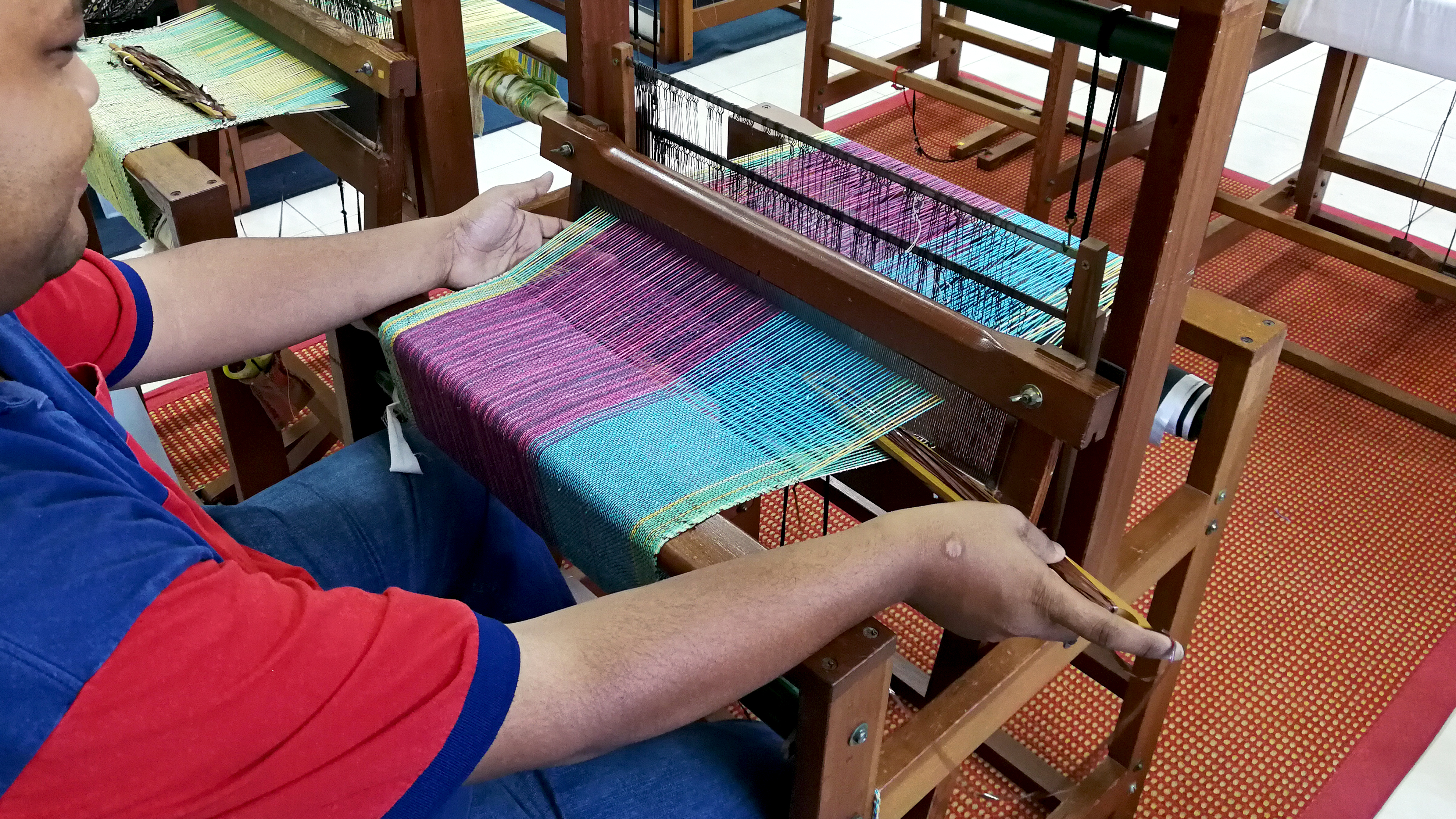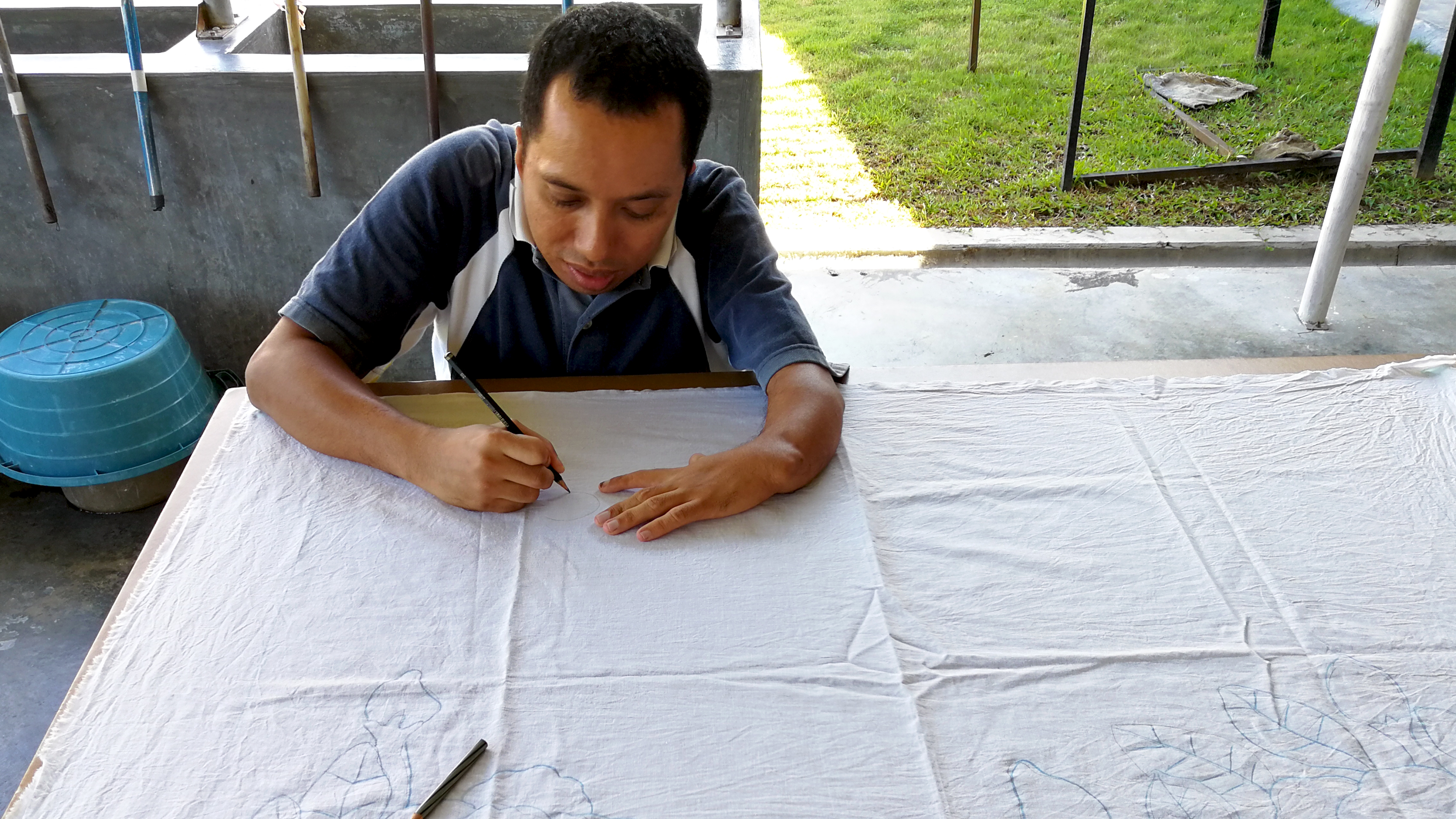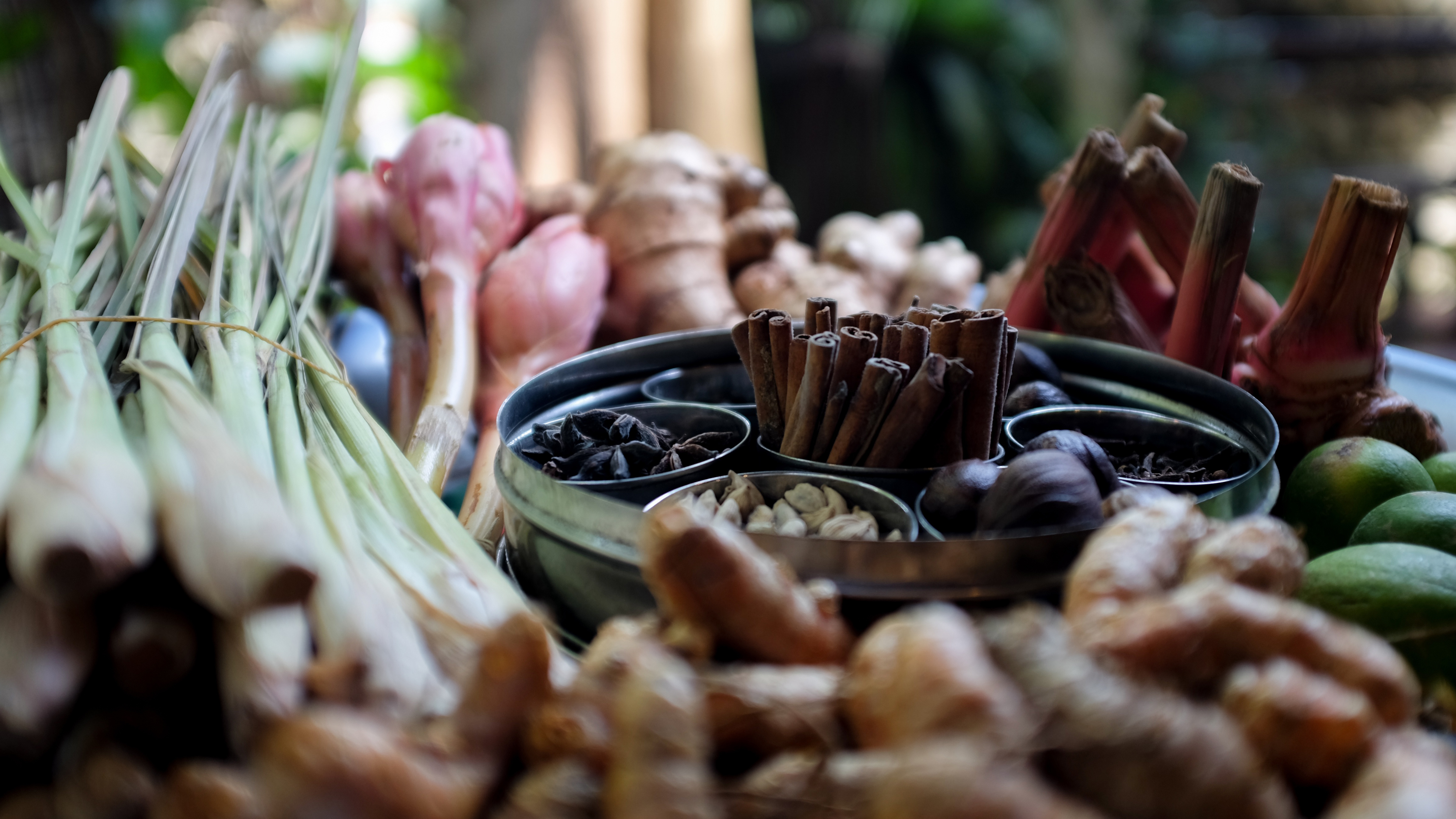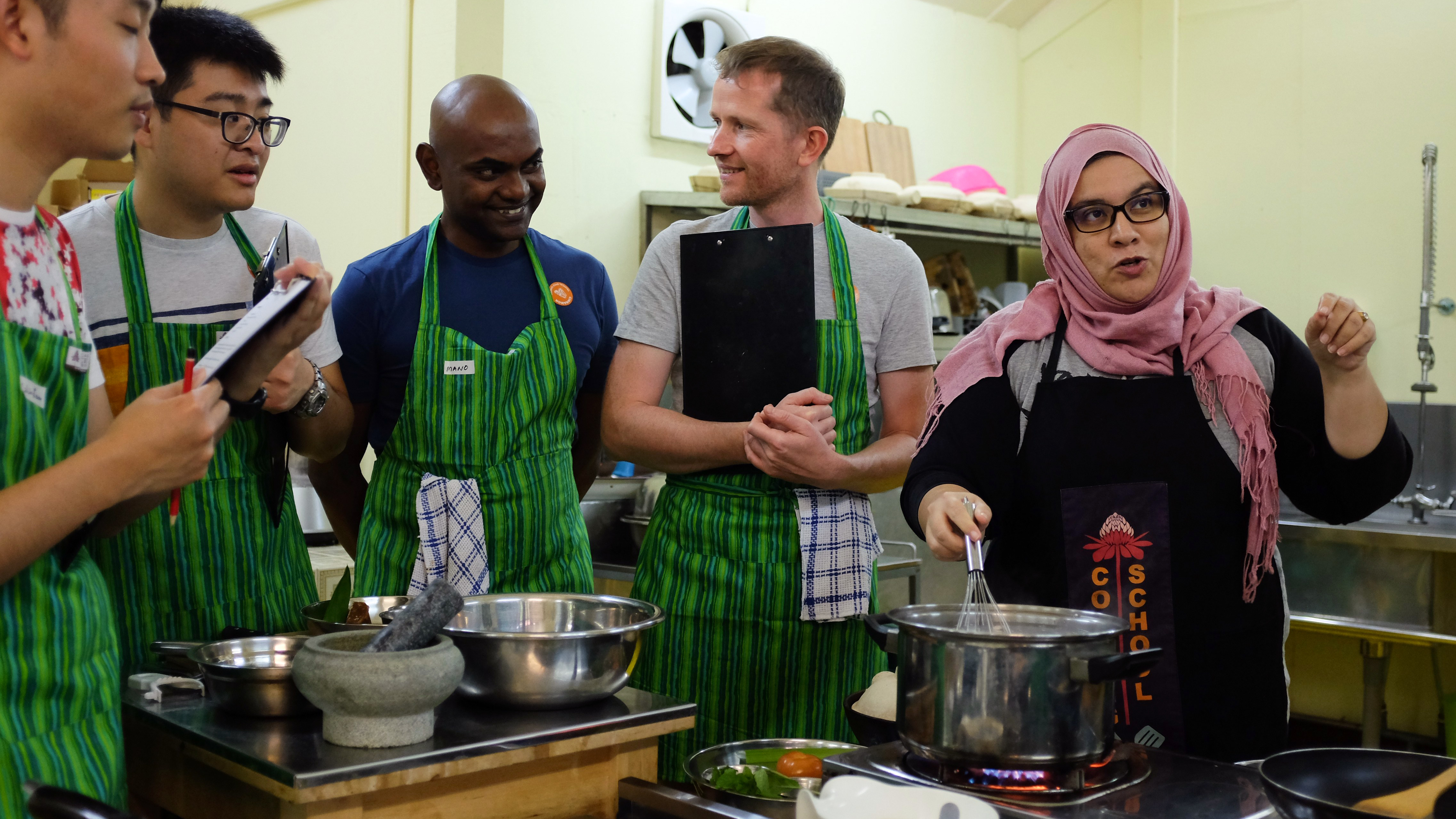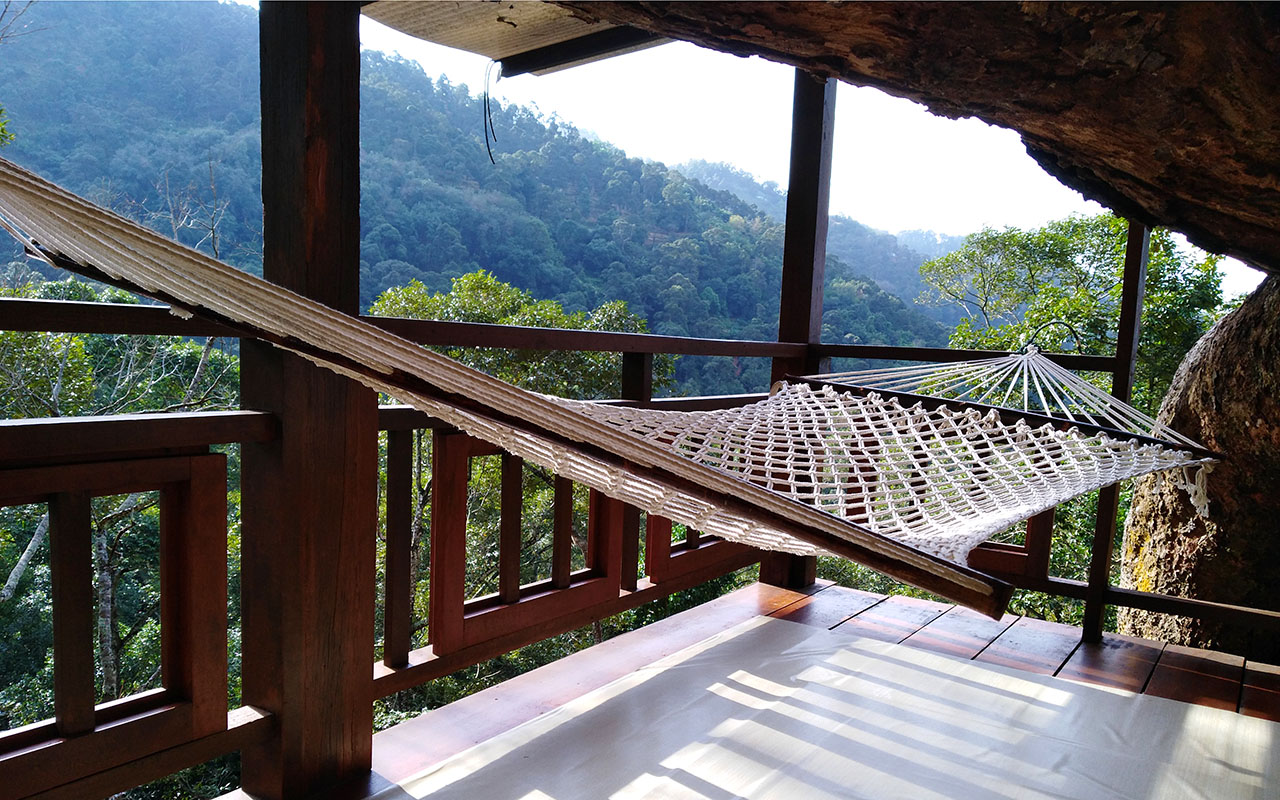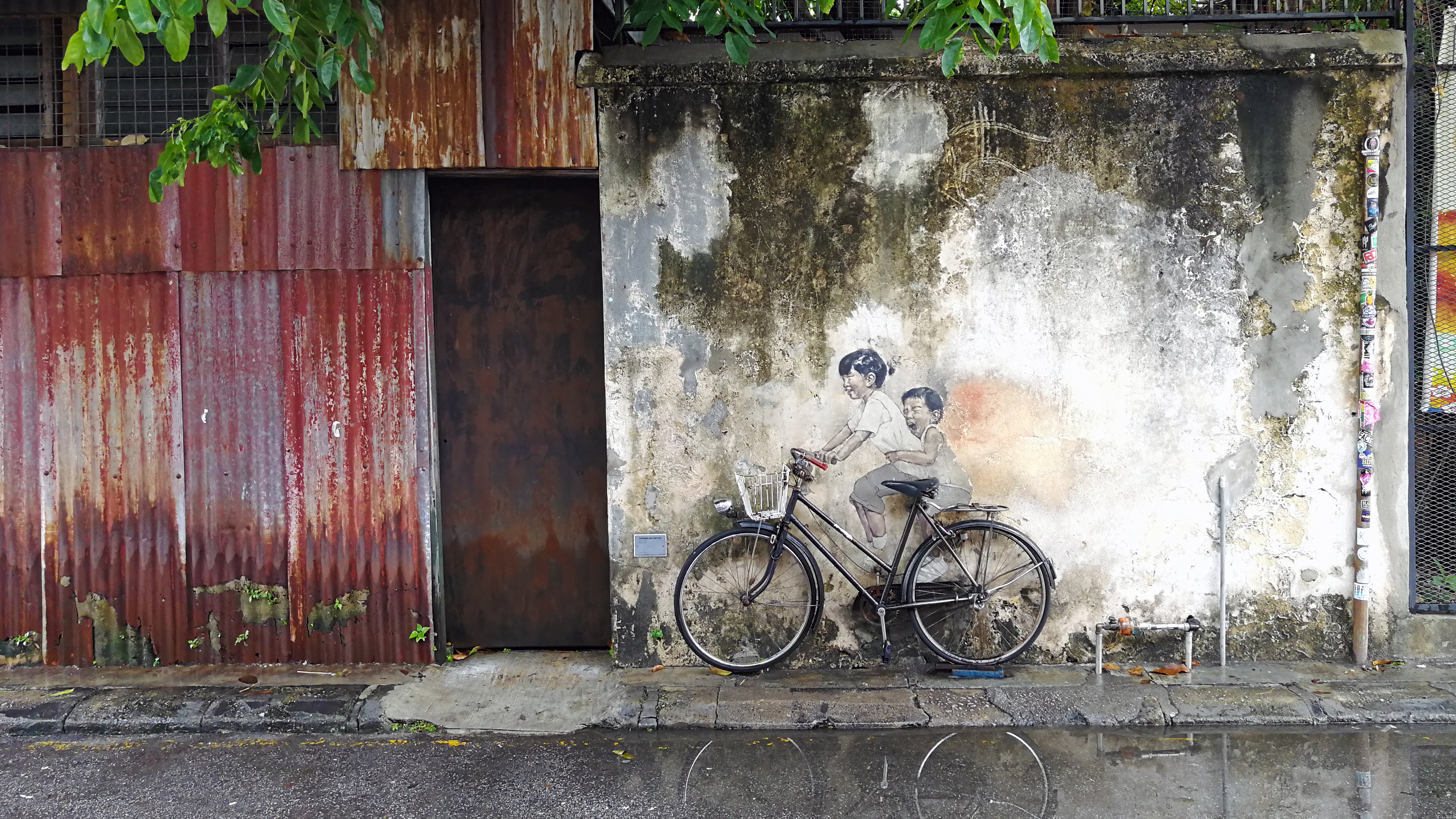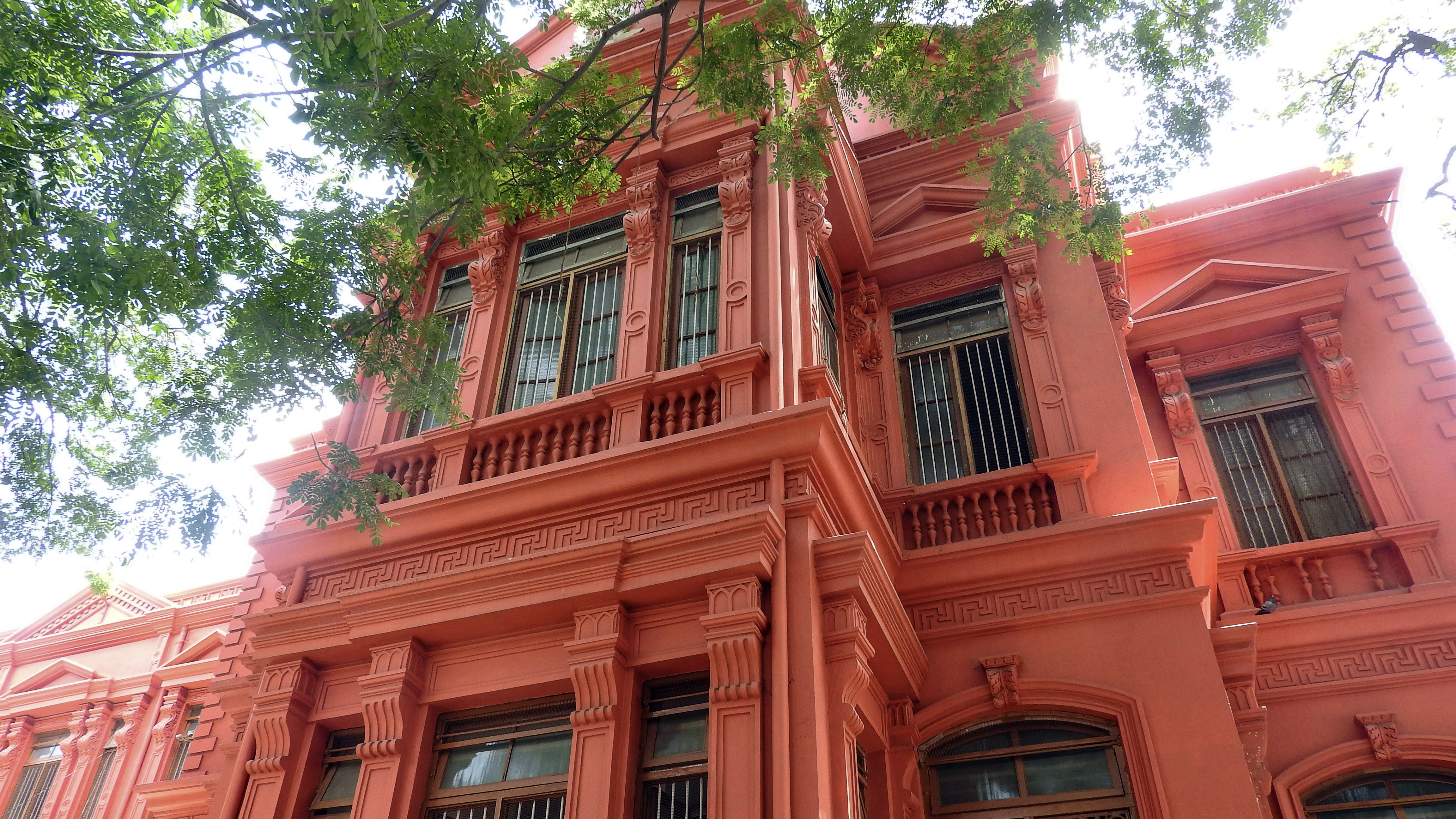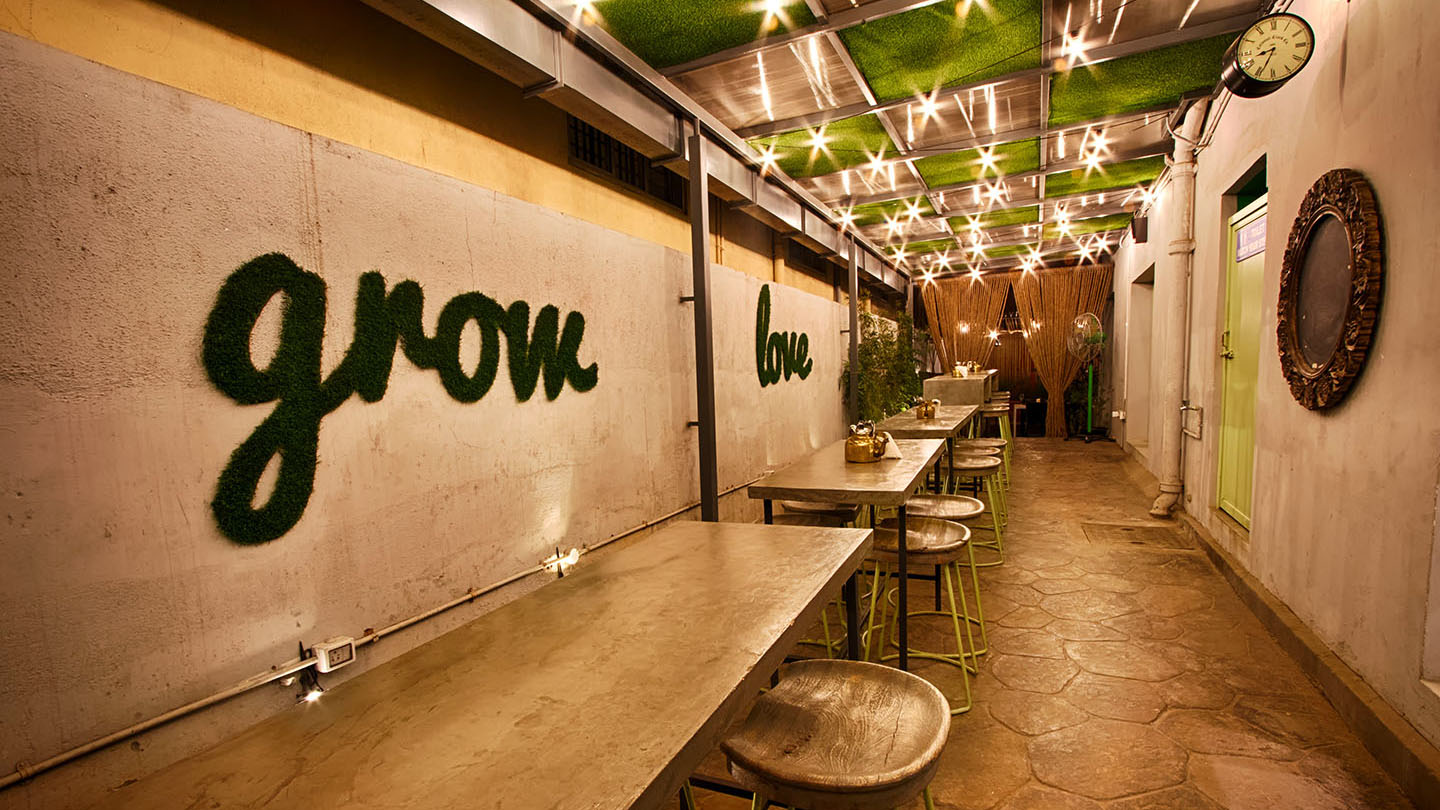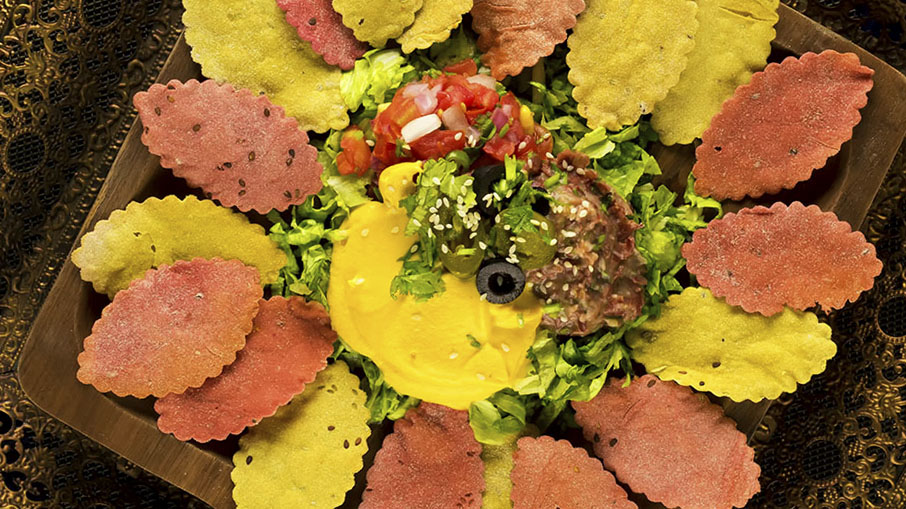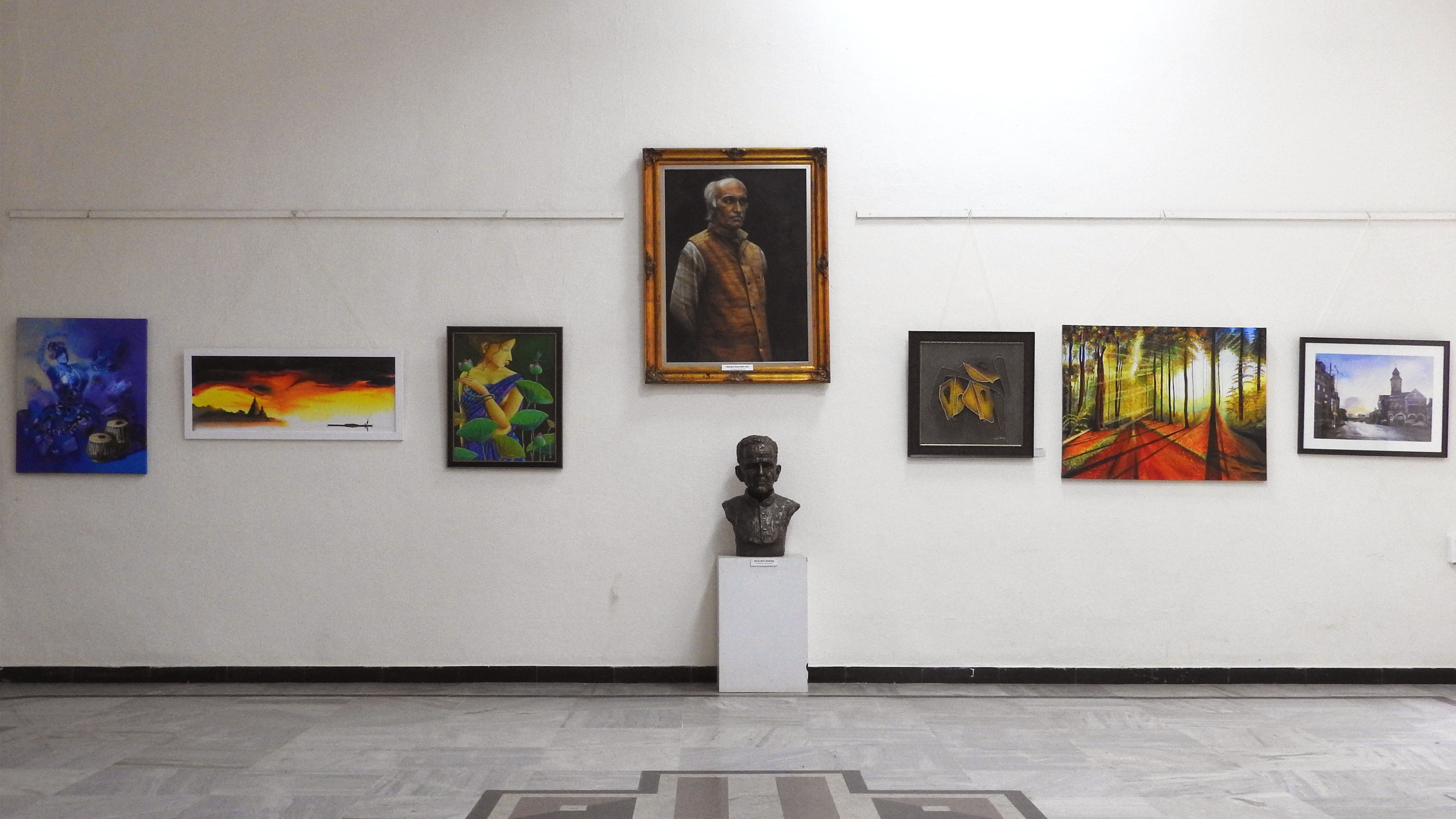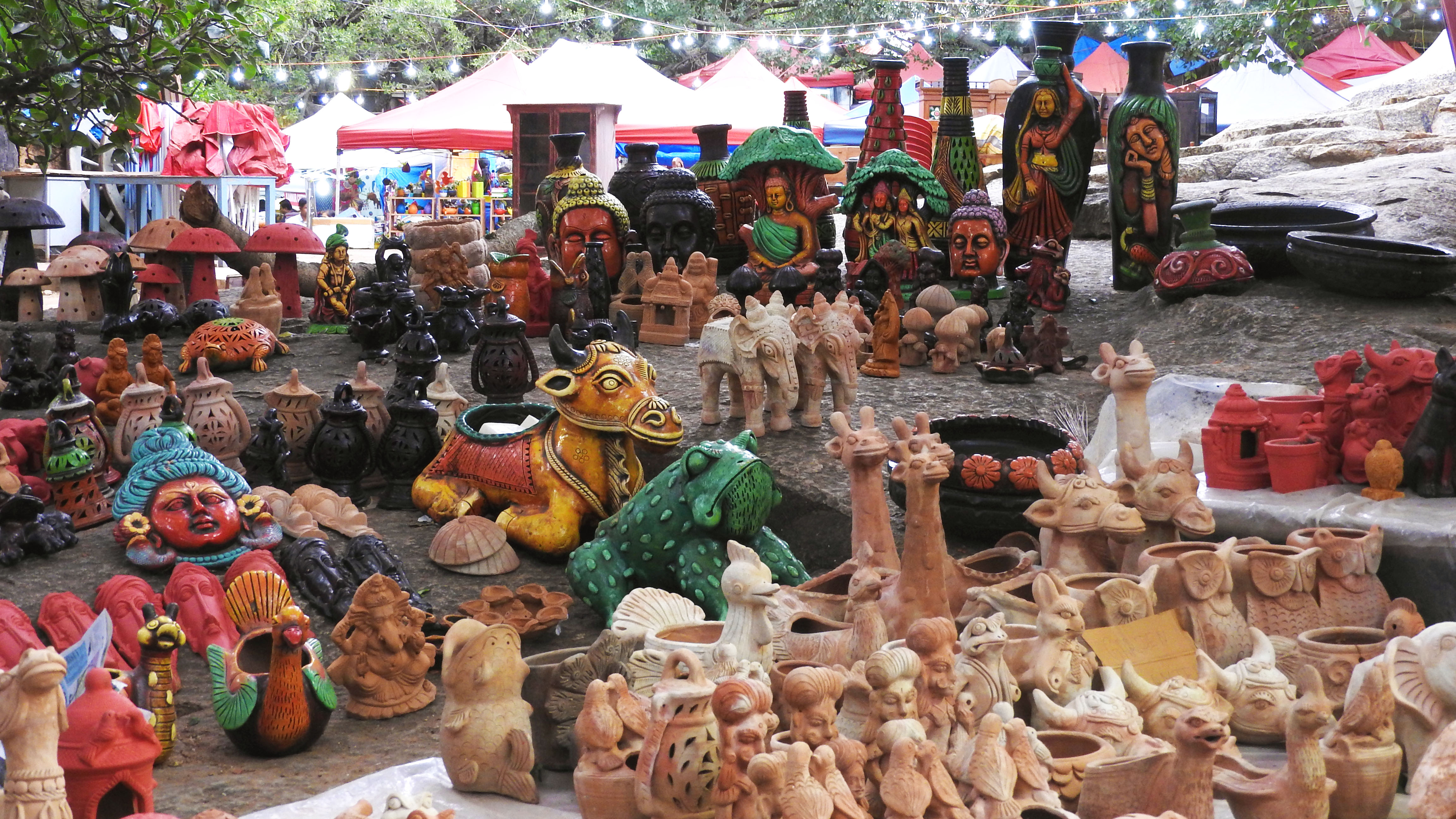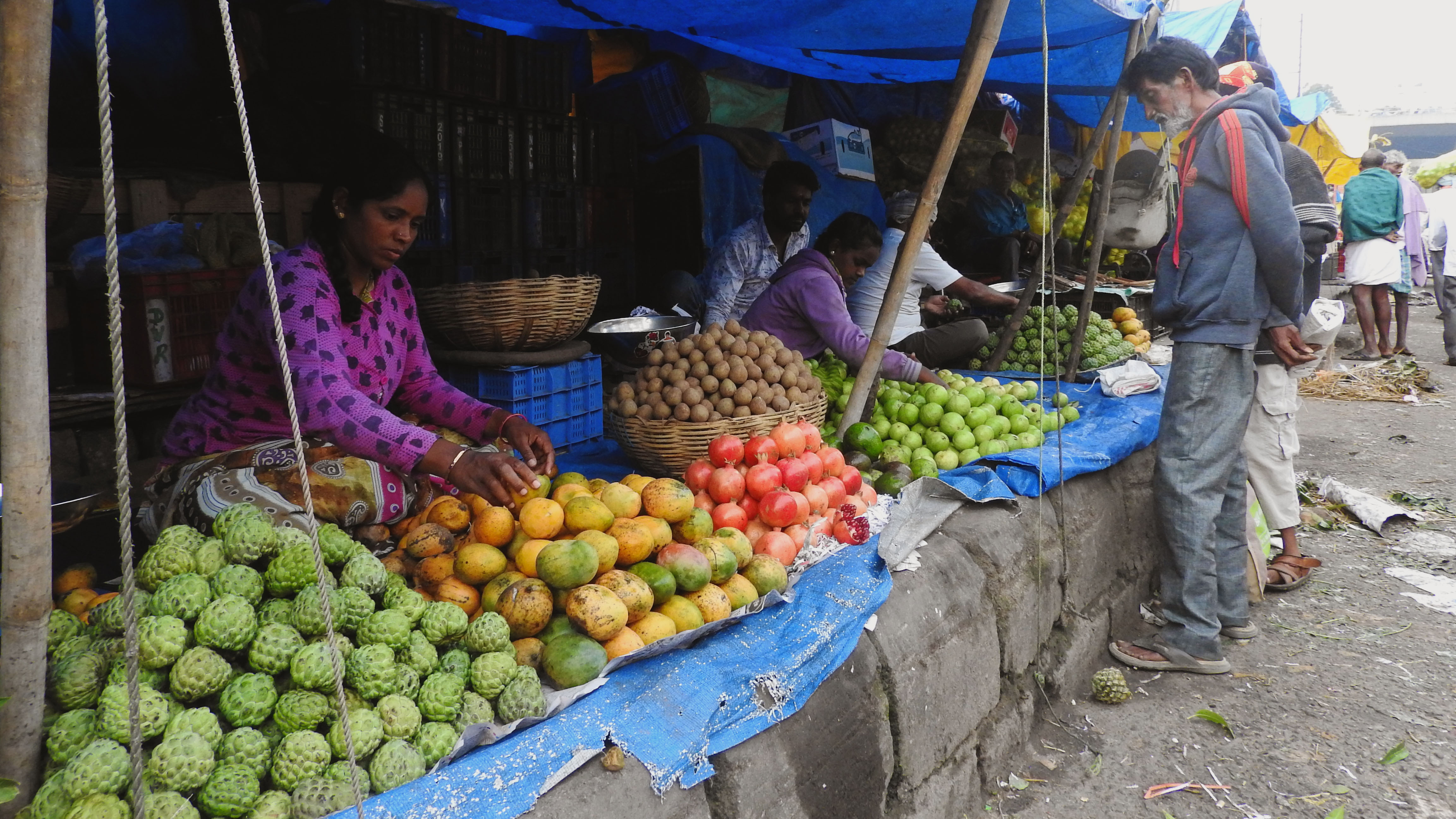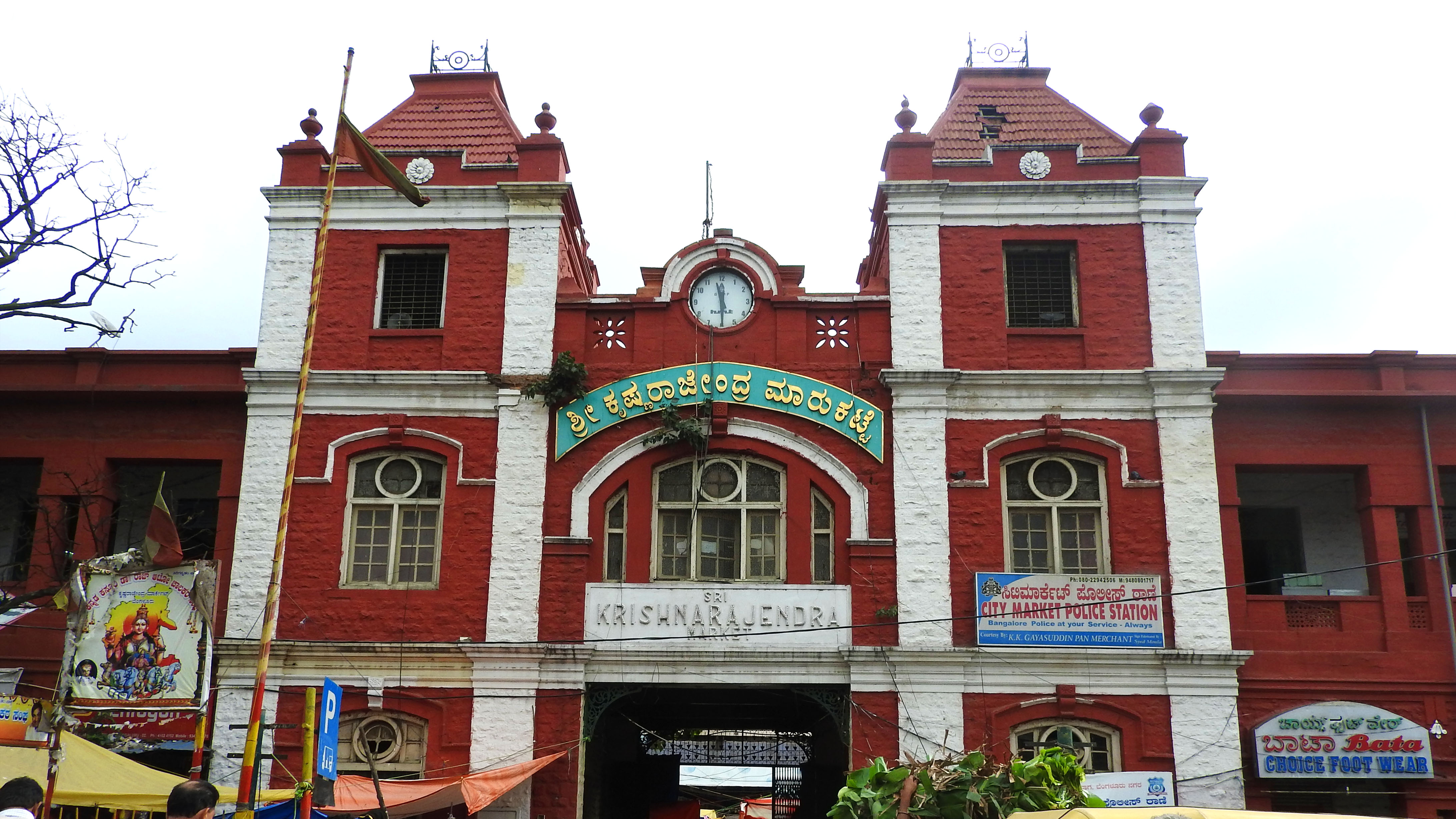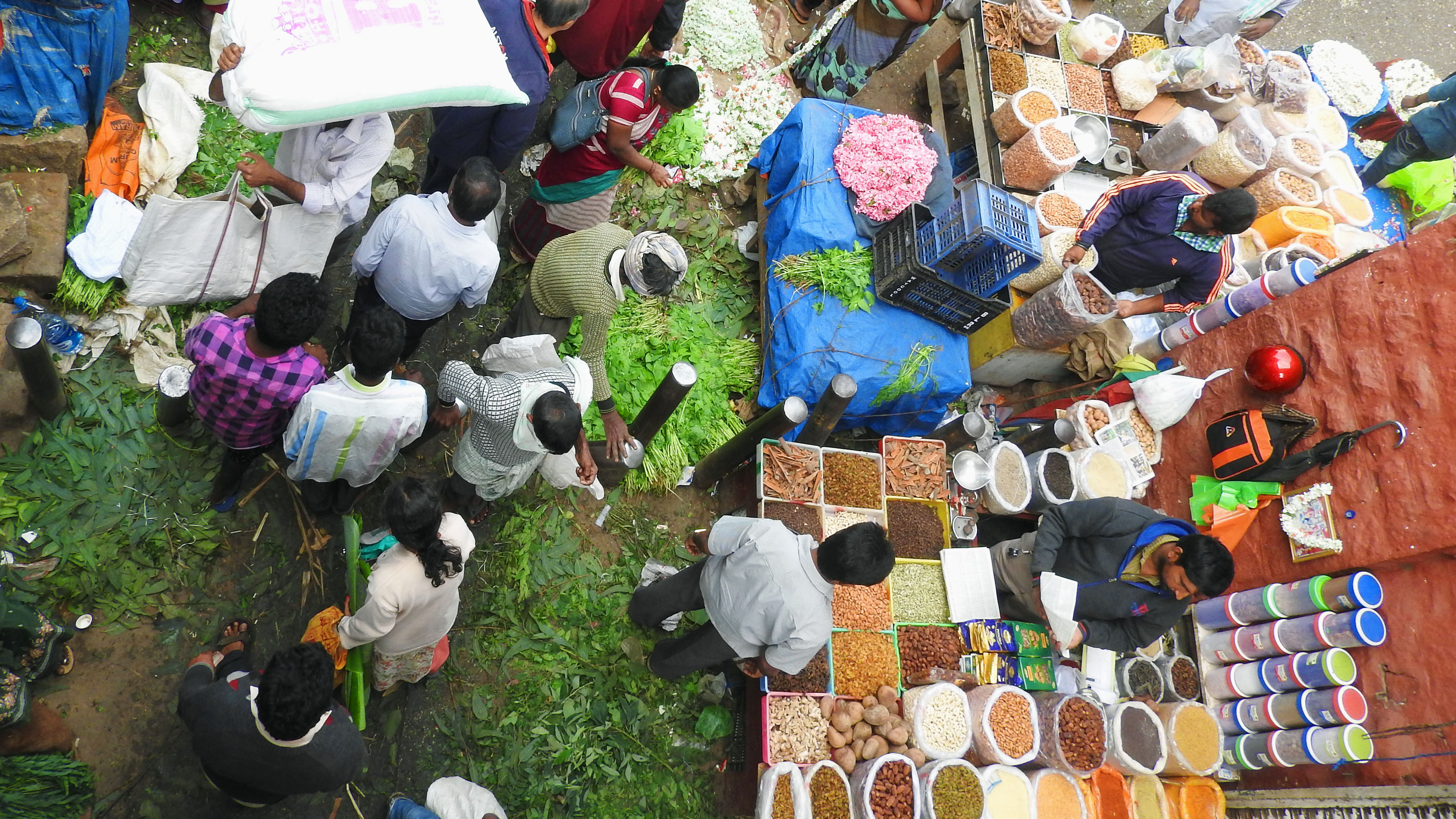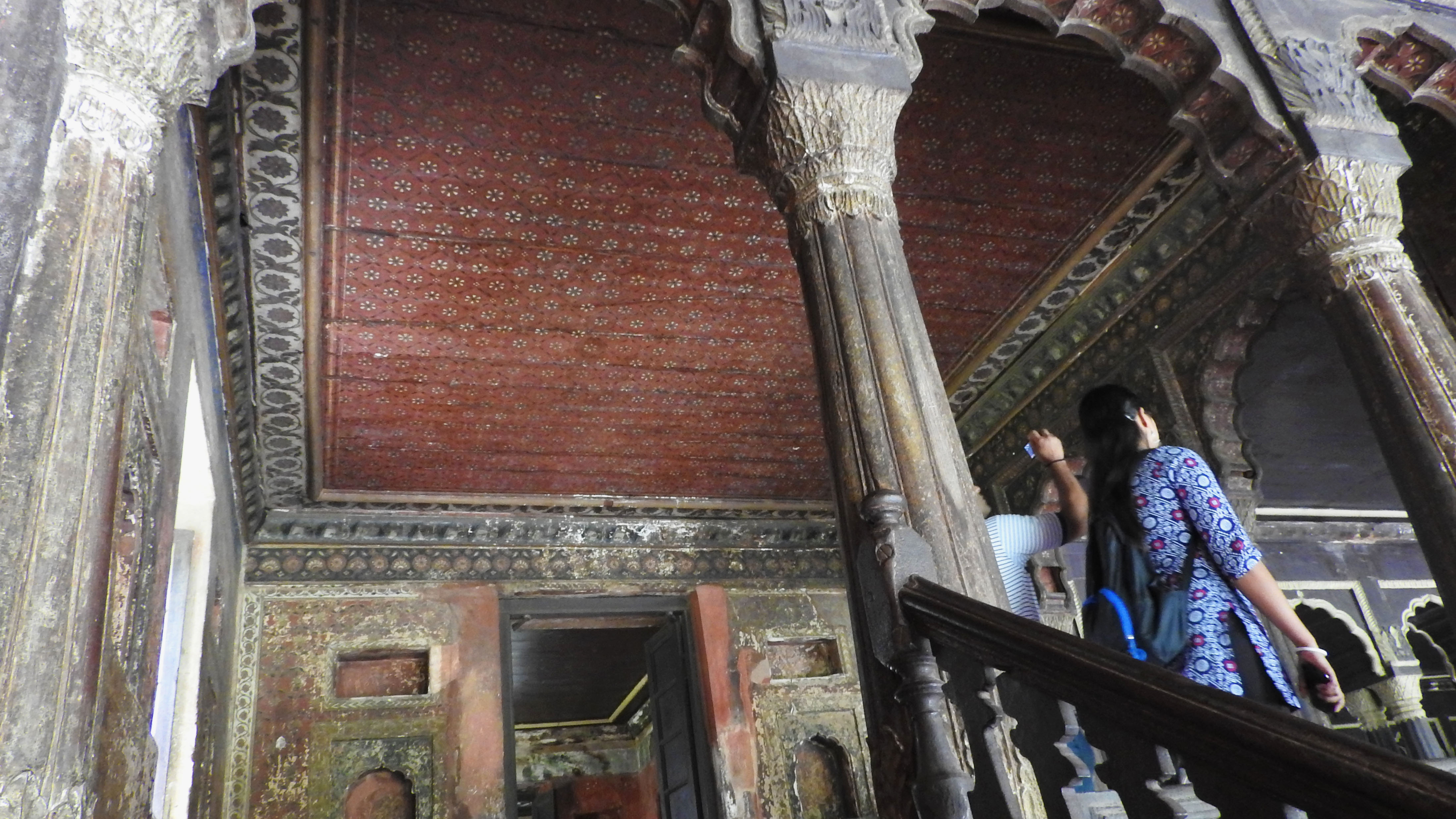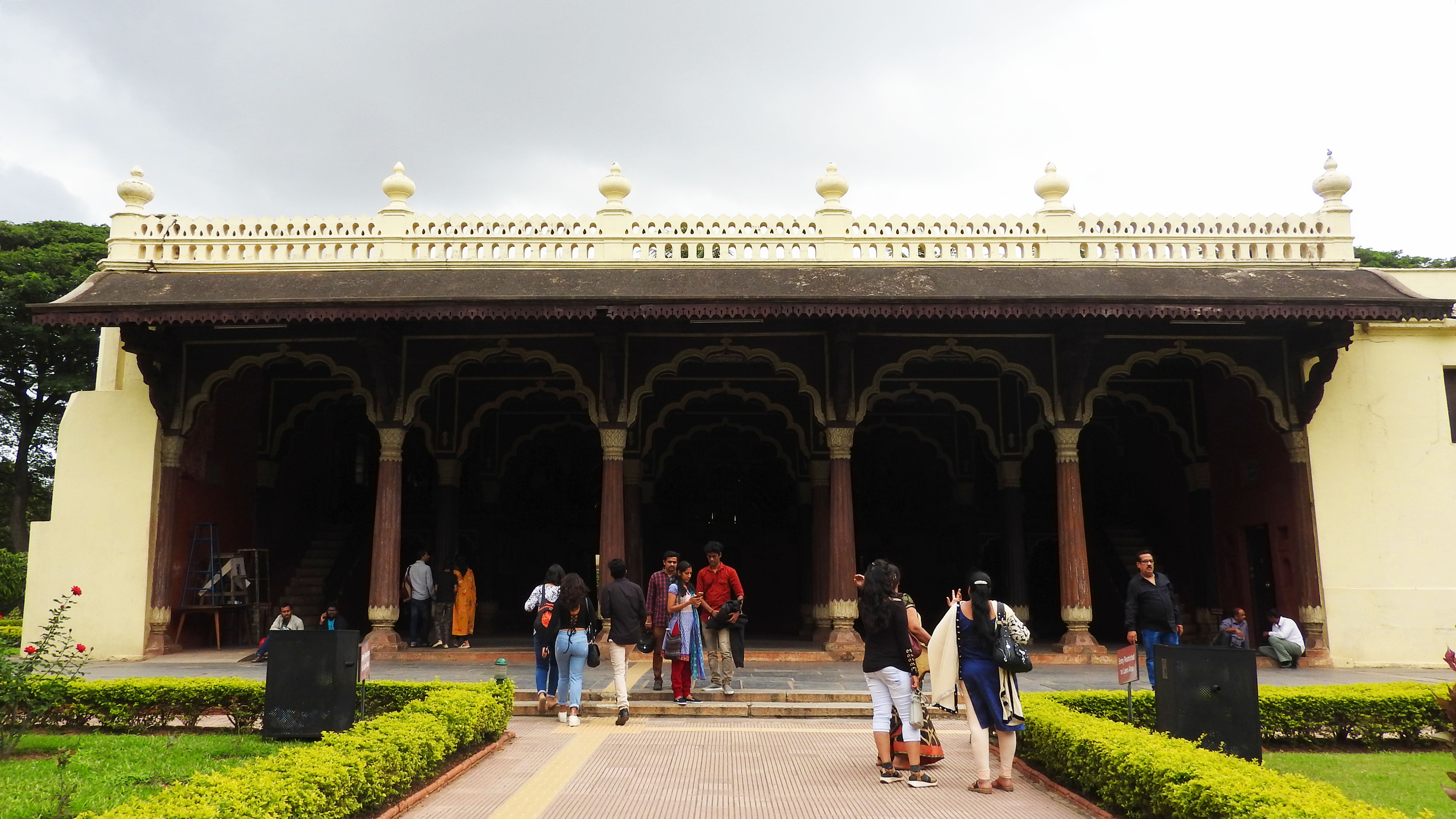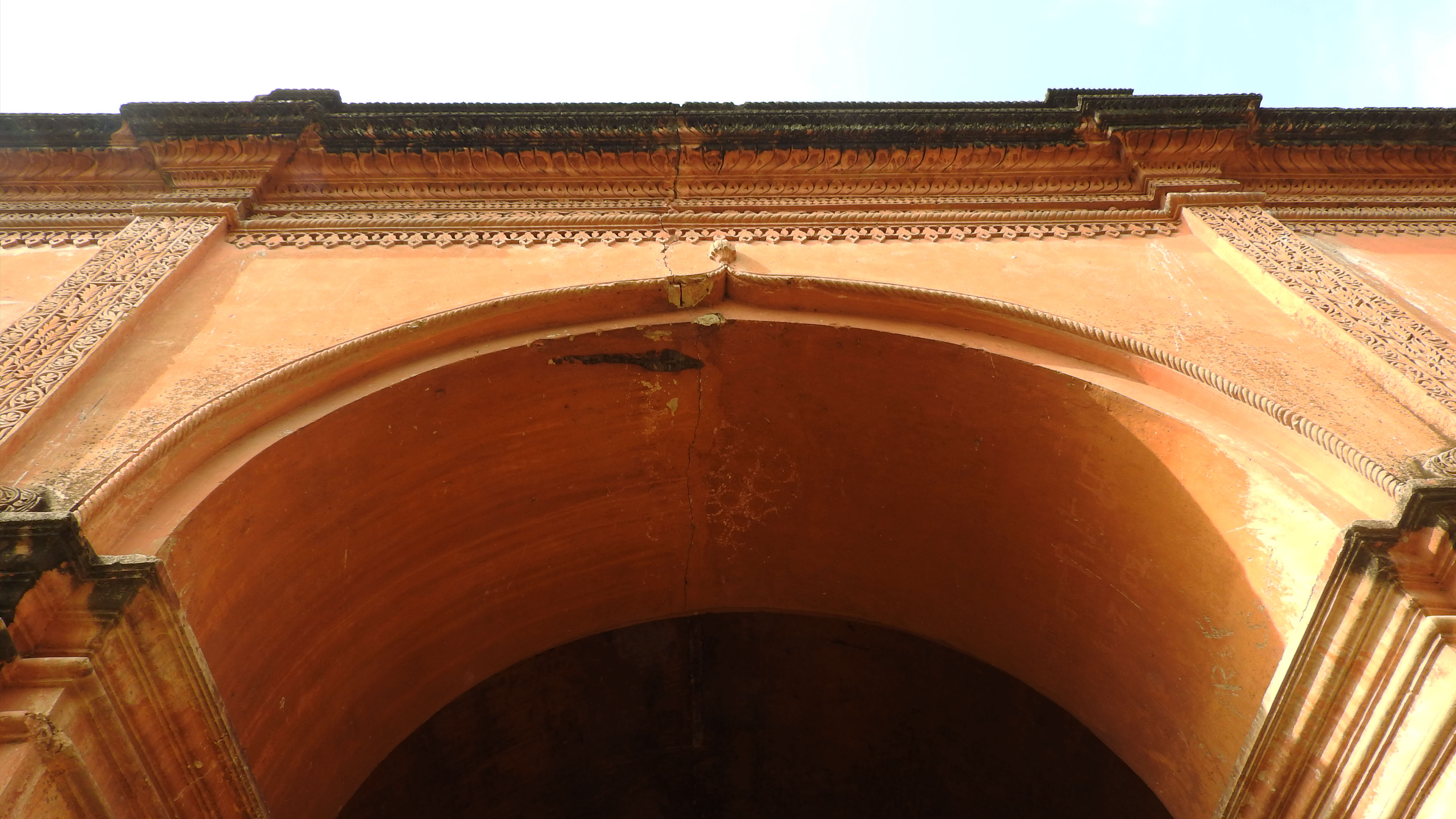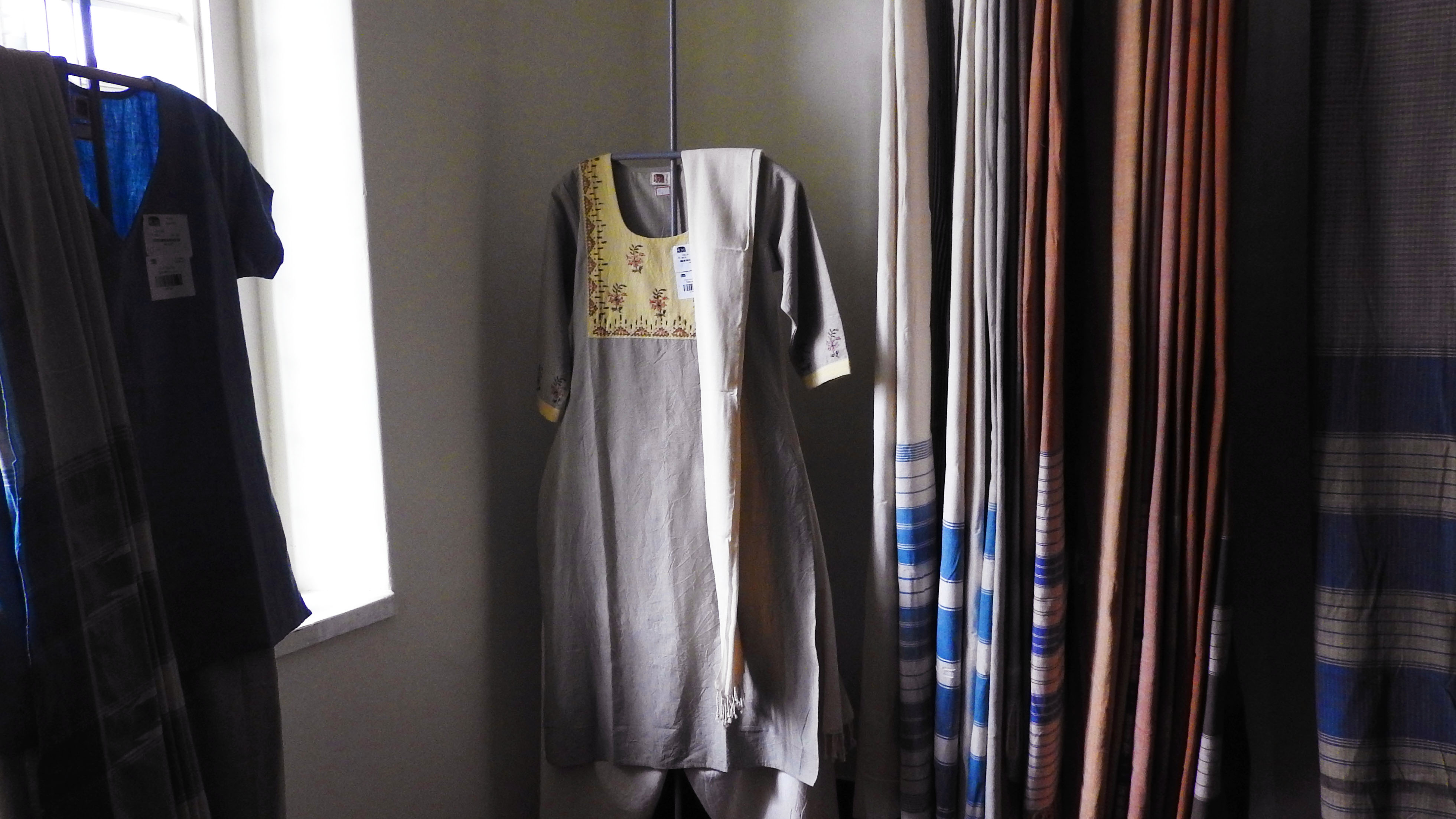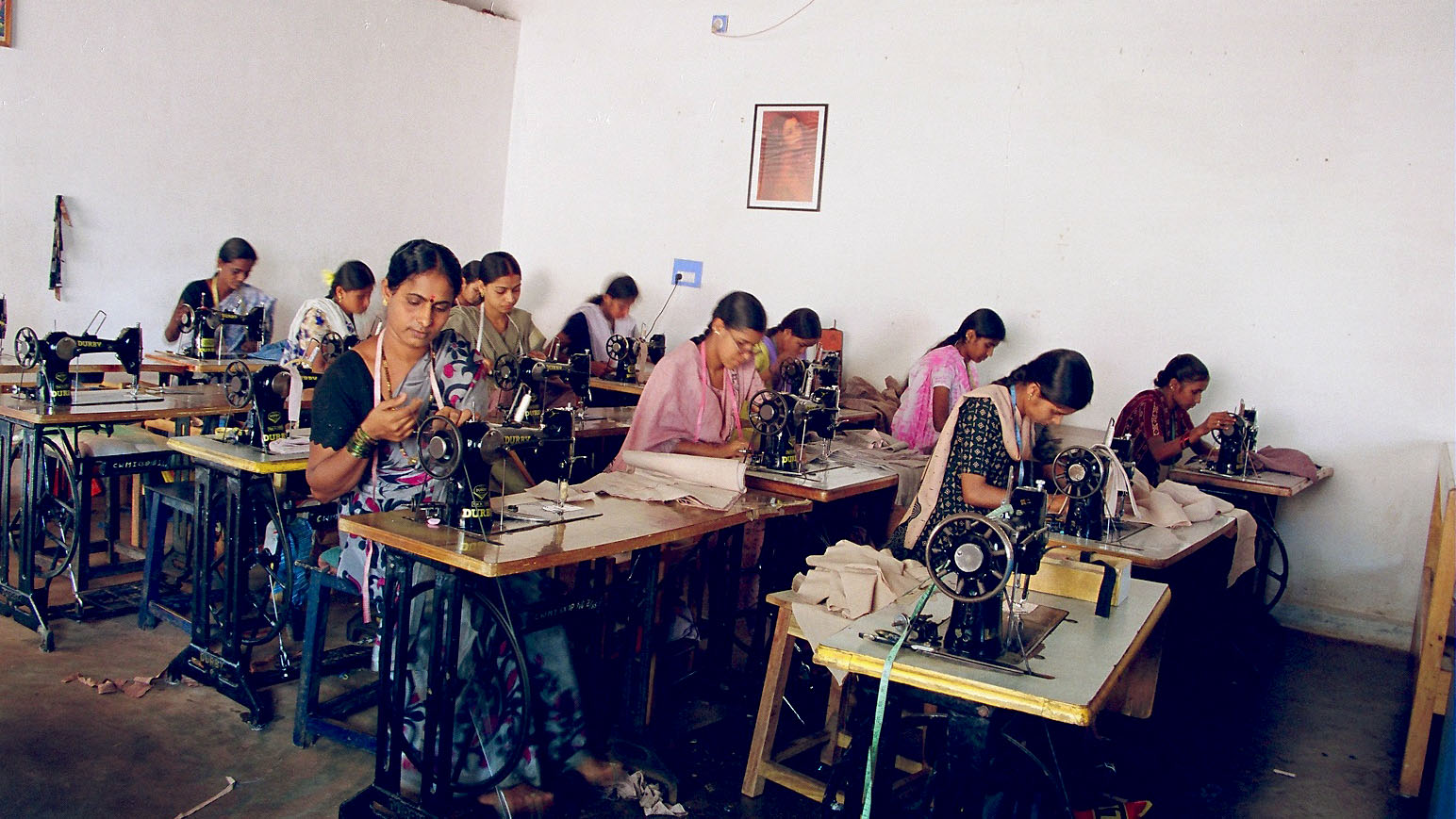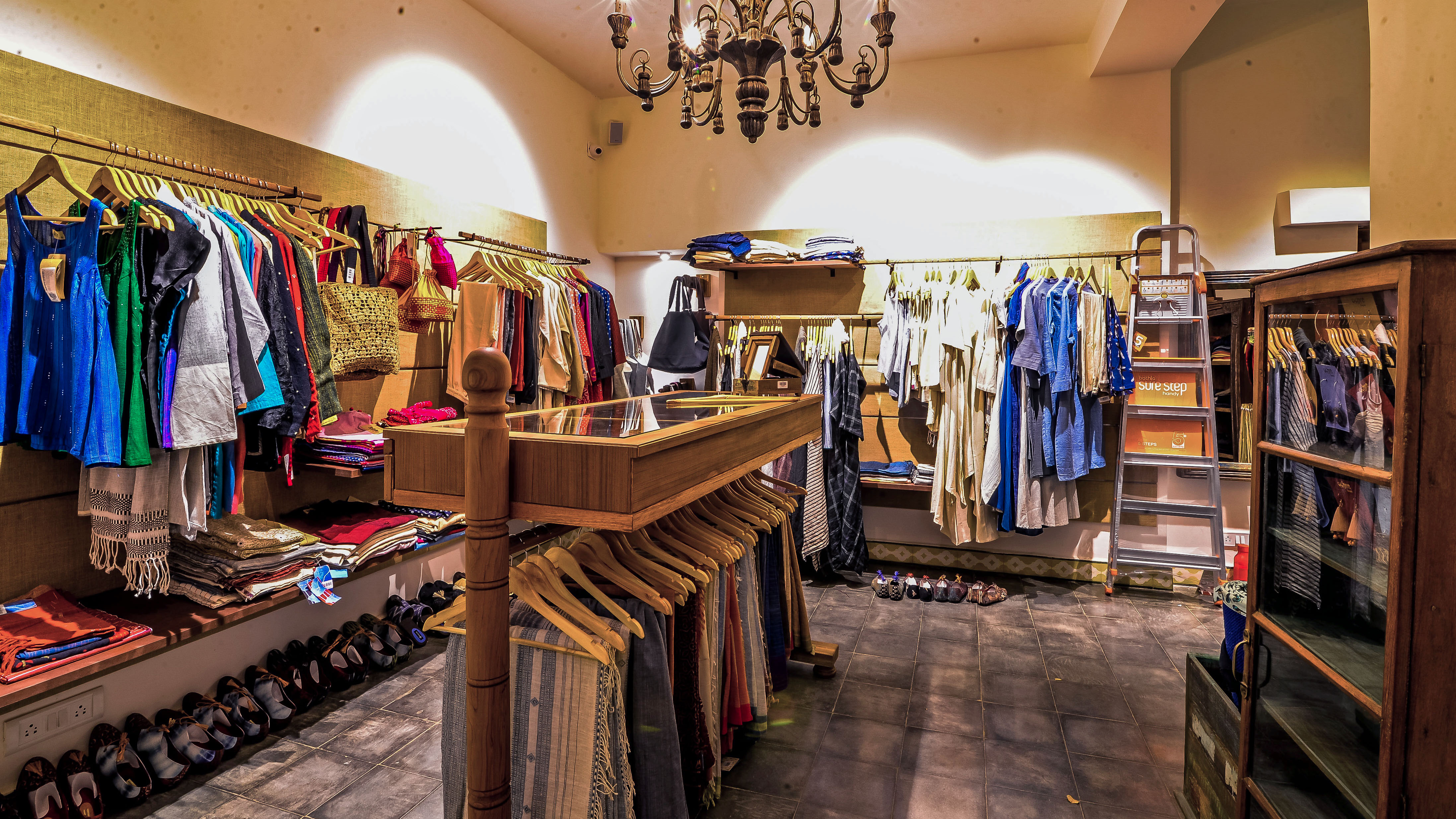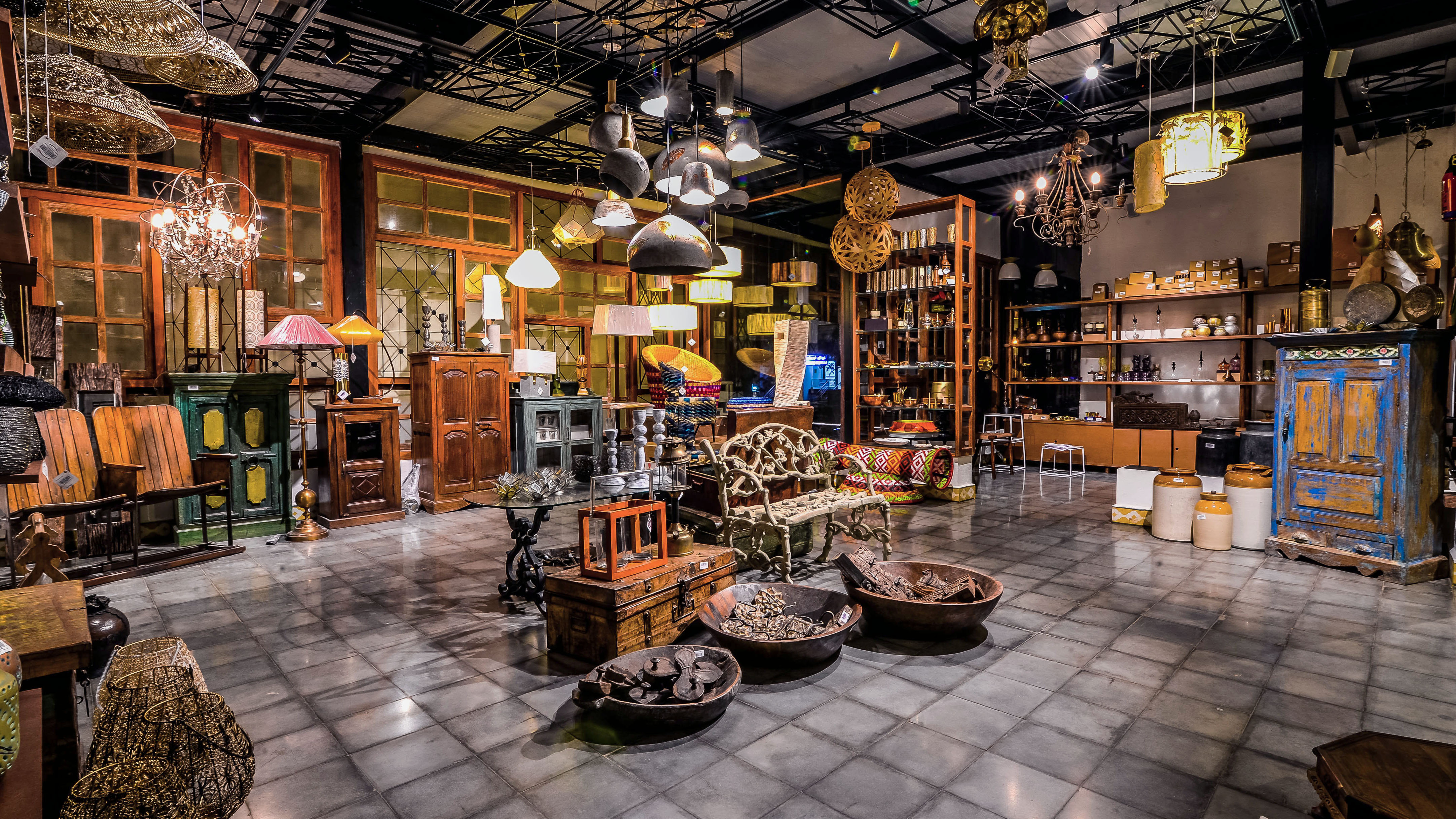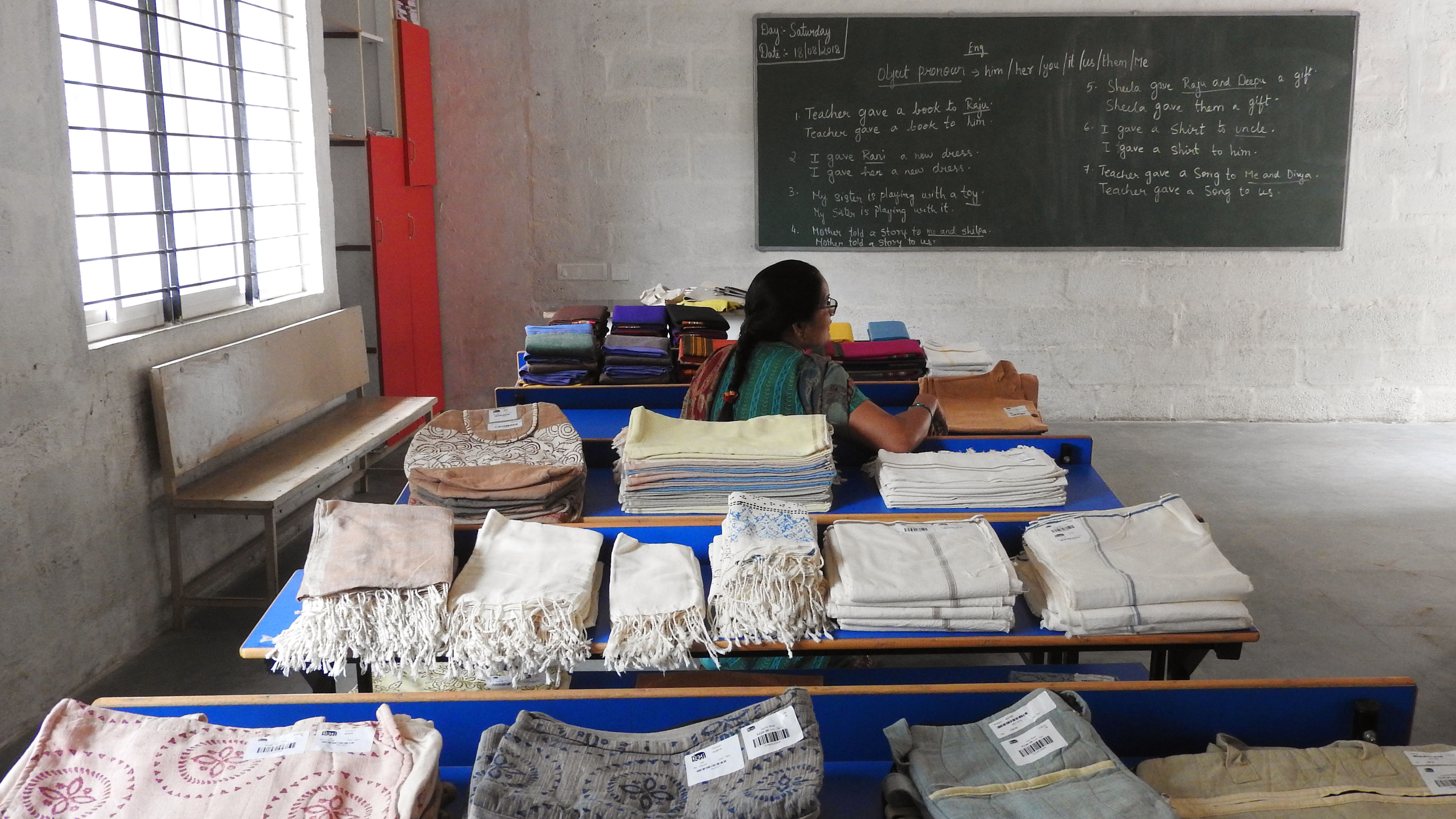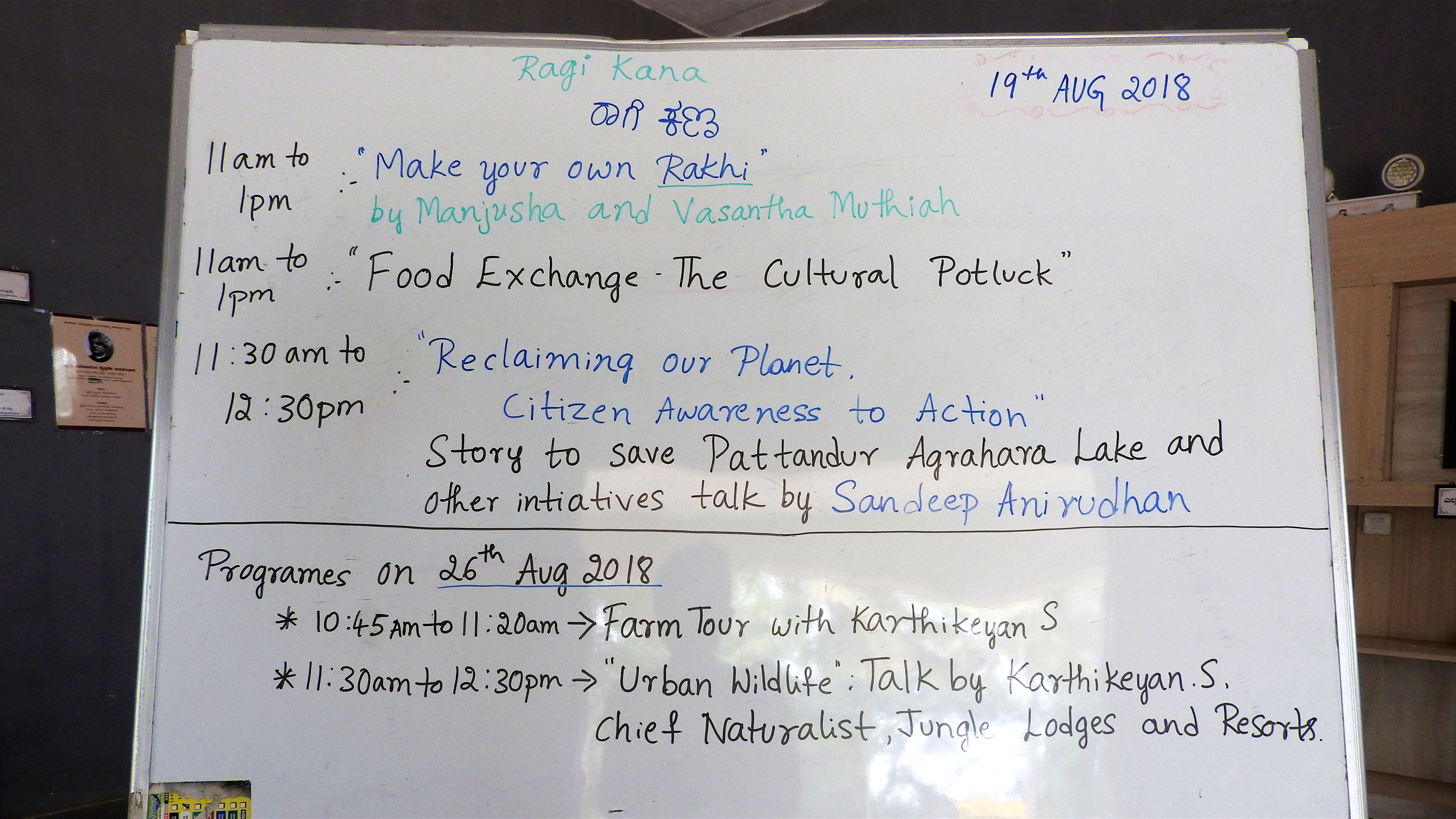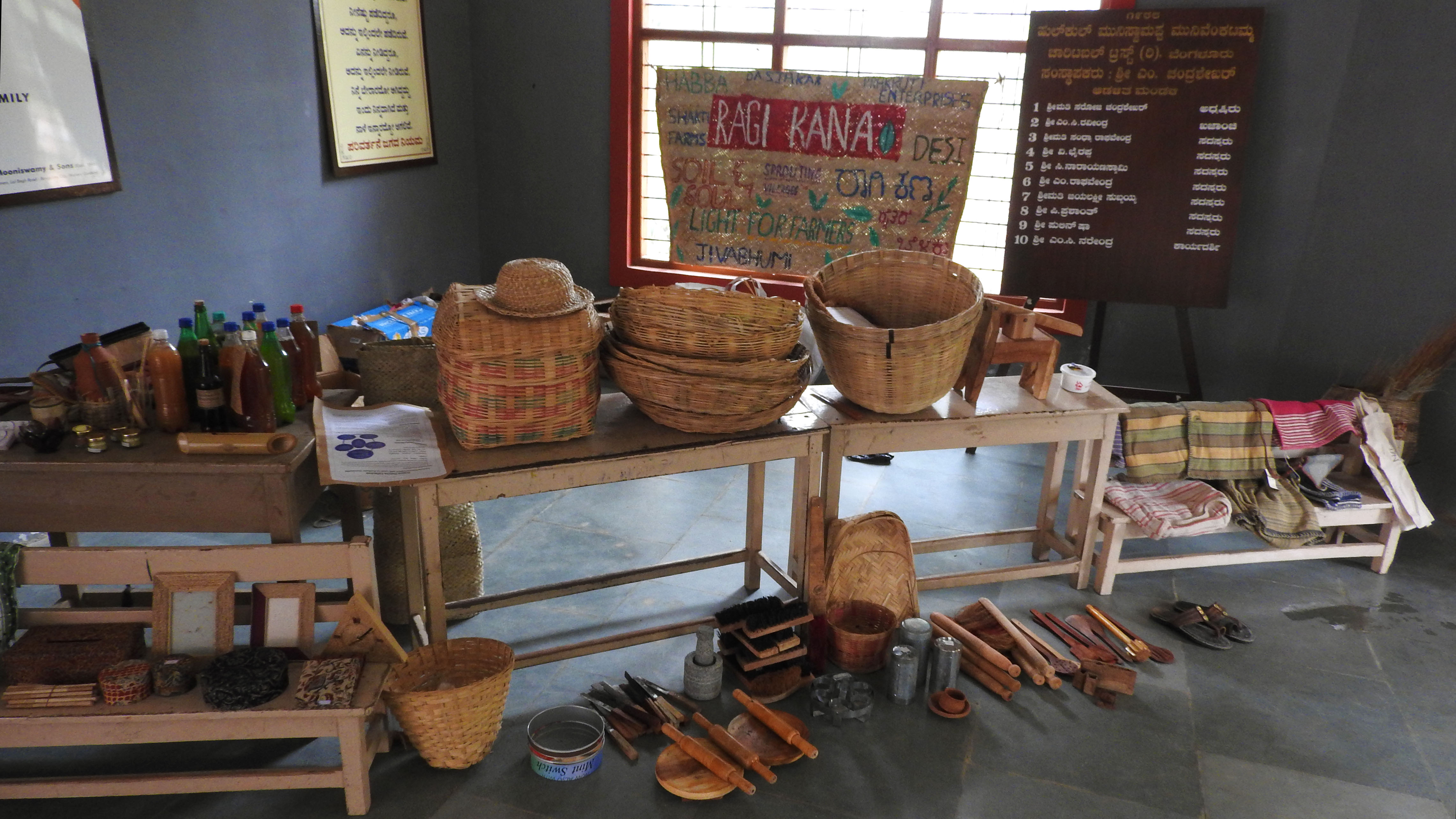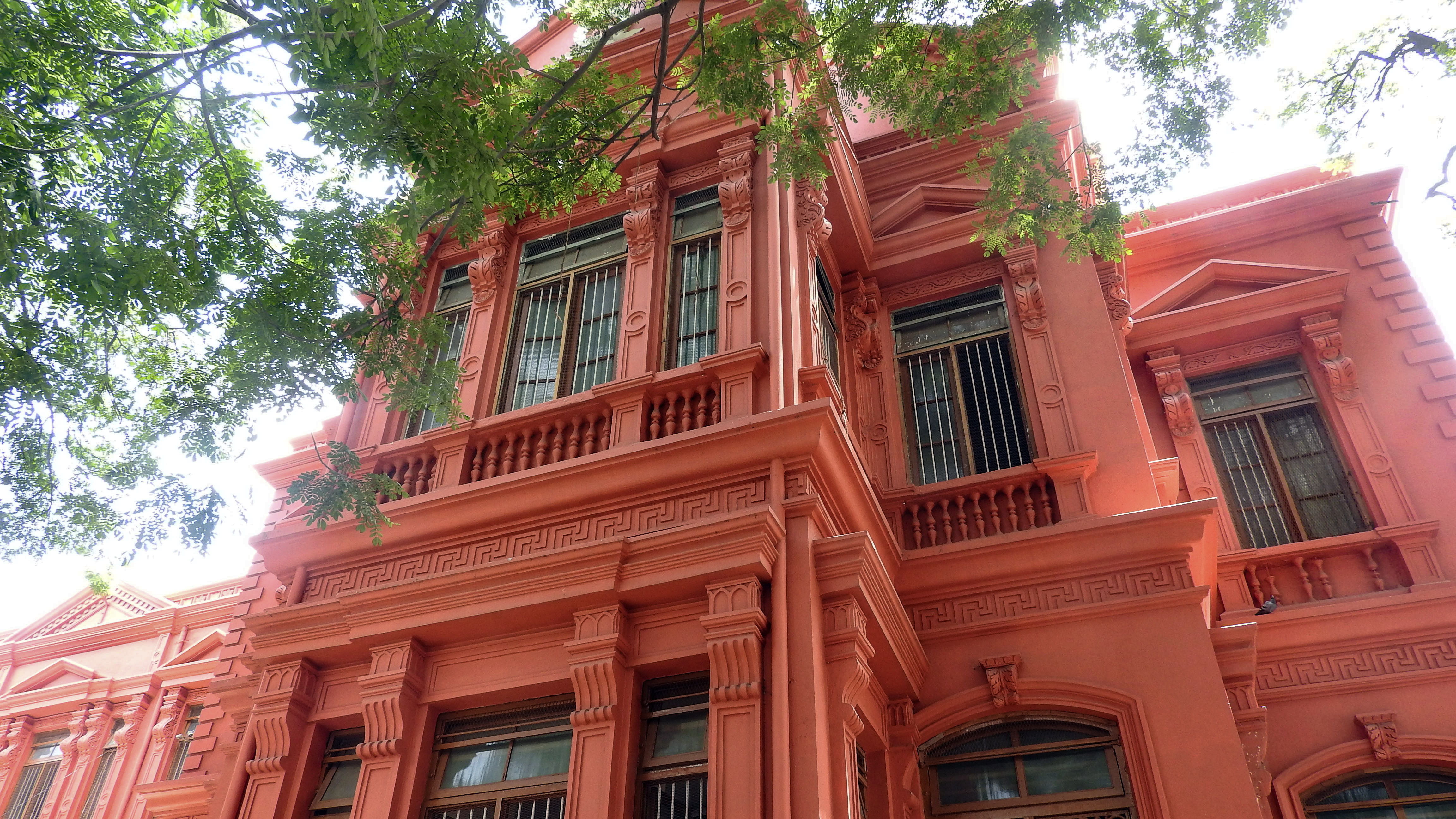A Weekend of Good in Gopeng, Malaysia
Gopeng is quintessentially a Malaysian sleepy hollow. It’s a town that whispers to you, a far cry from the roar it had in the 19th and 20th centuries when it was a tin mining hot spot. Today Gopeng is one of Asia's top adventure destinations. From the heritage of this old mining town, a new haven of eco-tourism and adventure has been unearthed.
Friday | Hup Teck Soya Sauce Factory, Gaharu Tea Valley, Adeline Villa & Resthouse |
Saturday | Ulu Geroh (Rafflesia trek), Museum Gopeng, Earth Camp |
Sunday | Nomad Adventure Mountain School |
The town lies two hours away from Kuala Lumpur, and is near Ipoh. As old mining towns go this tranquil one boasts of rivers, caves, and limestone cliffs.
It was the exact answer for me as I searched for a way to keep the centuries old way of life intact for the locals and the honouring of its history as a mining town.
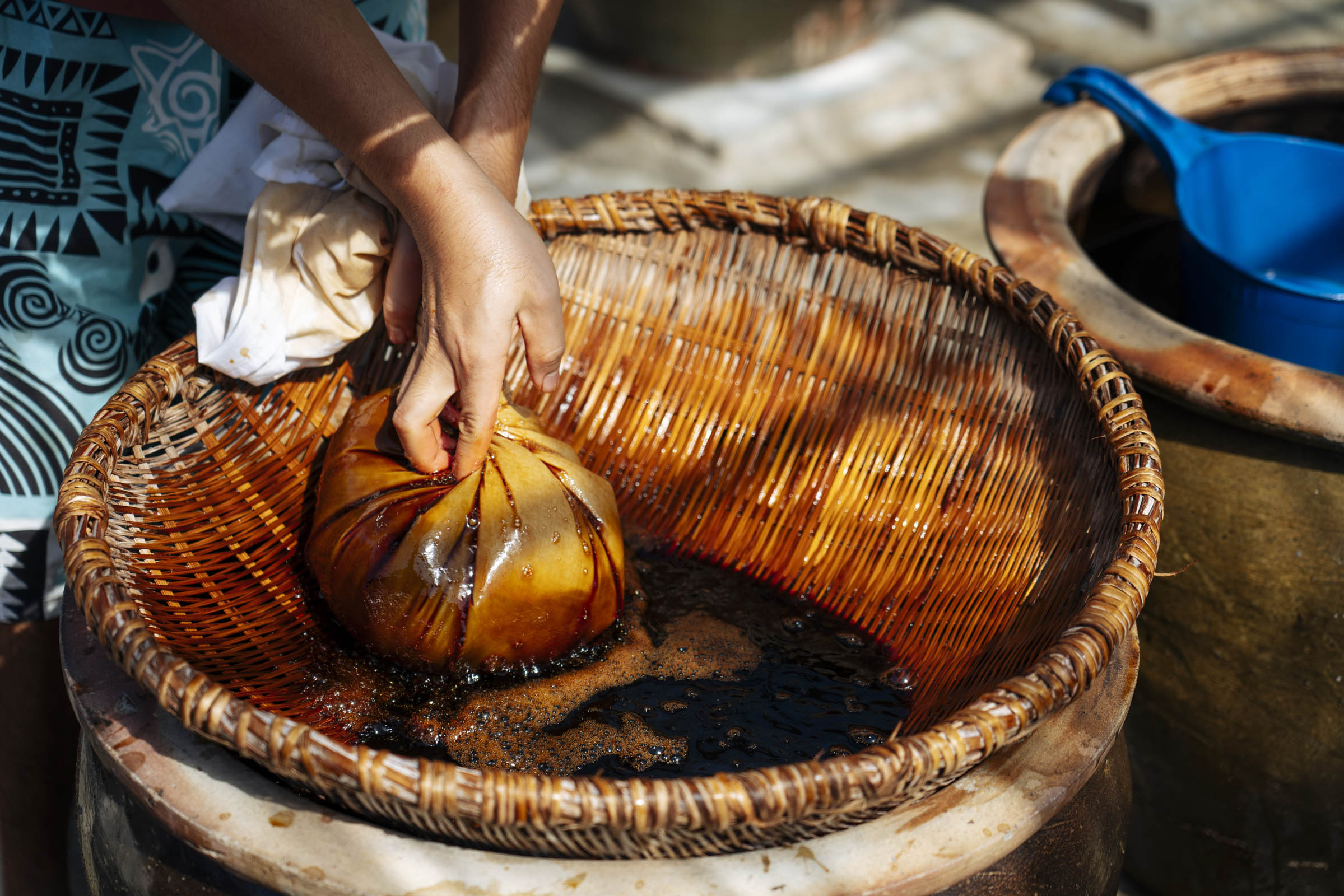
Soy sauce making process at Hup Teck Soya Sauce Factory. Photo by Teoh Eng Hooi.
History meets craft at Gopeng. First up there is Hup Teck Soya Sauce Factory, one of the last surviving businesses from before the First World War. The secret to its survival lies in a fermentation technique for making soya sauce introduced by the late founder from Guangzhou, China. The heavy earthen pots are used for ageing the bean mixture. According to second-generation owner Low Pak Tong, "The pots absorb heat during the day to allow the fermentation to continue at night and their porous surface allows air circulation which enhances the intensity of the flavour.” These pots are at least a century old.
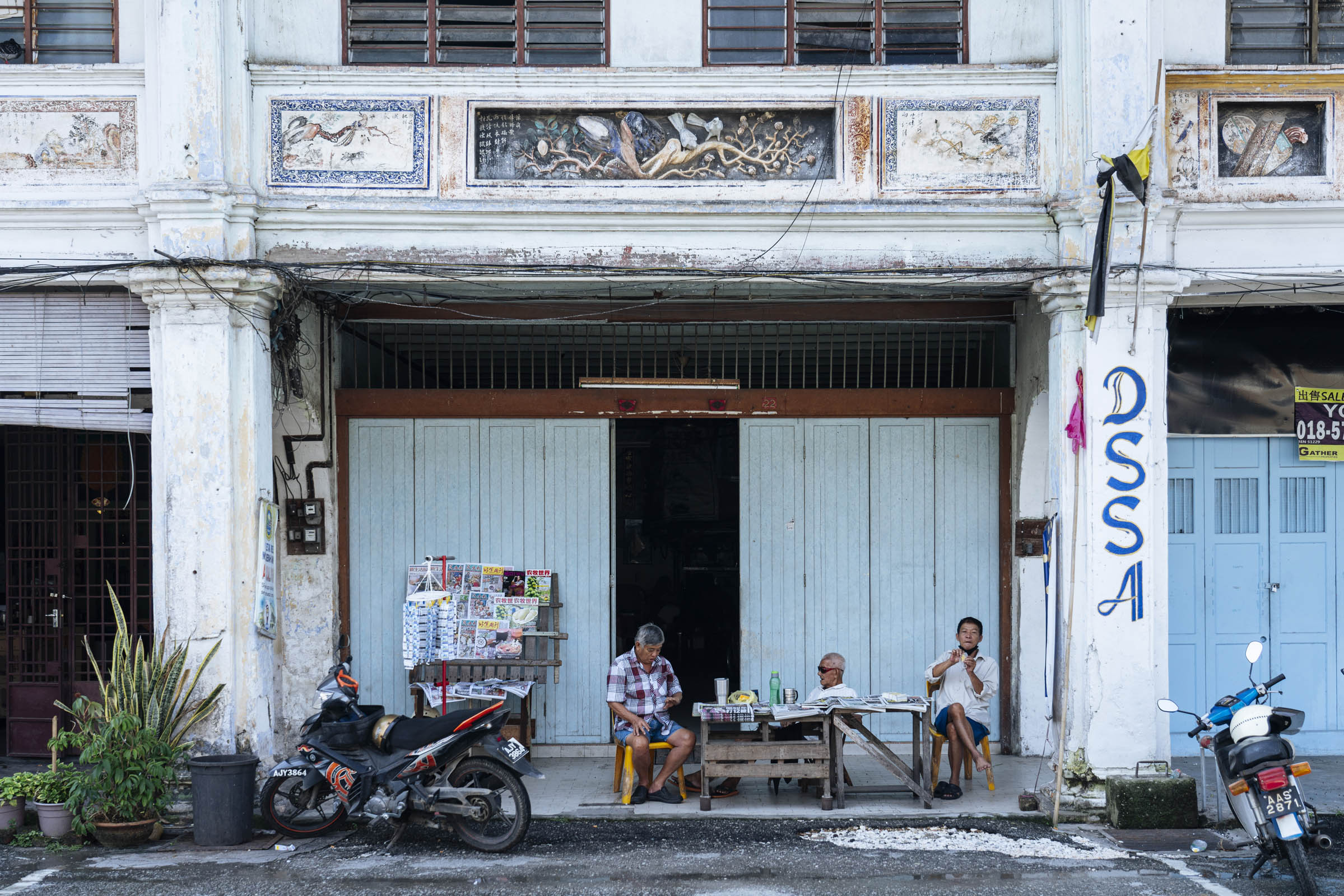
Locals hanging out at the newspaper stall in Gopeng town centre. Photo by Teoh Eng Hooi.
As you enter the heart of Gopeng town where I would highly recommend that you walk… and walk… and walk… and allow the buildings and architecture to introduce themselves to you, one of the first things you’ll see is a roundabout with a Rafflesia emblem - once the site of Gopeng’s historic core. Nearby, a good number of pre-war buildings that survived a great fire in 1886 still exude an old-world grandeur, standing erect. What you see reflected in the original architecture is a legacy of Gopeng’s multi-ethnic settlers. The footprints of these people crisscross the tin mining town of old.
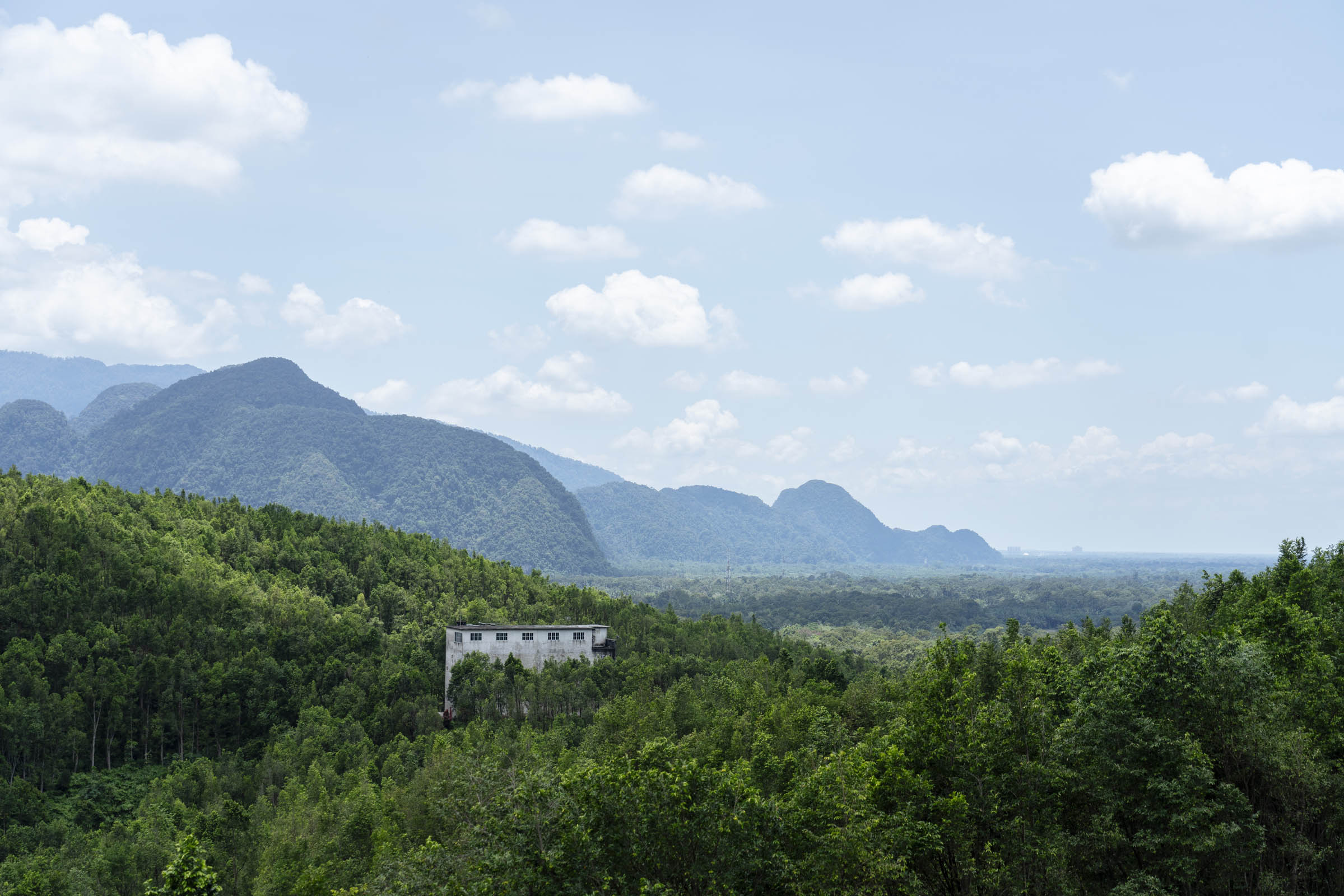
View from the first checkpoint of the Gaharu Tea Valley tour. Photo by Teoh Eng Hooi.
The high fortified wall (dubbed the Mini Great Wall of China) guarding Gaharu Tea Valley - Malaysia’s first and biggest organic plantation for gaharu, the Malay name for agarwood, may seem tacky, but Gopeng’s most-hyped attraction in recent years is quite fun. For just 10 Malaysian Ringgit (USD$2.20), you get to explore the 300-acre property in an air-conditioned van, and find out why gaharu is so highly prized (answer: it’s incredibly difficult to extract), hug a tree, enjoy stunning valley views from the panoramic stage, and sample gaharu ice-cream.
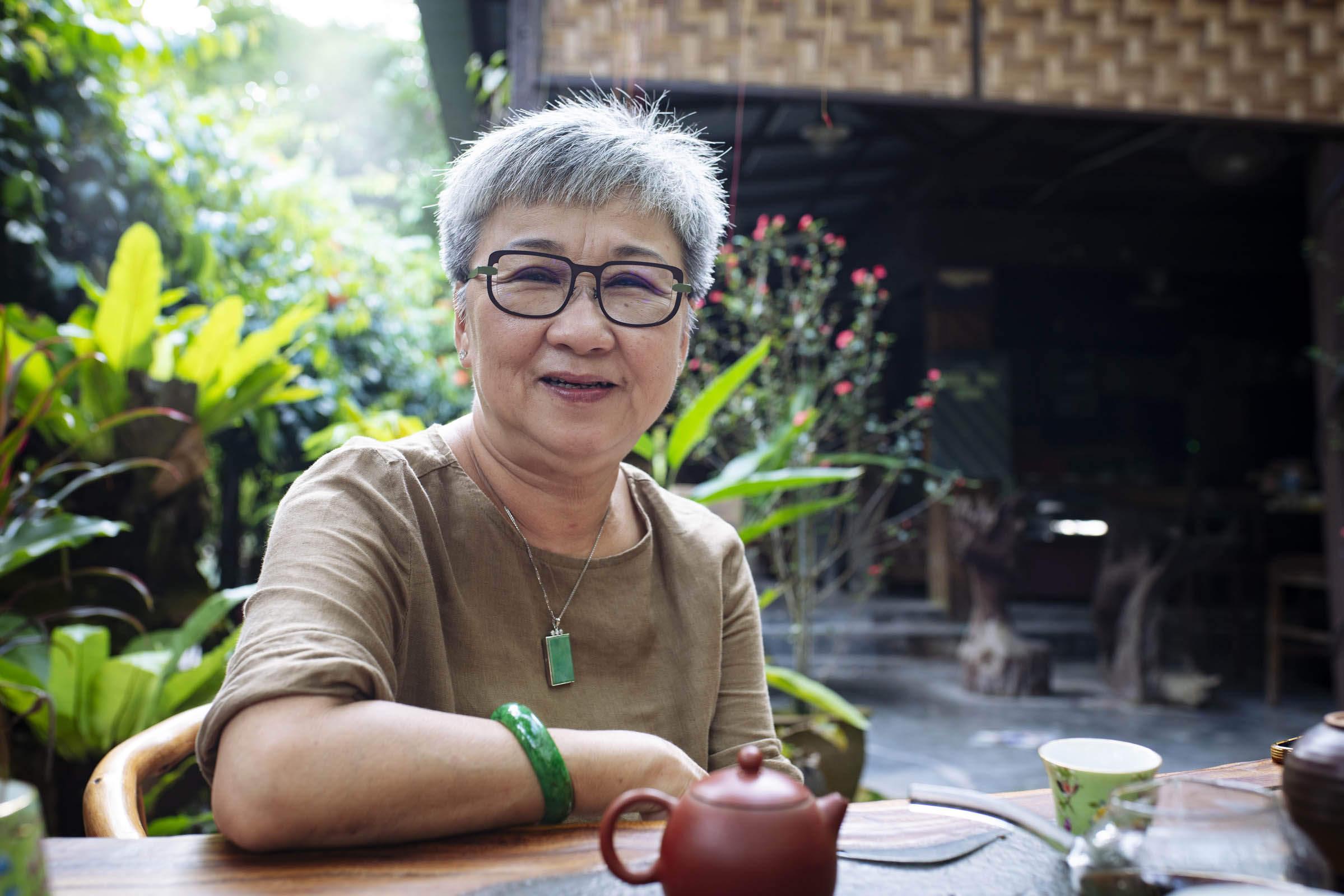
Adeline Kuo. Photo by Teoh Eng Hooi.
Gopeng’s eco-tourism status is intact because back-to-nature resorts and “glamping” sites have mushroomed. One of the sharp business investors at the time built the Adeline Villa & Rest House, which is a must-visit accommodation site.
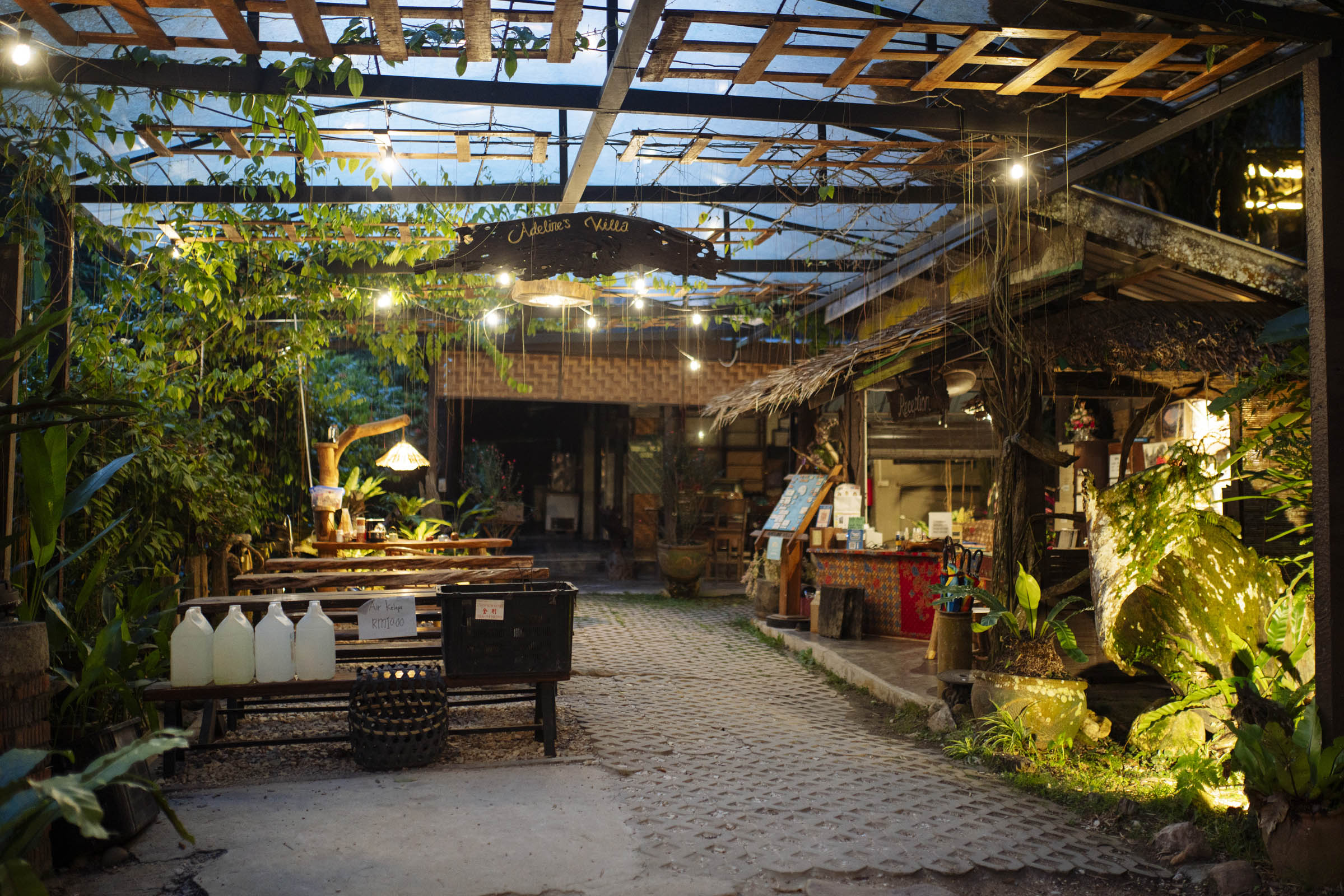
Adeline Villa & Rest House reception area. Photo by Teoh Eng Hooi.
Set on a hilly terrain surrounded by rainforests, this dual-property, solar-power-fuelled accommodation has bamboo-styled rest houses, upscaled chalets and comfortable dorms to choose from - a far cry from its humble beginnings.
Way back in 2004, single parent and hairdresser Adeline Kuo saw the future of eco-tourism and opened up a barebones campsite as a way to earn a living and better support her children. You can’t help but admire her for her business savviness and grit.
Today, this bubbly lady employs more than 50 workers with some of them from the ‘underserved’ Semai Community who make up one per cent of Malaysia’s population. The Semai people were a formerly nomadic minority indigenous tribe famed for their forestry knowledge. Today they use that knowledge to contribute to eco-tourism and maintain the adventure activities of Gopeng. Adeline’s motto in life is simple, “When you make others happy, you are also happy.”
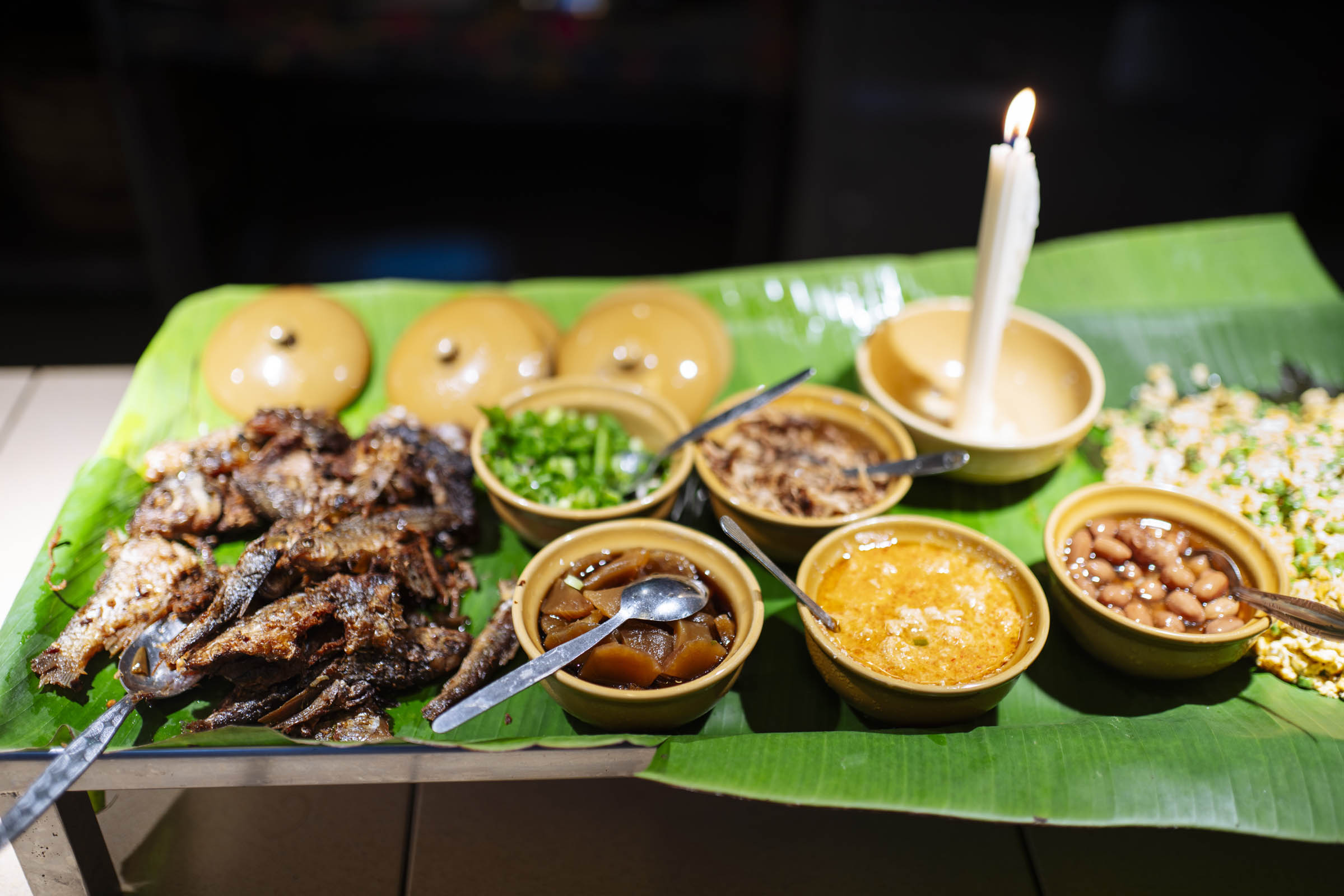
Breakfast at Adeline’s: Porridge with fried fish, fermented vegetables, braised peanuts, spring onions, anchovies on the side. Photo by Teoh Eng Hooi.
Knock yourself out at dinner with Adeline’s legendary village-style buffet. The ingredients are indigenously sourced. The local specialties include asam laksa, which is rice noodles in a spicy-sour broth, nasi ulam or rice salad, tau fu far which is soya bean curd, barbeque, kueh (dessert snacks), and a whole lot more. A large gulp of cool mountain air is highly recommended after dinner. And the mountain also serves up some delights for the eye. Brilliant orange striped spiders, baby birds and glow-in-the-dark mushrooms.
A 10-minute drive on a narrow hillside road will bring you to Kampung Batu, one of five villages that make up Ulu Geroh, otherwise known as Gopeng’s gateway to fertile grounds of the Rafflesia, the world’s biggest flower. While not unique to this area, researchers say Ulu Geroh has the highest concentration of the Rafflesia, which blooms once every nine months and dies mere days later.
One of many guides available, Bah Insan, is a Semai. Many Semai people resort to becoming tour guides as a way to improve their lives. That way the knowledge they have inherited from their ancestors also lives on.
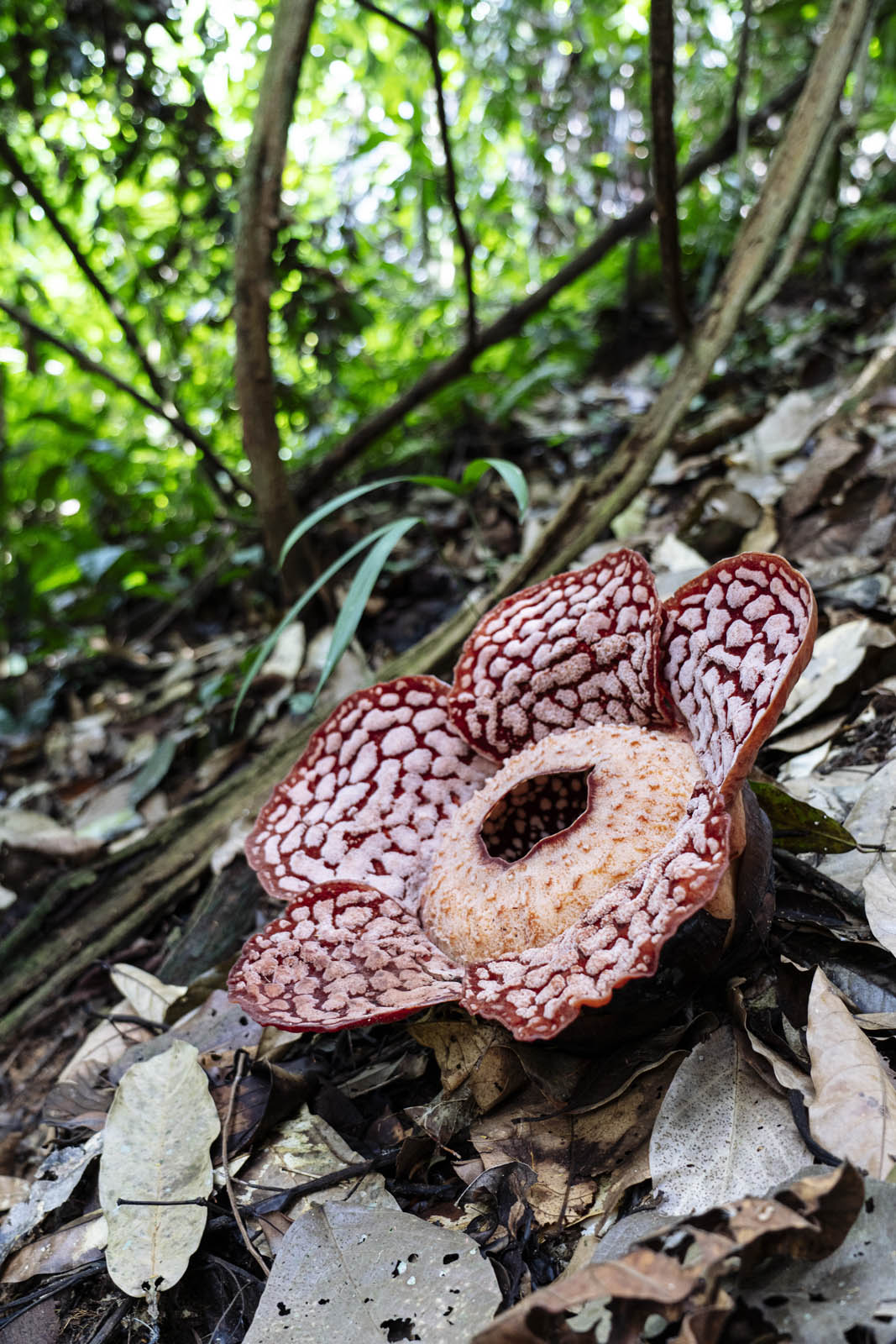
Rafflesia in bloom. Photo by Teoh Eng Hooi.
To get to the Rafflesia, you will go on a one-hour trek up the Leech Trail (which lives up to its name, so be prepared). The journey can be a little daunting - the trail is one continuous elevation, with some sections at a 45 degree angle - all worth it as you see the Rafflesia in full bloom.
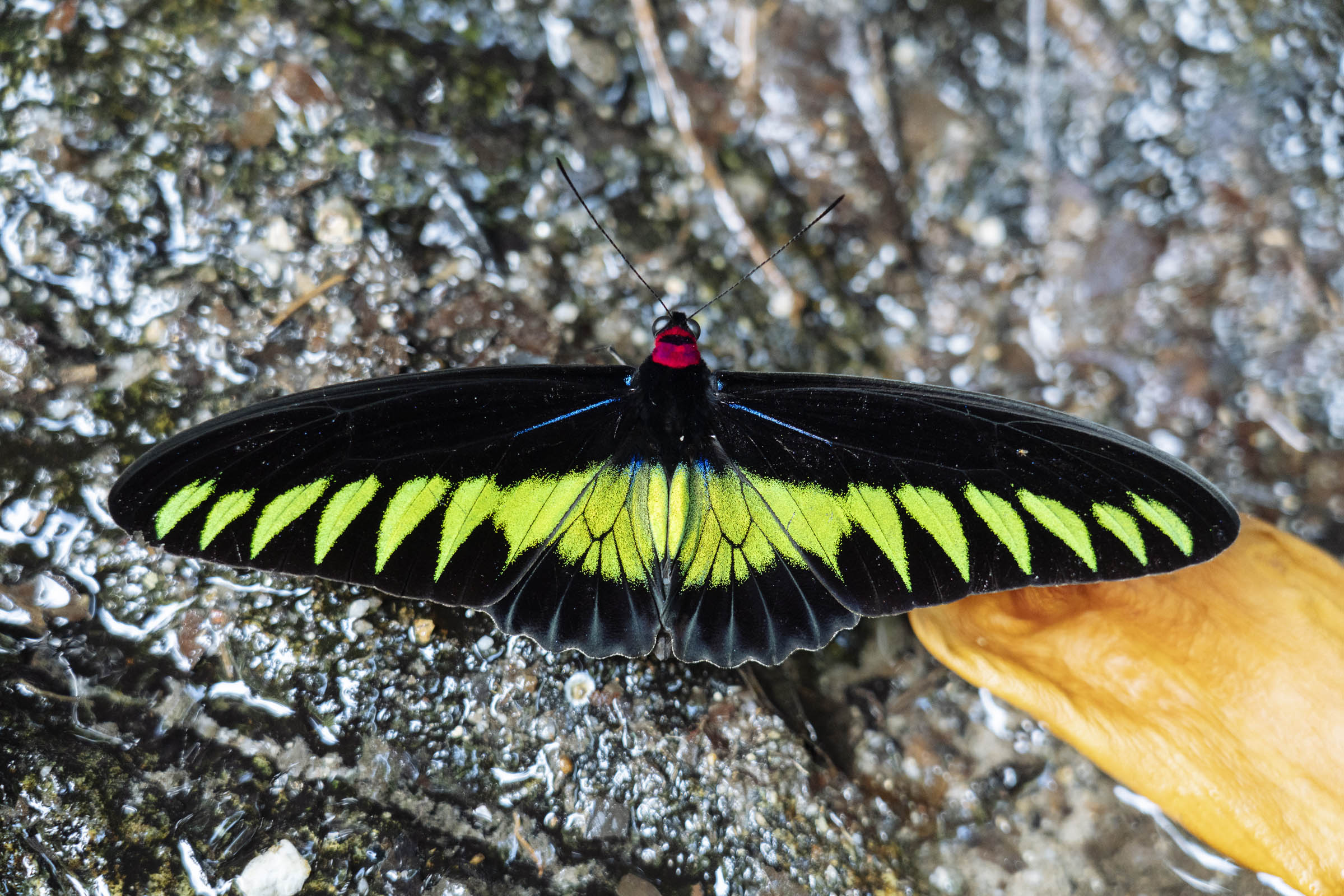
Rajah Brooke’s Birdwing butterfly. Photo by Teoh Eng Hooi.
From here, you’ll proceed to a nearby site famous for spotting the rare Rajah Brooke’s Birdwing butterfly with metallic-green and black wings. Insan hopes to educate the public about Ulu Geroh’s biodiversity so that his community “can have a stronger voice to oppose activities that harm the forest.” A few years ago, he joined forces with the locals to petition against illegal logging and by winning that battle he has helped keep the forest and its wild inhabitants protected for the next generation.
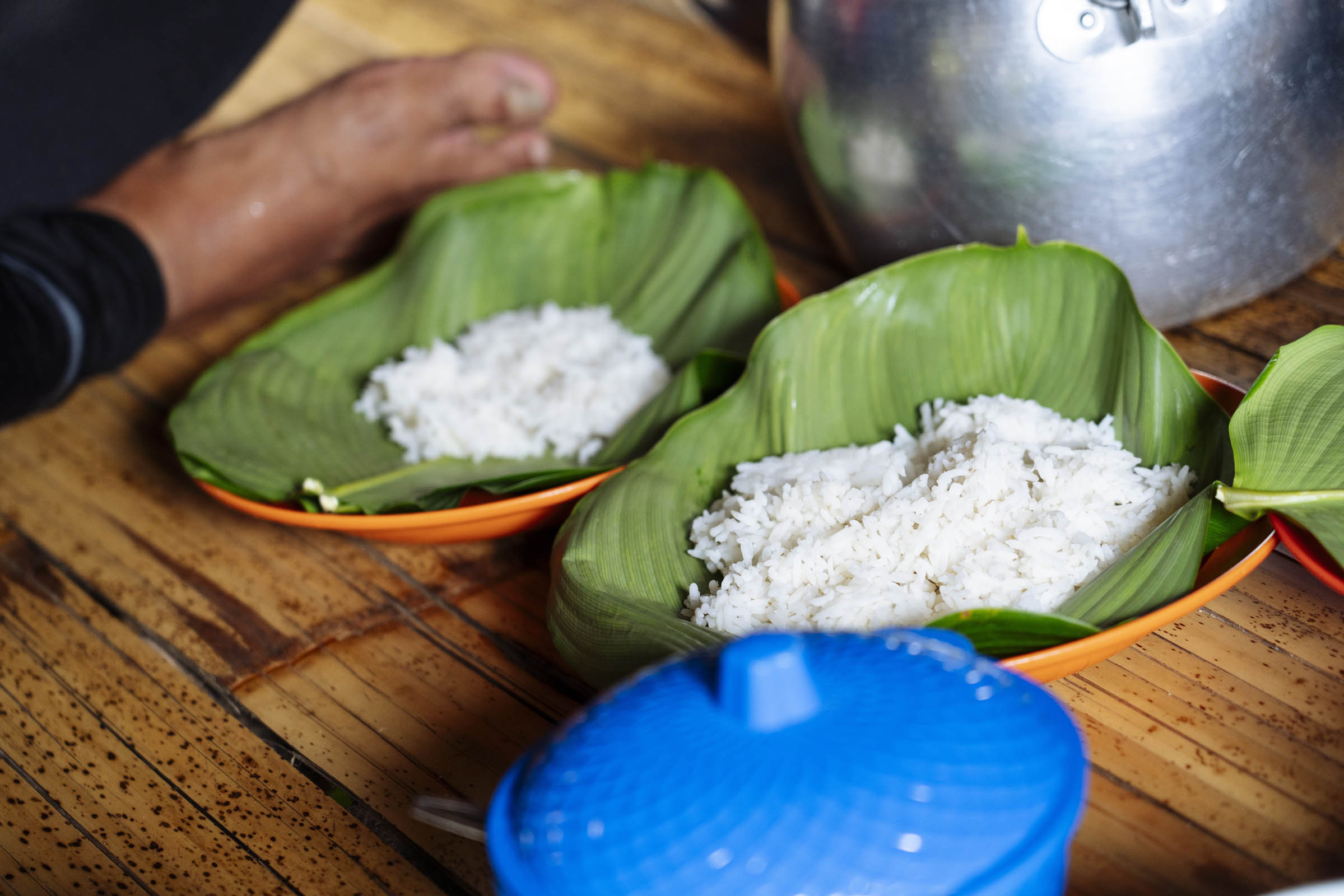
Lunch being prepared. Photo by Teoh Eng Hooi.
A scrumptious communal meal that the Semai womenfolk cook up using natural “utensils” like bamboo and firewood is the icing on the cake. Your host probably caught the fish from the nearby river the previous evening and foraged the jungle for ulam or wild ferns, to go with your rice and durian sambal, a pungent fermented condiment you’ll hate or love. Sorry, there really is no middle path with durian.
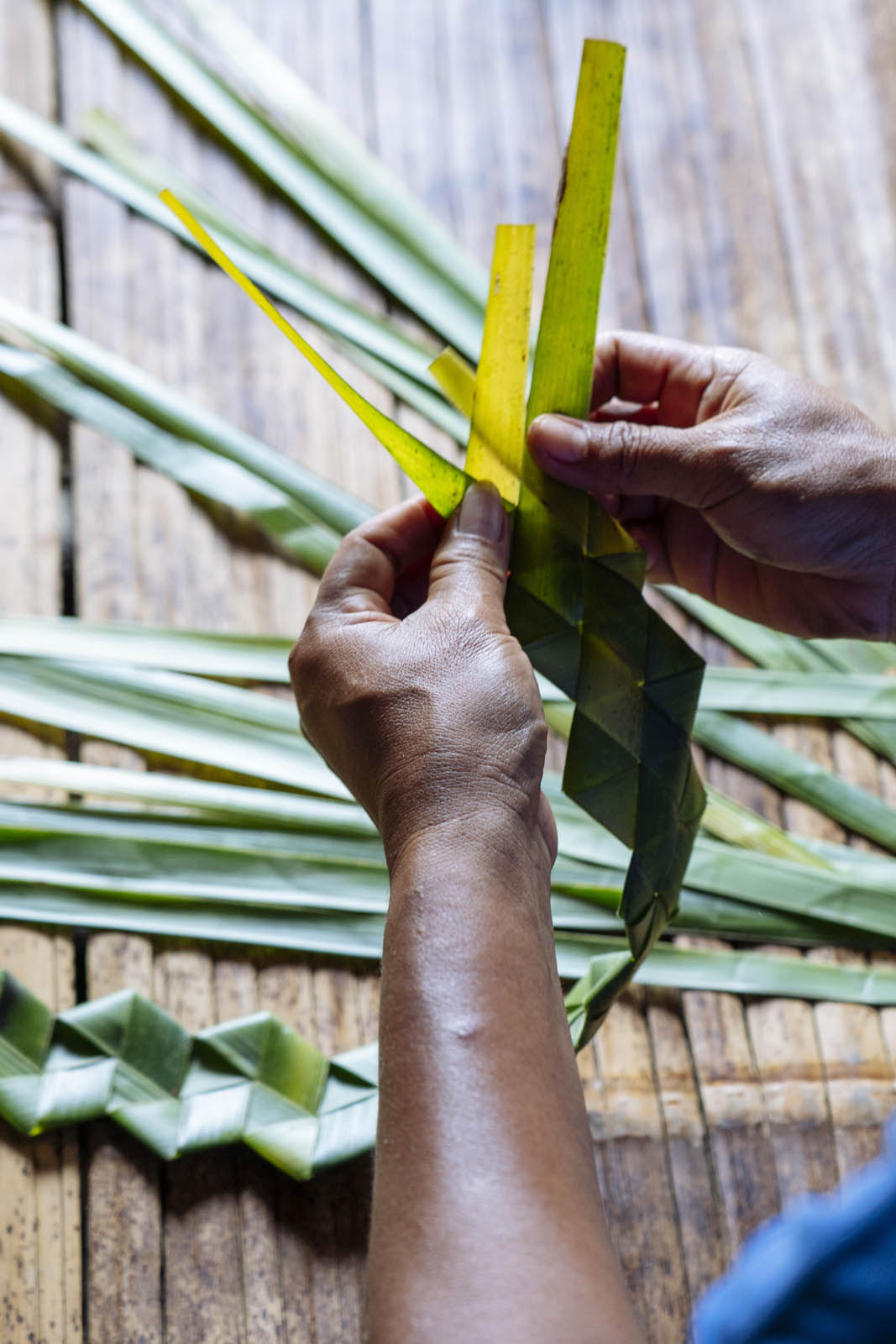
Anyam, or traditional weaving by the Semai. Photo by Teoh Eng Hooi.
Post-lunch, Insan’s sidekicks will treat you to an indigenous arts and crafts demonstration. Learn about anyam which translates to traditional weaving, as the ladies skilfully entwine coconut leaves into headgear and baskets. Be pleasantly surprised by the humane philosophy behind Semai hunting techniques; the sumpit, a bamboo blowpipe used to catch small animals, delivers instantaneous death, sparing them from prolonged agony.
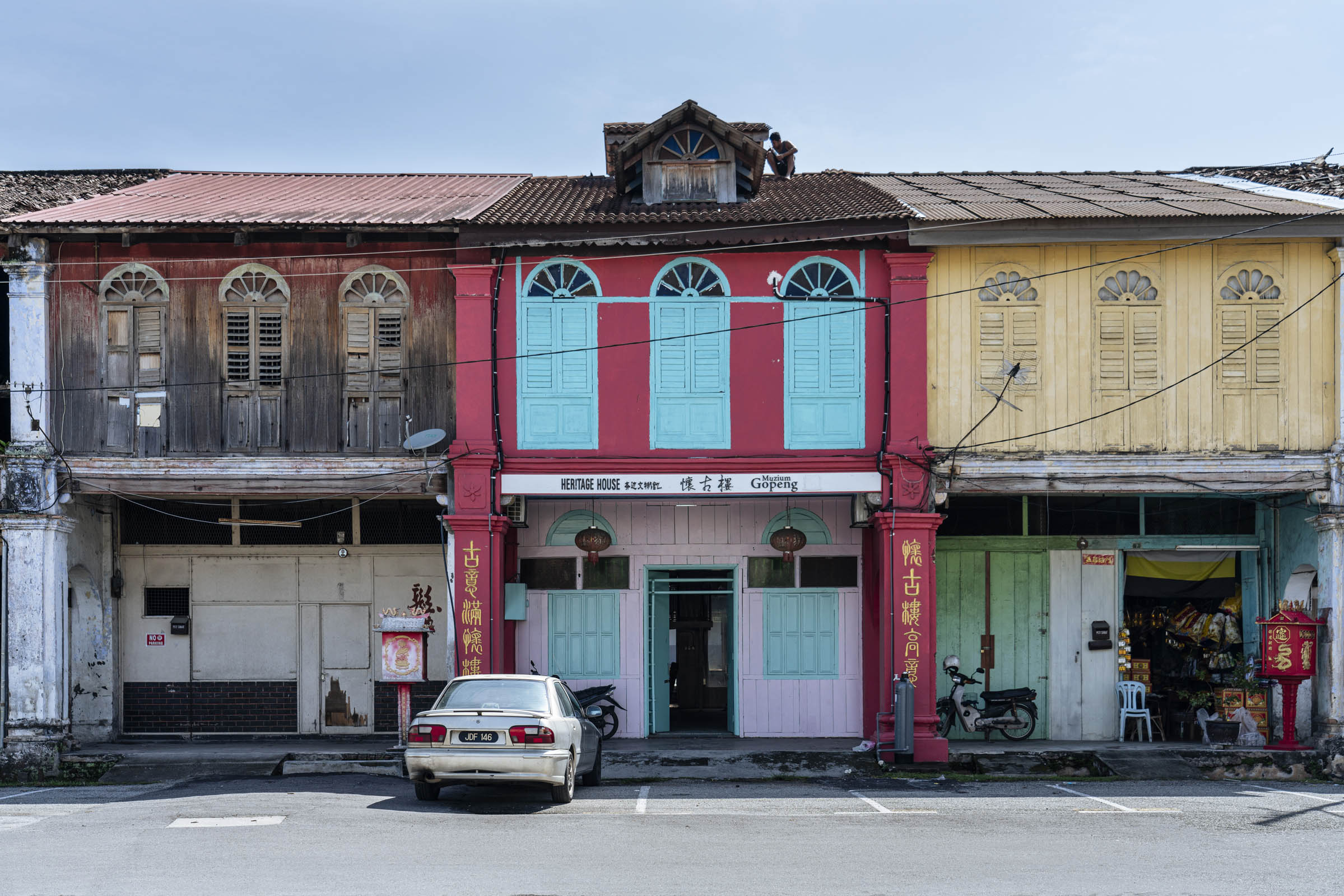
Museum Gopeng facade. Photo by Teoh Eng Hooi.
On the way back, drop by Museum Gopeng, which only opens on weekends. Housed in a wooden building that originally served as the horse stables of tycoon Eu Kong (founder of a traditional Chinese medicine pharmaceutical known as Eu Yan Sang), the volunteer-run museum offers a charming look into Gopeng’s past. Rare photographs tracing Gopeng’s evolution from the 1850s, and vintage memorabilia such as mining equipment, rubber tapping tools and other collectibles all hang proudly. In capturing that part of history Gopeng pays homage to the community that helped make this town a rip roaring mining site.
While admission is free for now, donations for the upkeep of the museum are encouraged. Gopeng had other private museums which shuttered after the pandemic, highlighting the challenge of keeping these community-driven initiatives going.
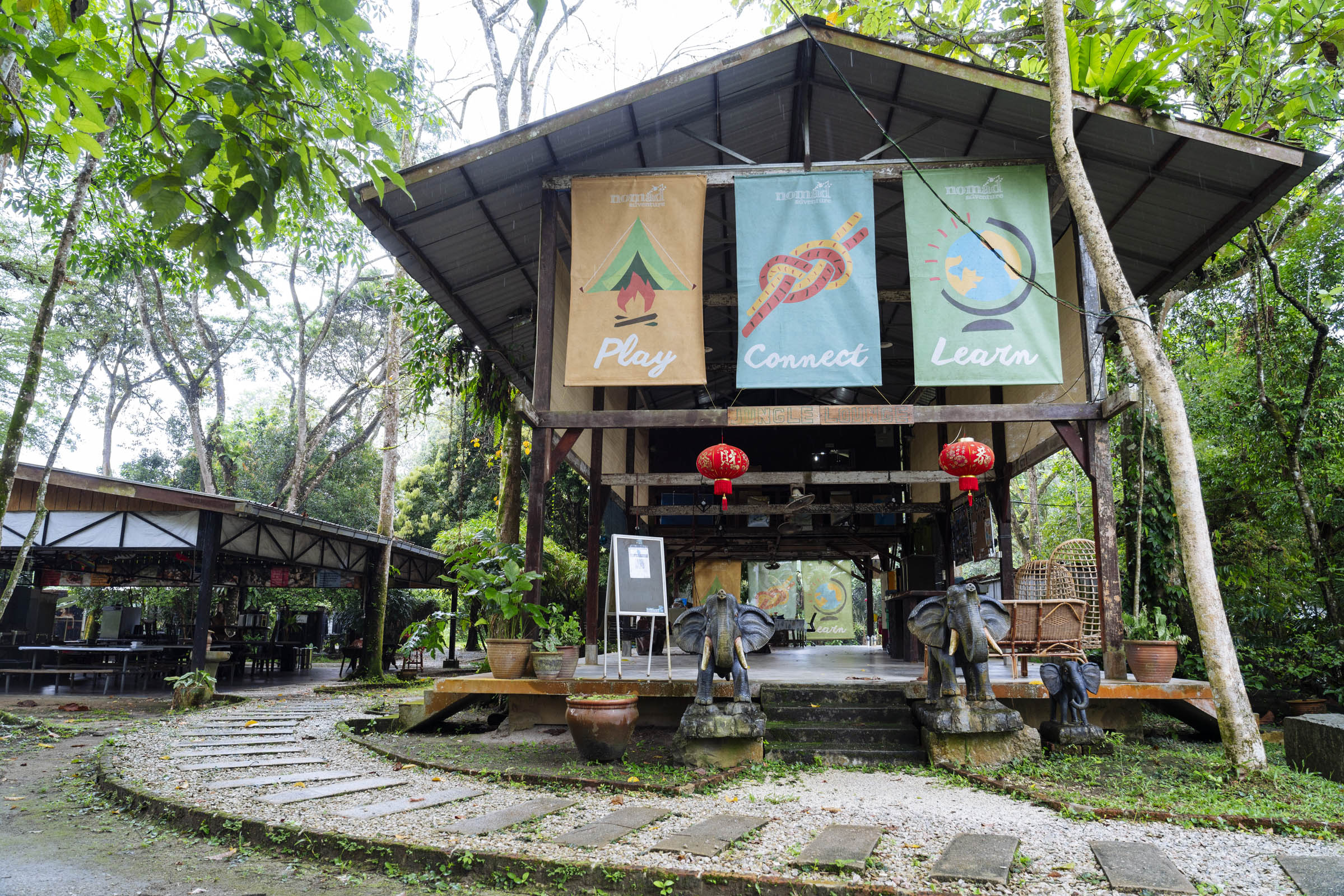
Earth Camp jungle lounge. Photo by Teoh Eng Hooi.
Dinner and a night at Earth Camp is a must-do. This is a campsite and headquarters for outdoor adventure company Nomad Adventure. Located next to the scenic Kampar River, your commune with nature with the bare minimum. Fans and mosquito nets are all you will need - trust me that is more than enough. Designed with green building principles in mind, all the buildings have passive cooling systems, UV-resistant water tanks that are repurposed into low-carbon footprint toilets, and the attractive jungle lounge is made from recovered wood from 100- year-old shophouses.
Nomad’s founder Chan Yuen-Li is the stuff of legends. She has been an outdoor lover whose past lives include stints as an award-winning environment journalist and competitive adventure racer, she captained the first Malaysian team to complete the Eco Challenge Morocco 1998, a multisport ten-day adventure that involved riding camels, kayaking and snow expeditions, among other things.
More importantly, she established Gopeng as one of Asia’s top adventure destinations. She recruited her team by literally showing the locals photos of the sport, and asking, “Who can swim and wants to be a rafting guide?”
These days, the company employs more than 50 people including part-timers, mostly locals from neighbouring villages.
Nomad also invests significant resources into environmental education programmes and activities that benefit the community, such as clean-ups of illegal rubbish dumps, since Gopeng, like many small towns in Malaysia, still has no rubbish collection service.
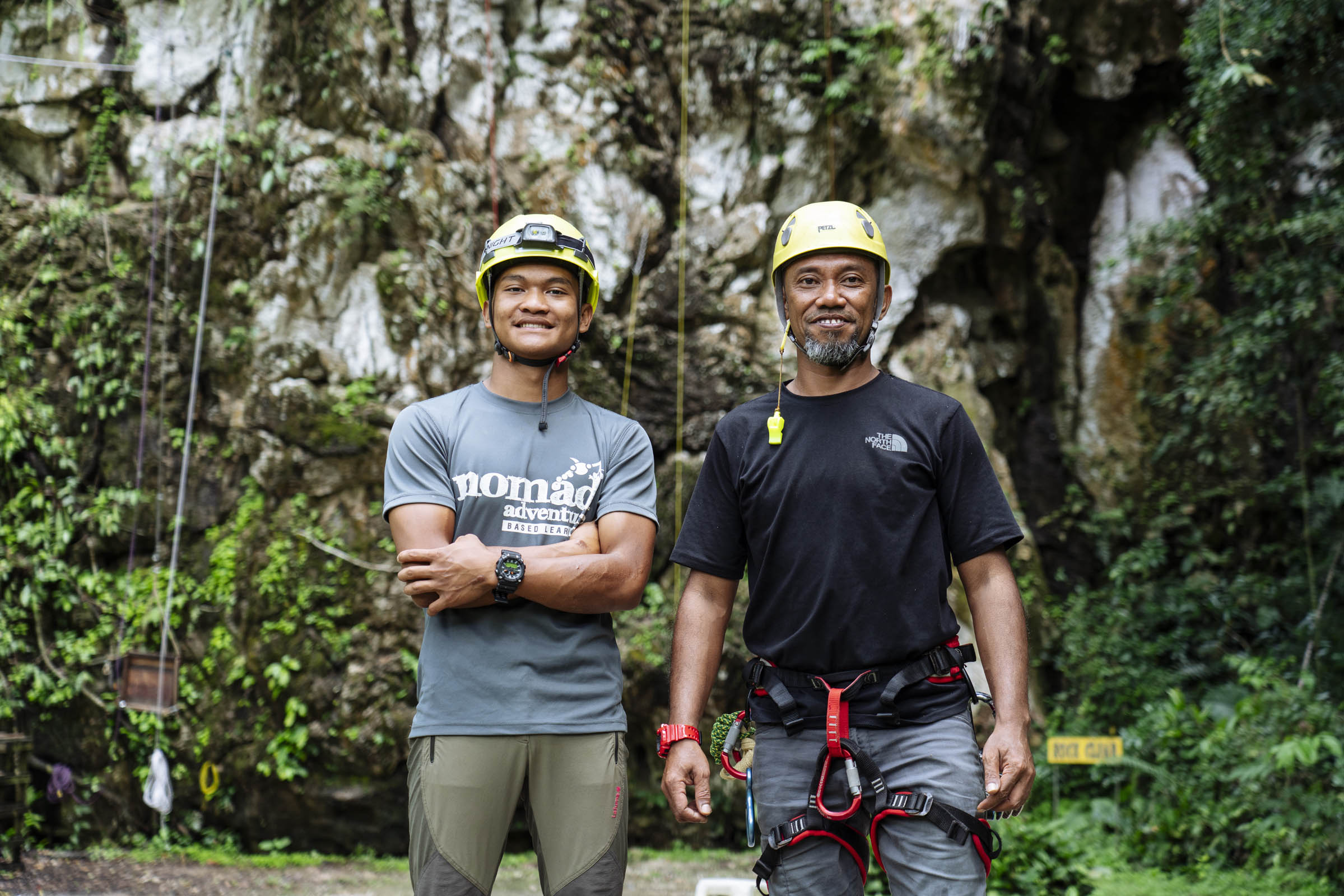
Student Imran (left) and instructor Rafizi (right) at Nomad Adventure. Photo by Teoh Eng Hooi.
For your last day in Gopeng, it's a full-throttle adrenalin-pumping adventure ahead. White-water rafting is Nomad’s best seller. With 22 rapids, Kampar River offers everything from gentle flat-water rafting for the beginner, to tackling larger rapids for intermediate participants. Also popular: the unique ropes course at their Mountain School.
Nestled in a scenic forested plot of land that’s partly surrounded by a limestone outcrop - with its own private cave - the “school” is really an adventure park that lets you choose from five high-ropes courses of varying levels of difficulty. Fun fact: when building the site, care was taken to ensure the original state was preserved - the durian trees with high-rise jumping-off platforms have been there since day one.
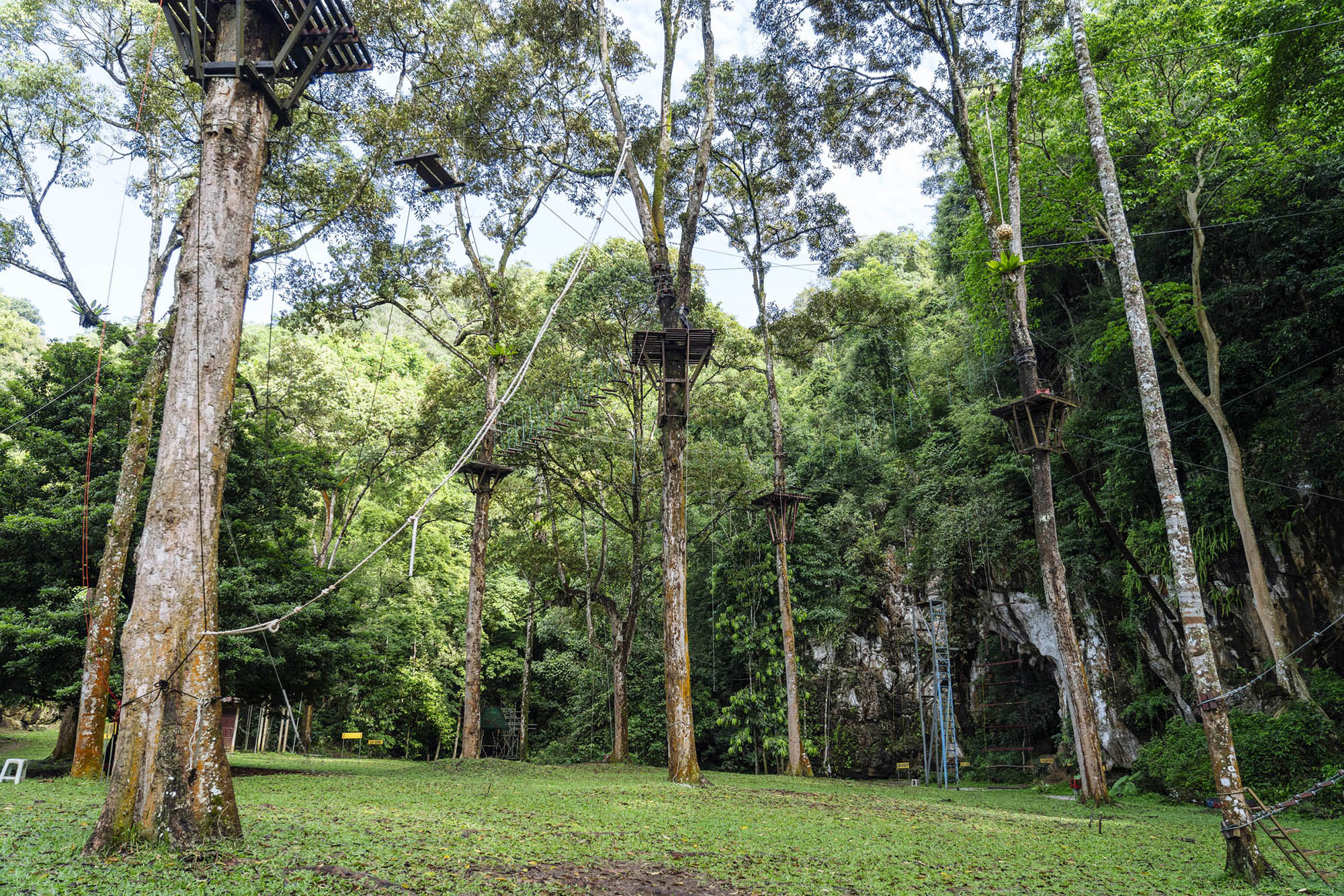
Durian trees at Nomad Adventure’s Mountain School are used for the outdoor learning courses. Photo by Teoh Eng Hooi.
As you test your balance on treetop suspension bridges, climb wobbly rope ladders, and glide across ziplines over limestone pinnacles and lush rainforest below, you will learn about and even surprise yourself. “Our mission is to provide an environment for participants to interact with nature through outdoor learning experiences,” says Yuen-Li. “Nature is our greatest teacher - a place to explore potential and discover purpose.”
I started out saying that Gopeng whispers to you. That’s how instincts also work for most of us – they come as whispers initially. You may wonder then what my travel tip is to you? I say, “Listen to your whispers. Trust your whispers. They rarely let you down.”



